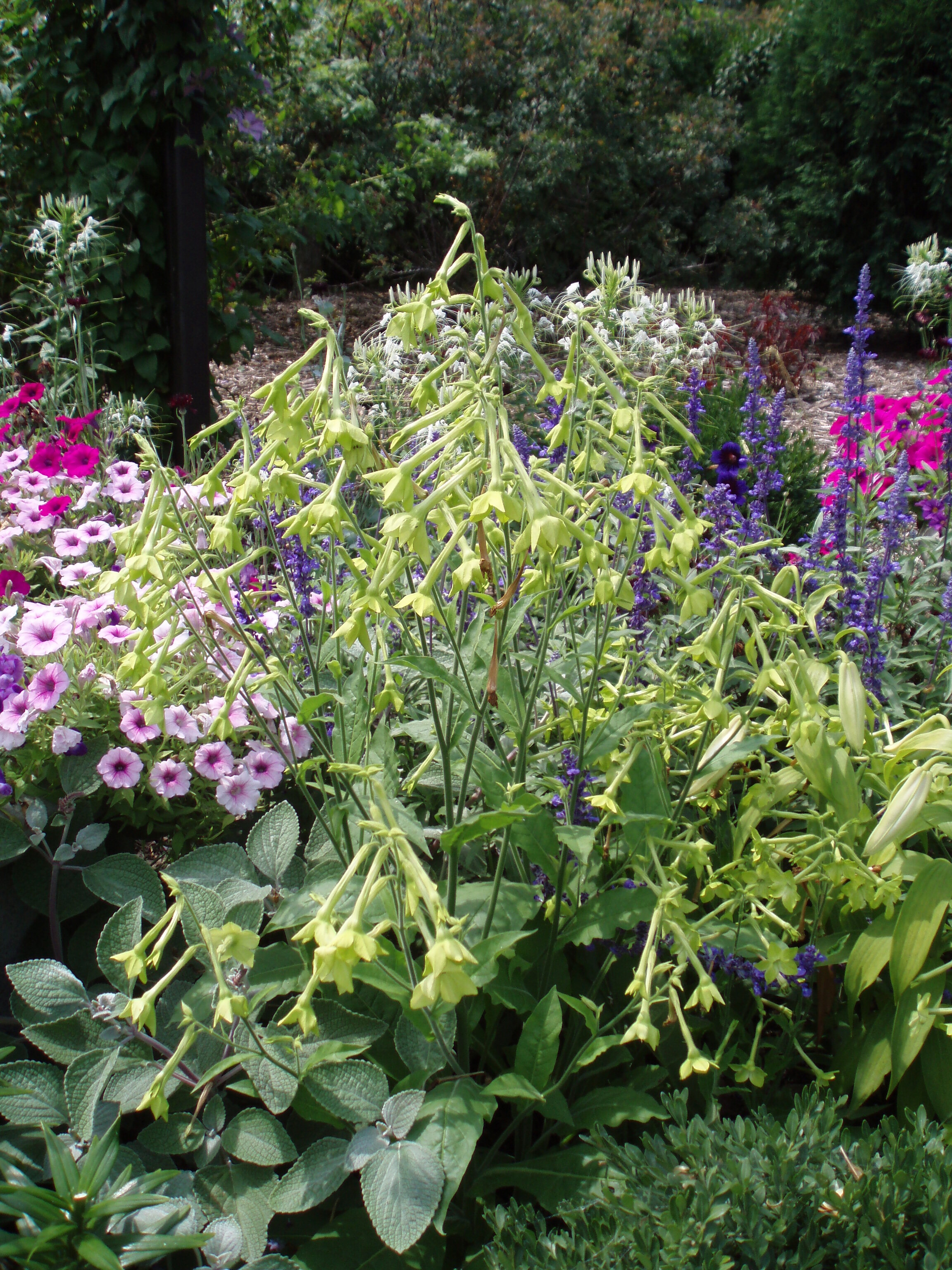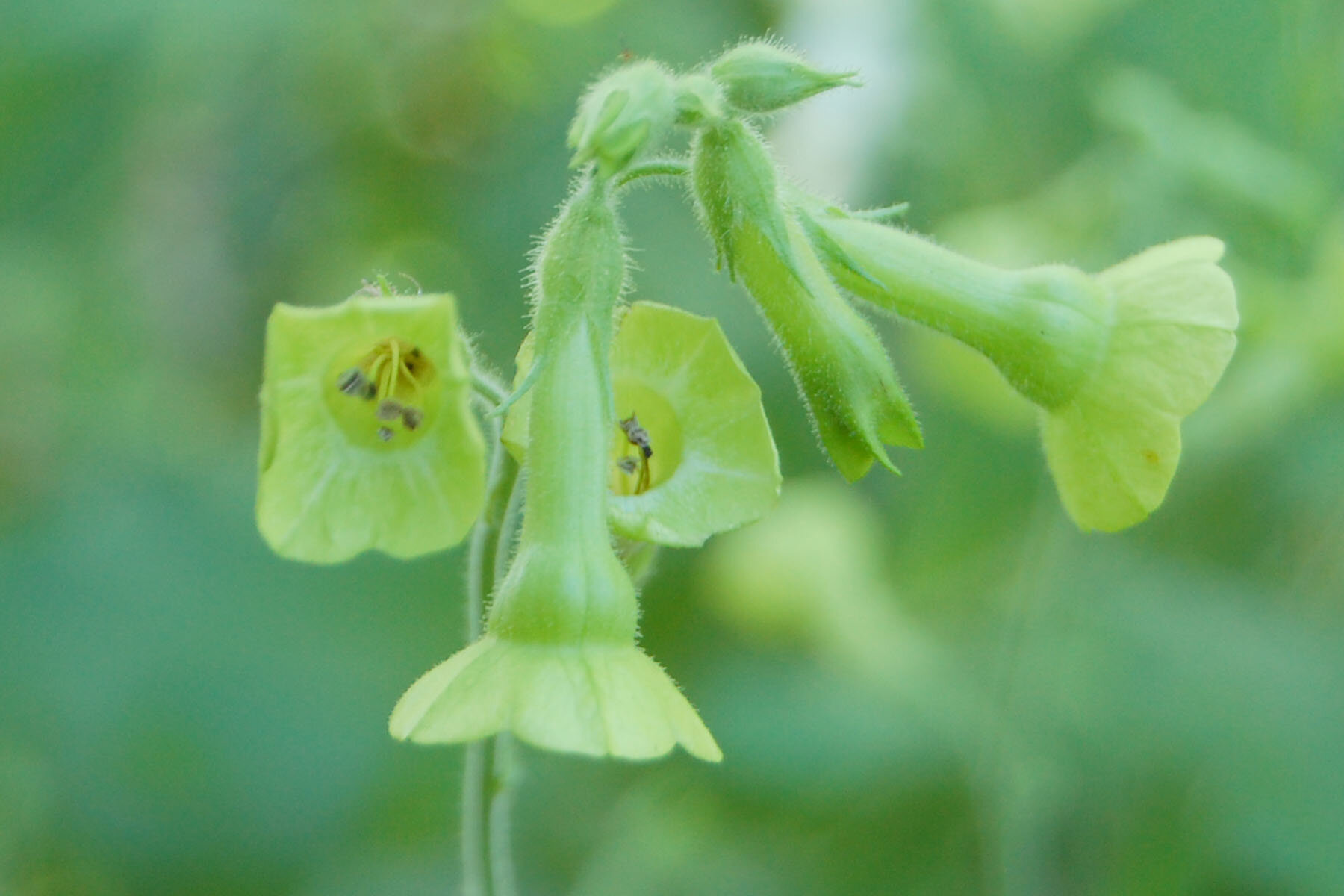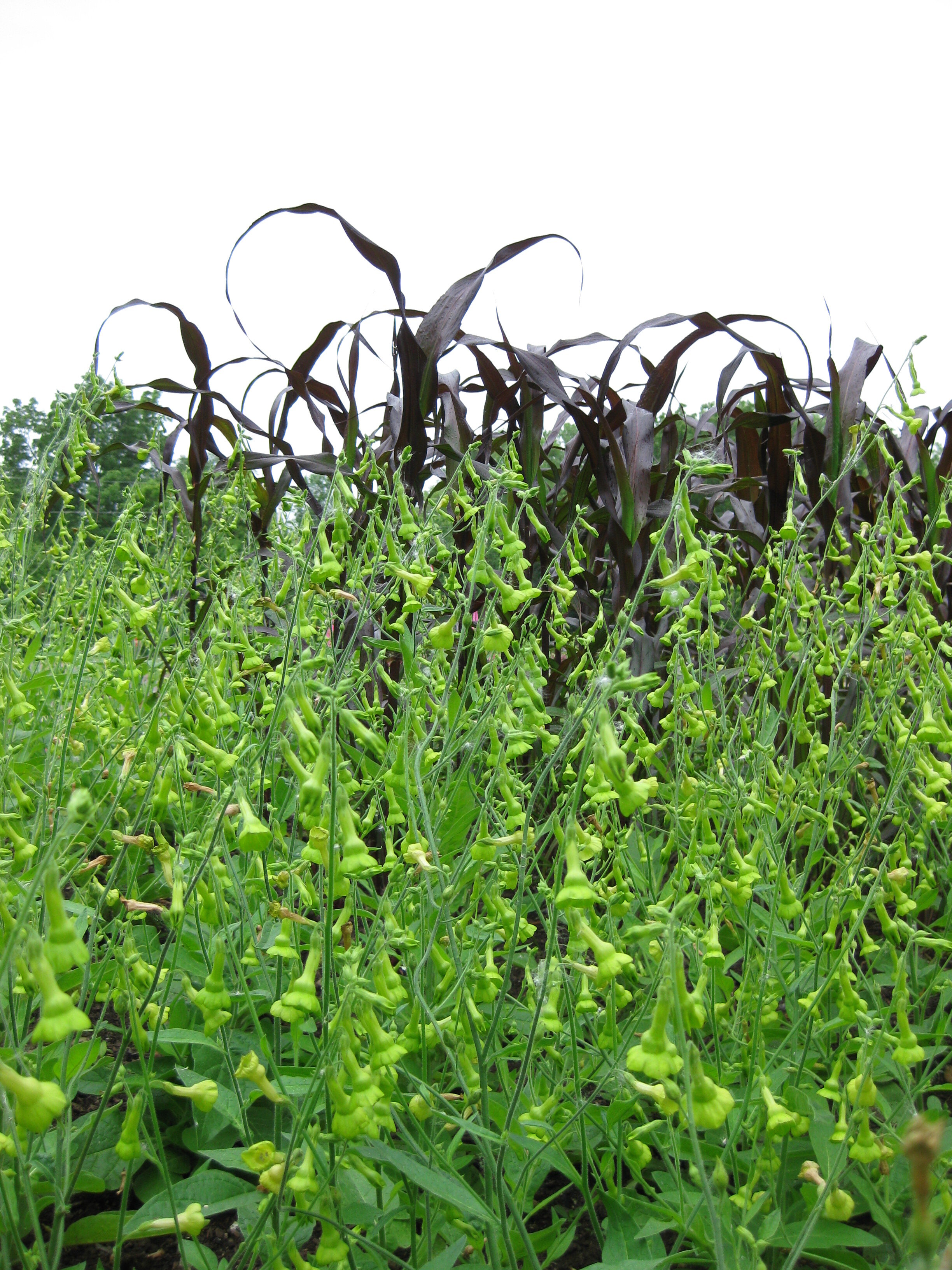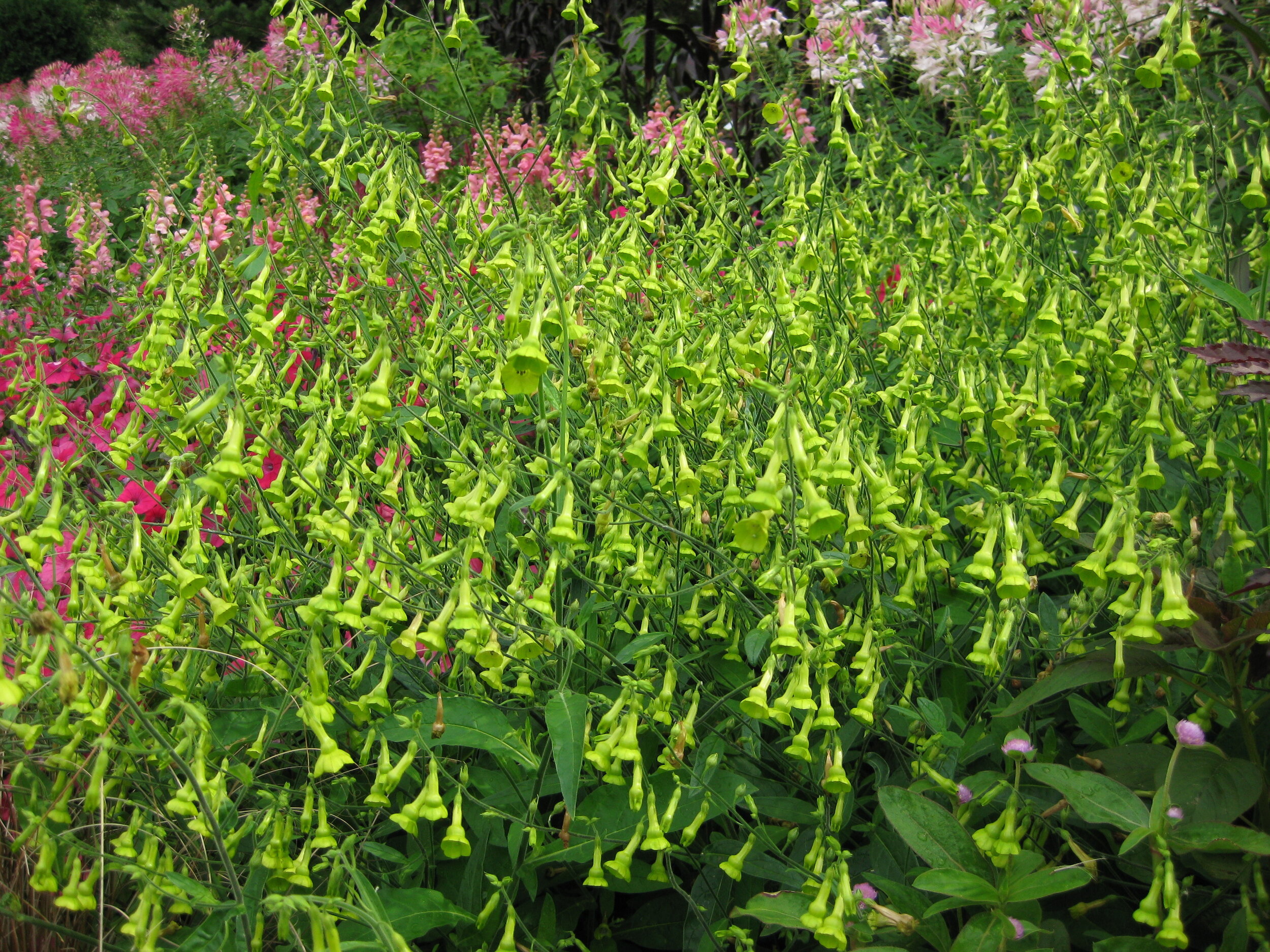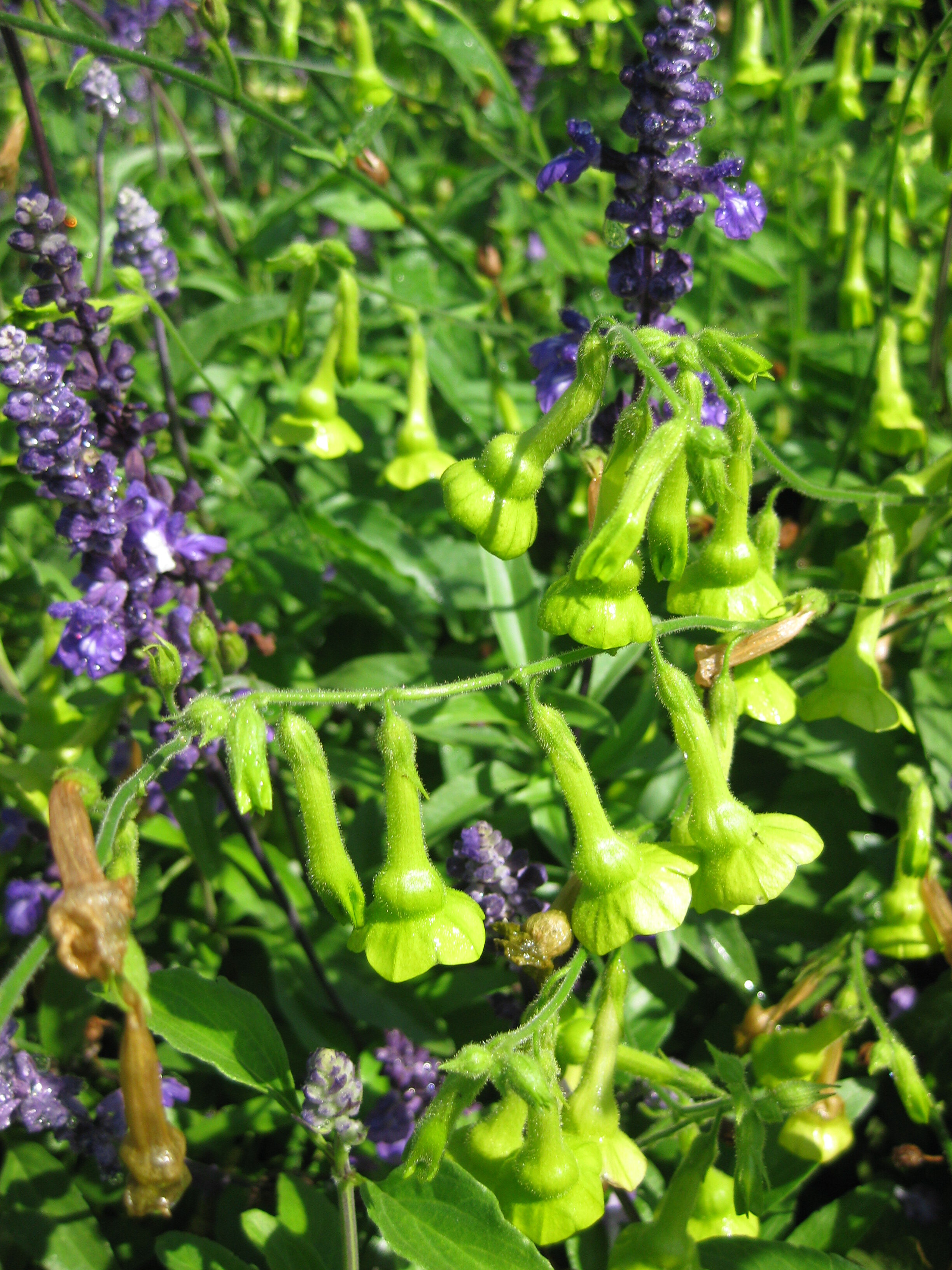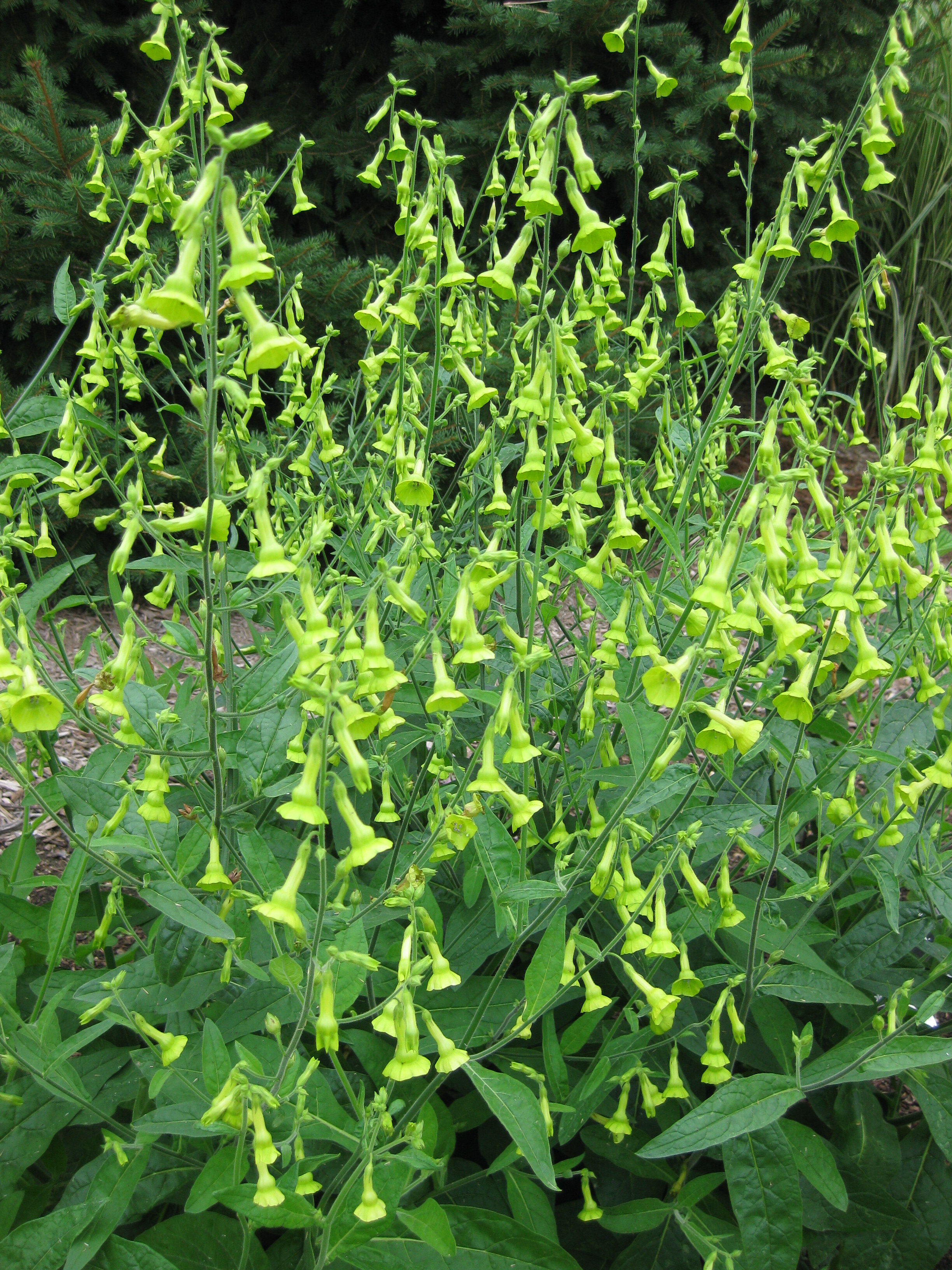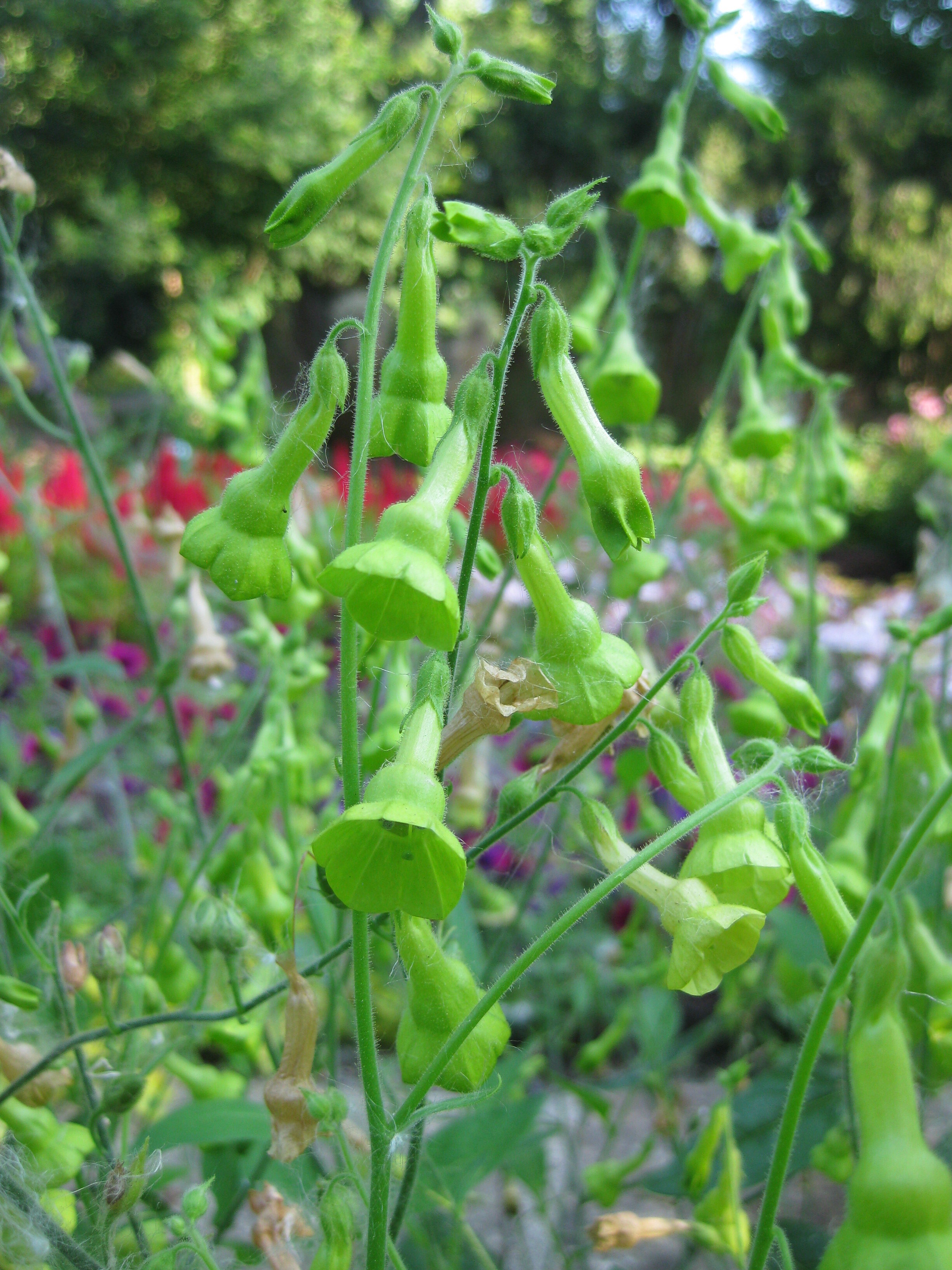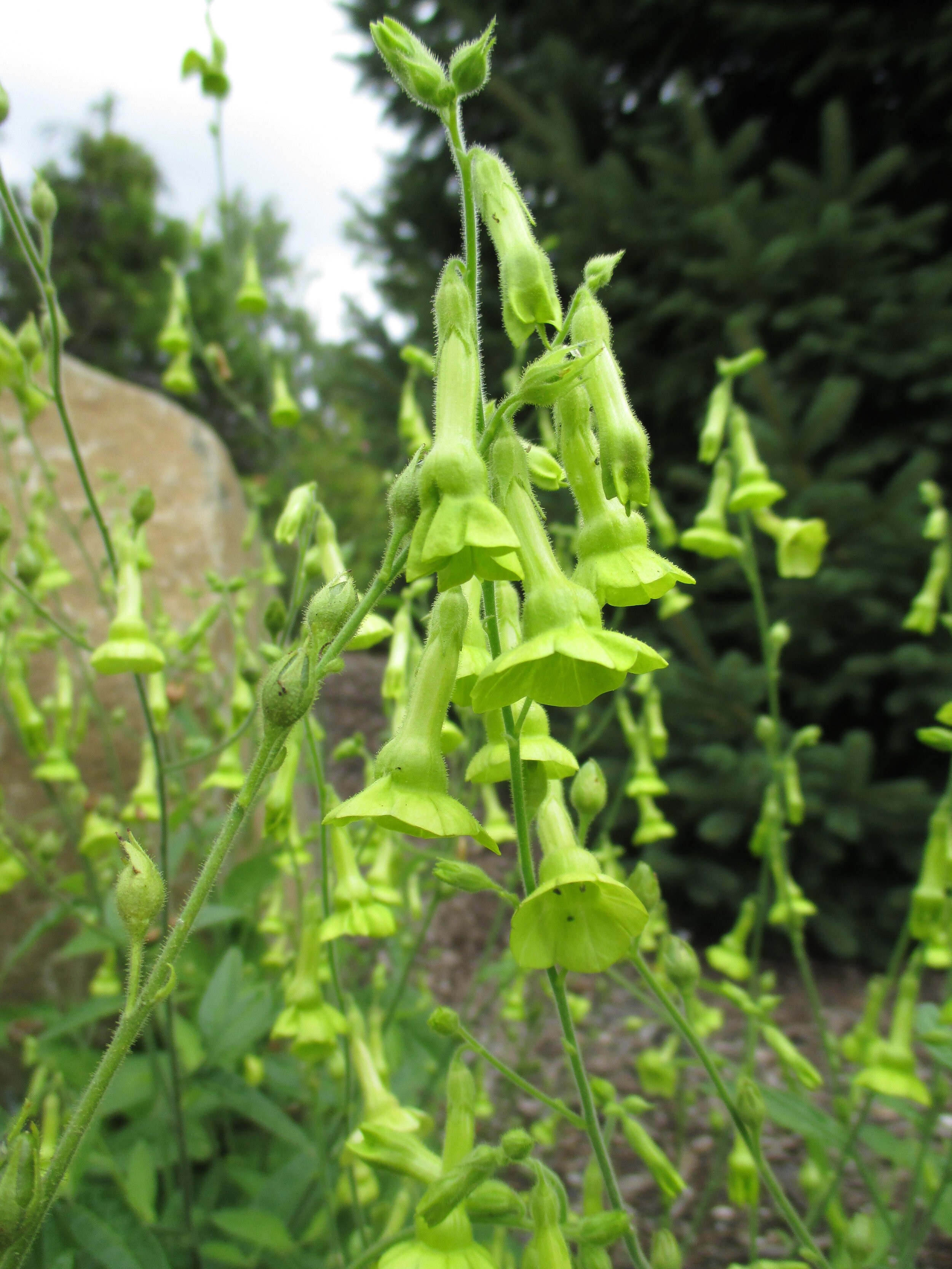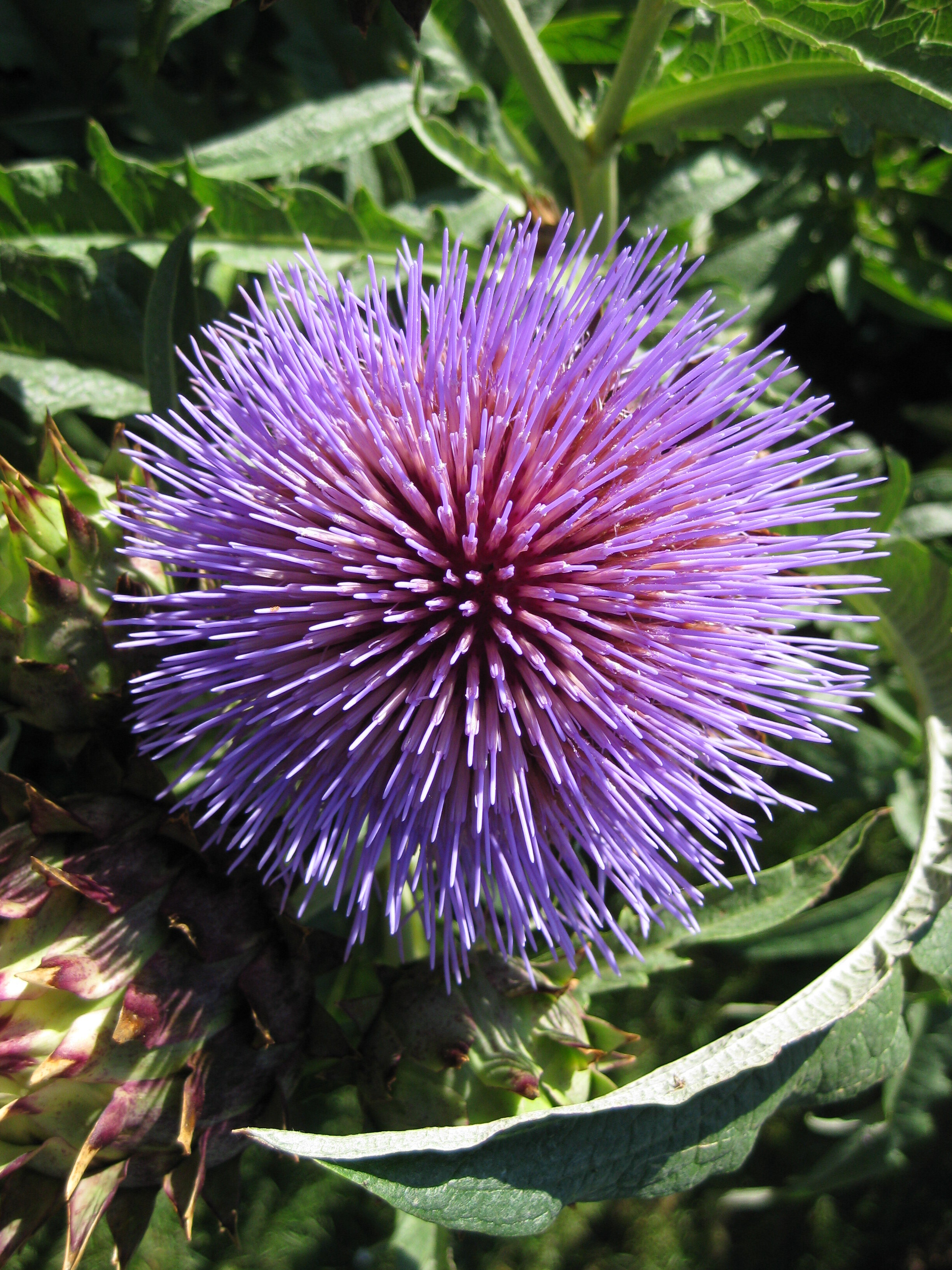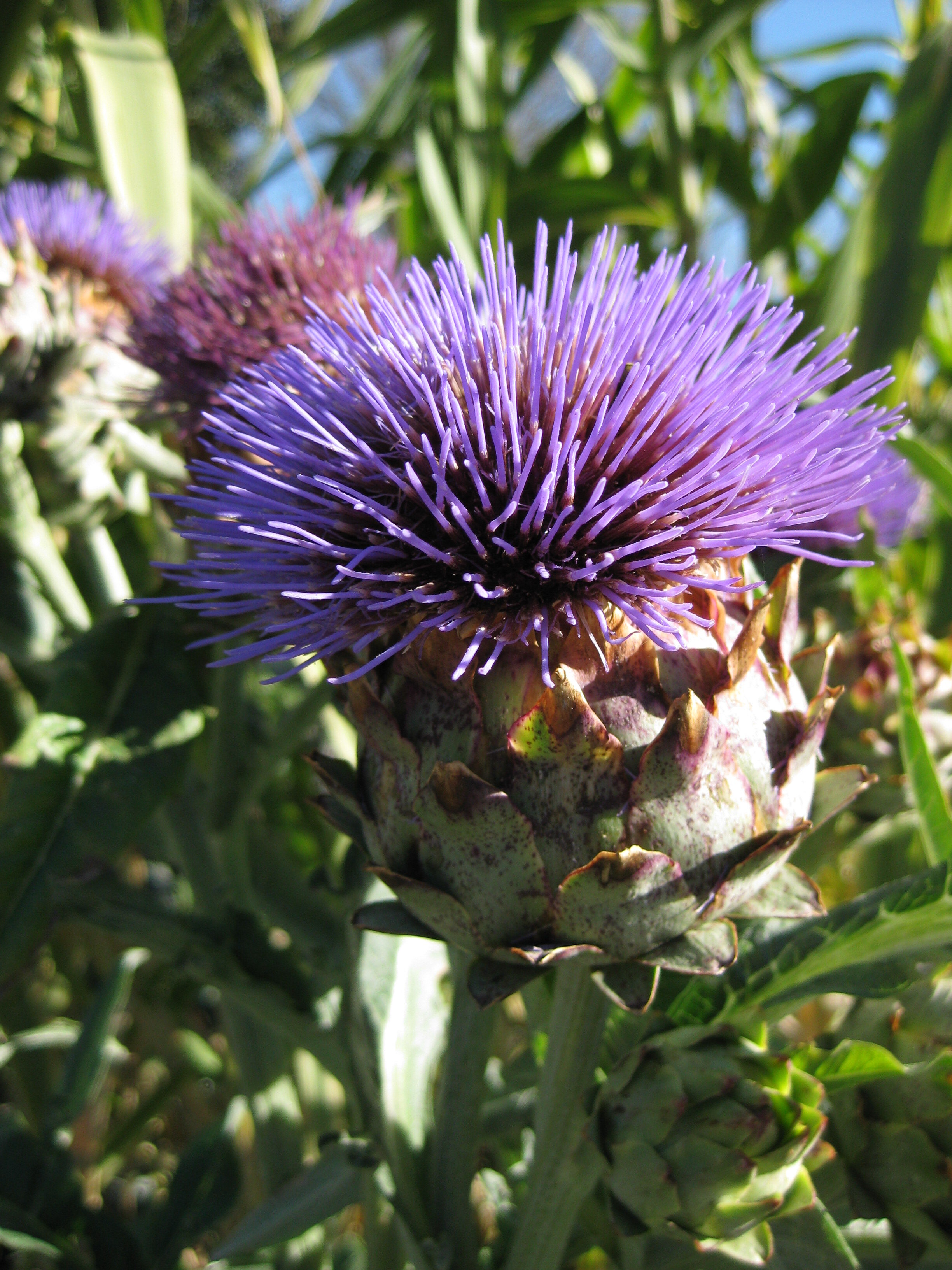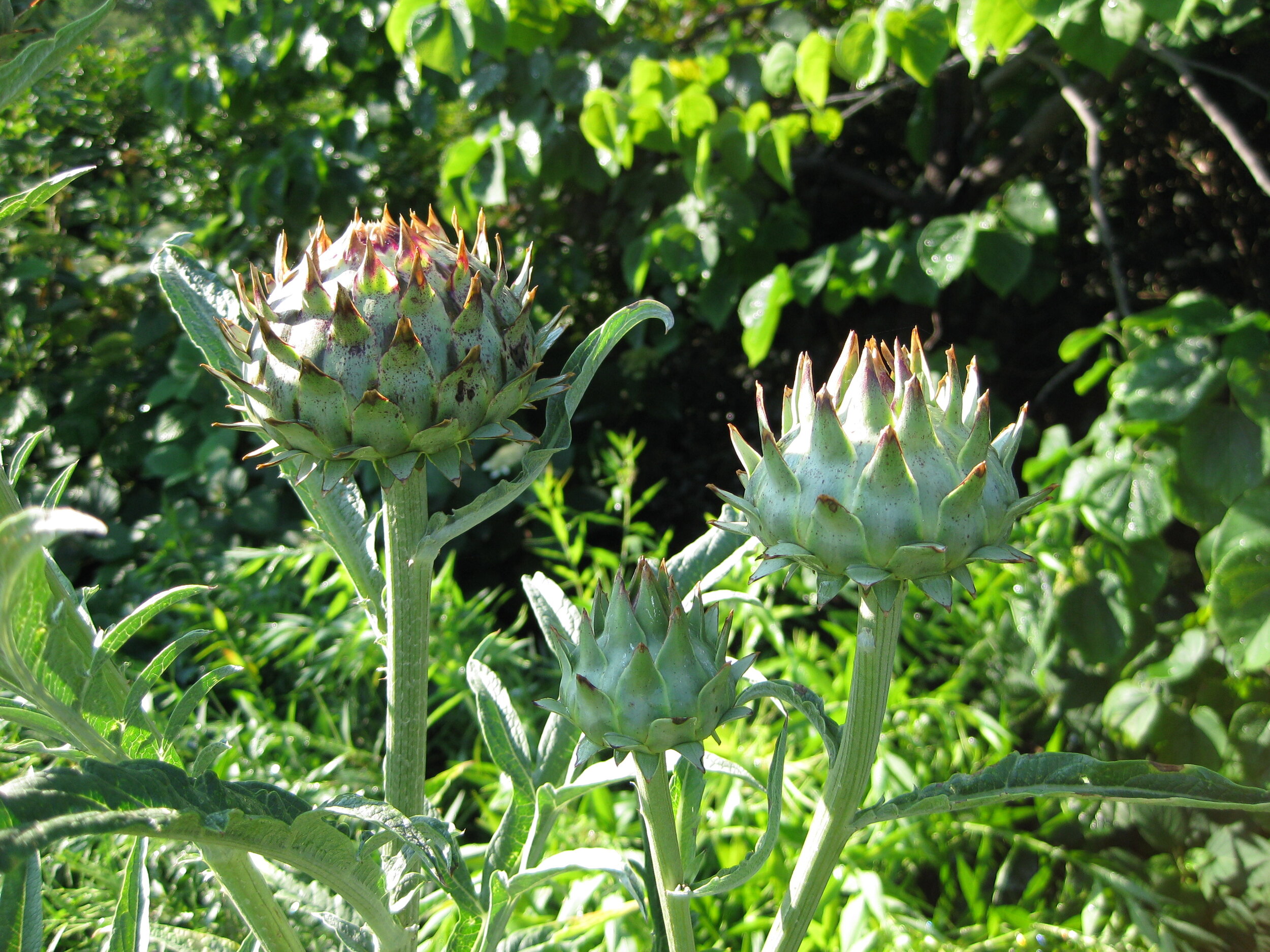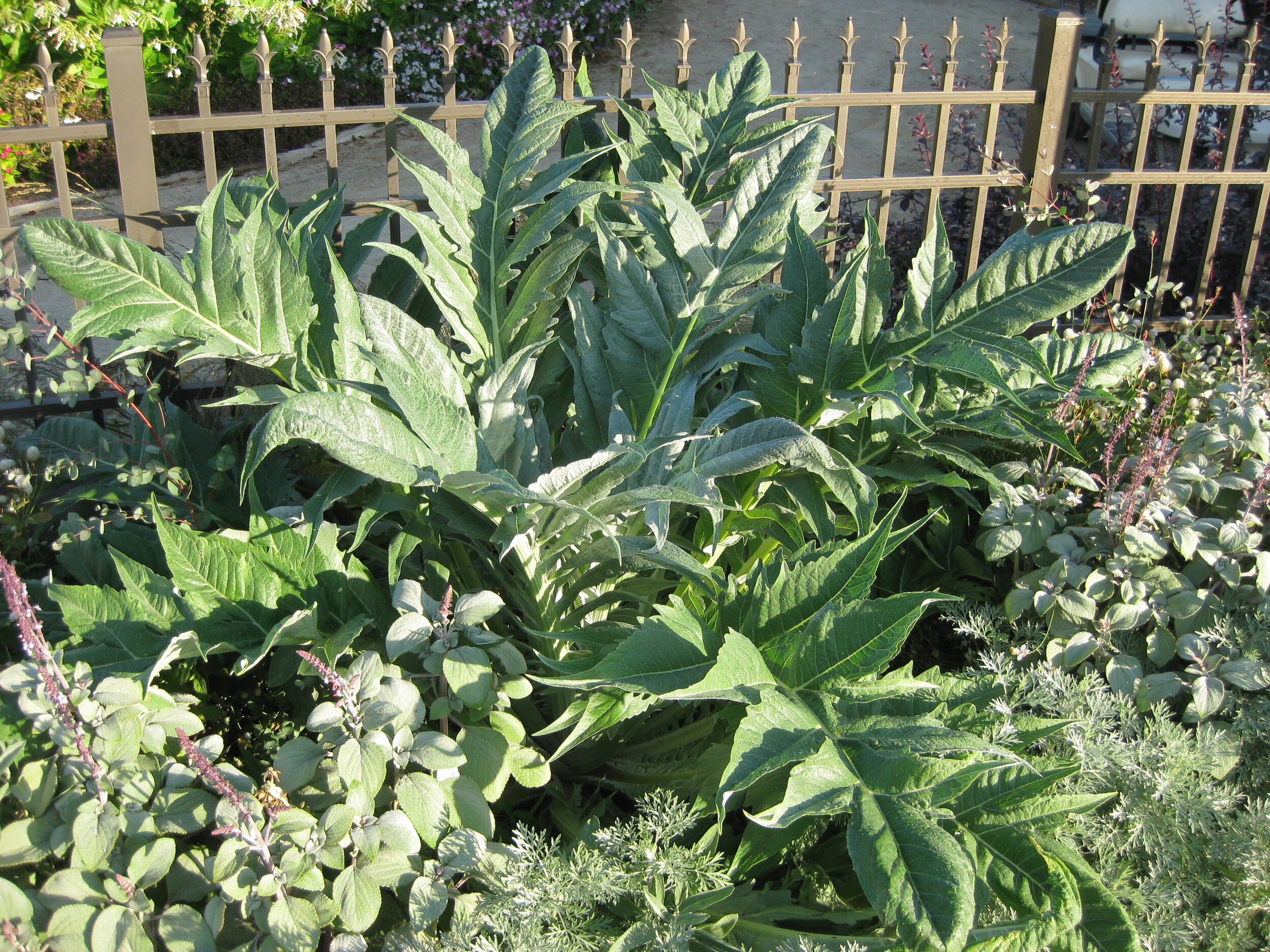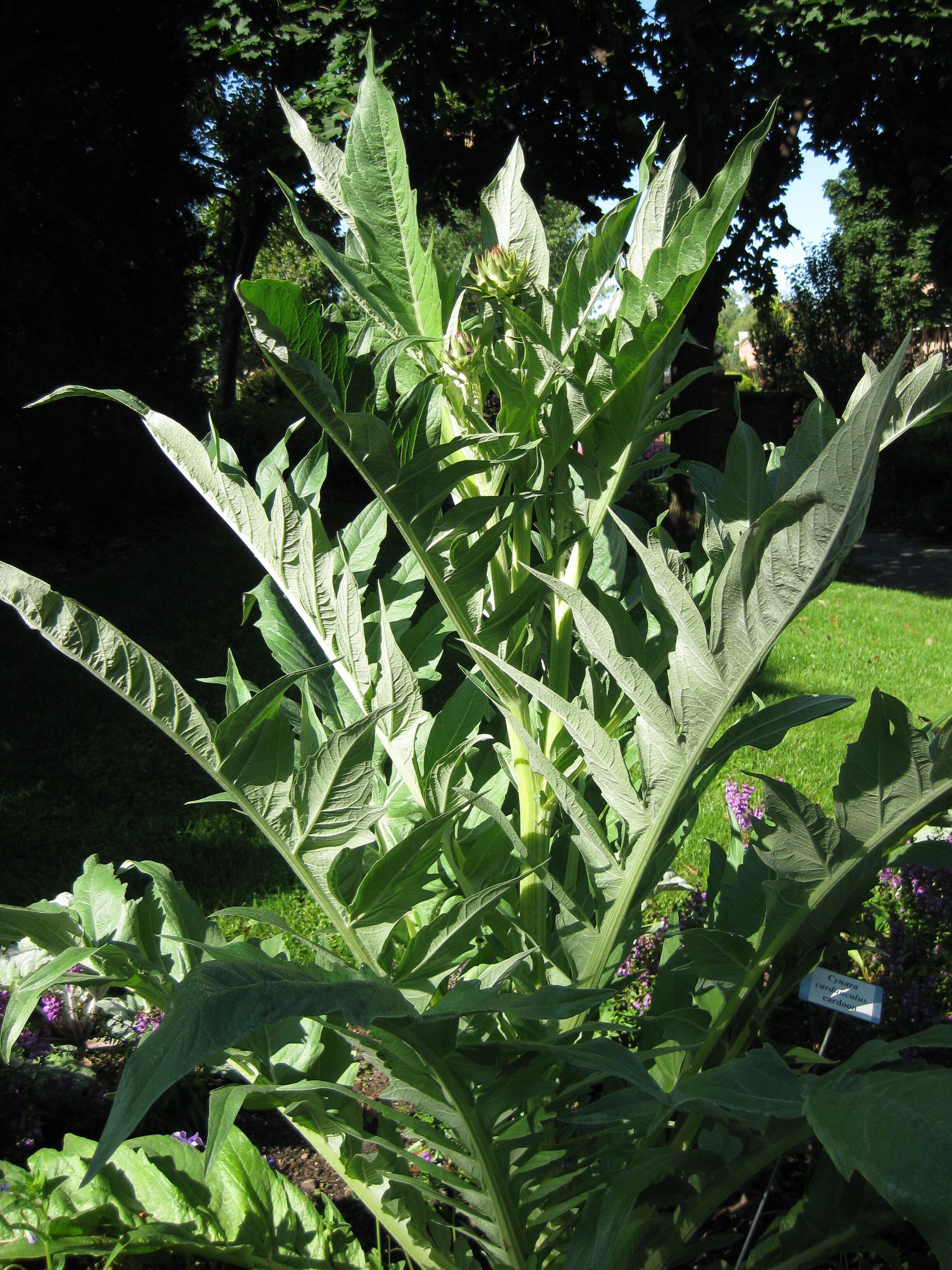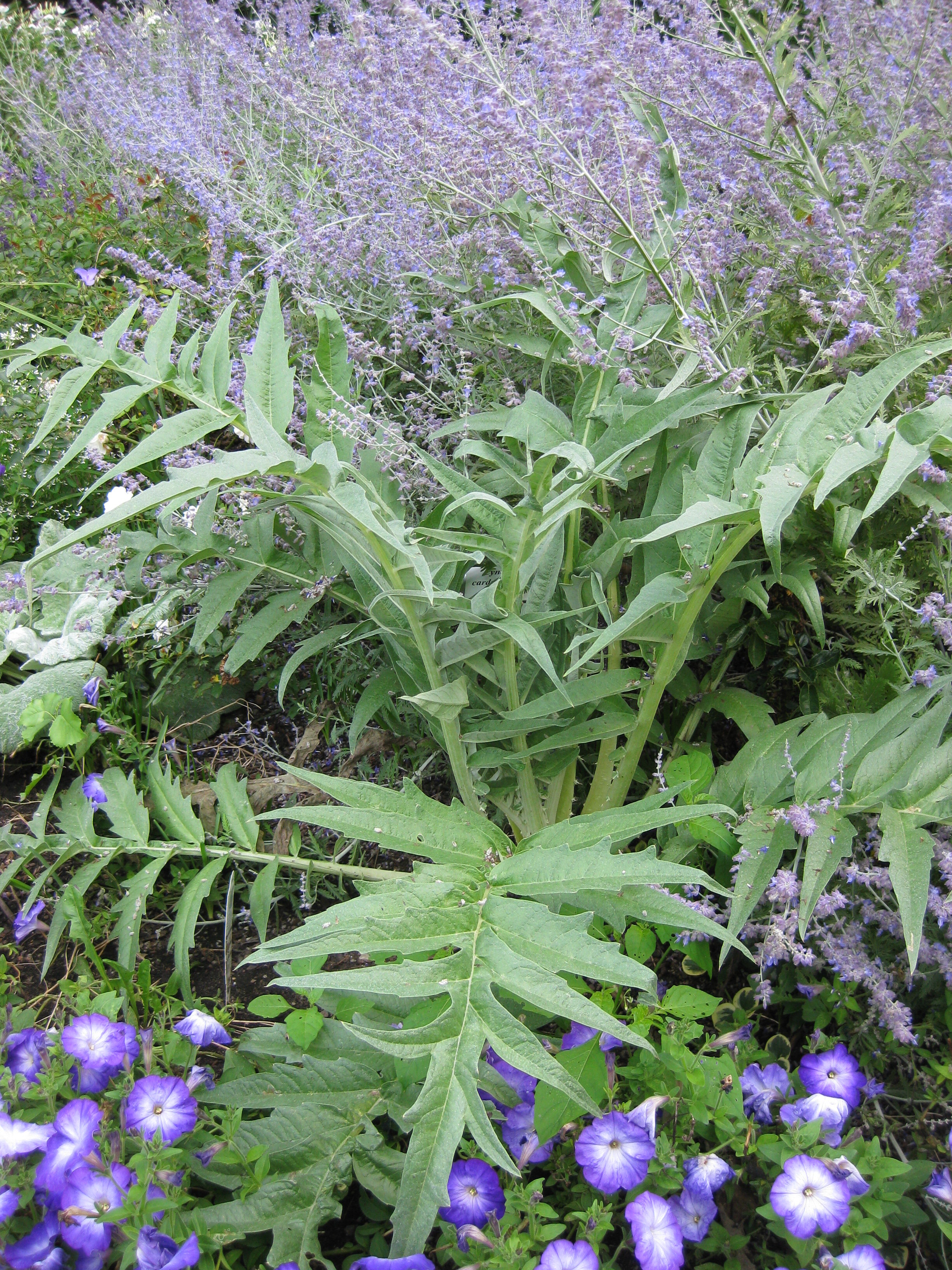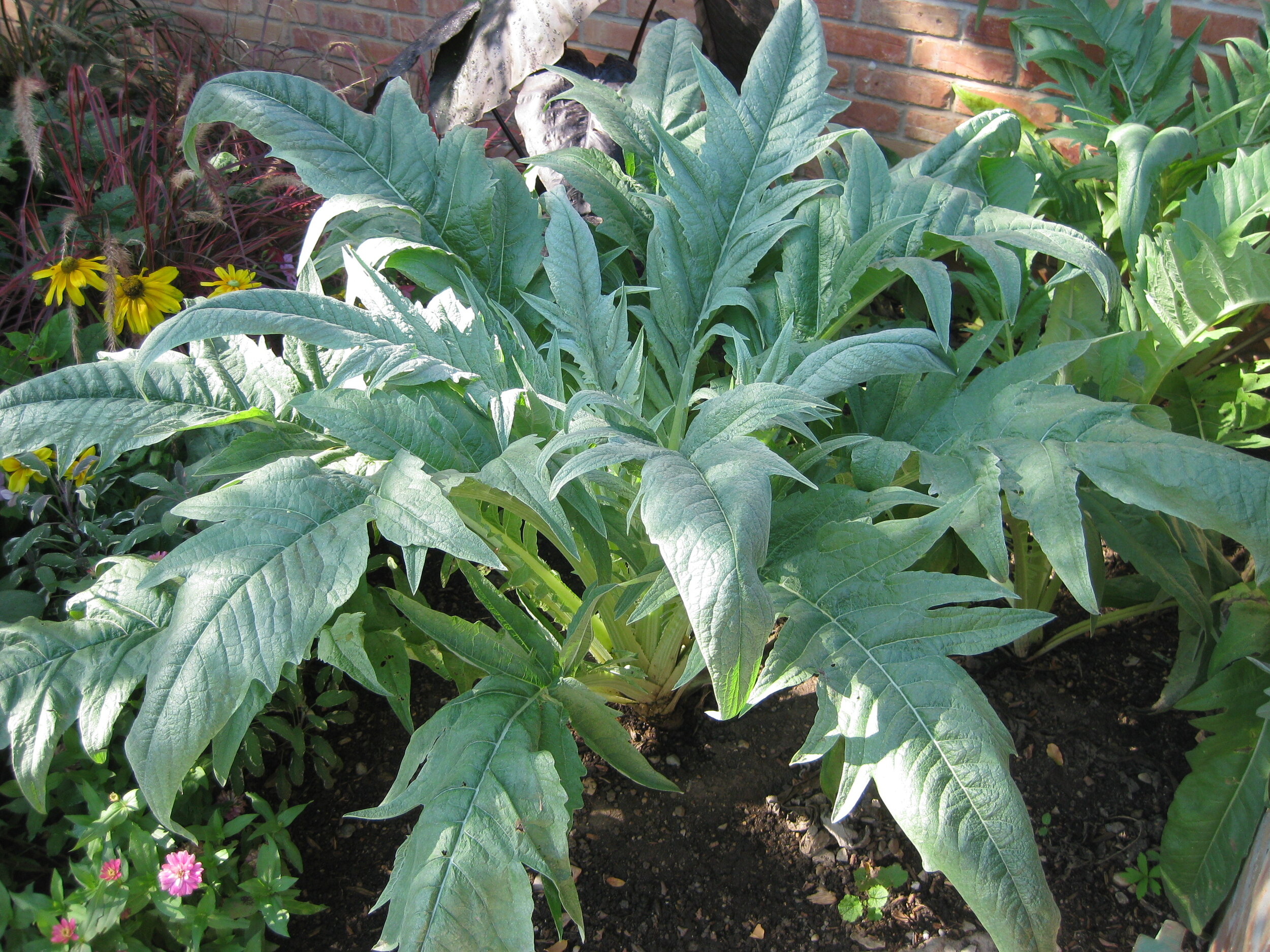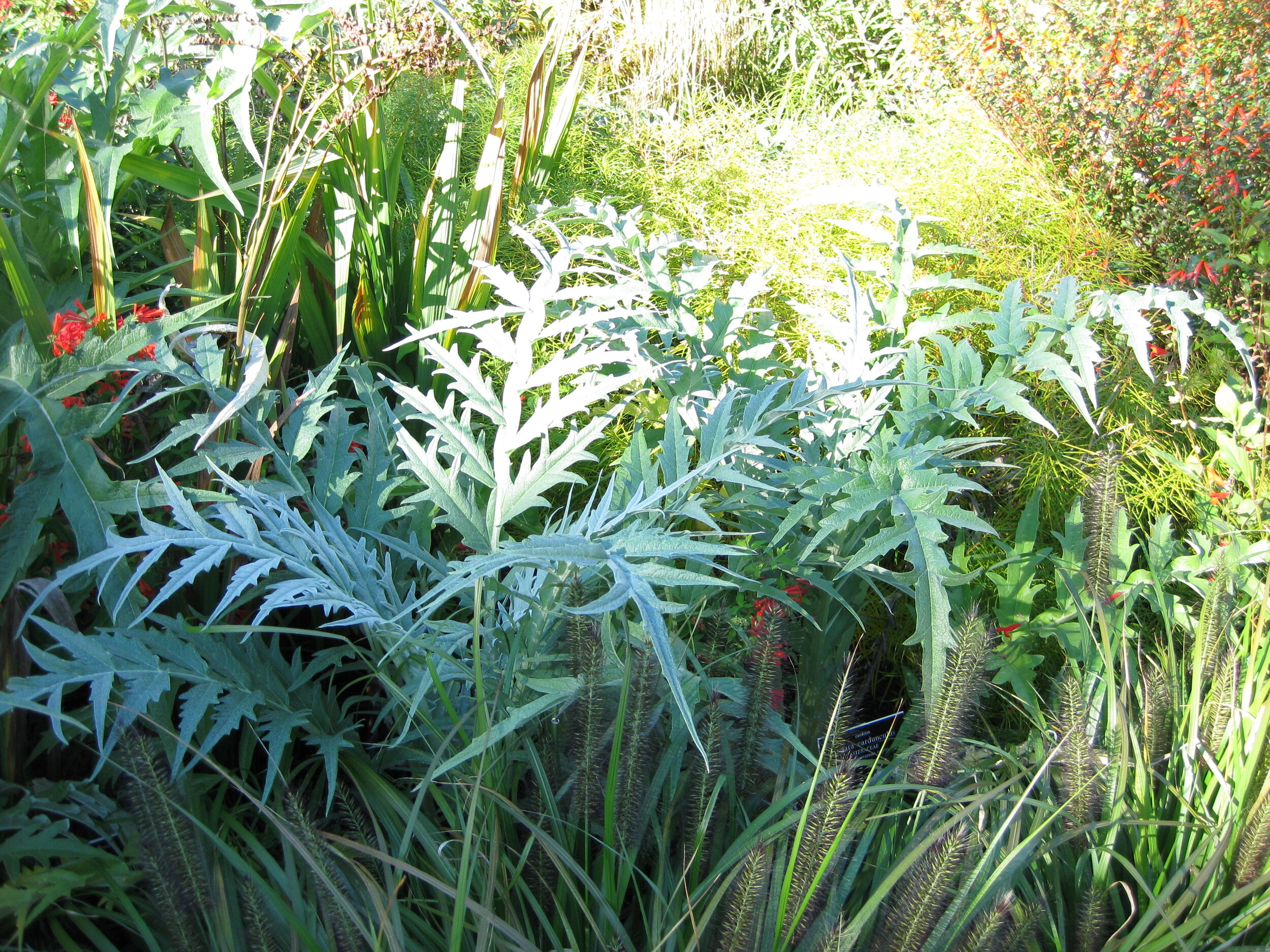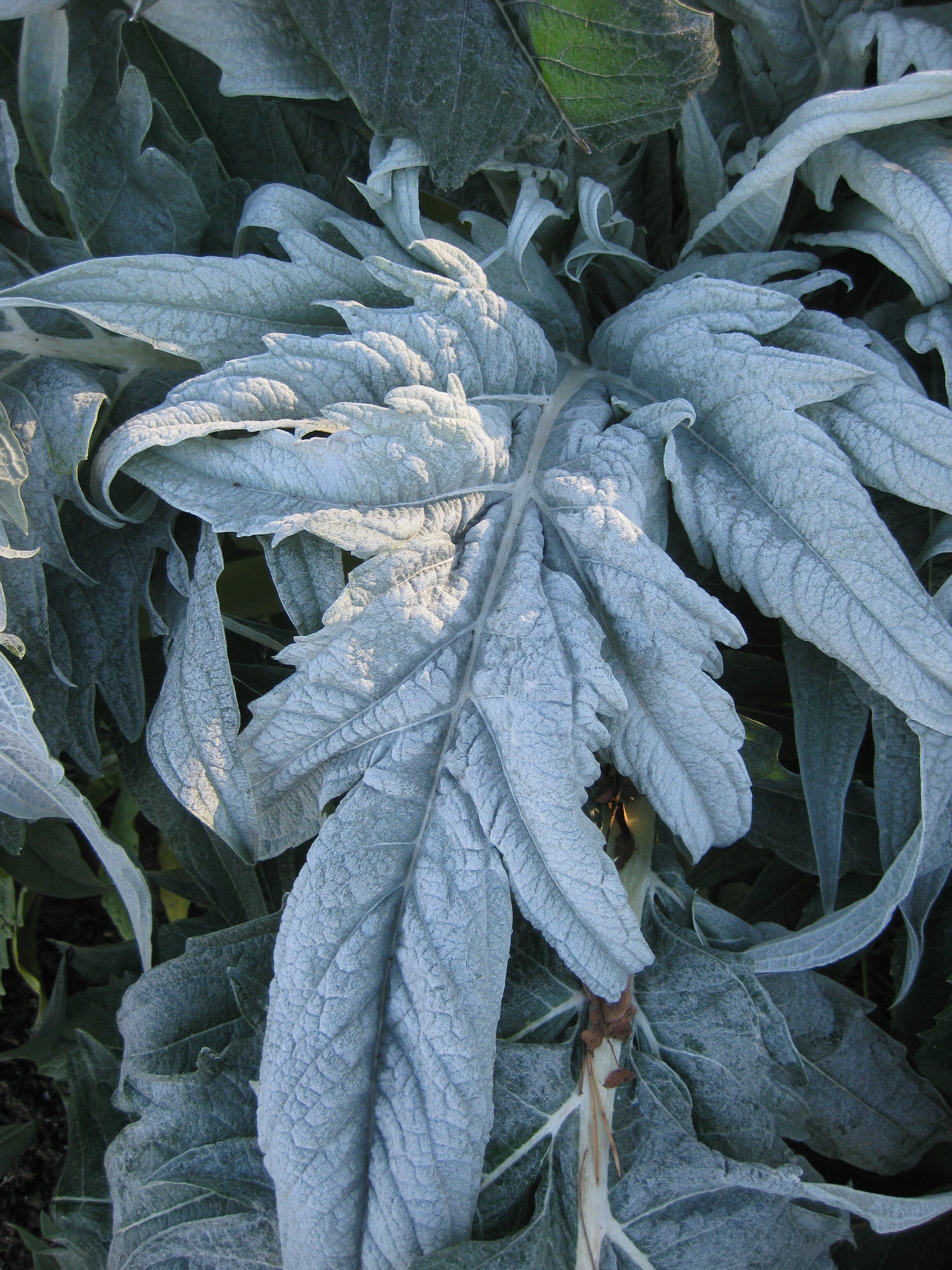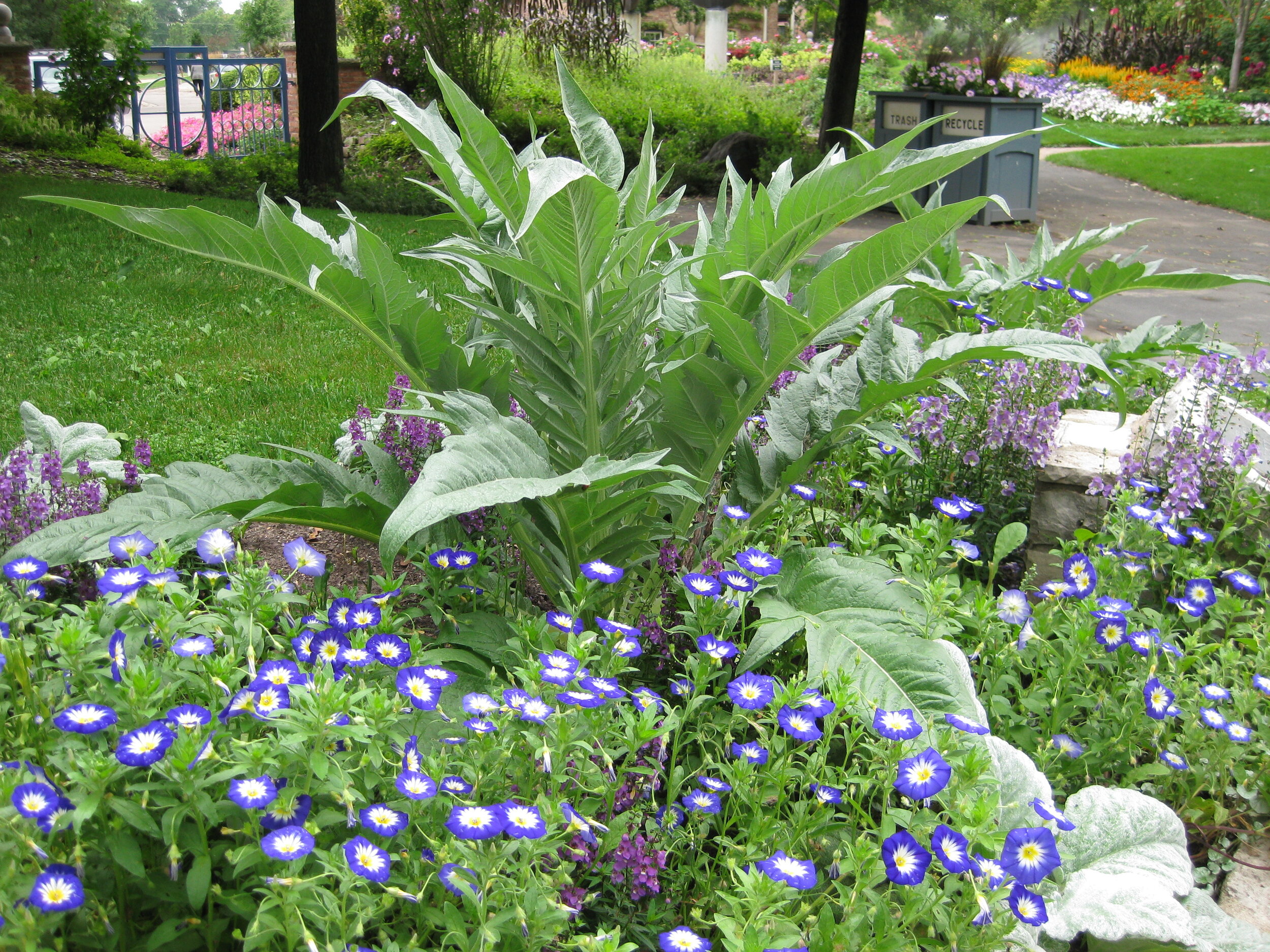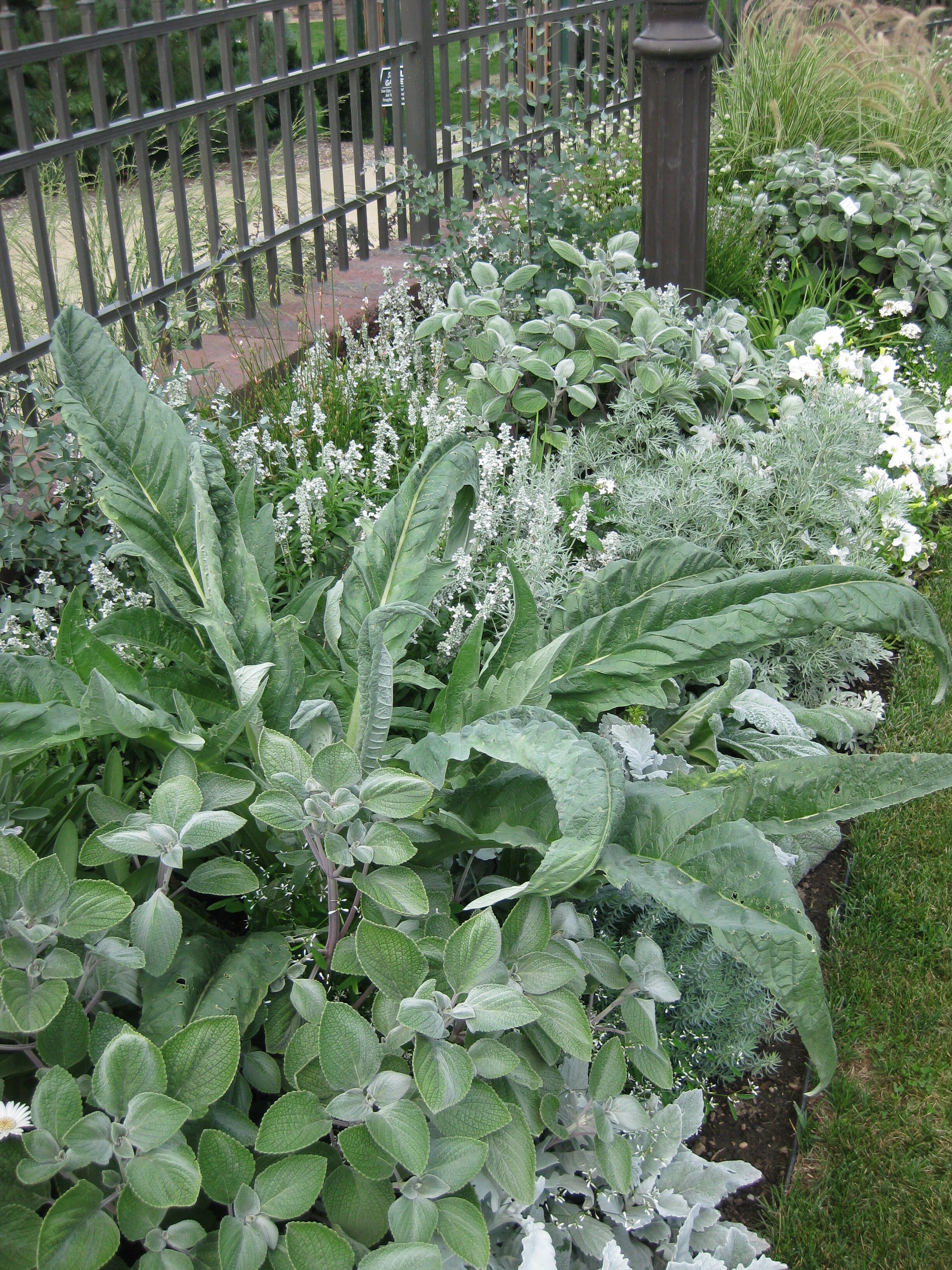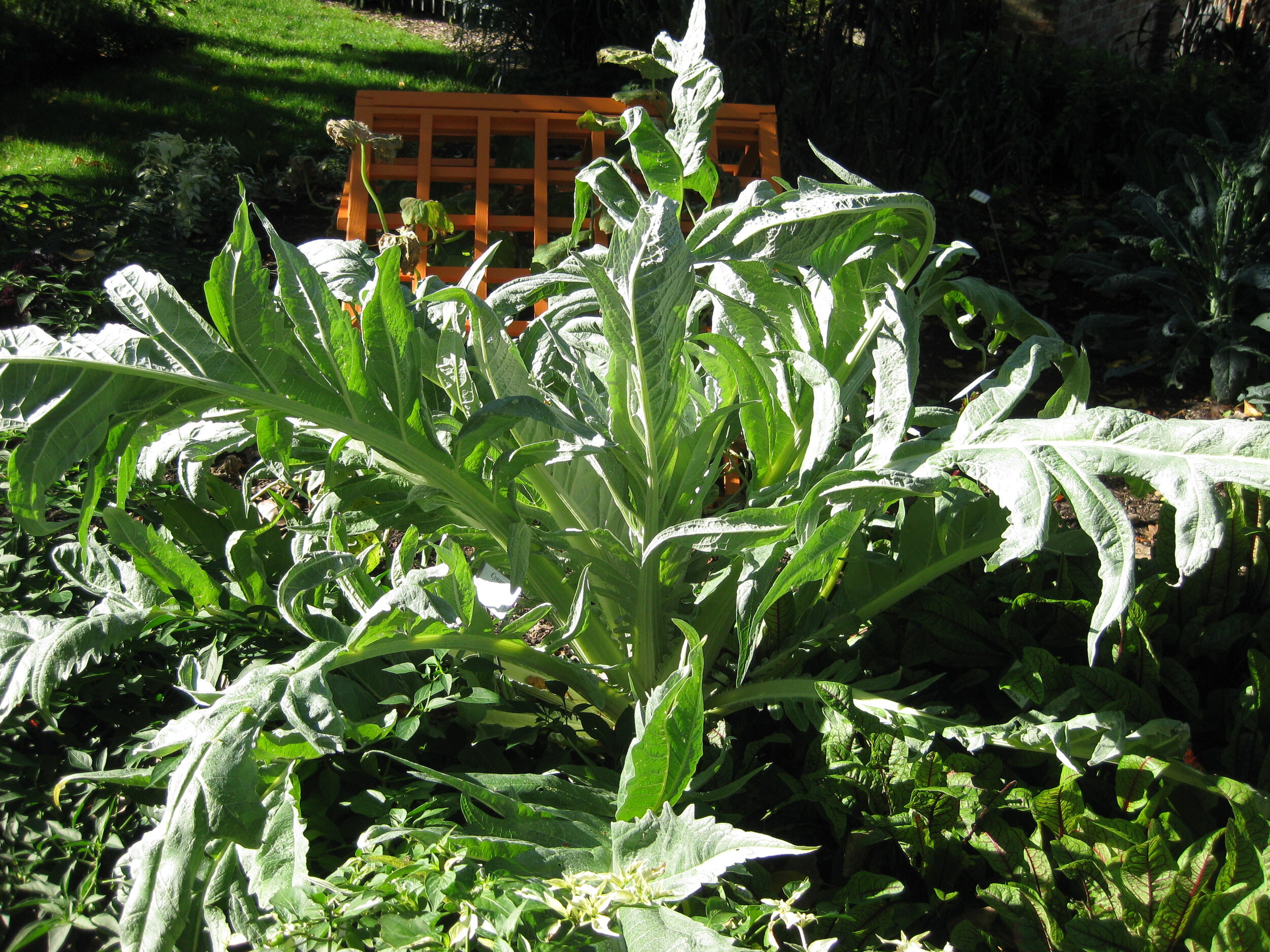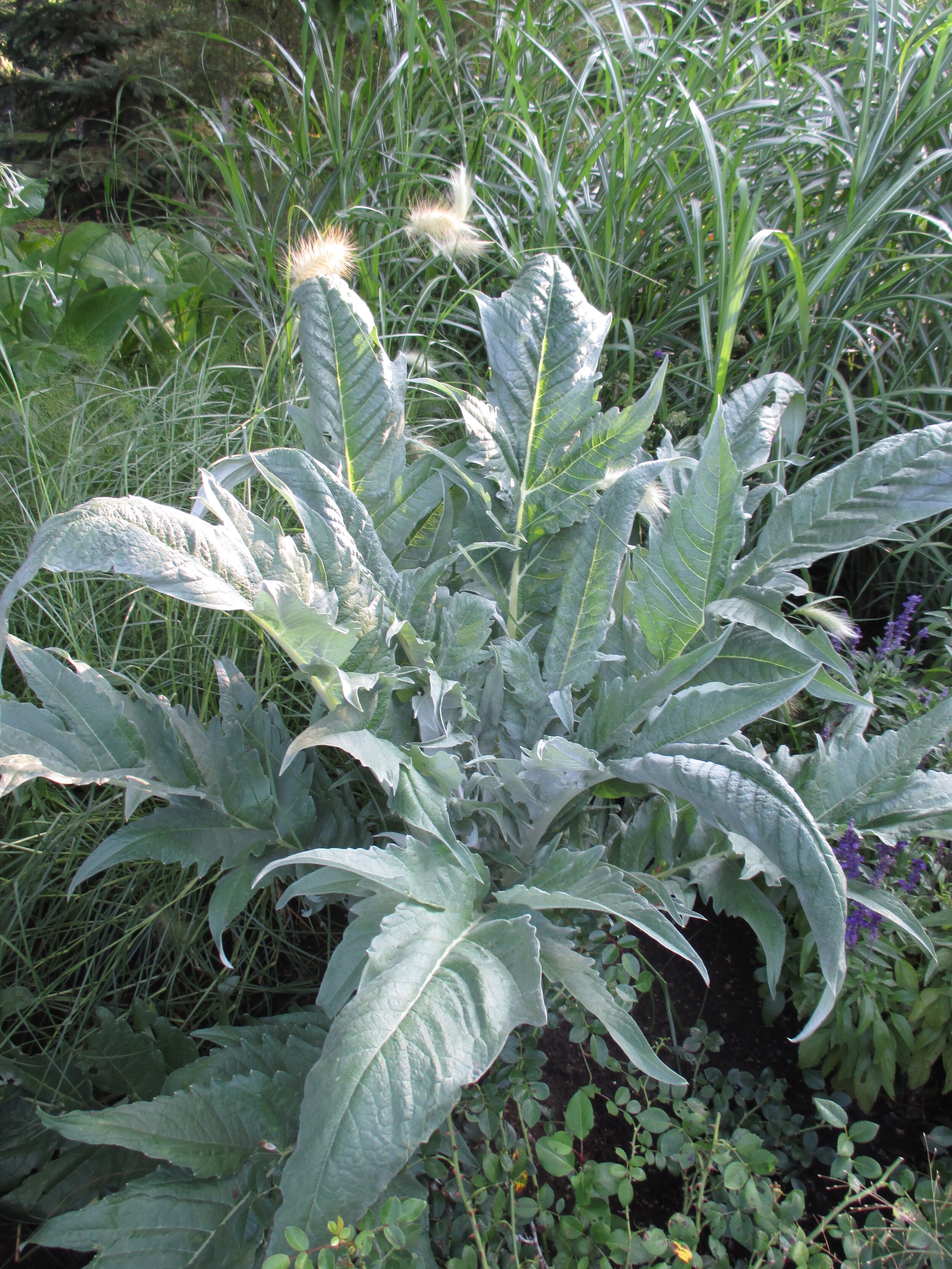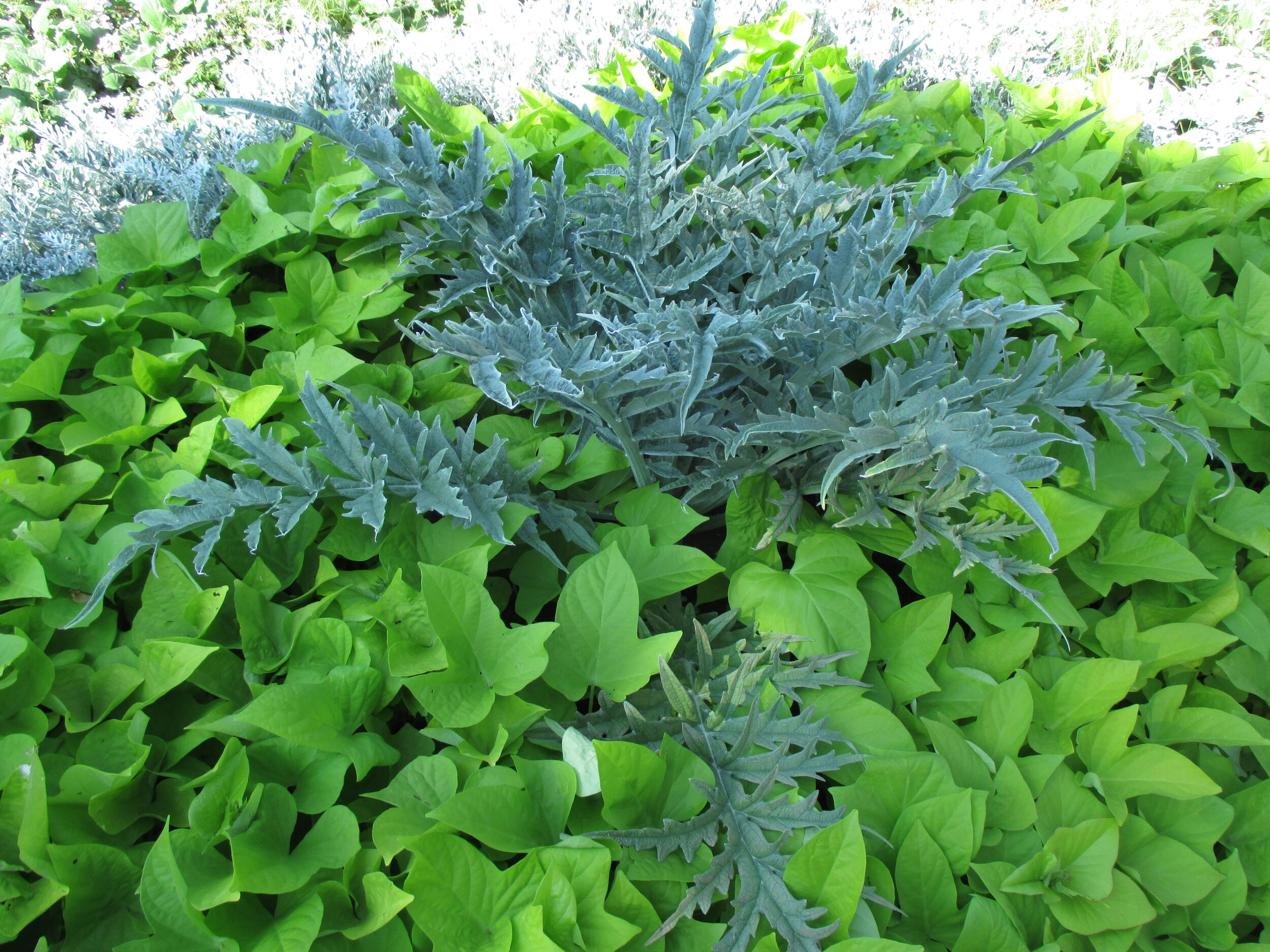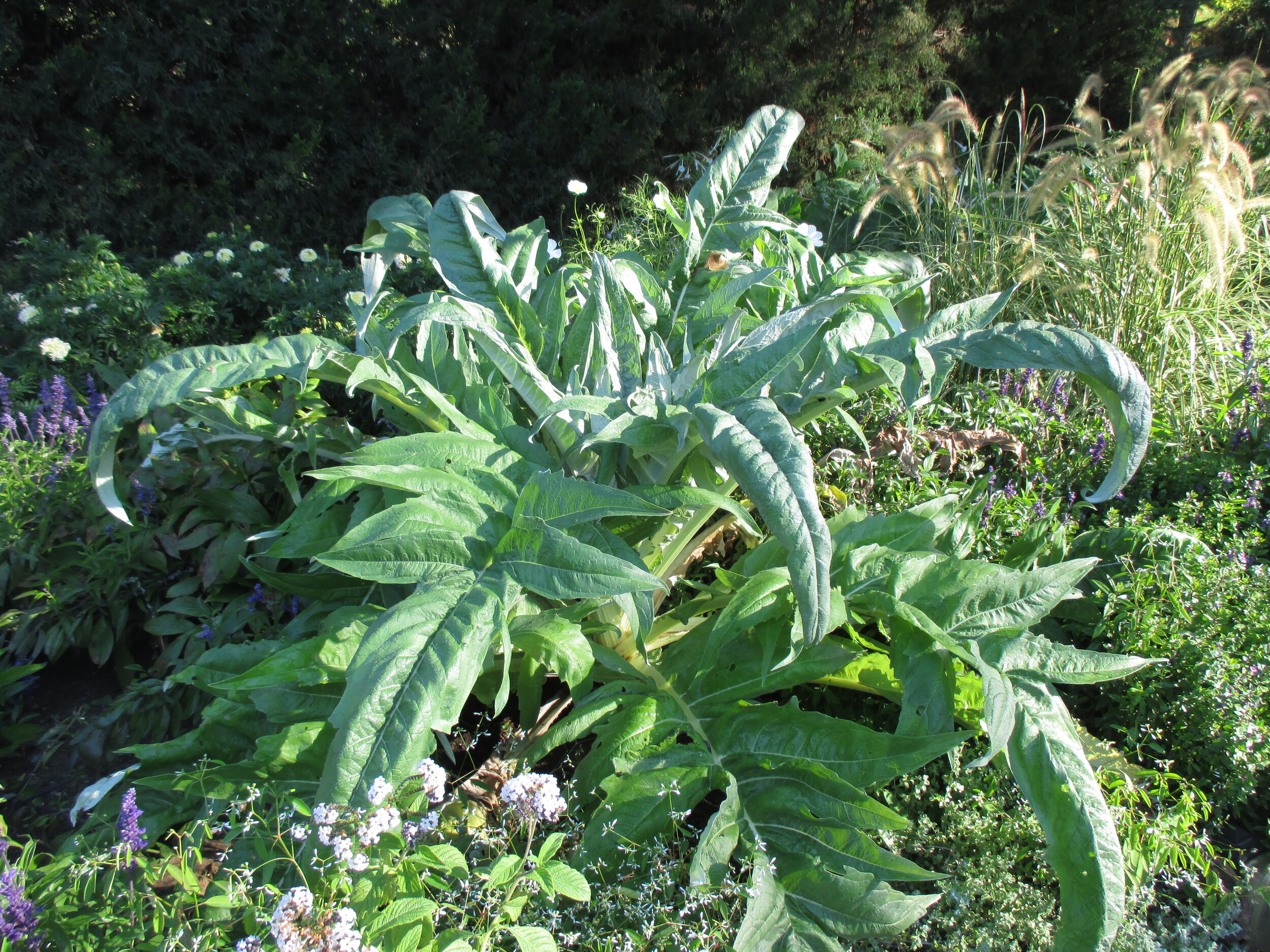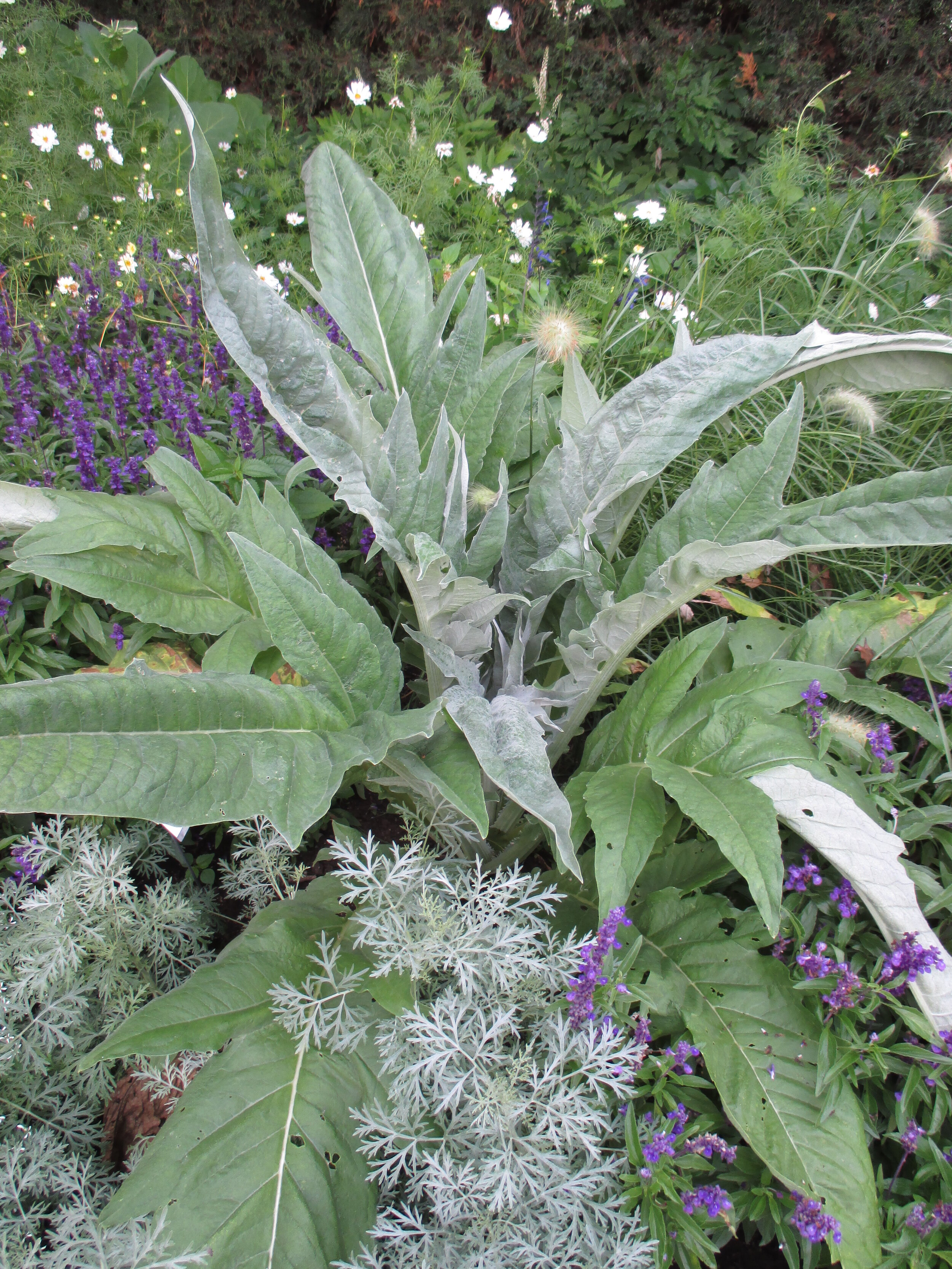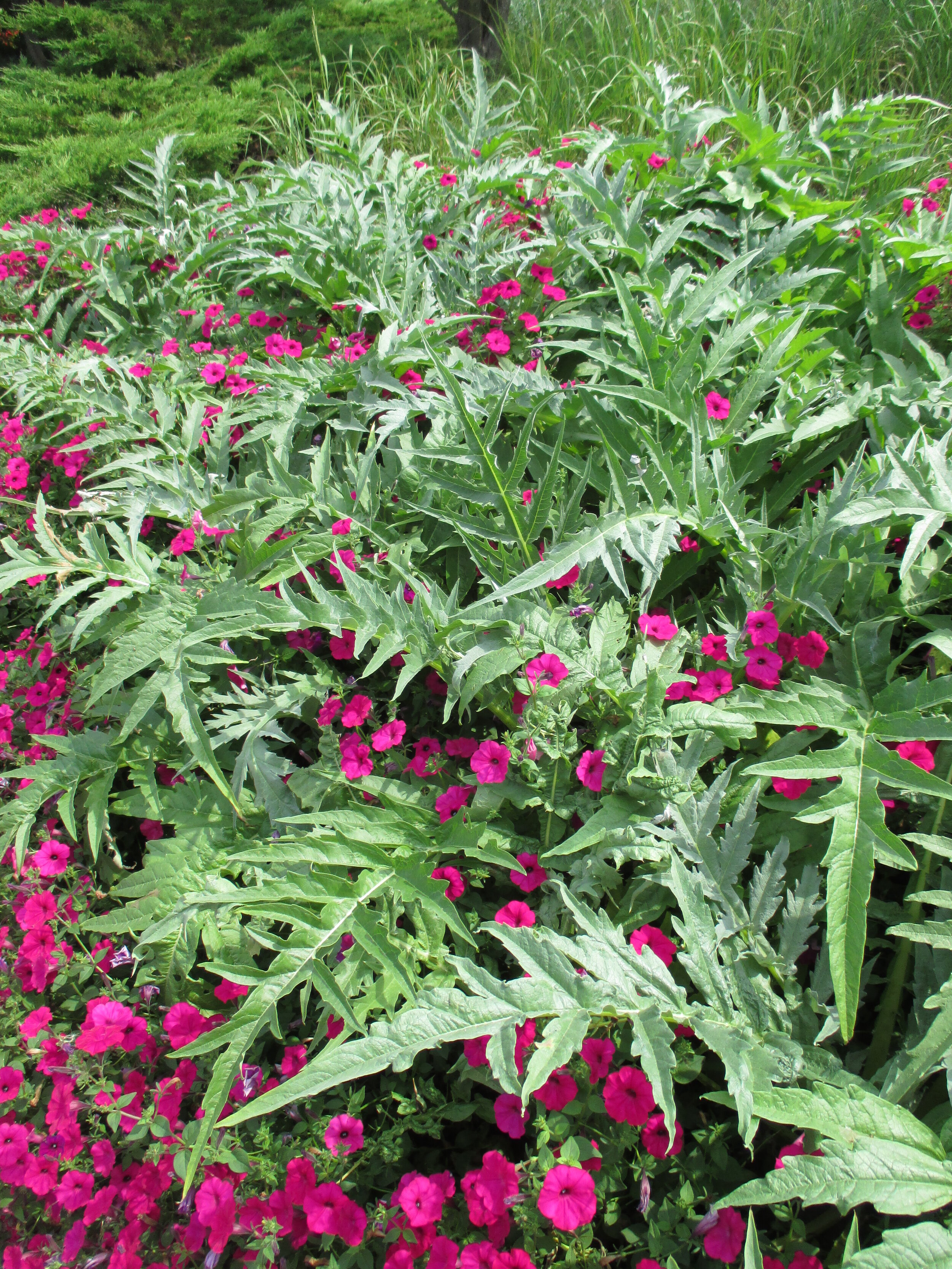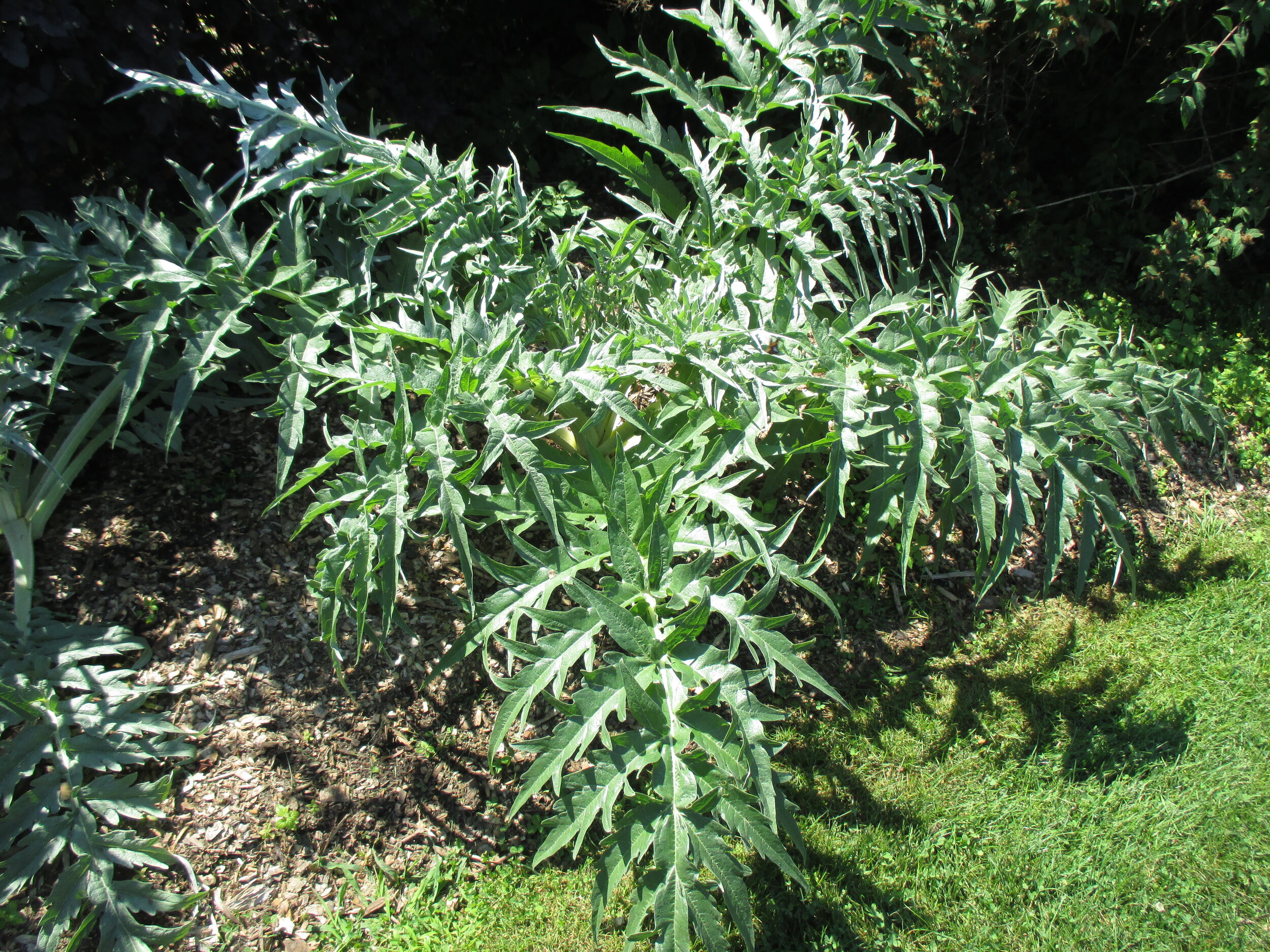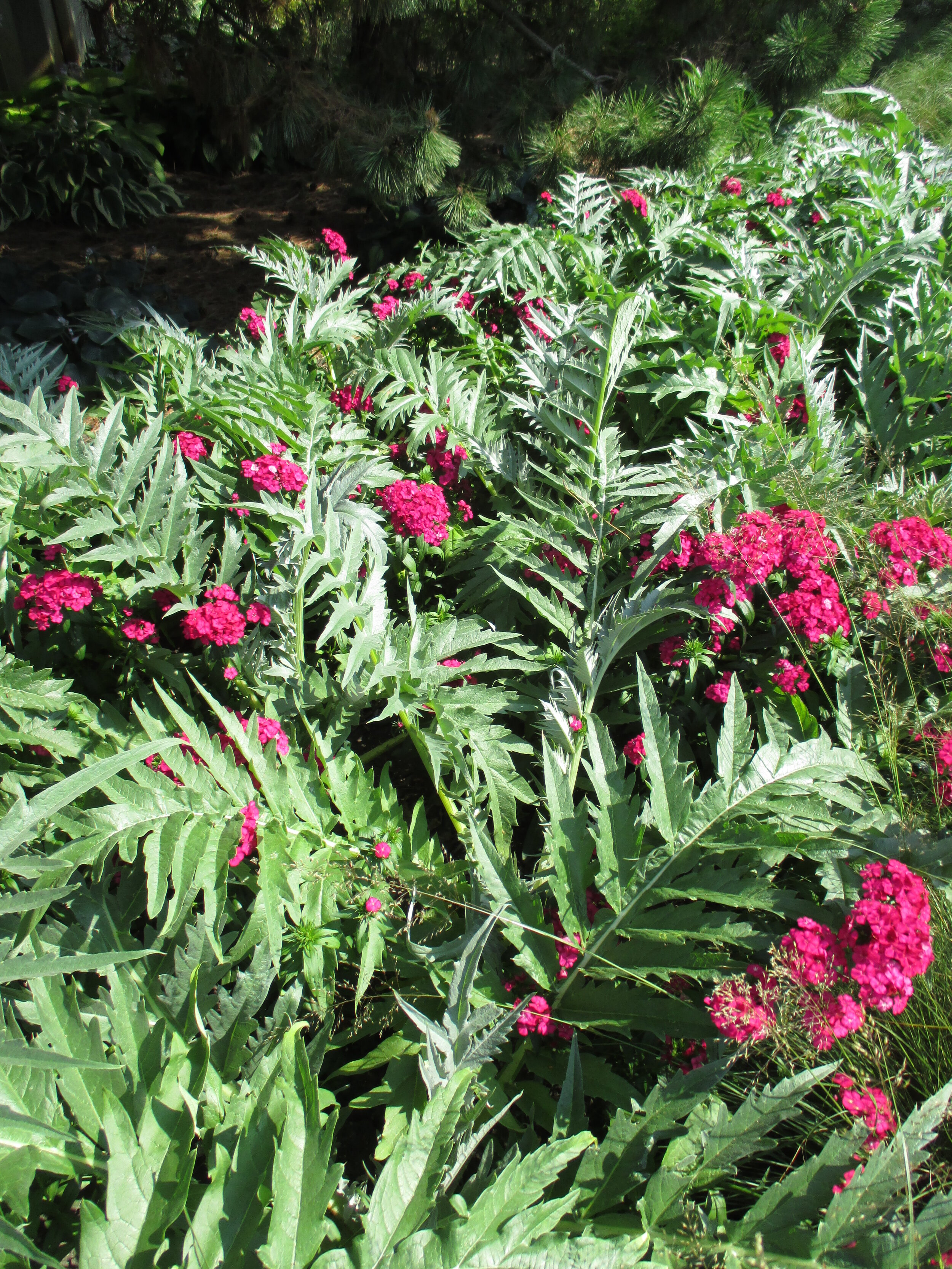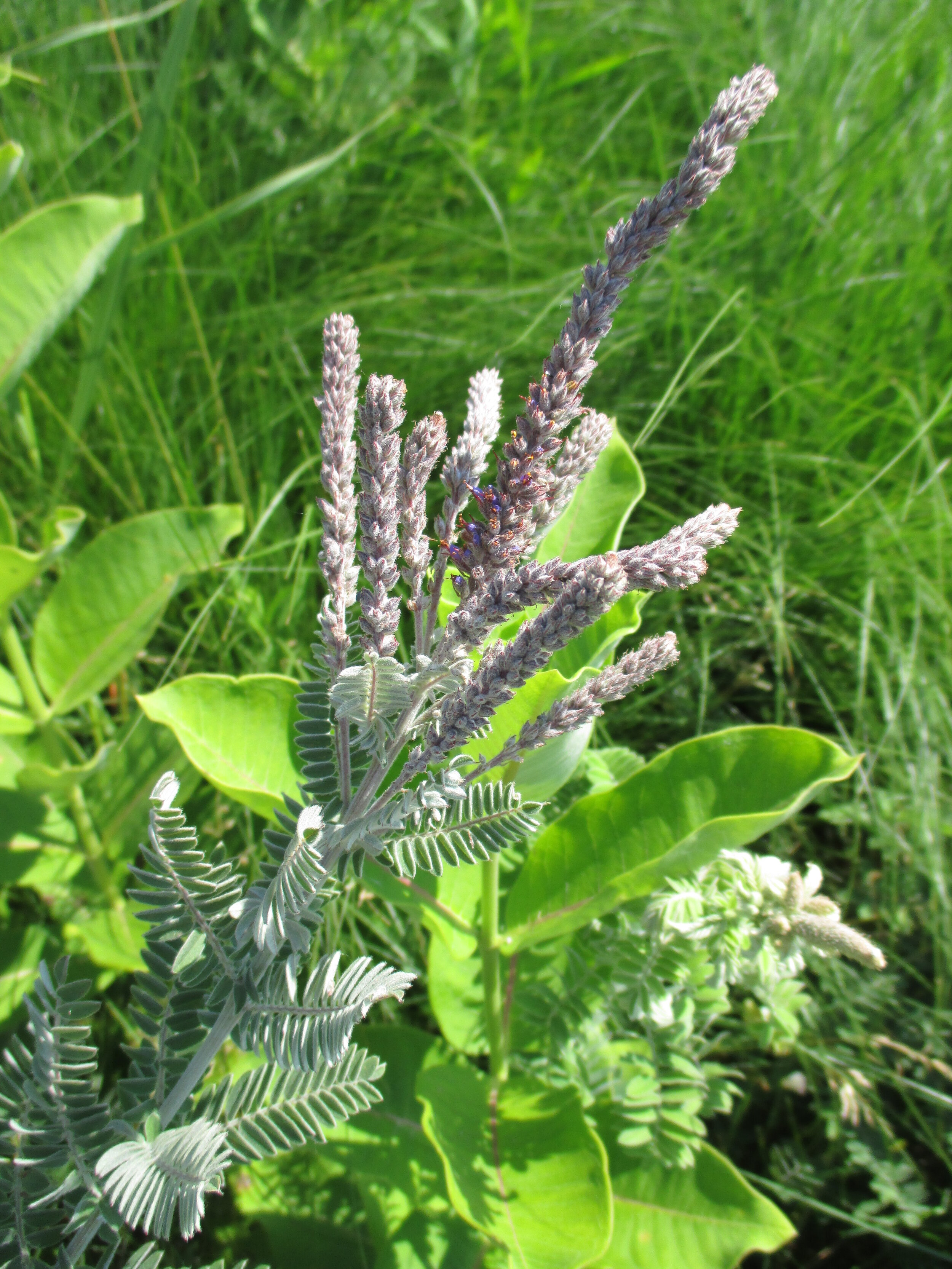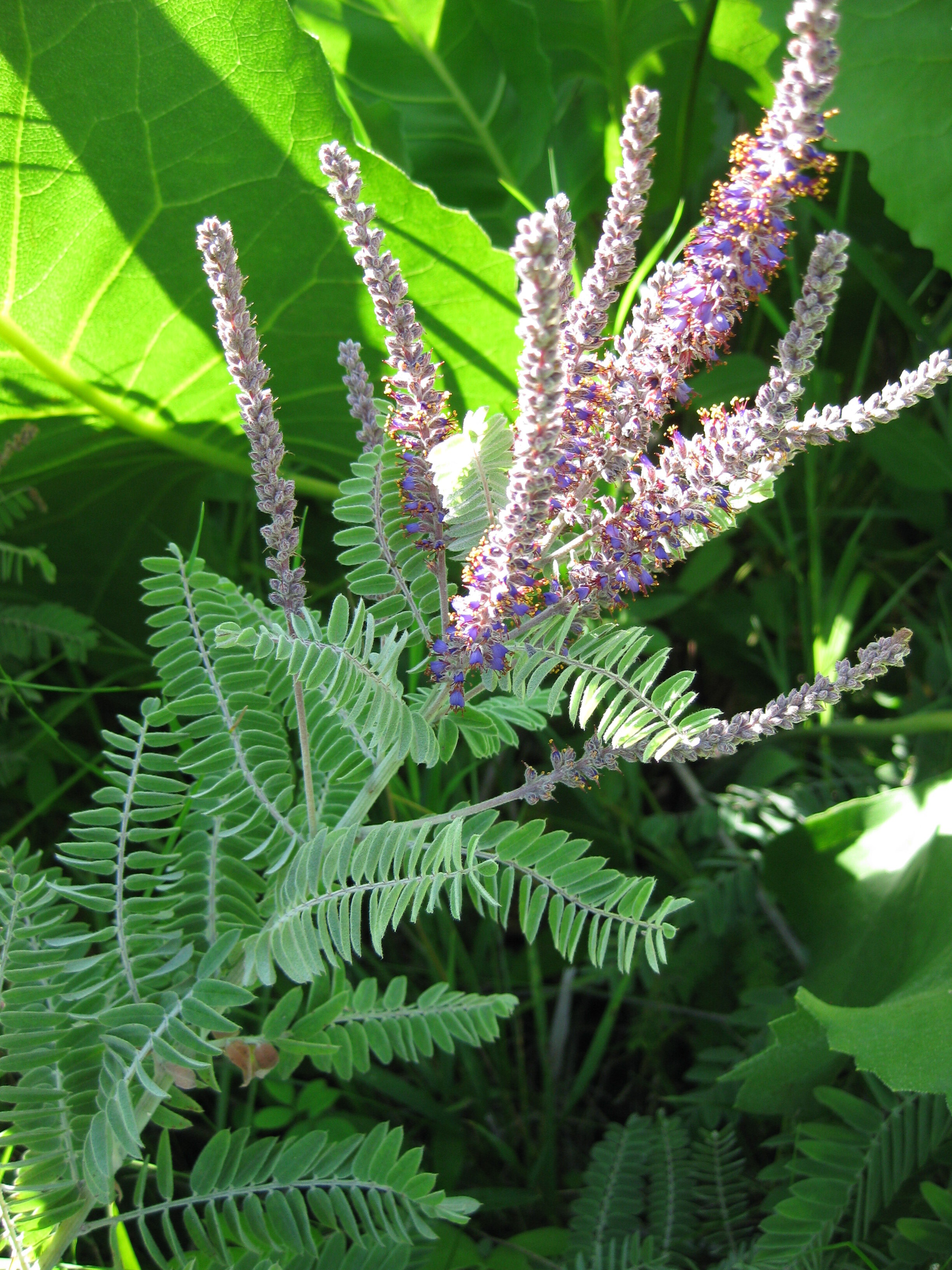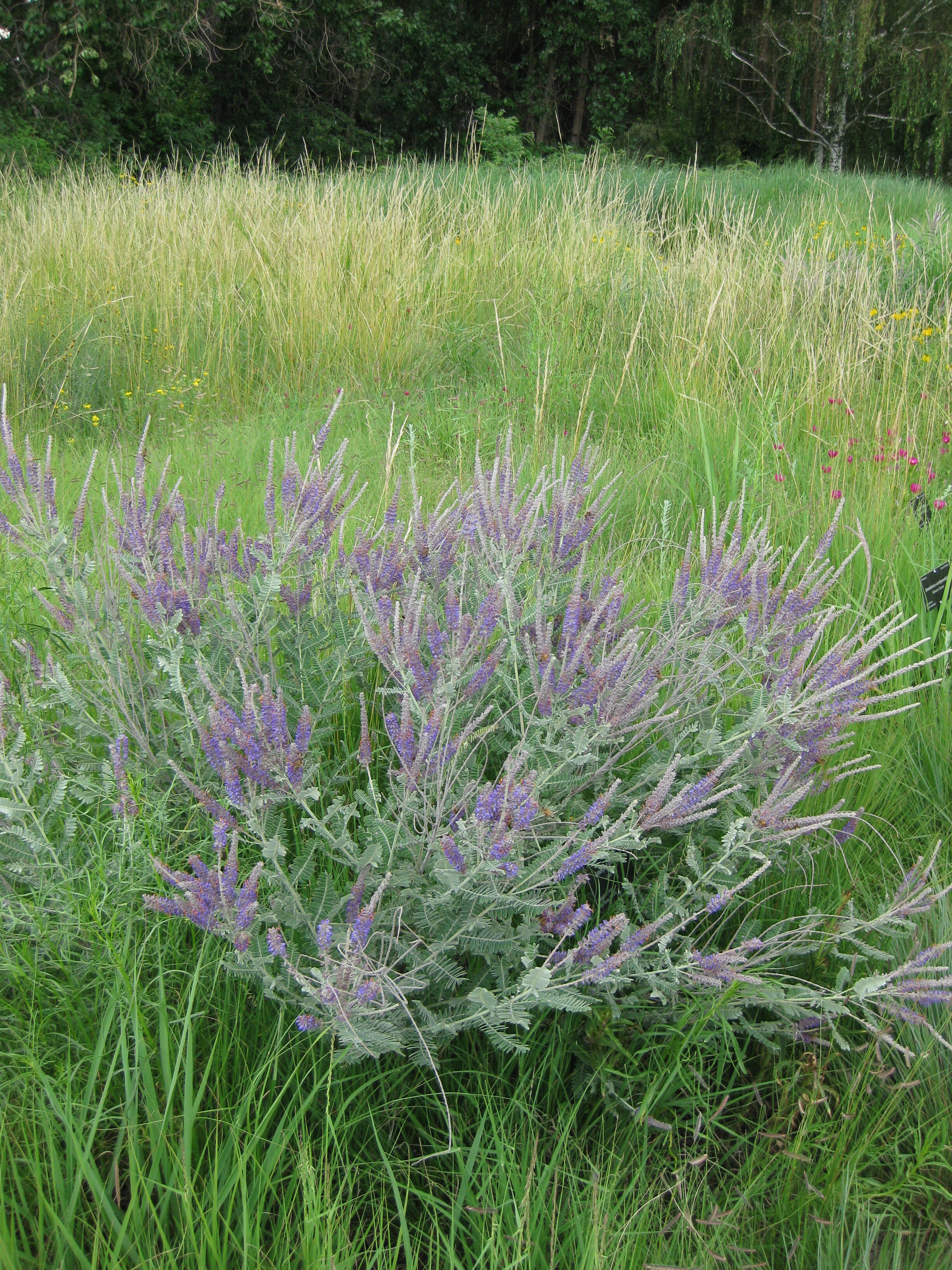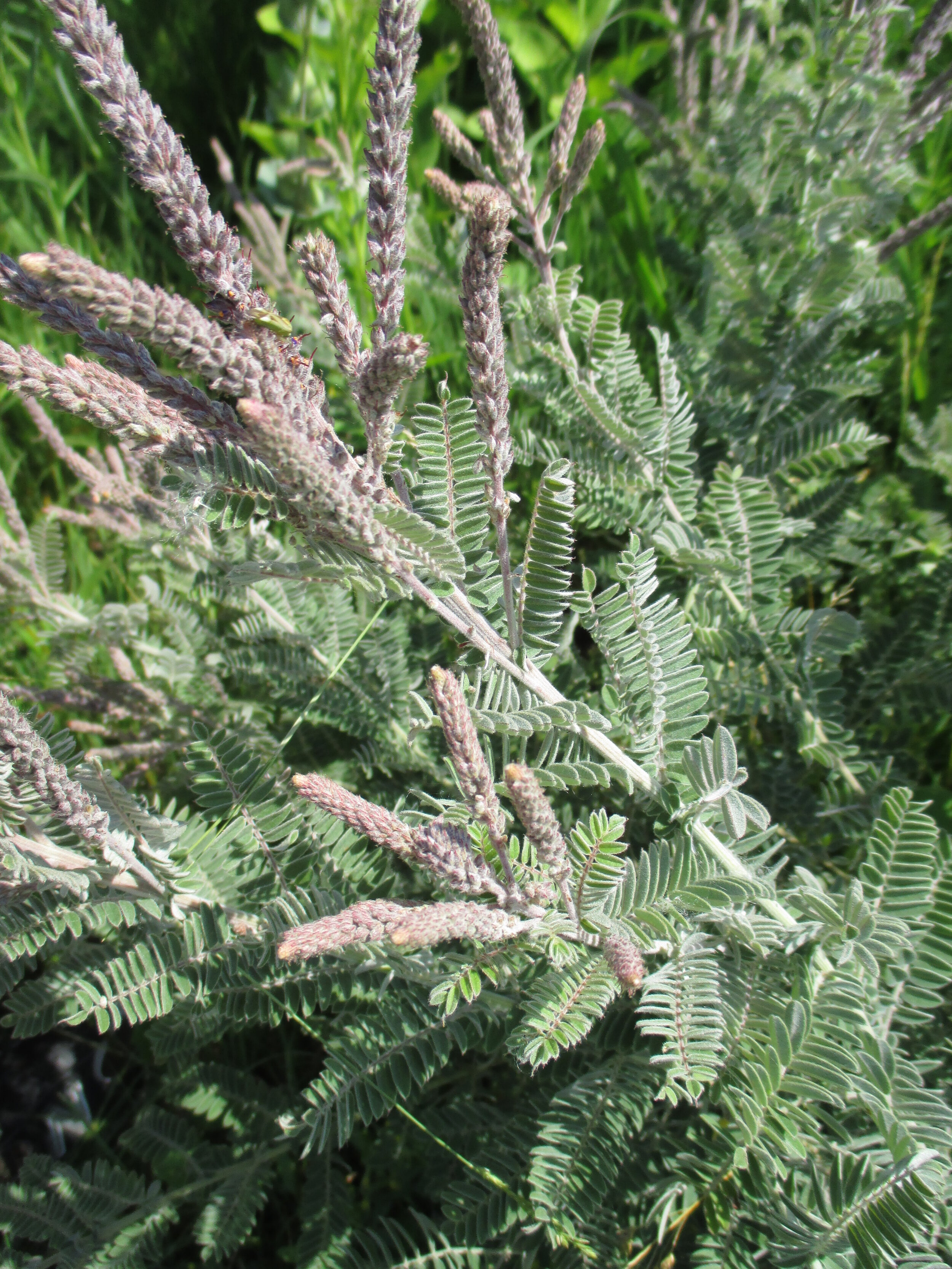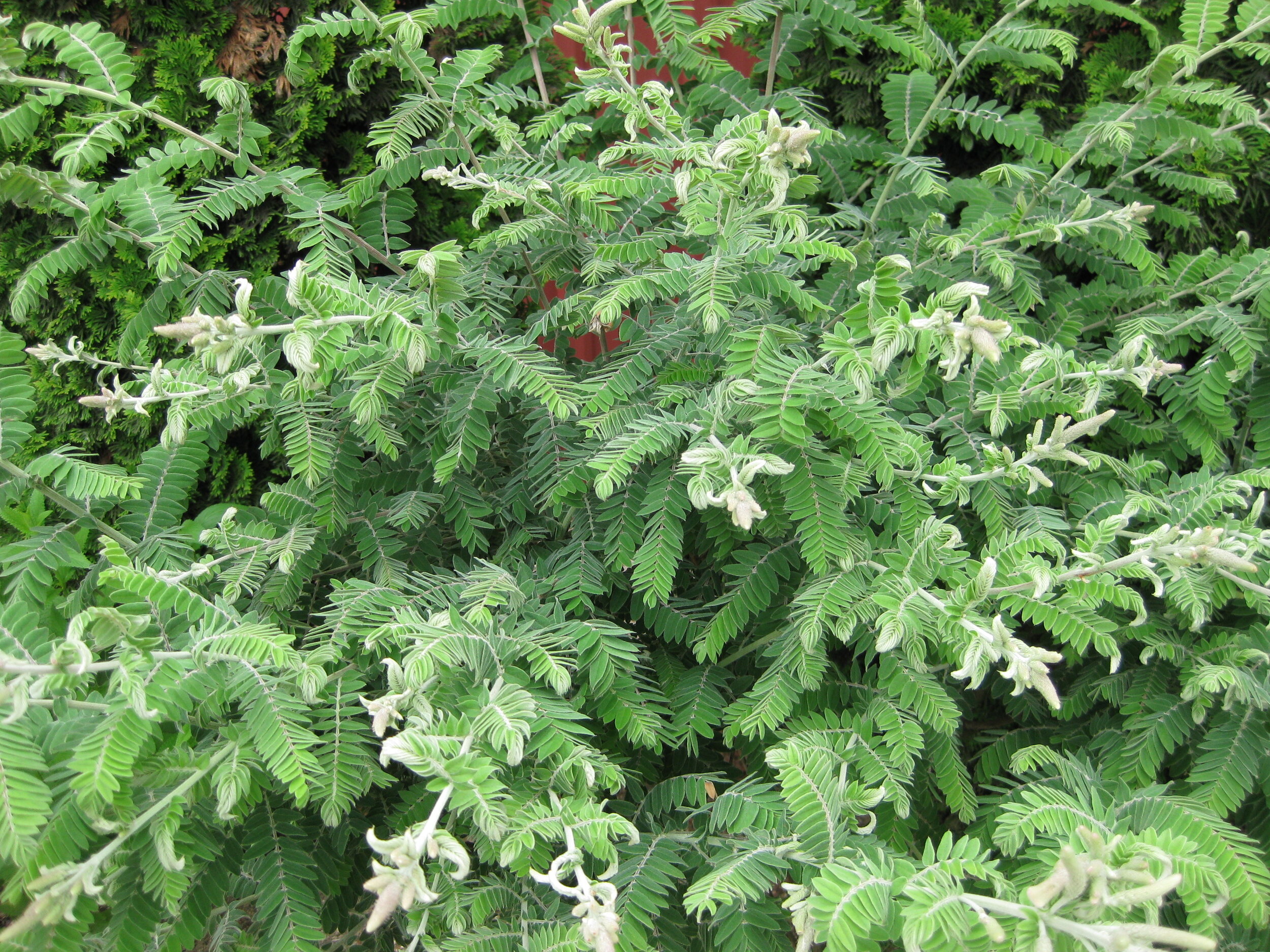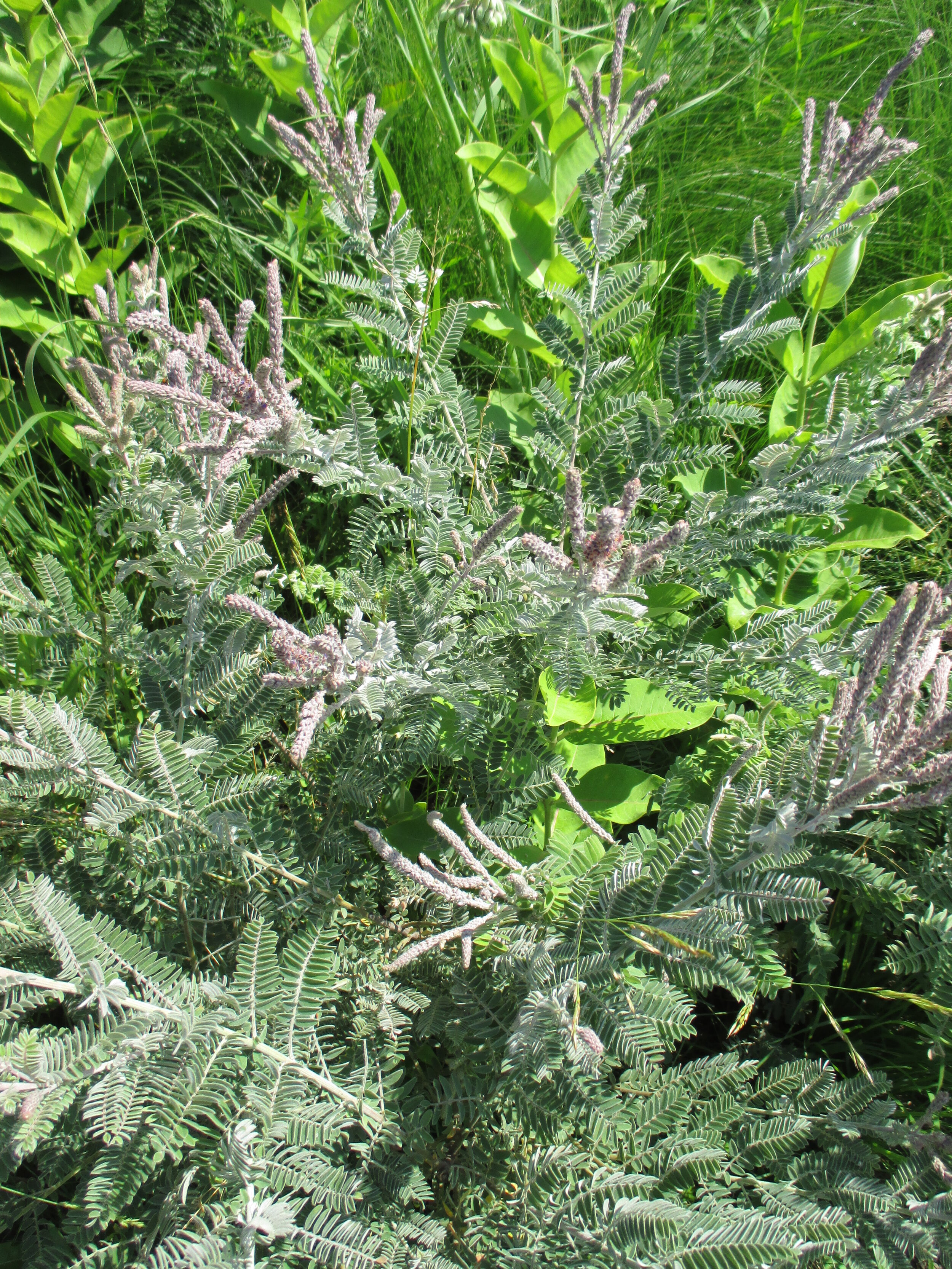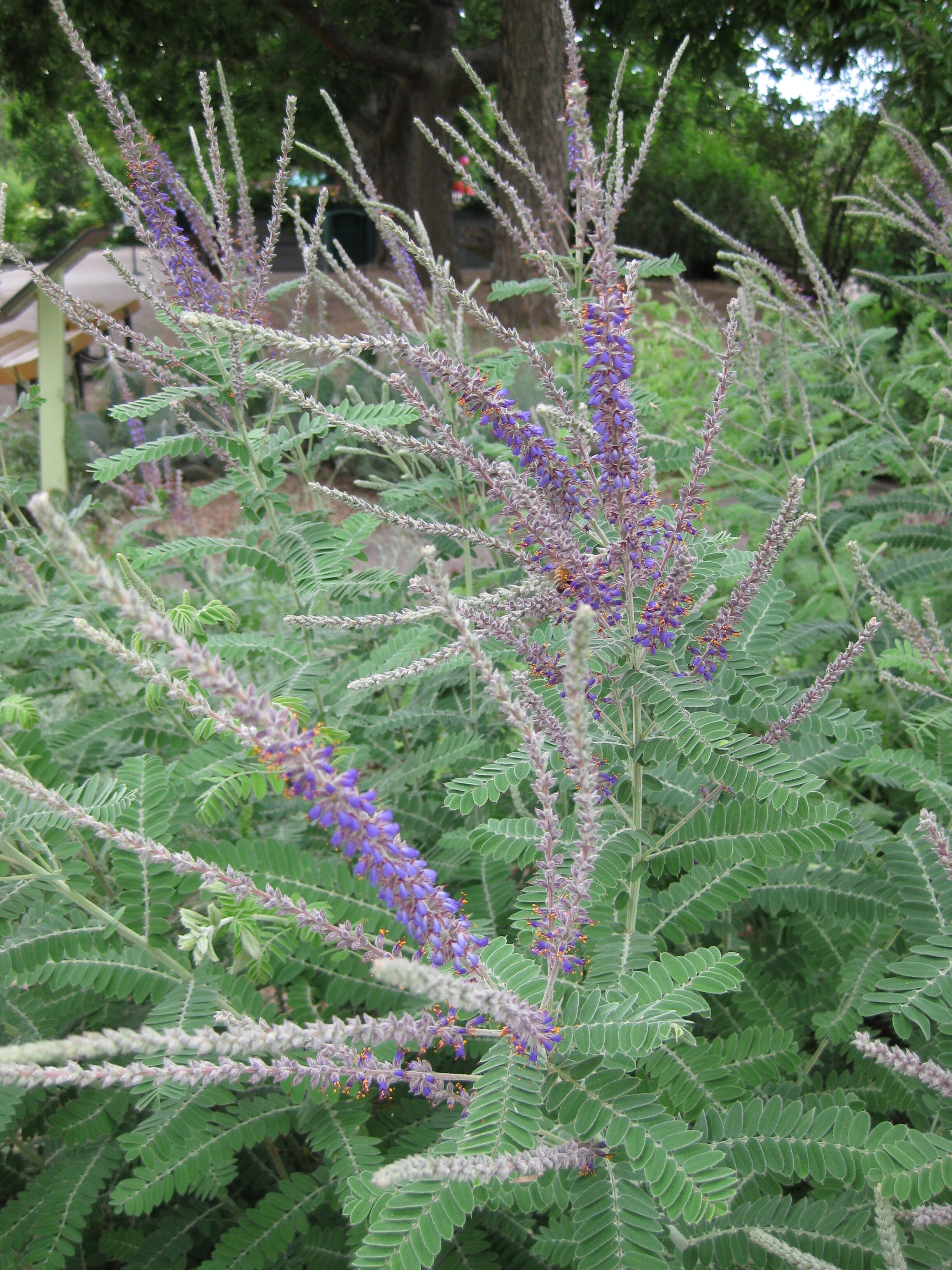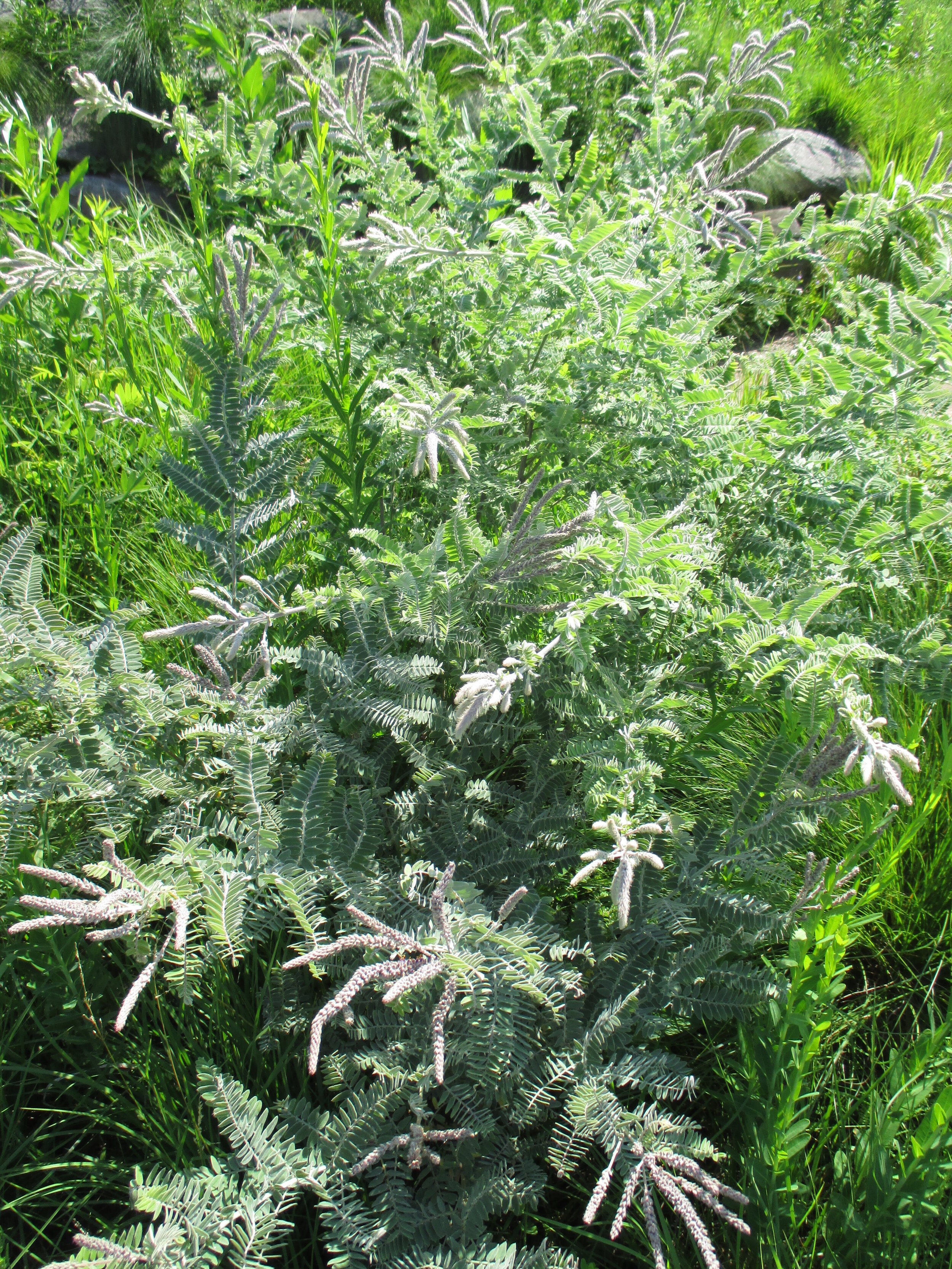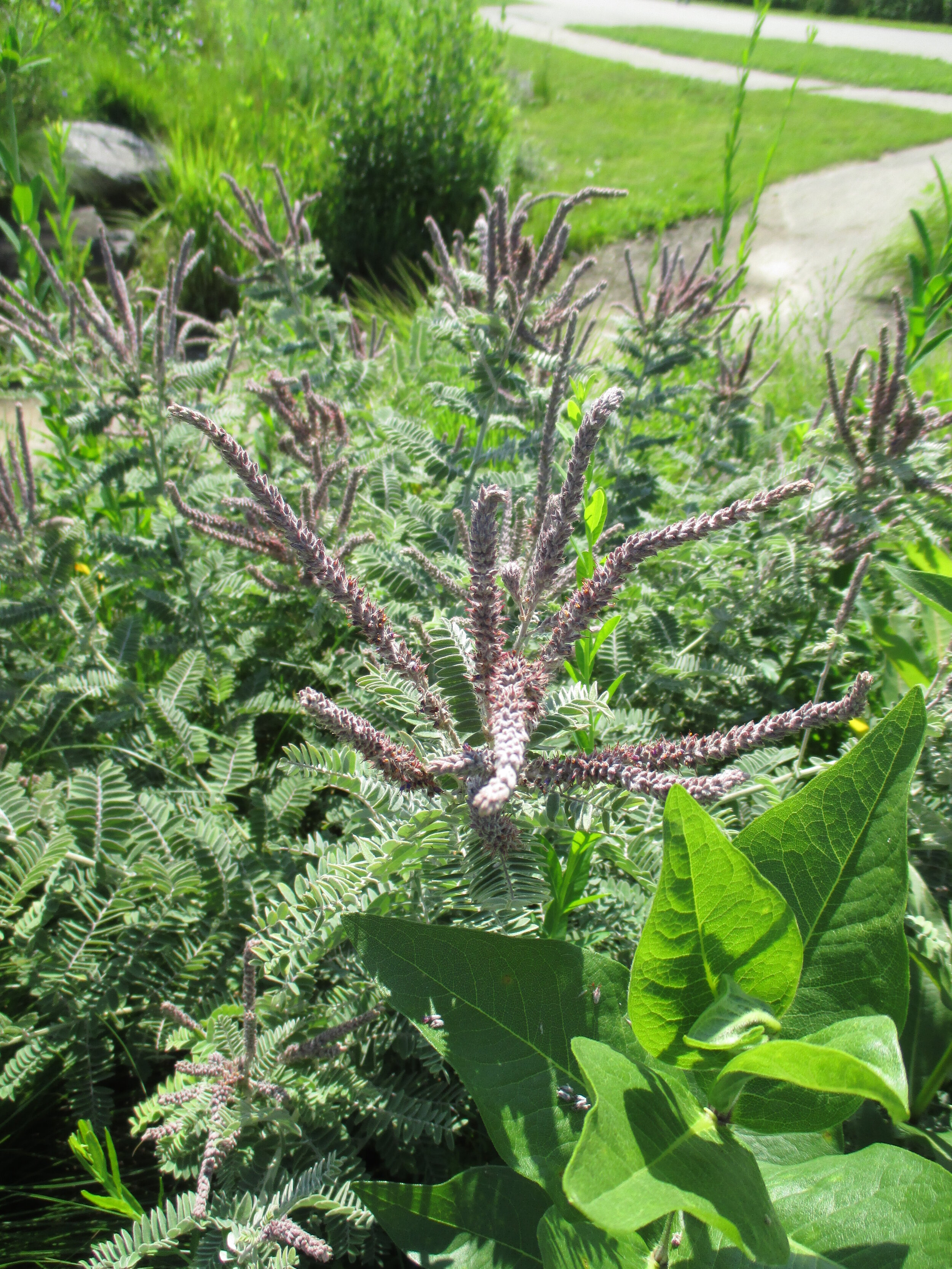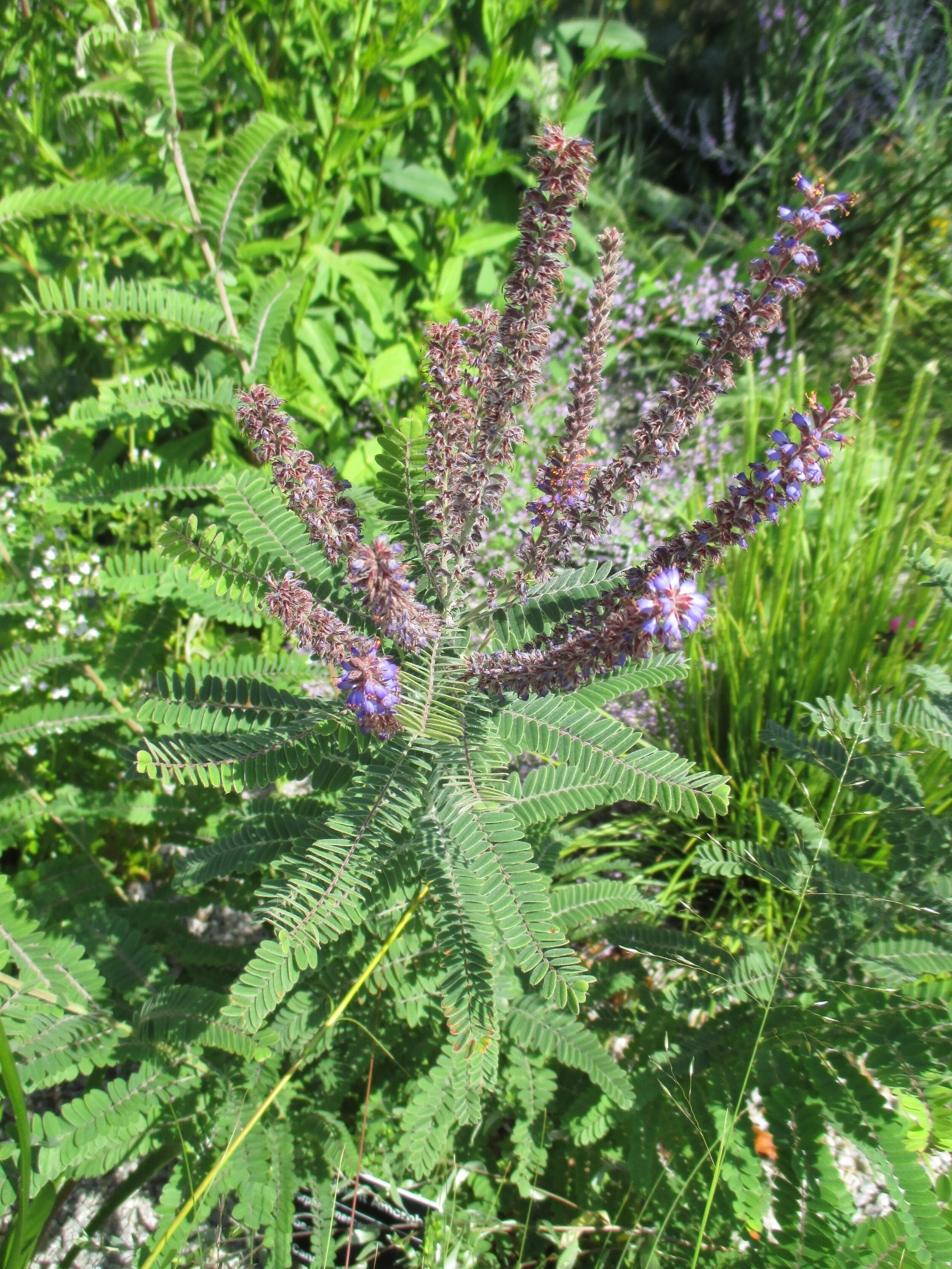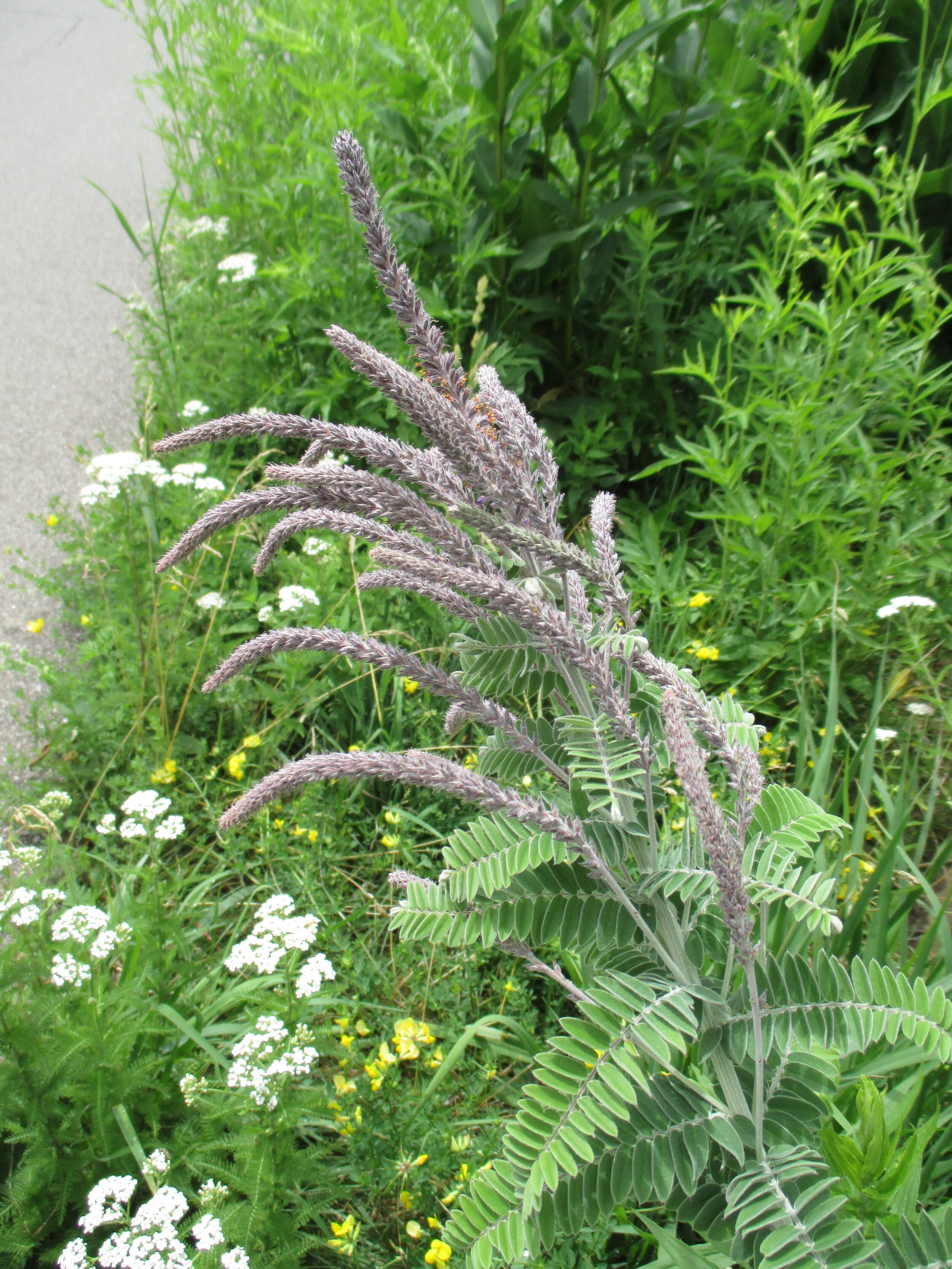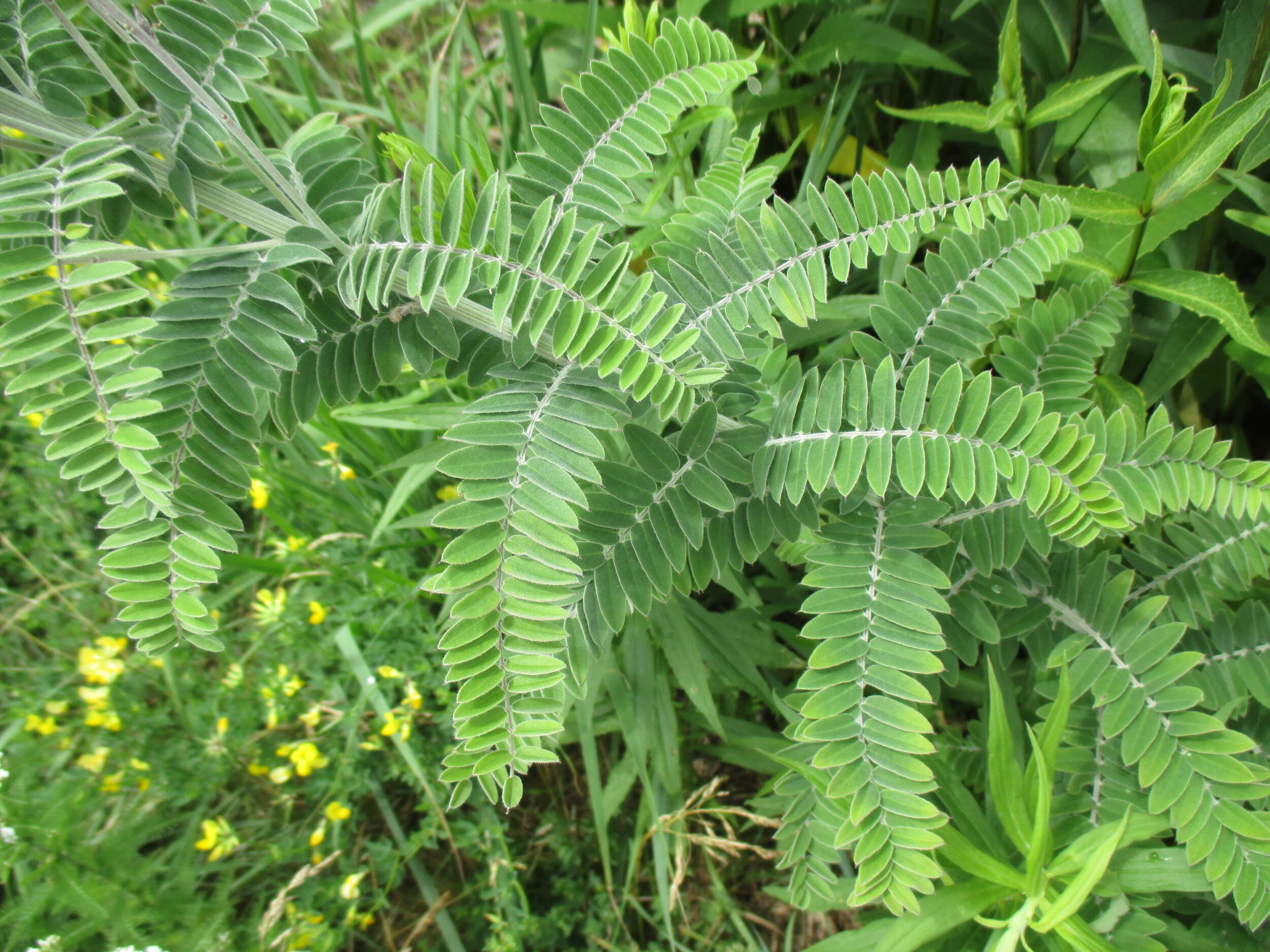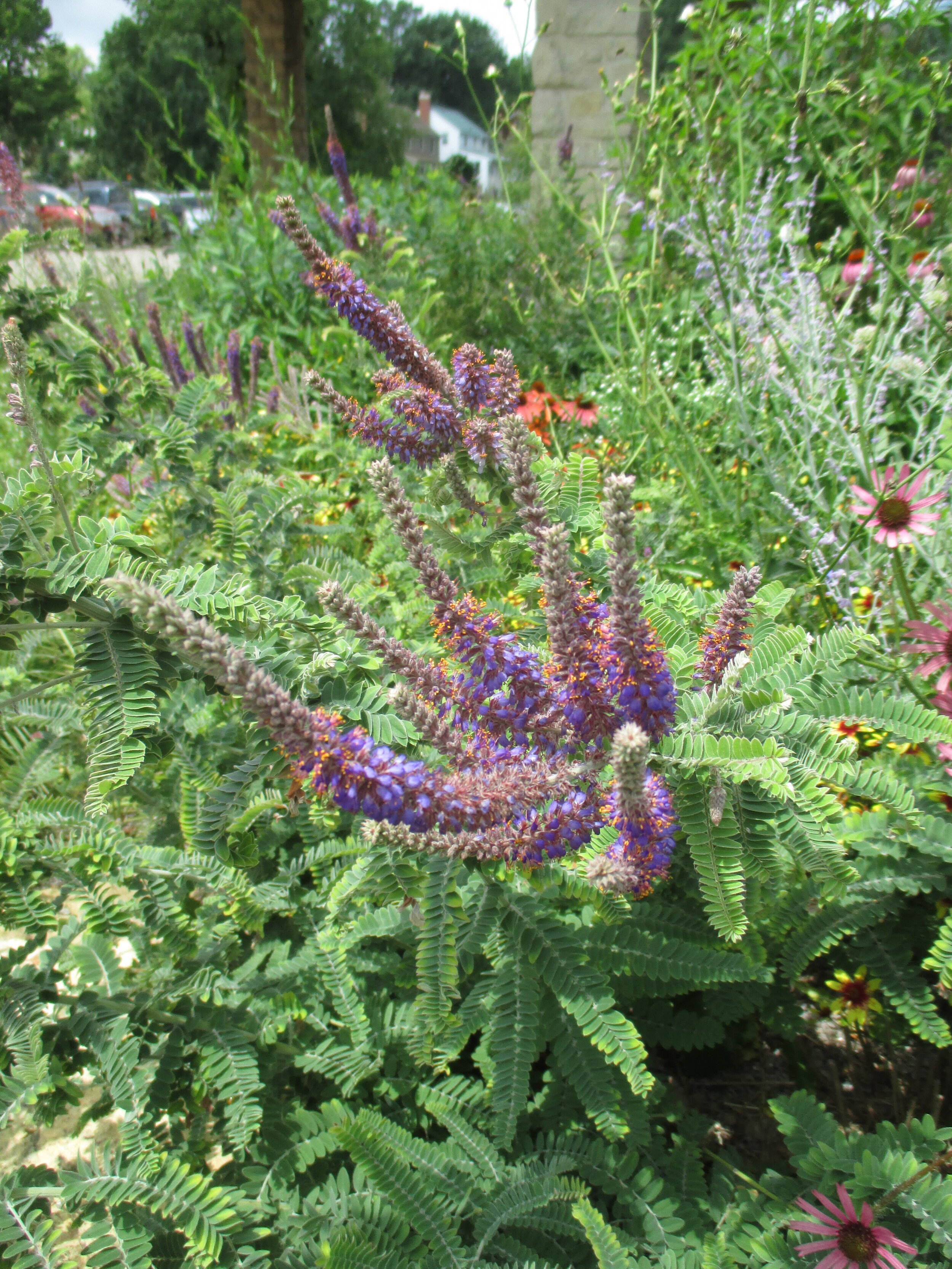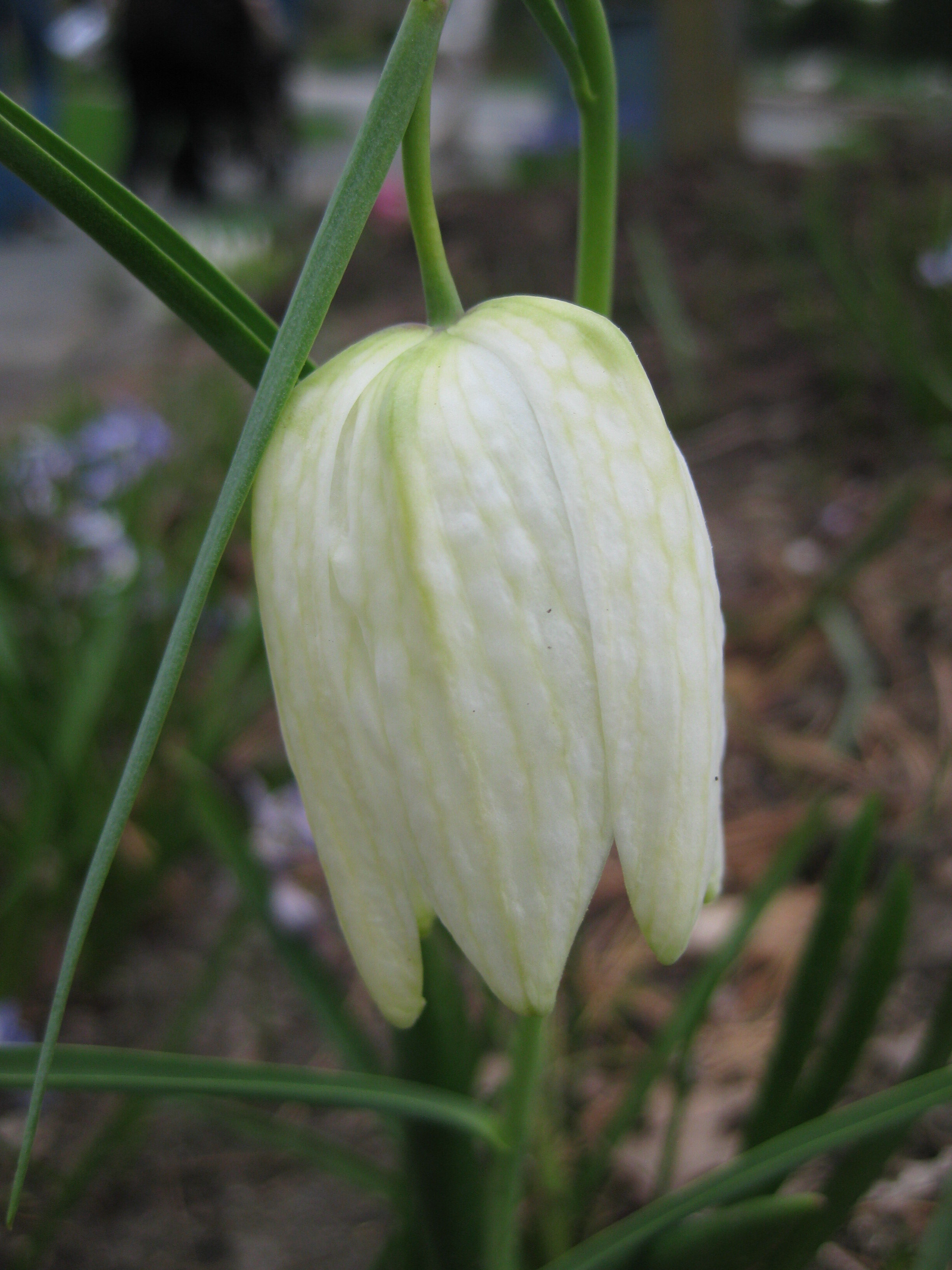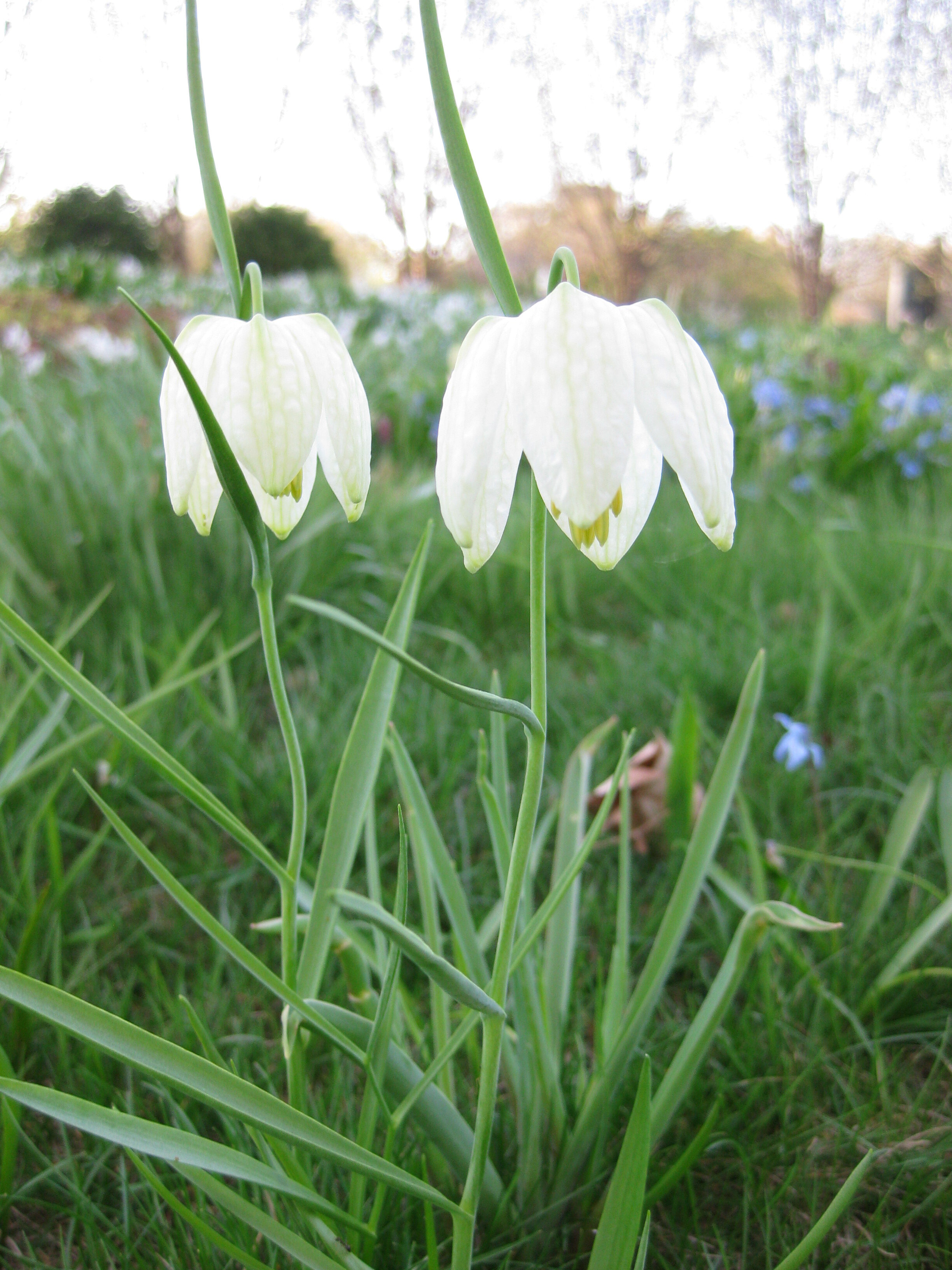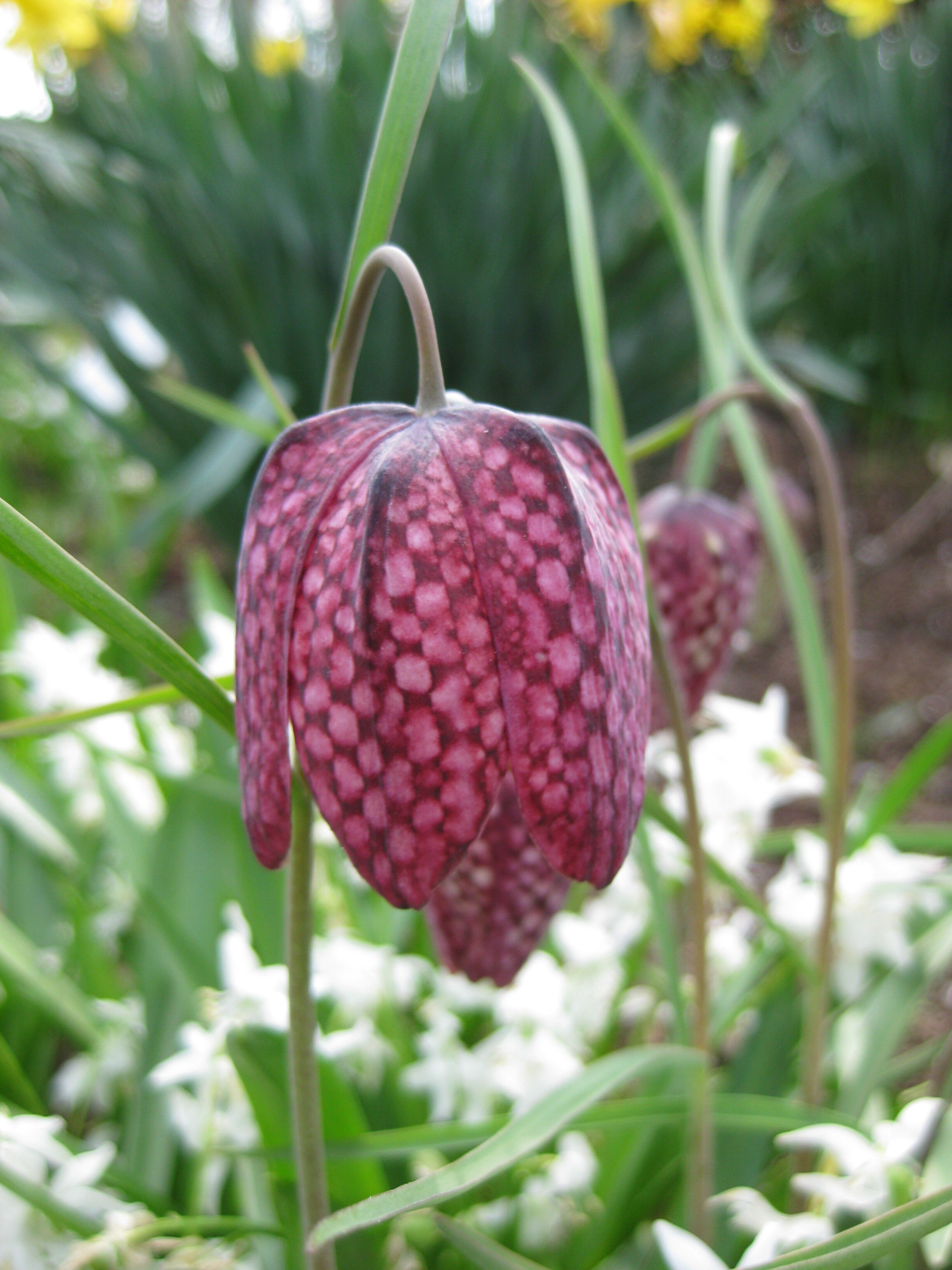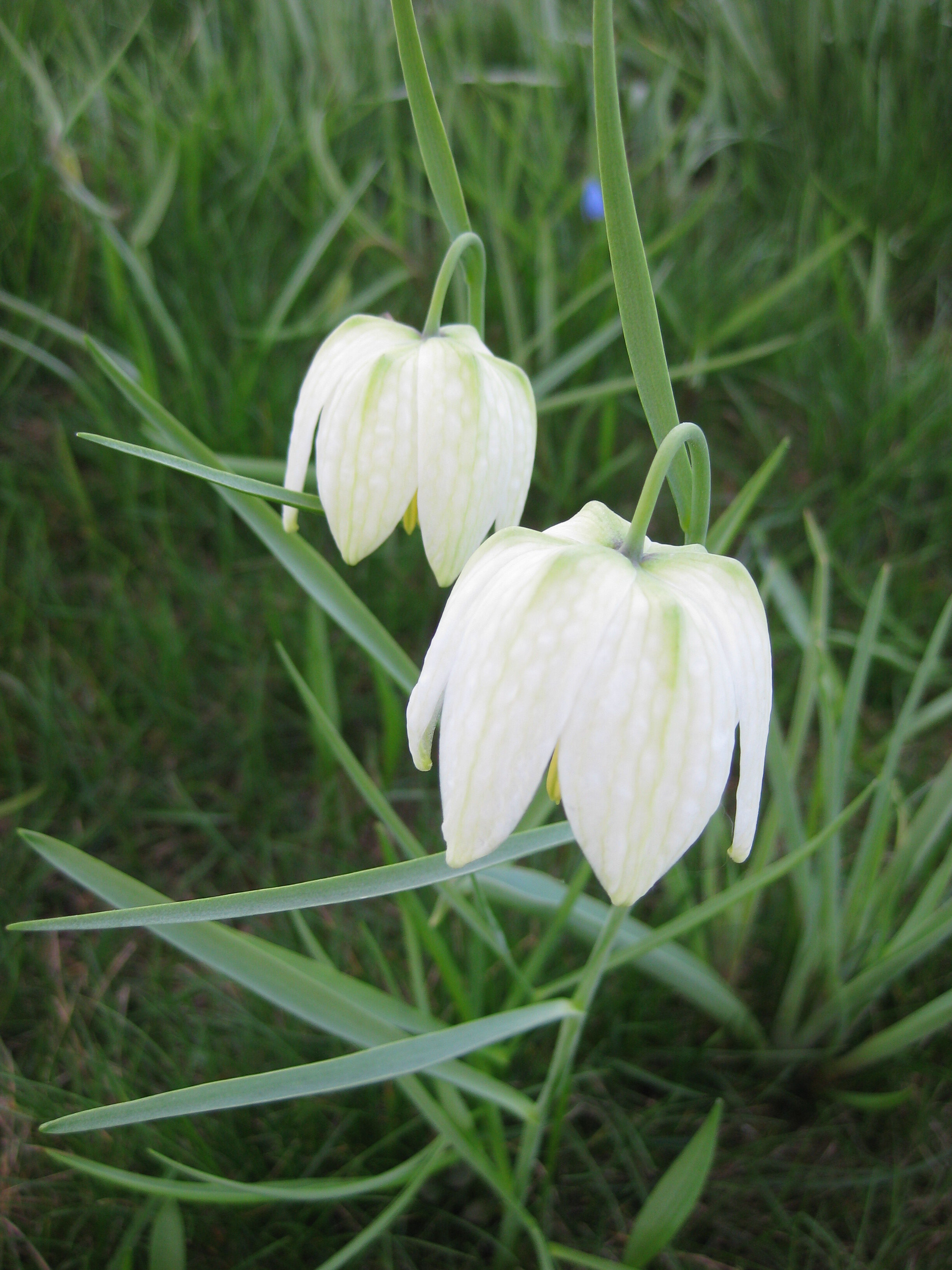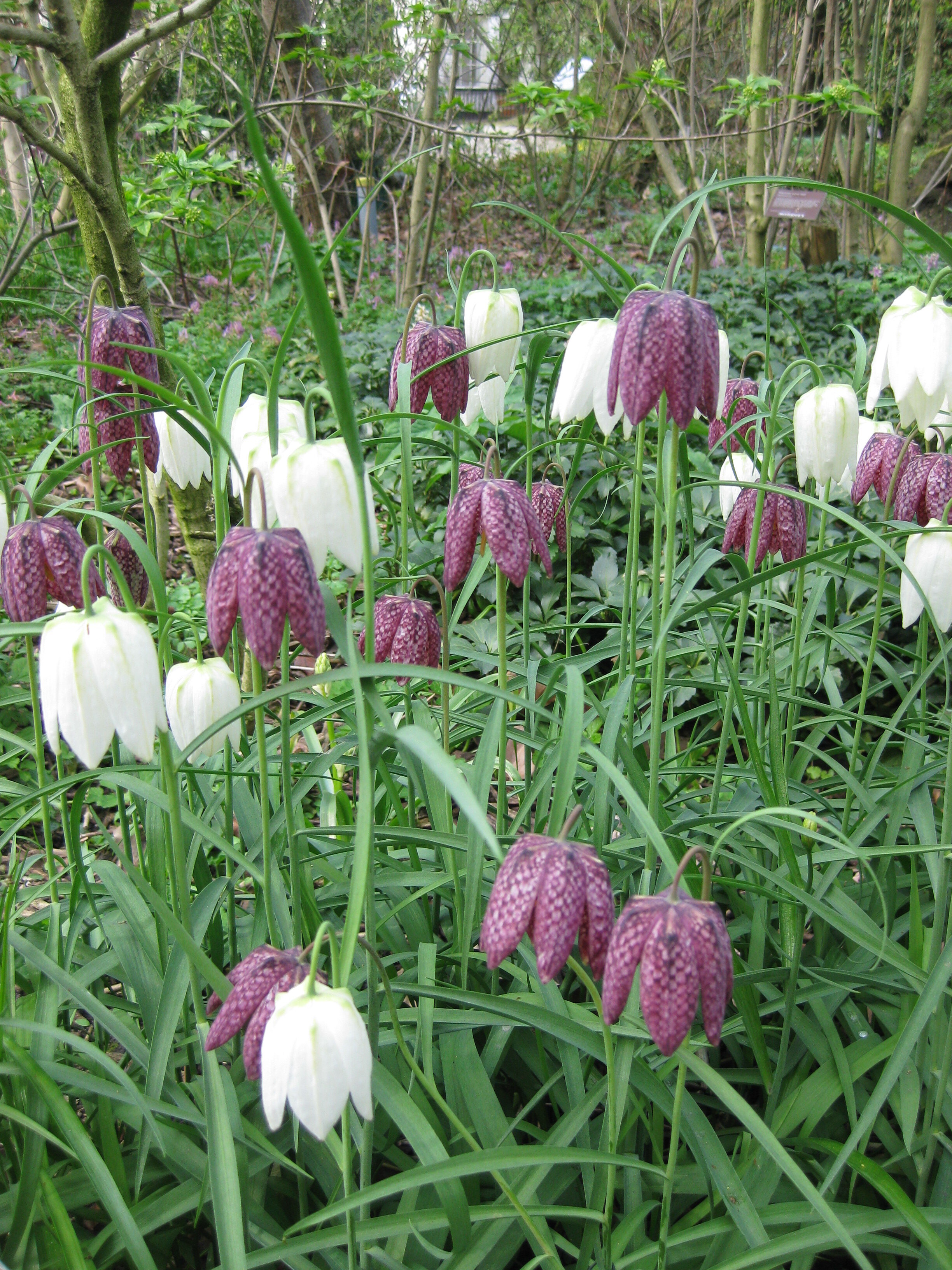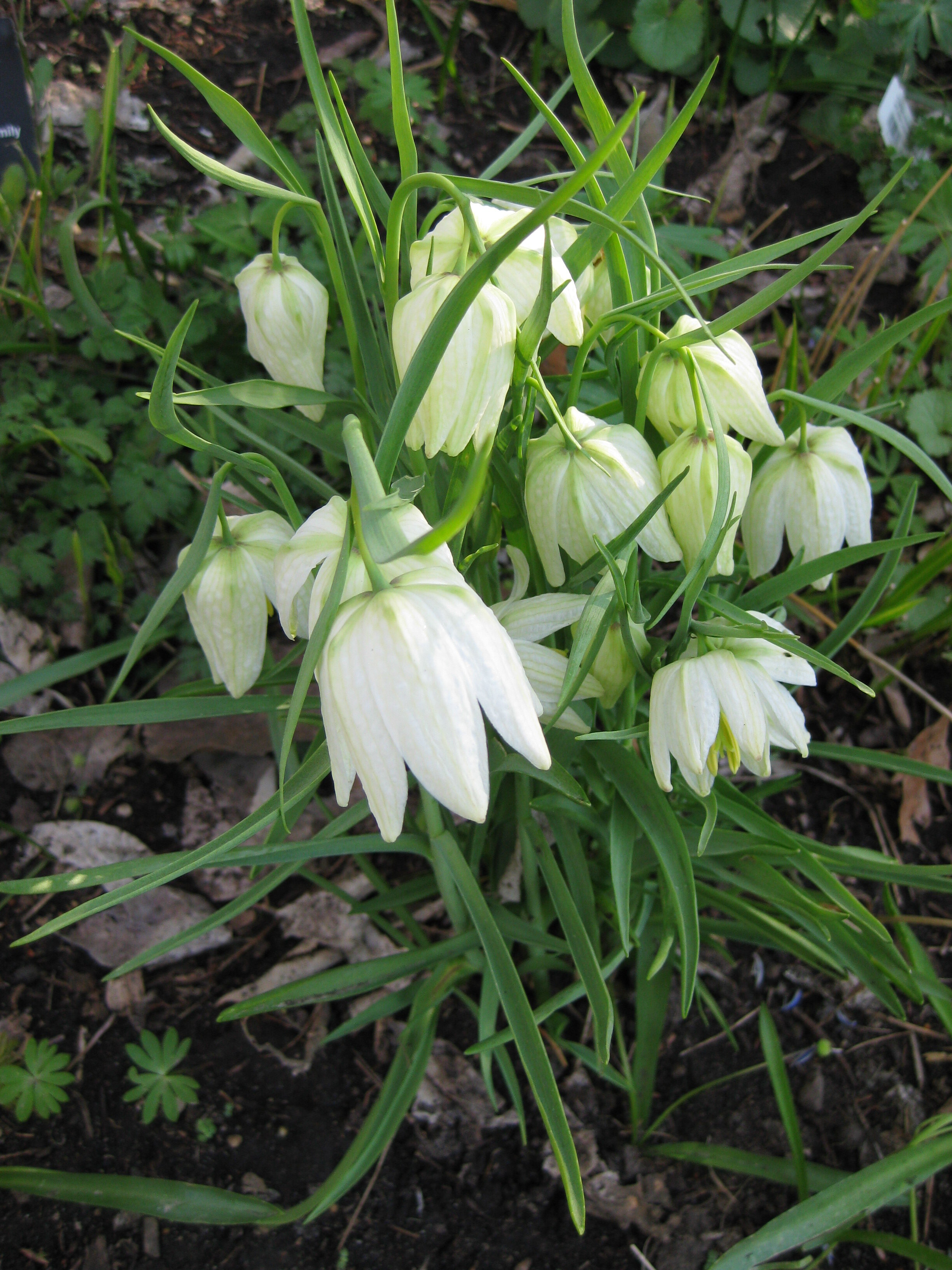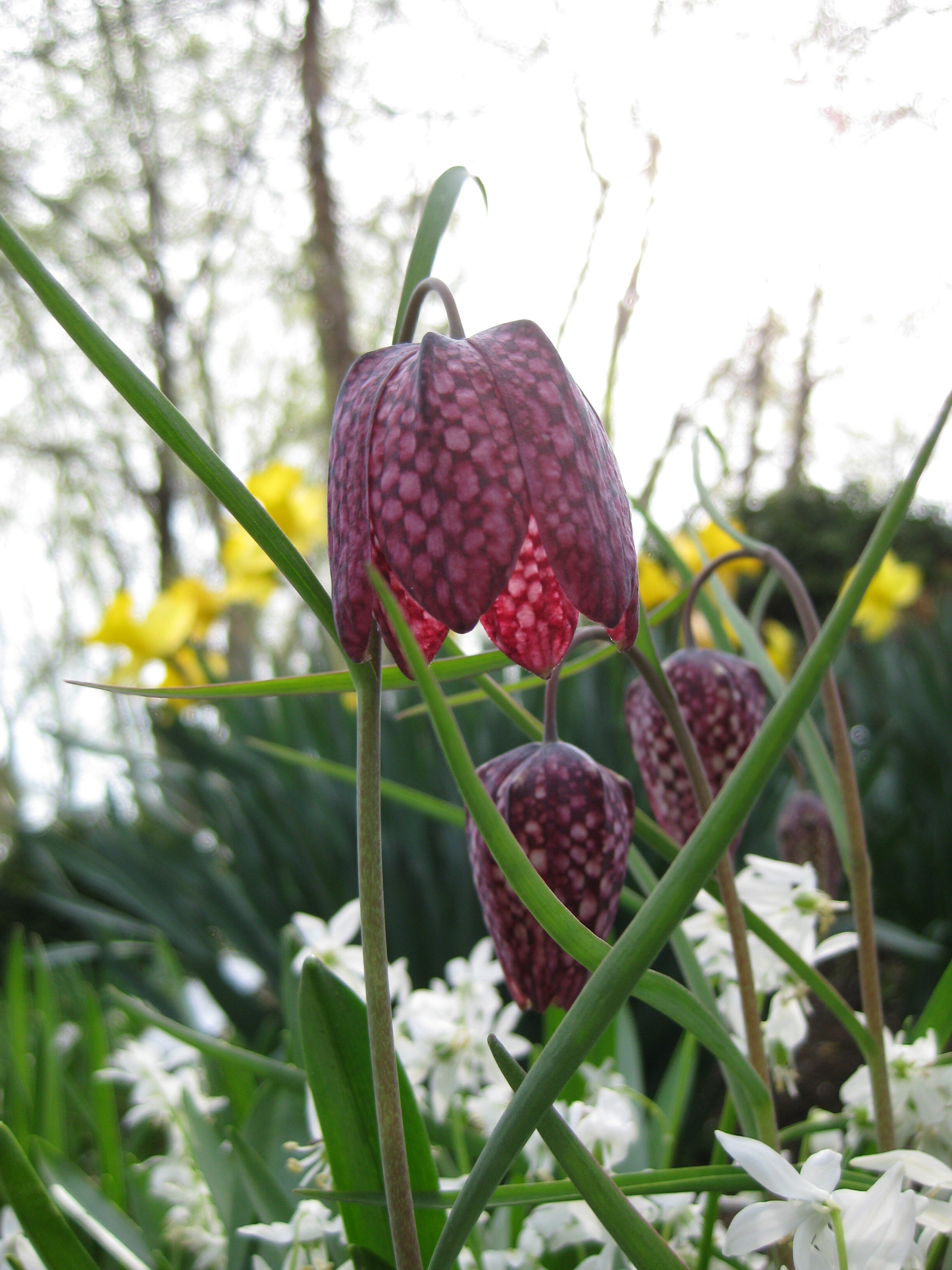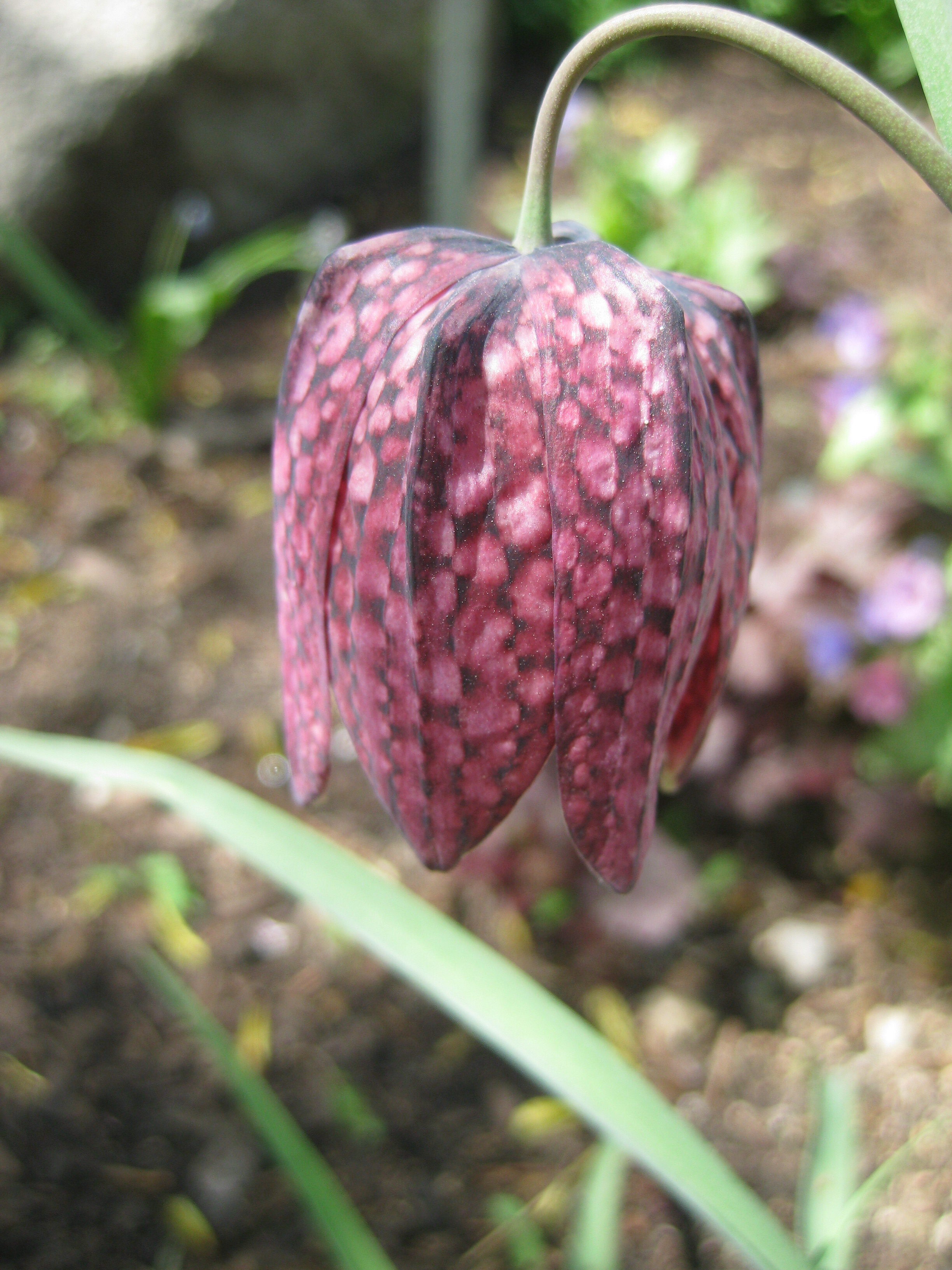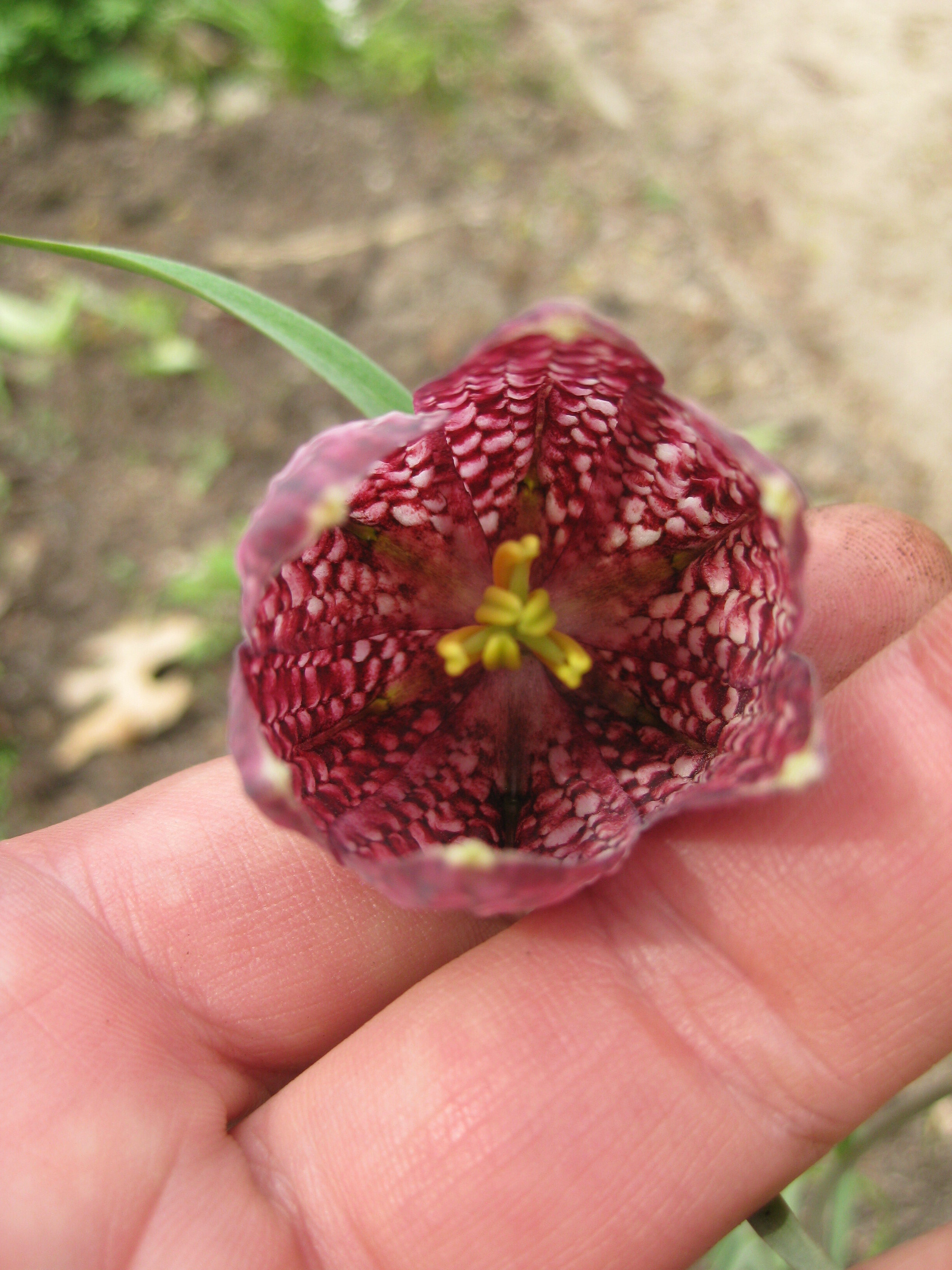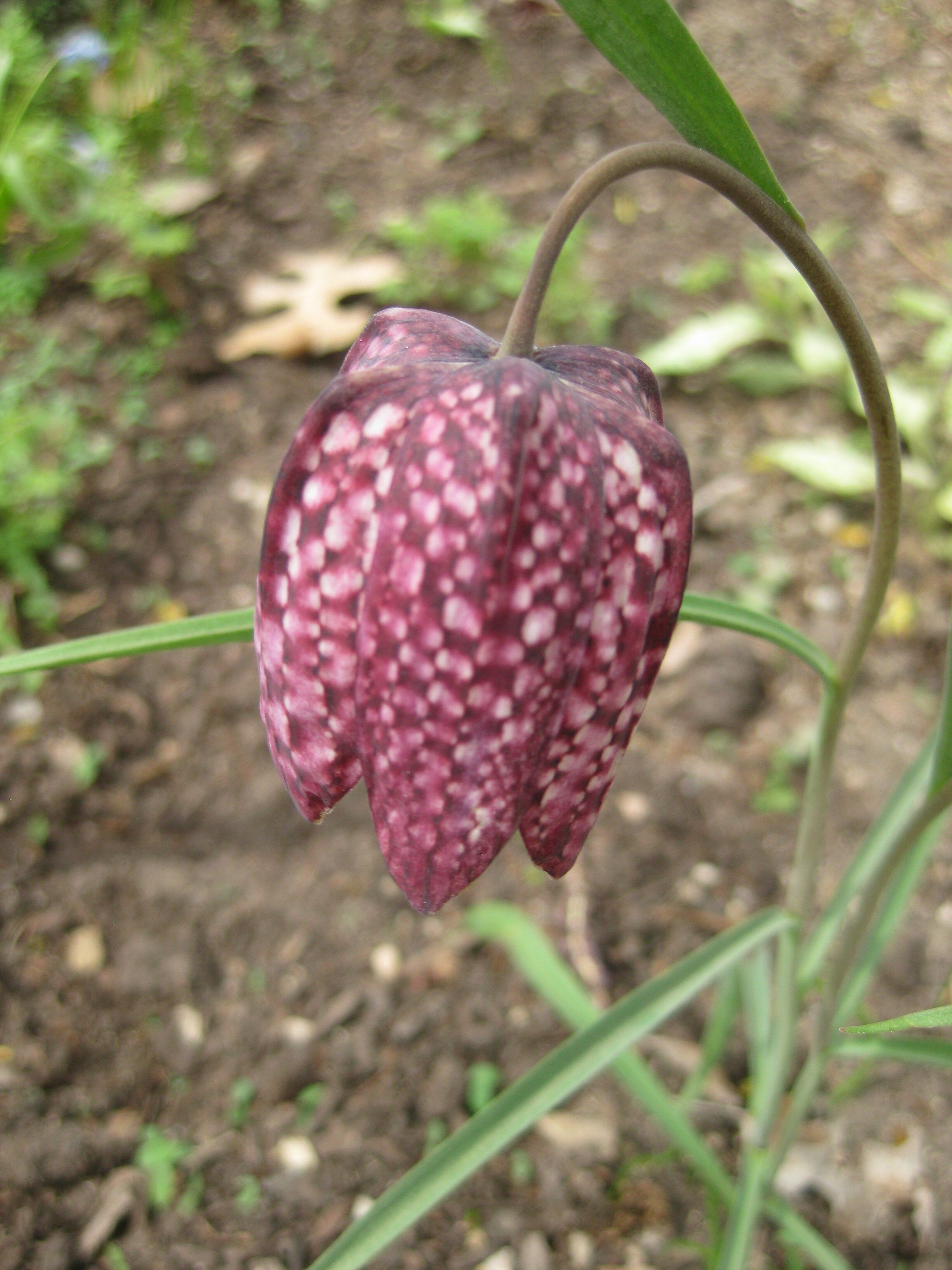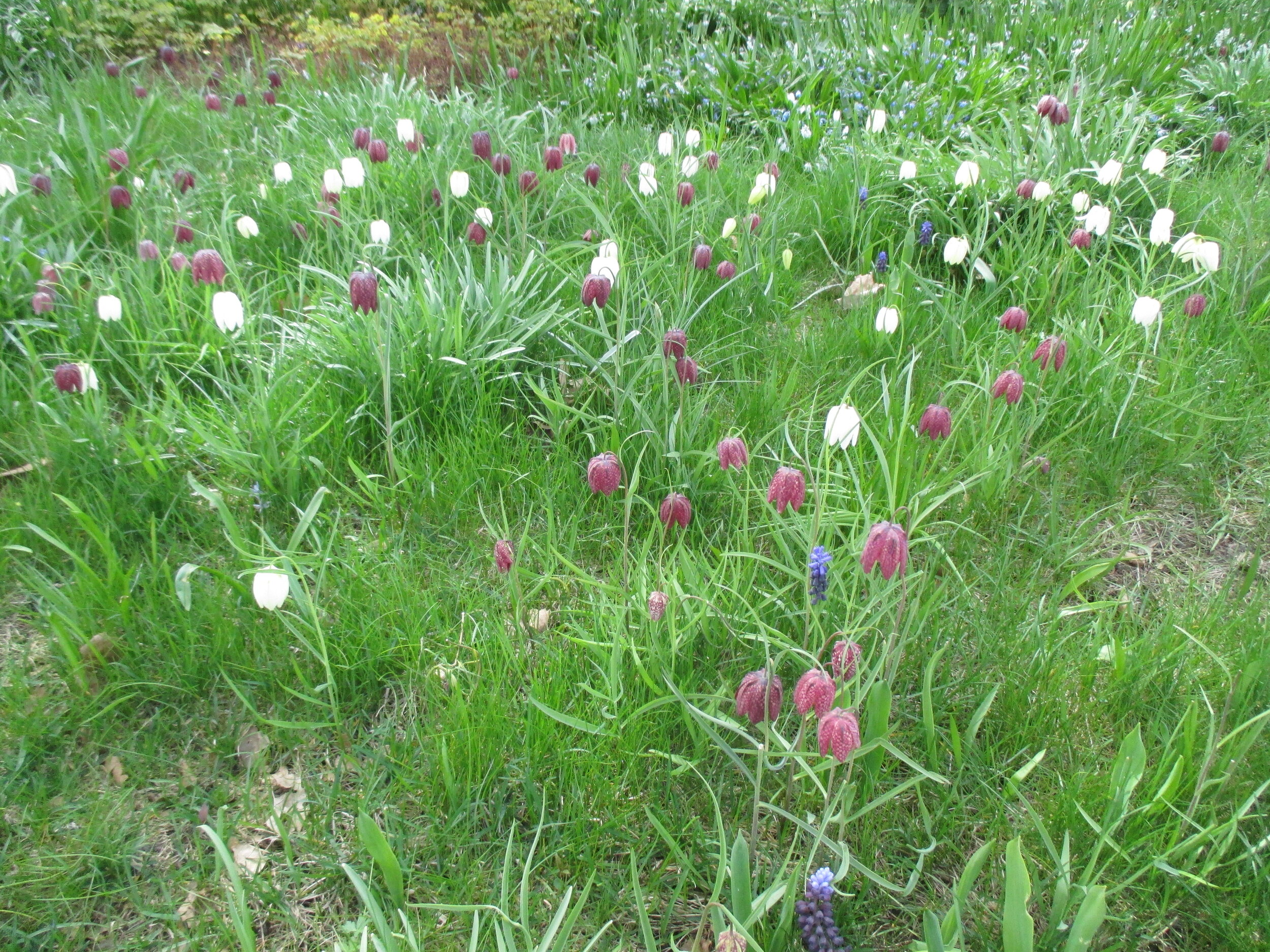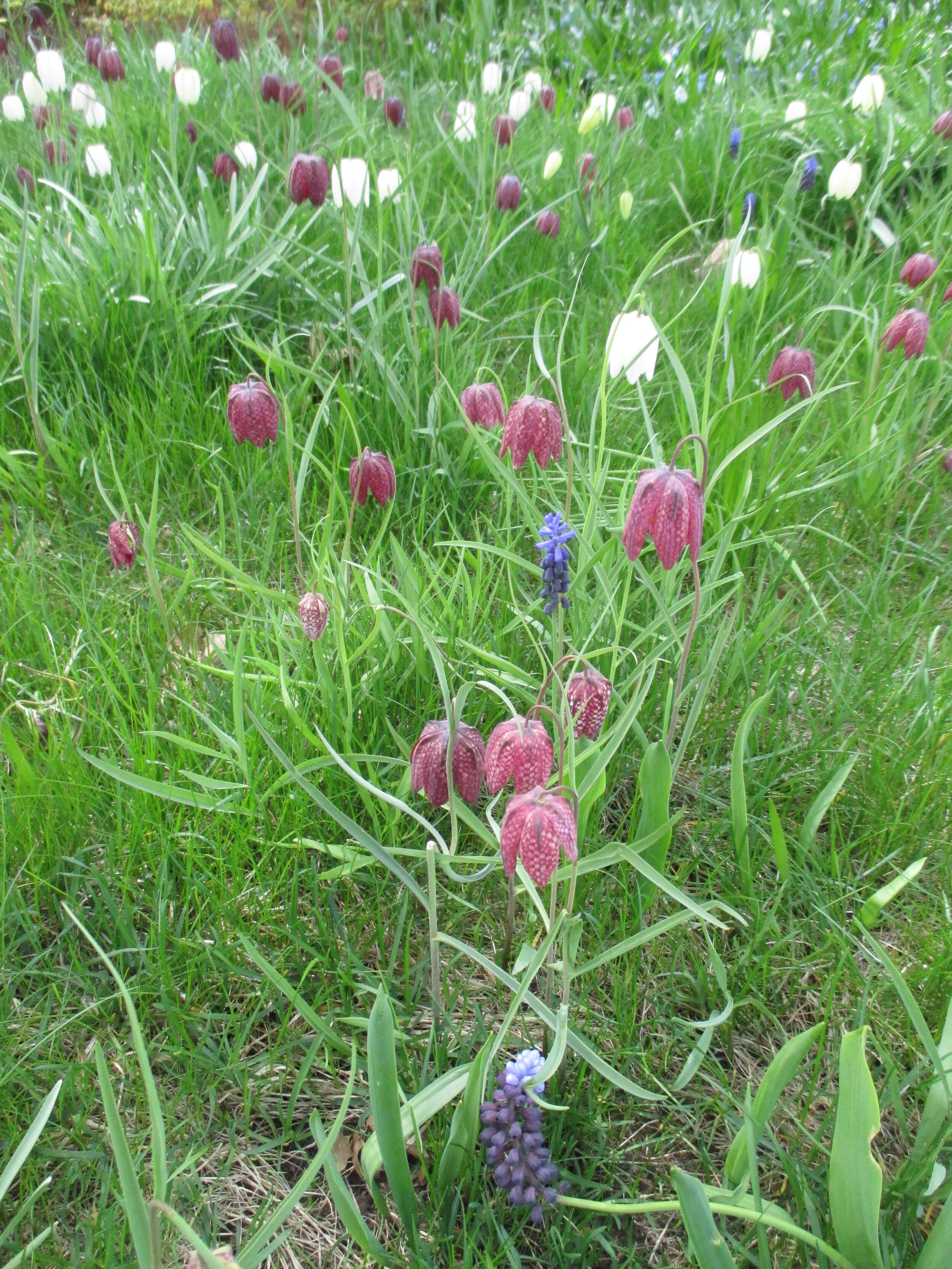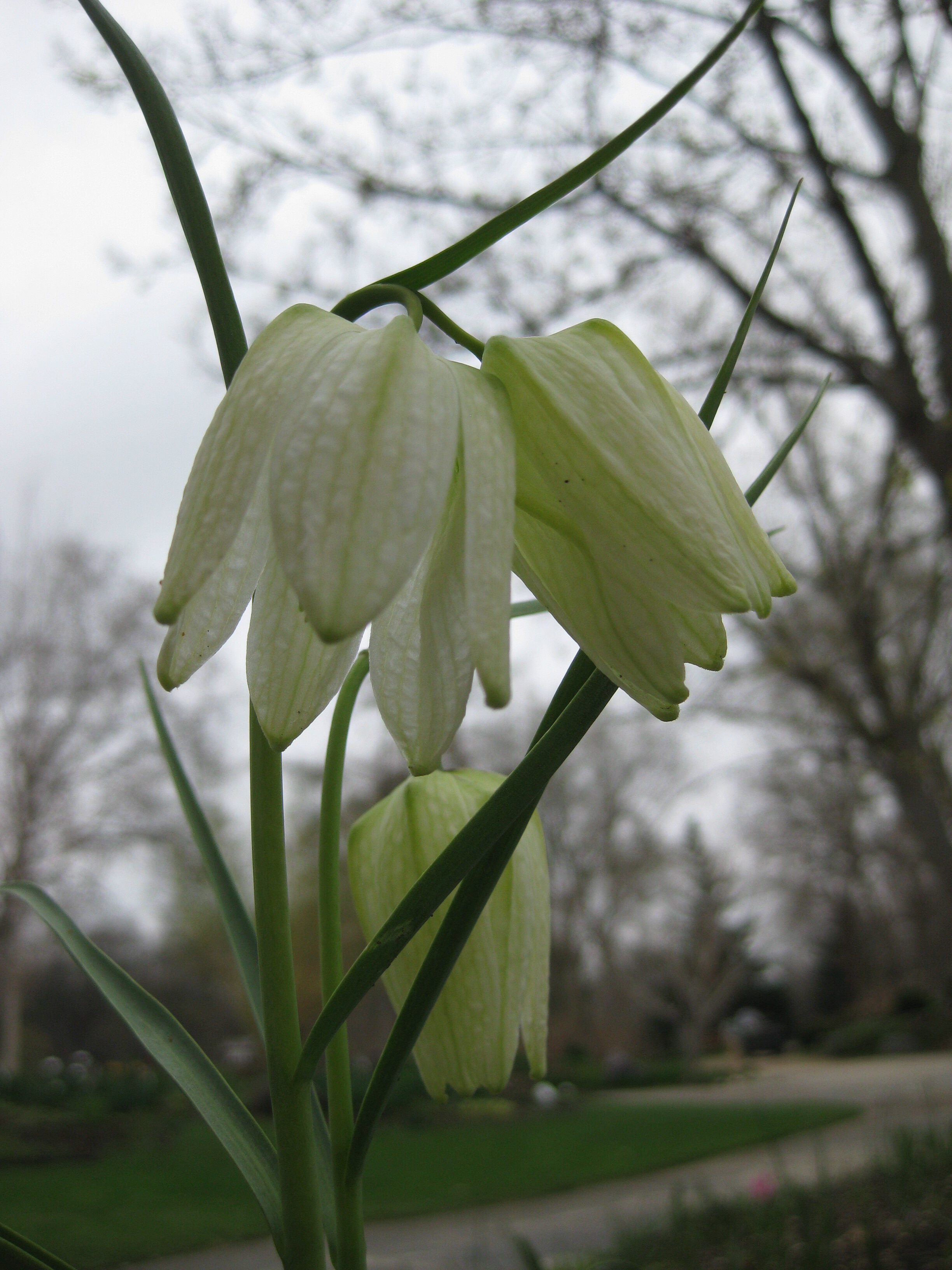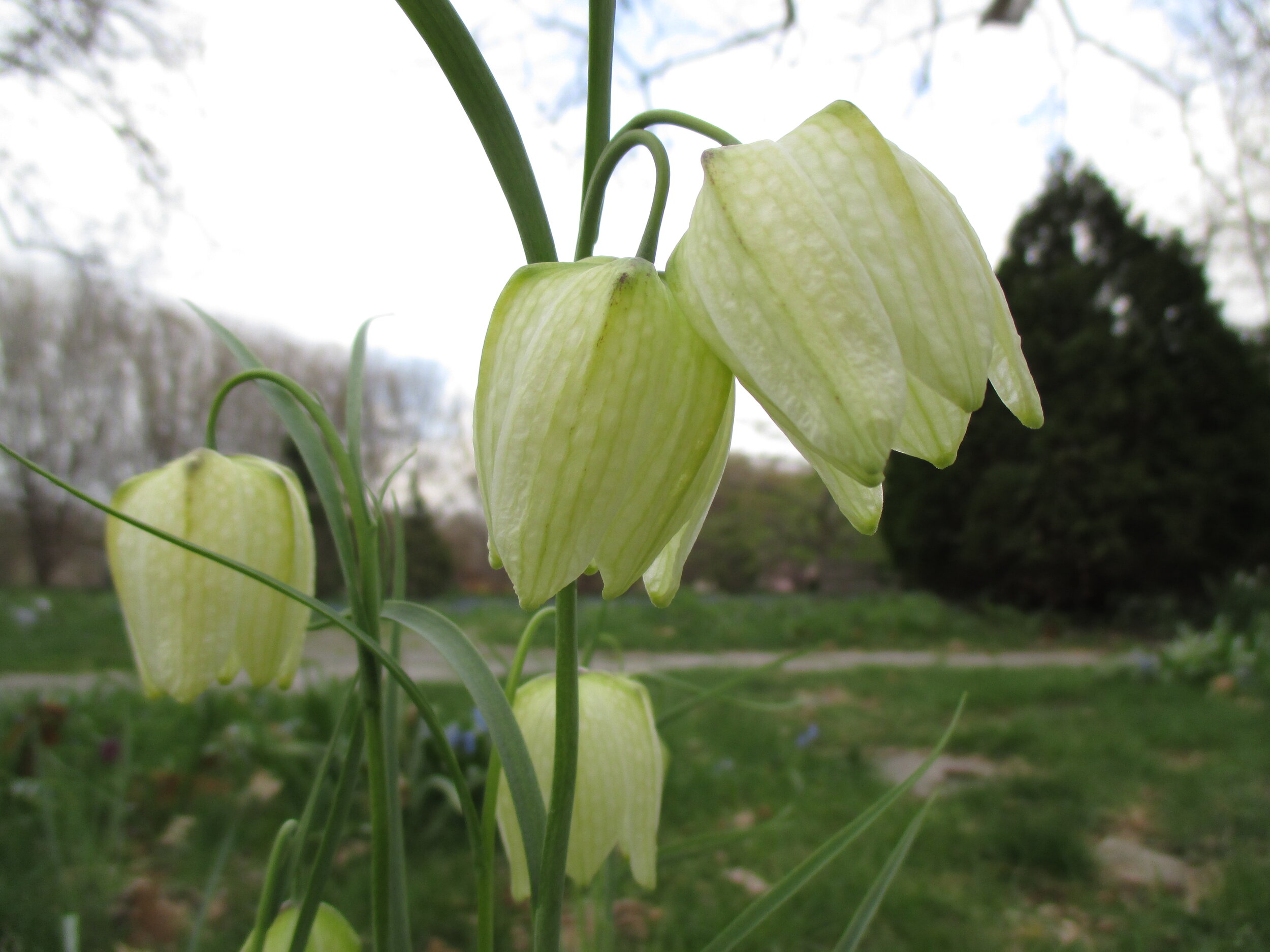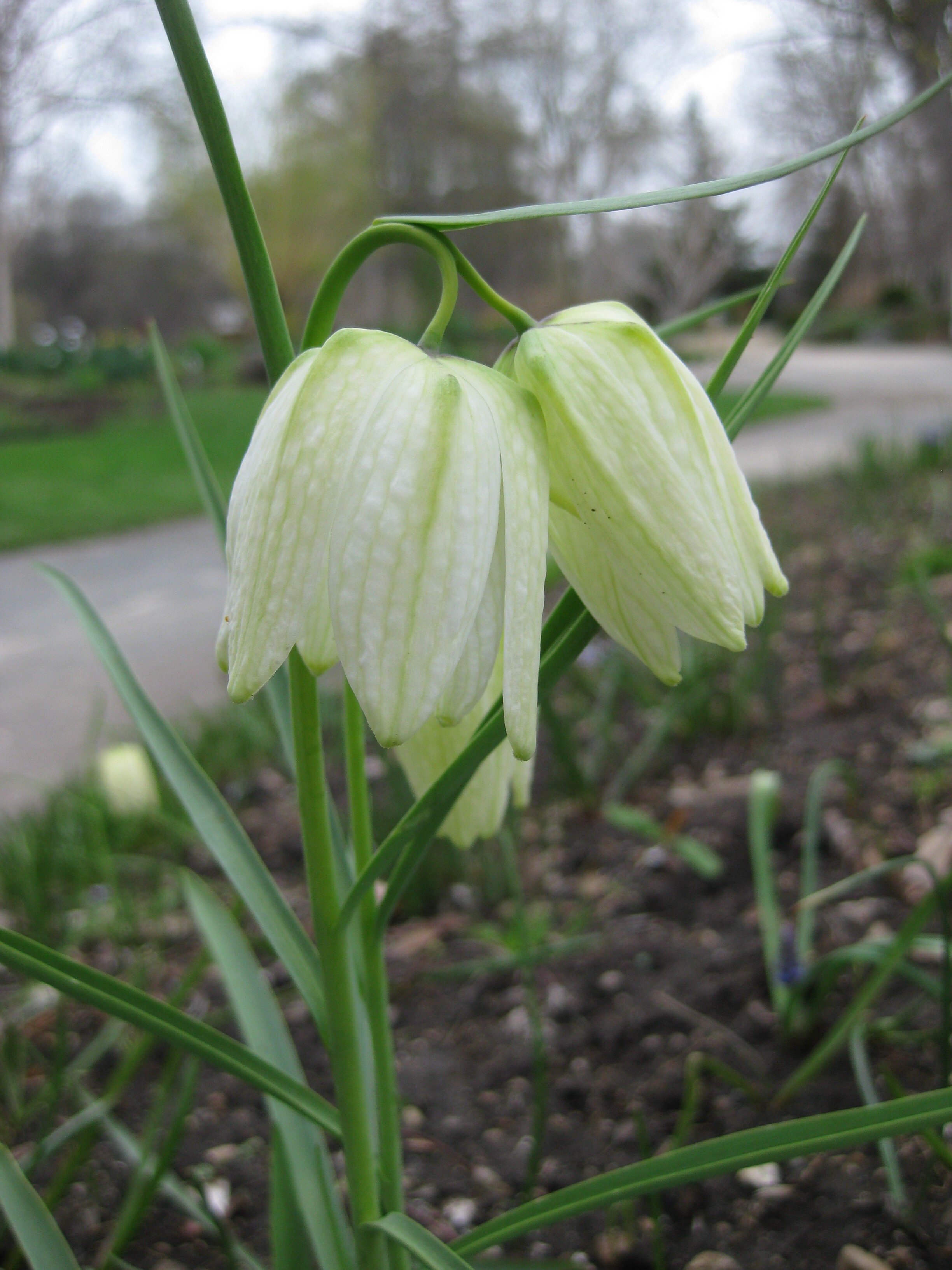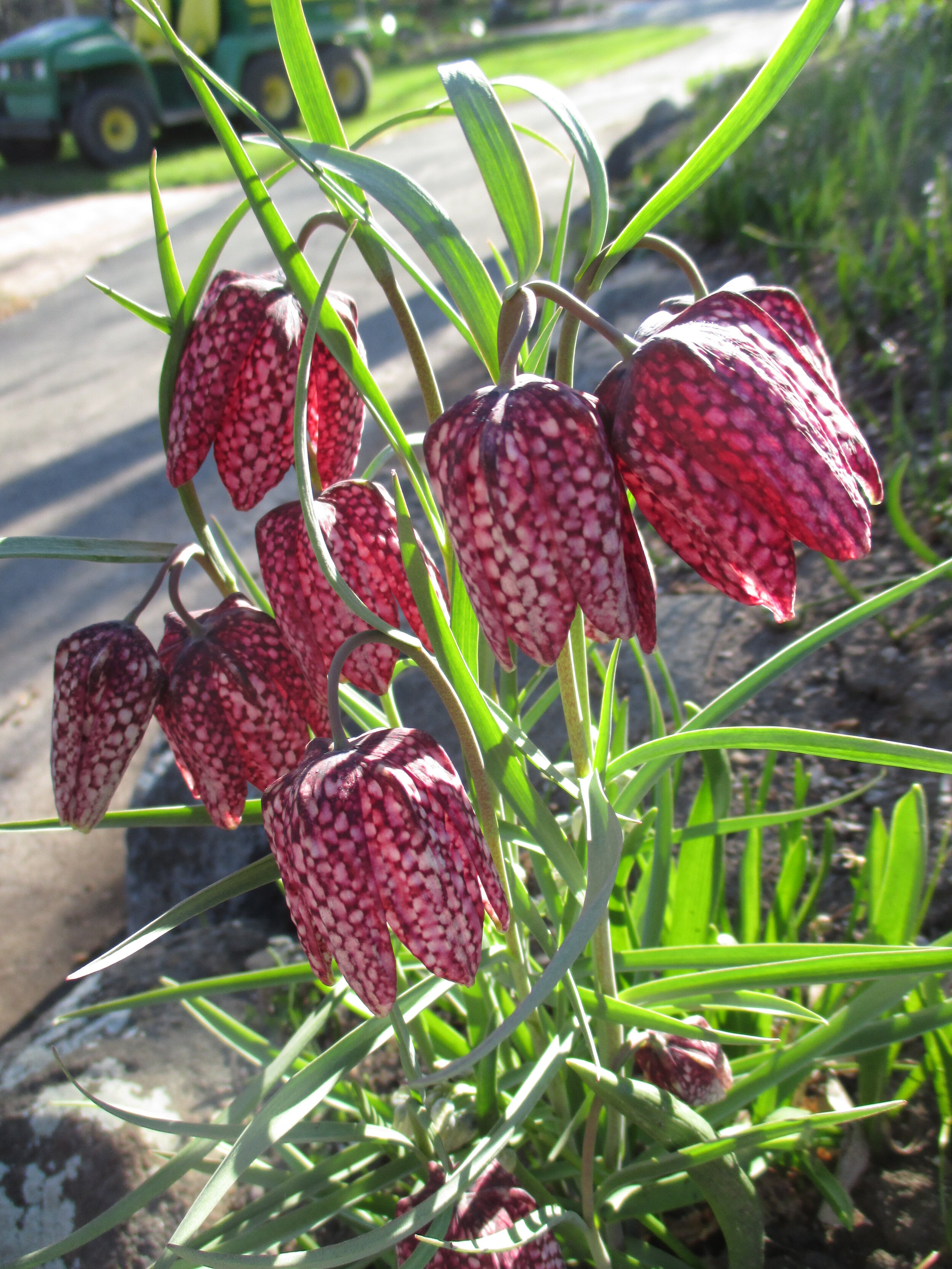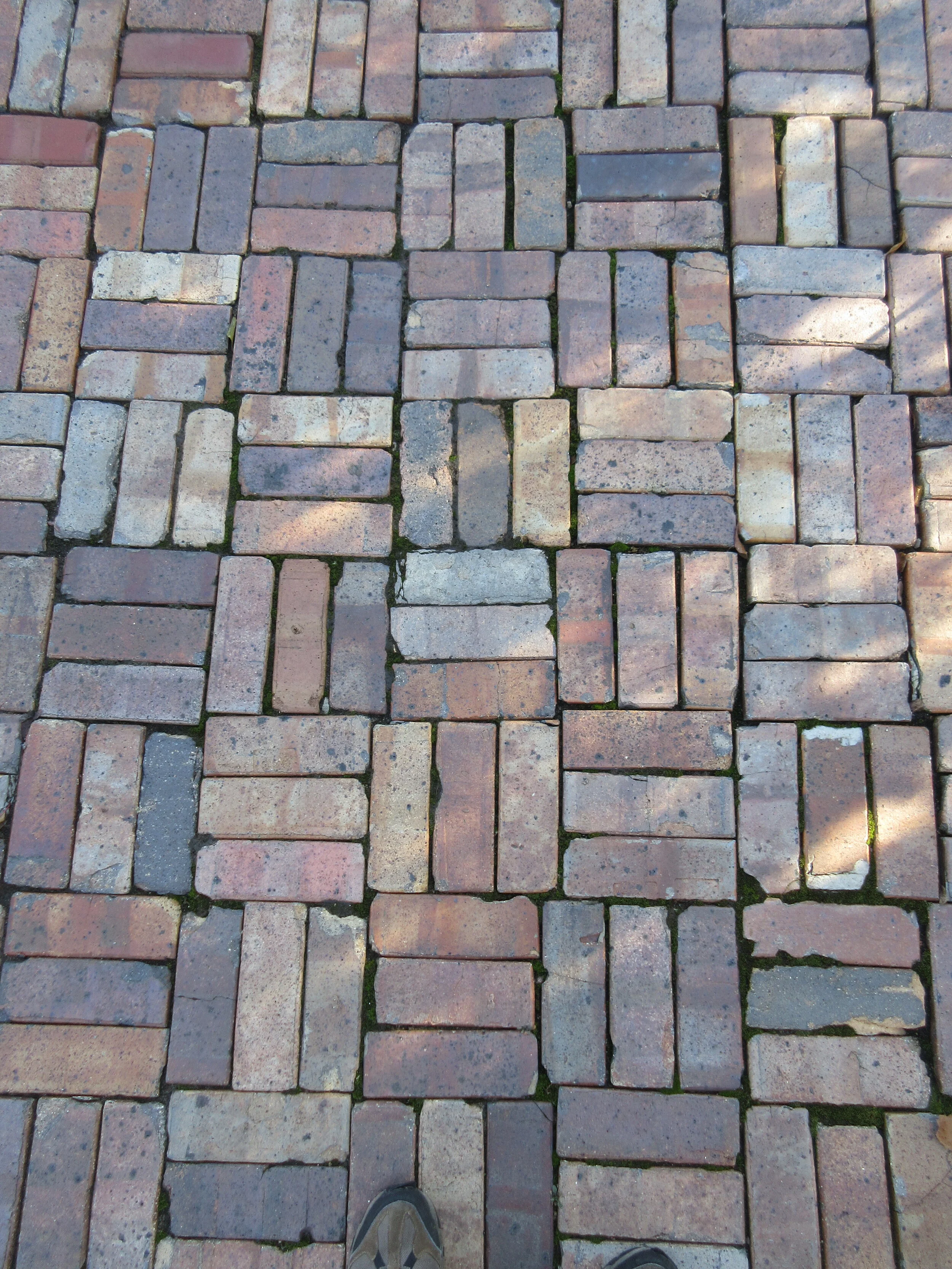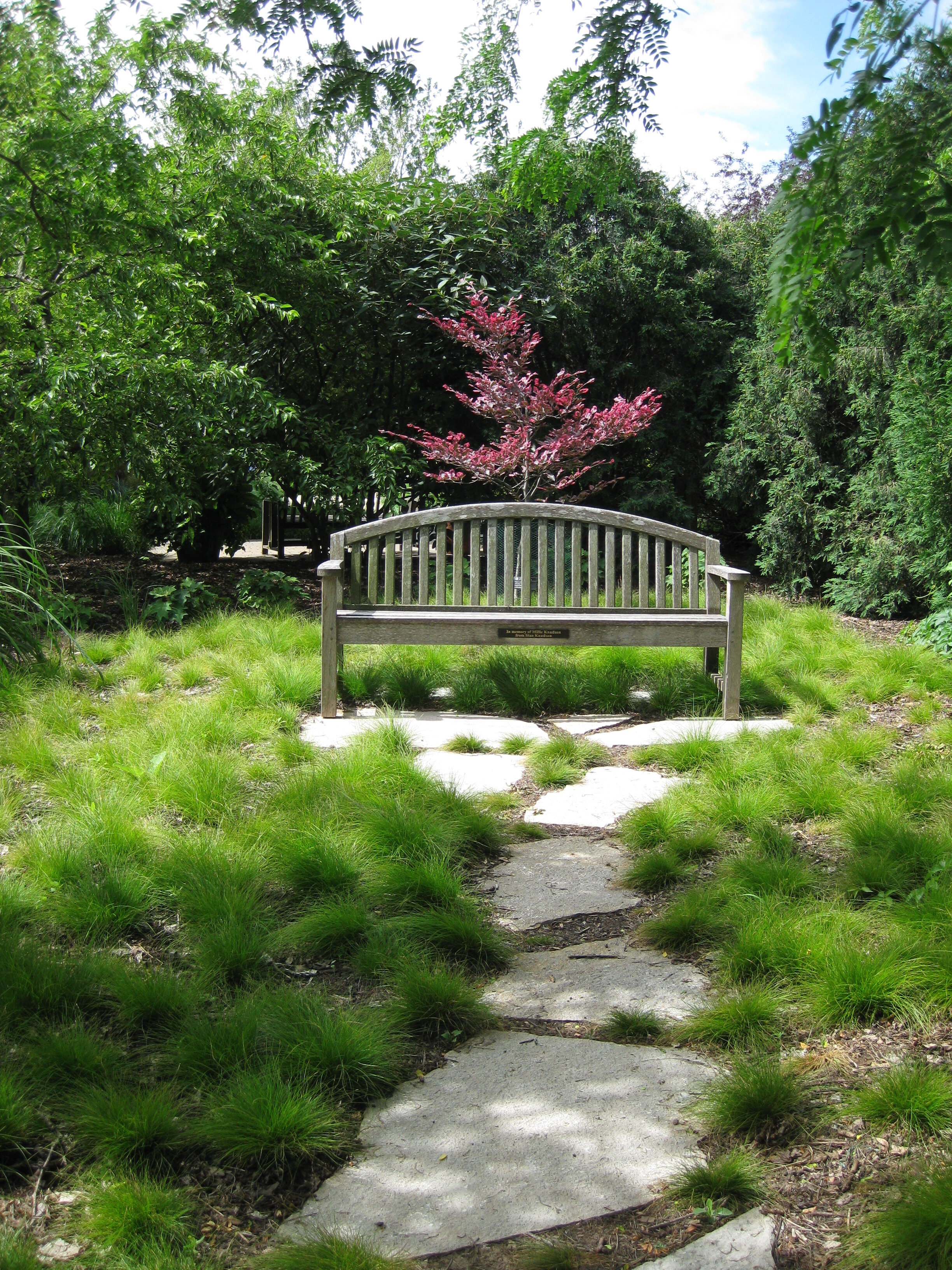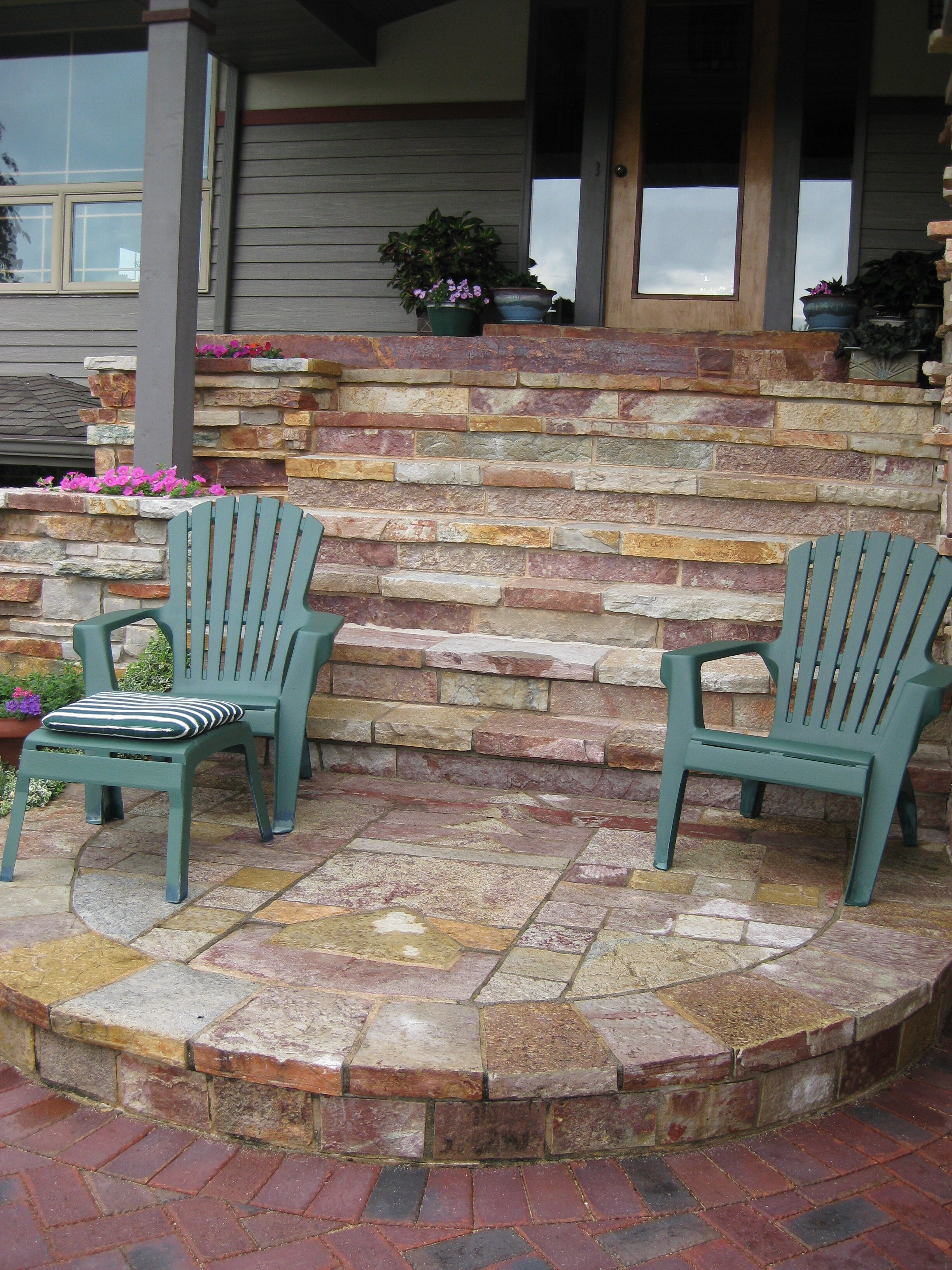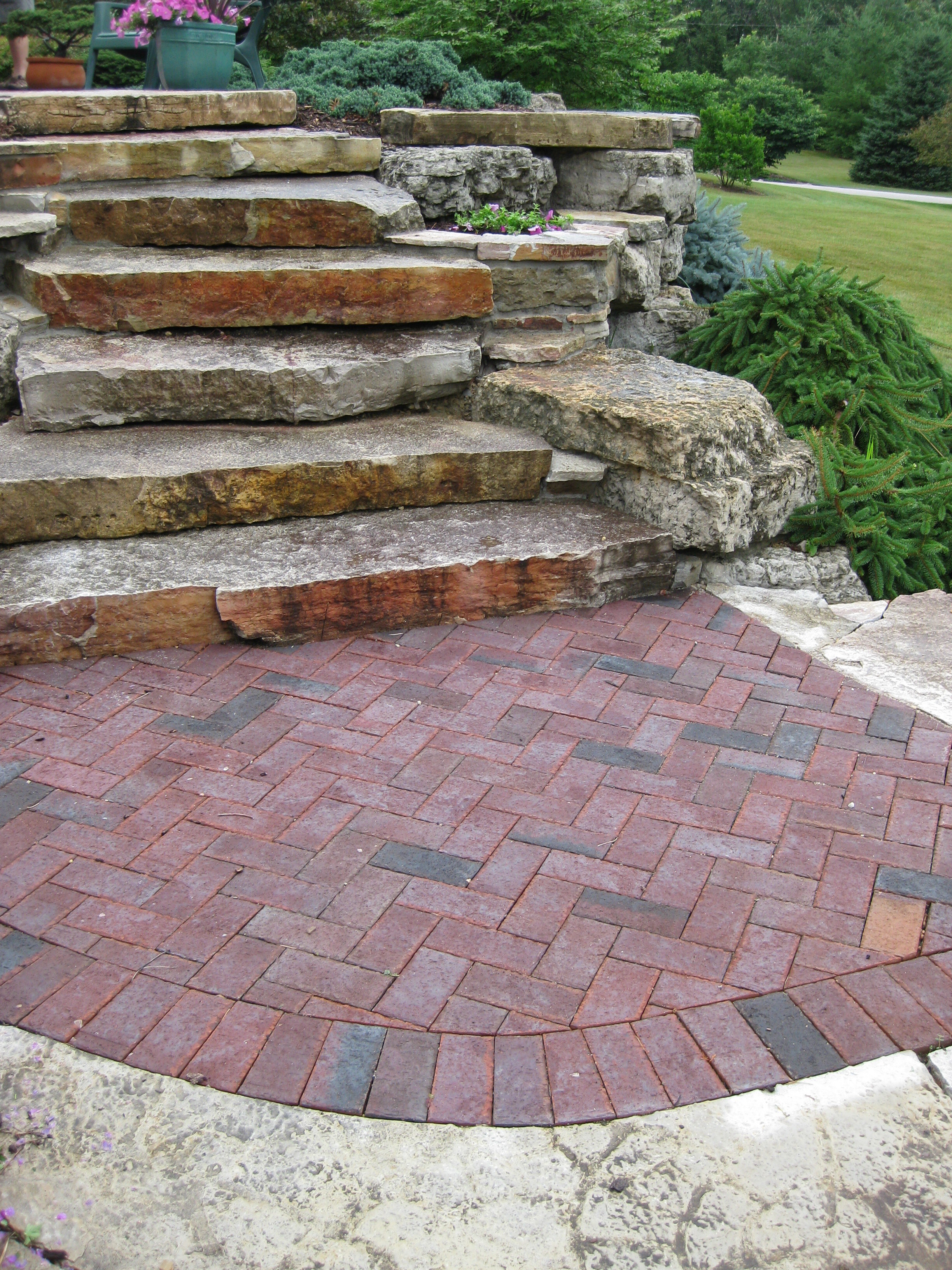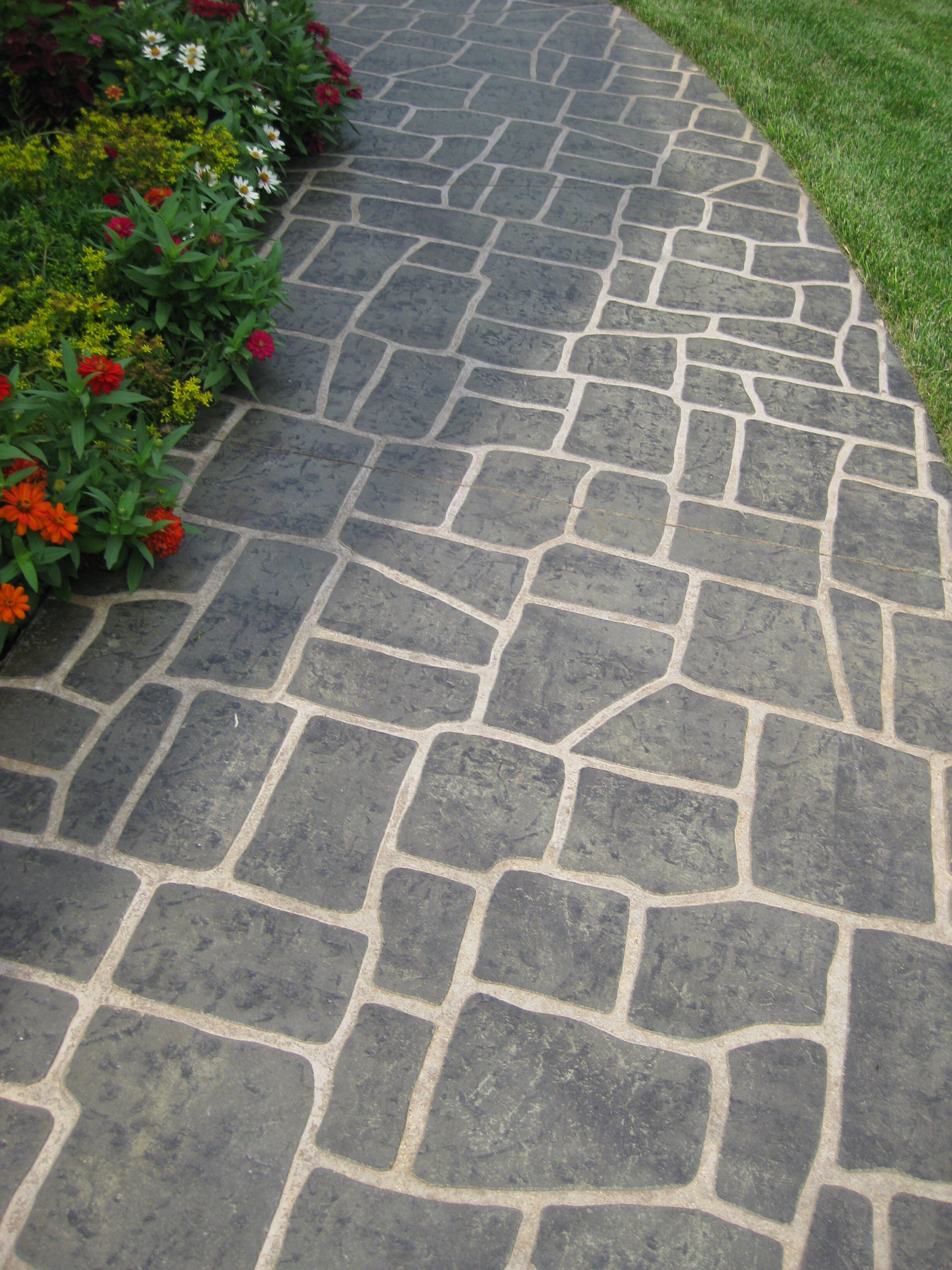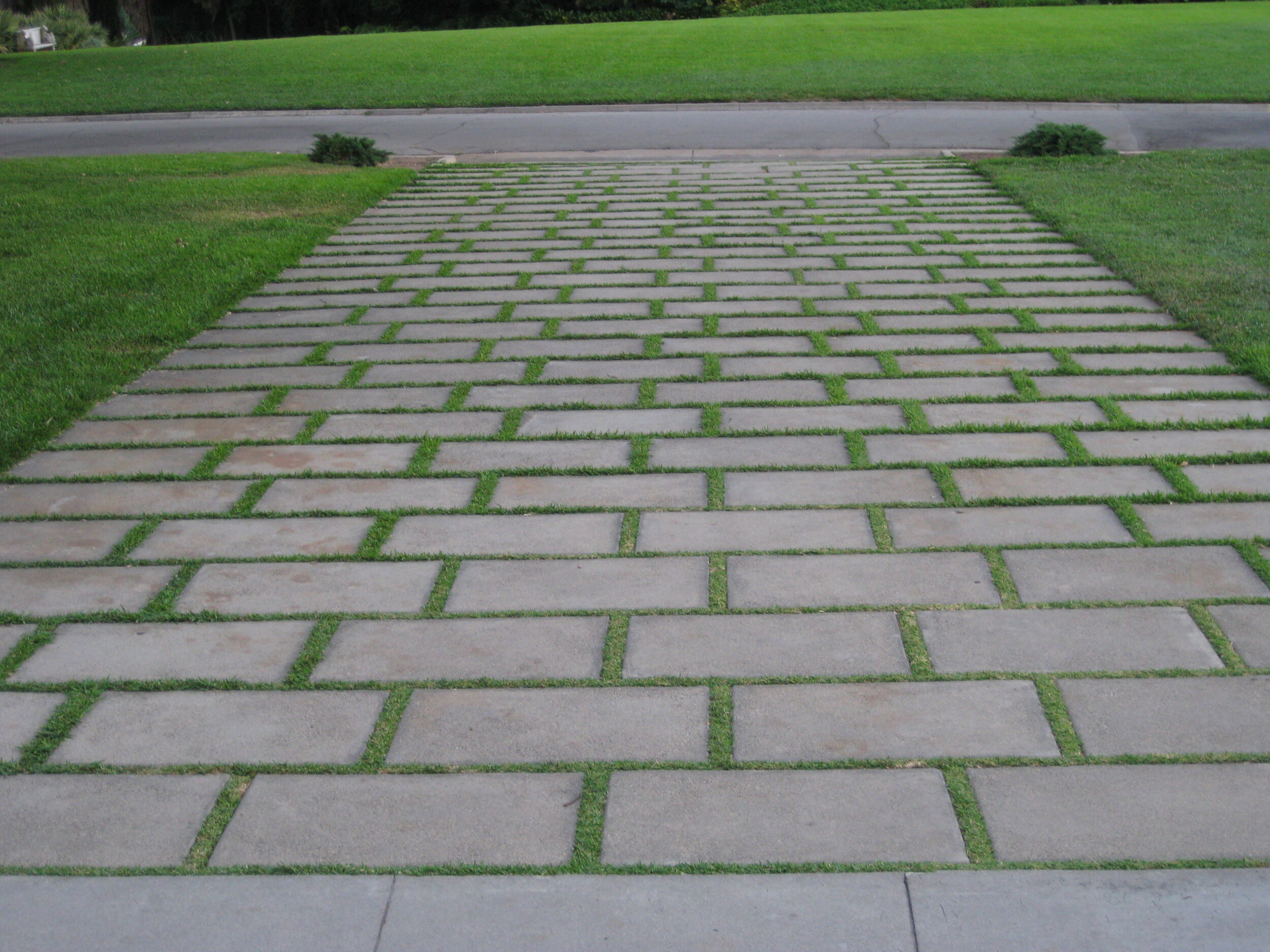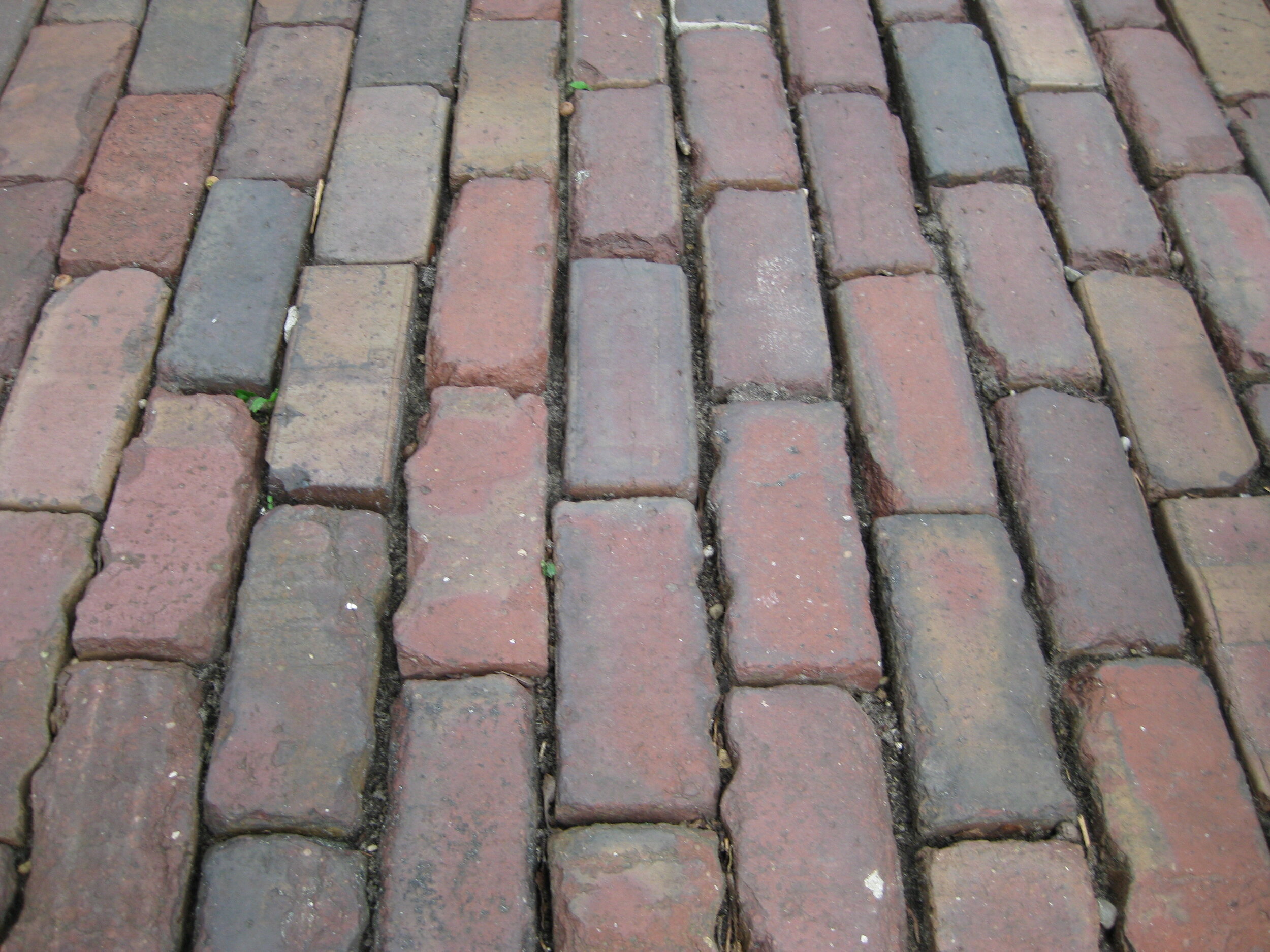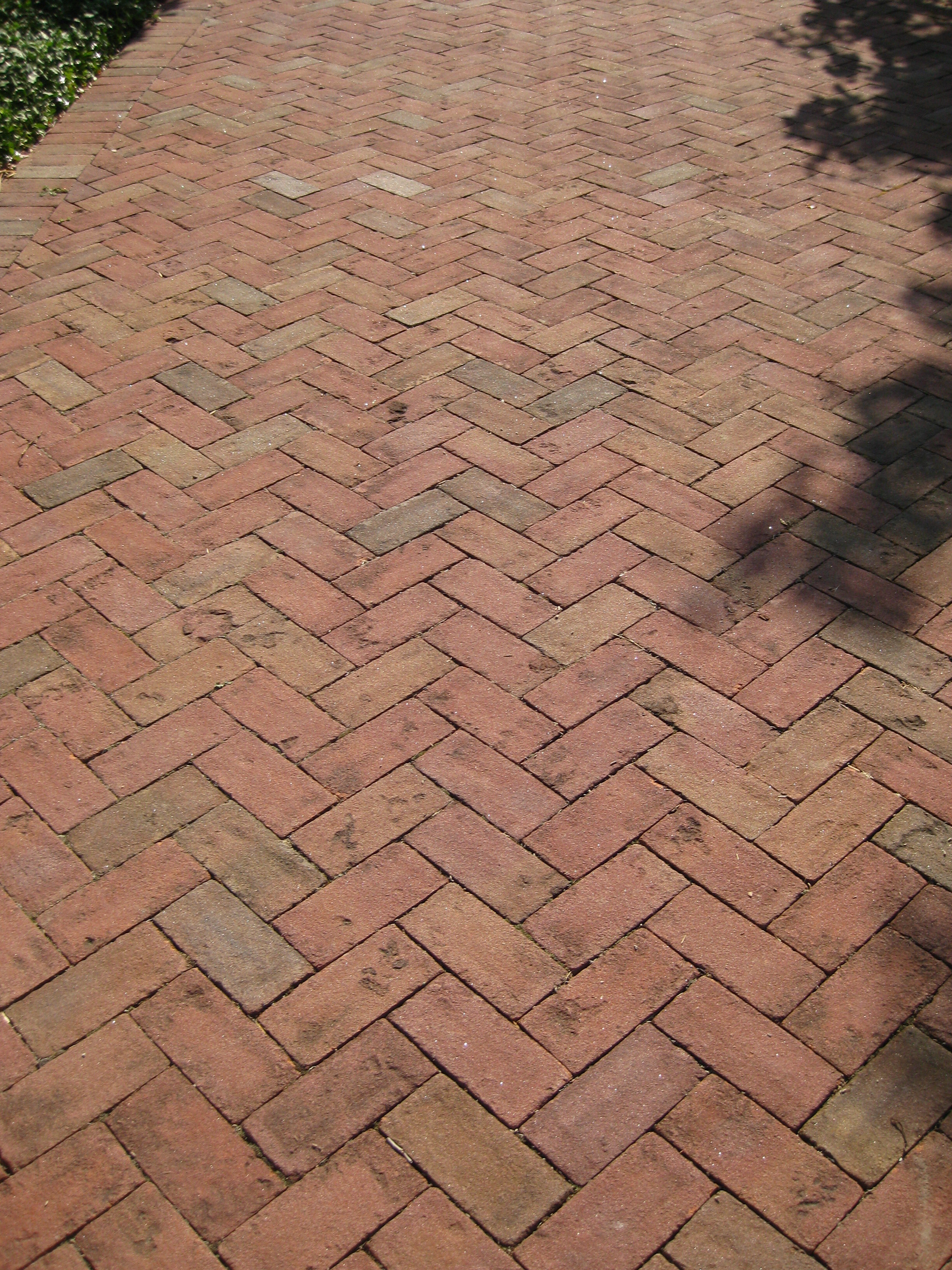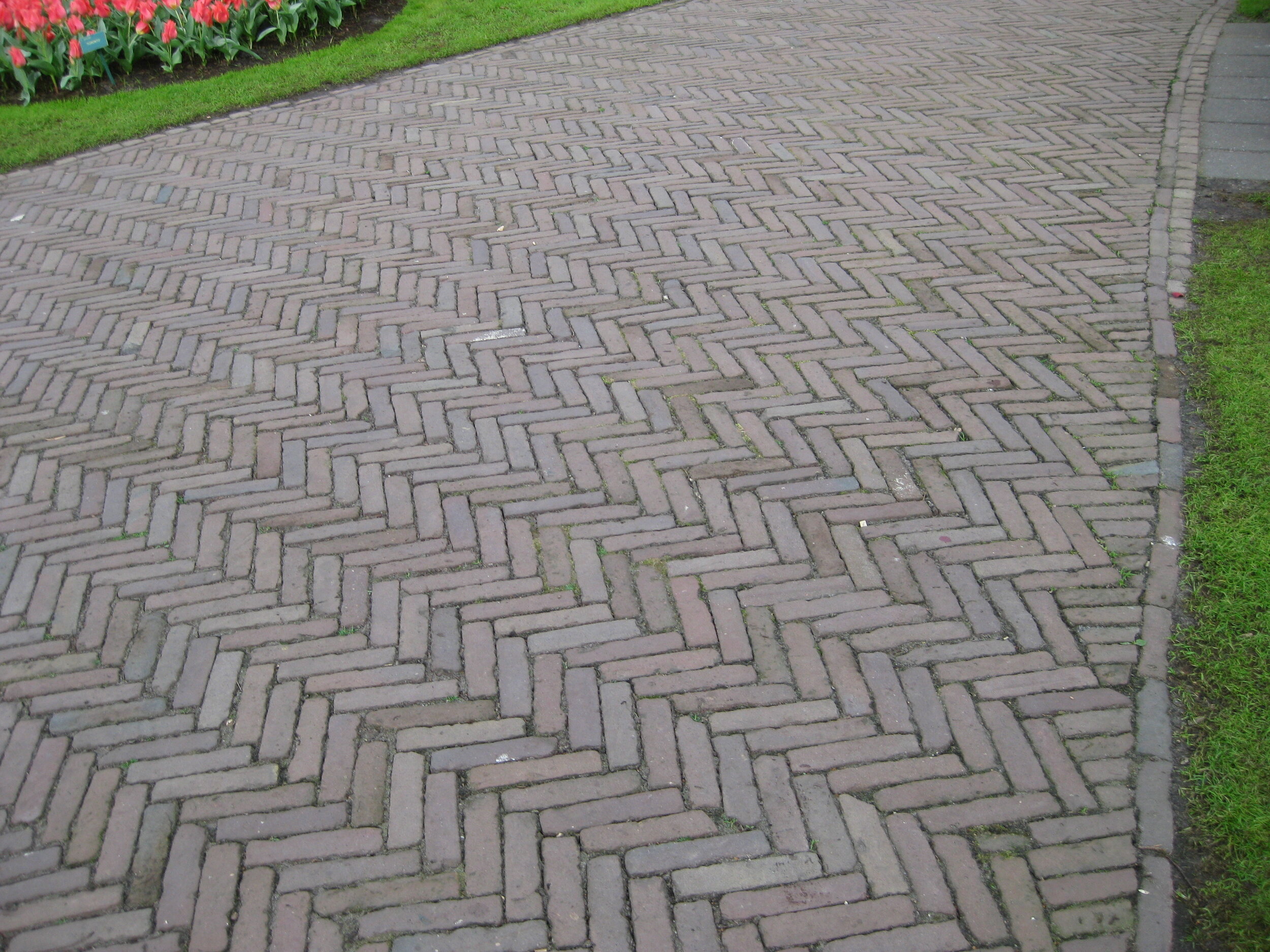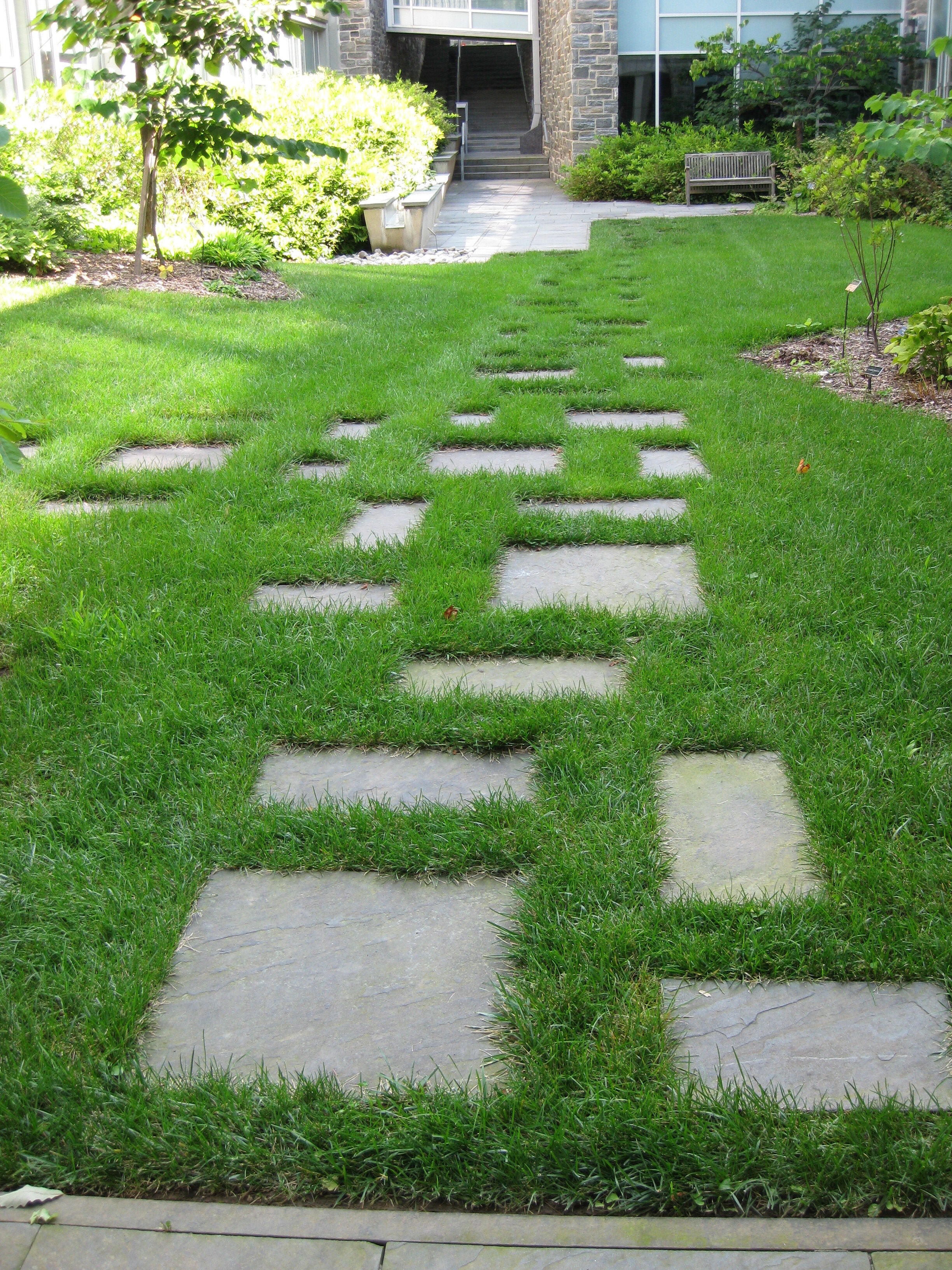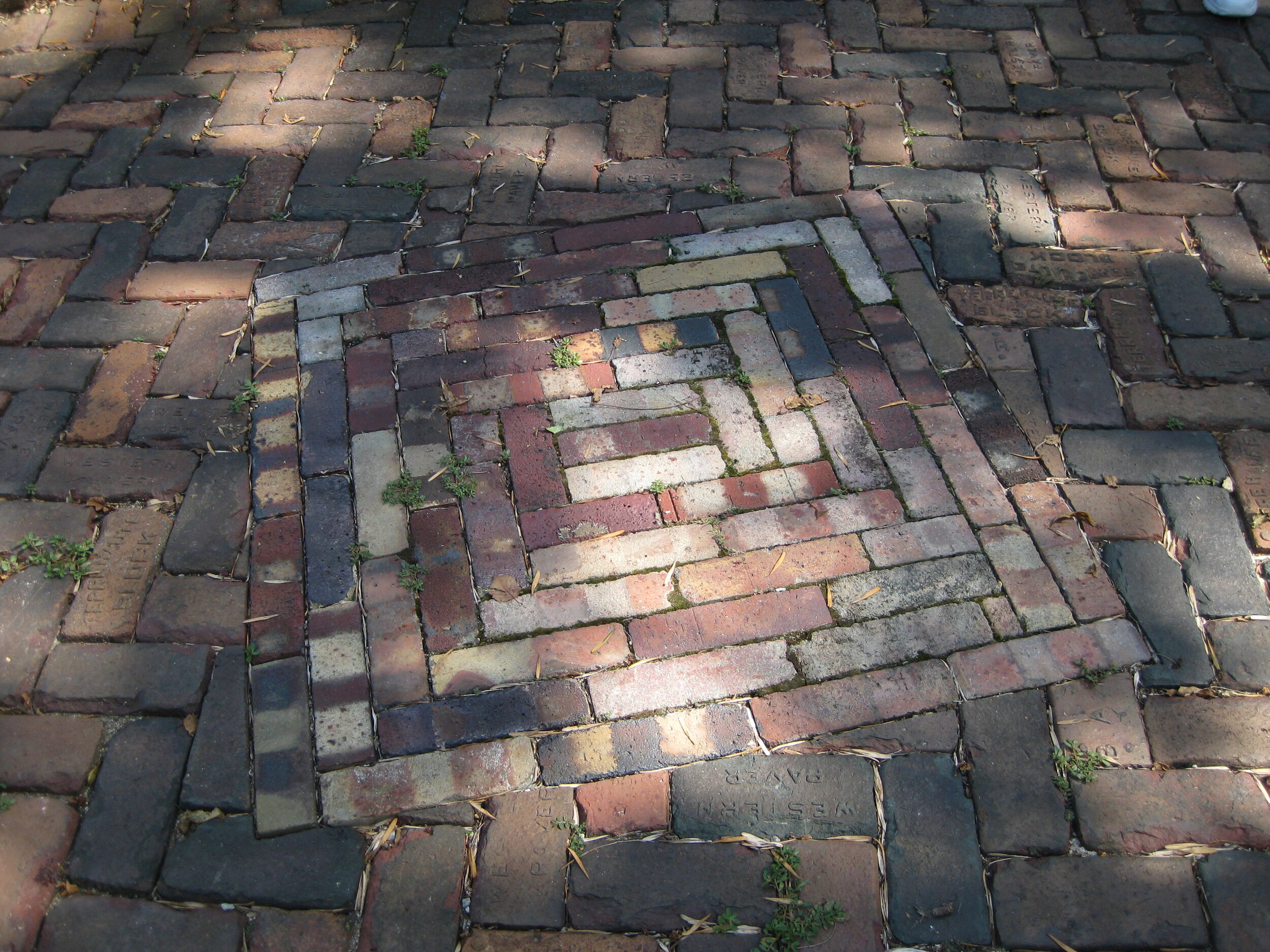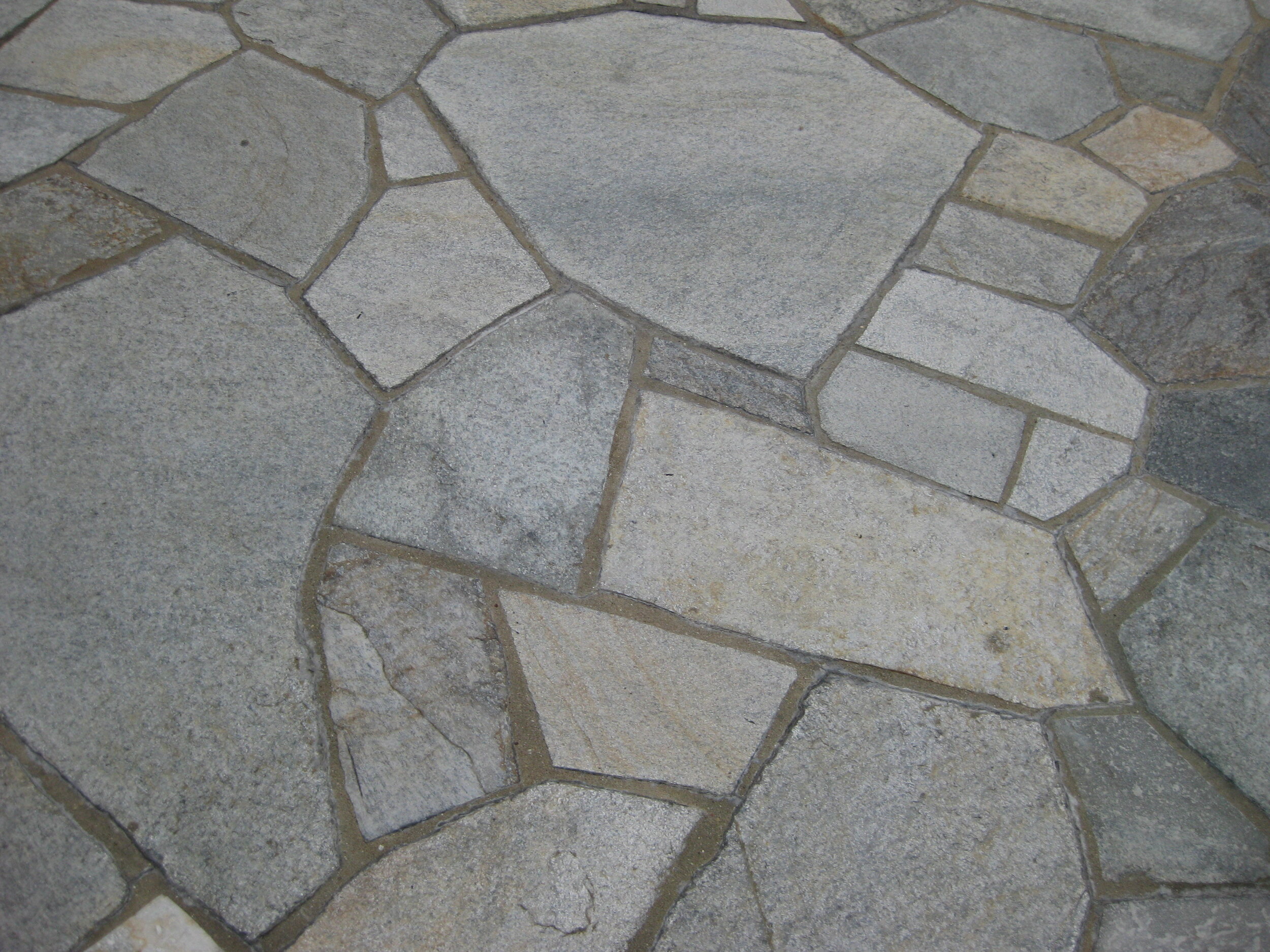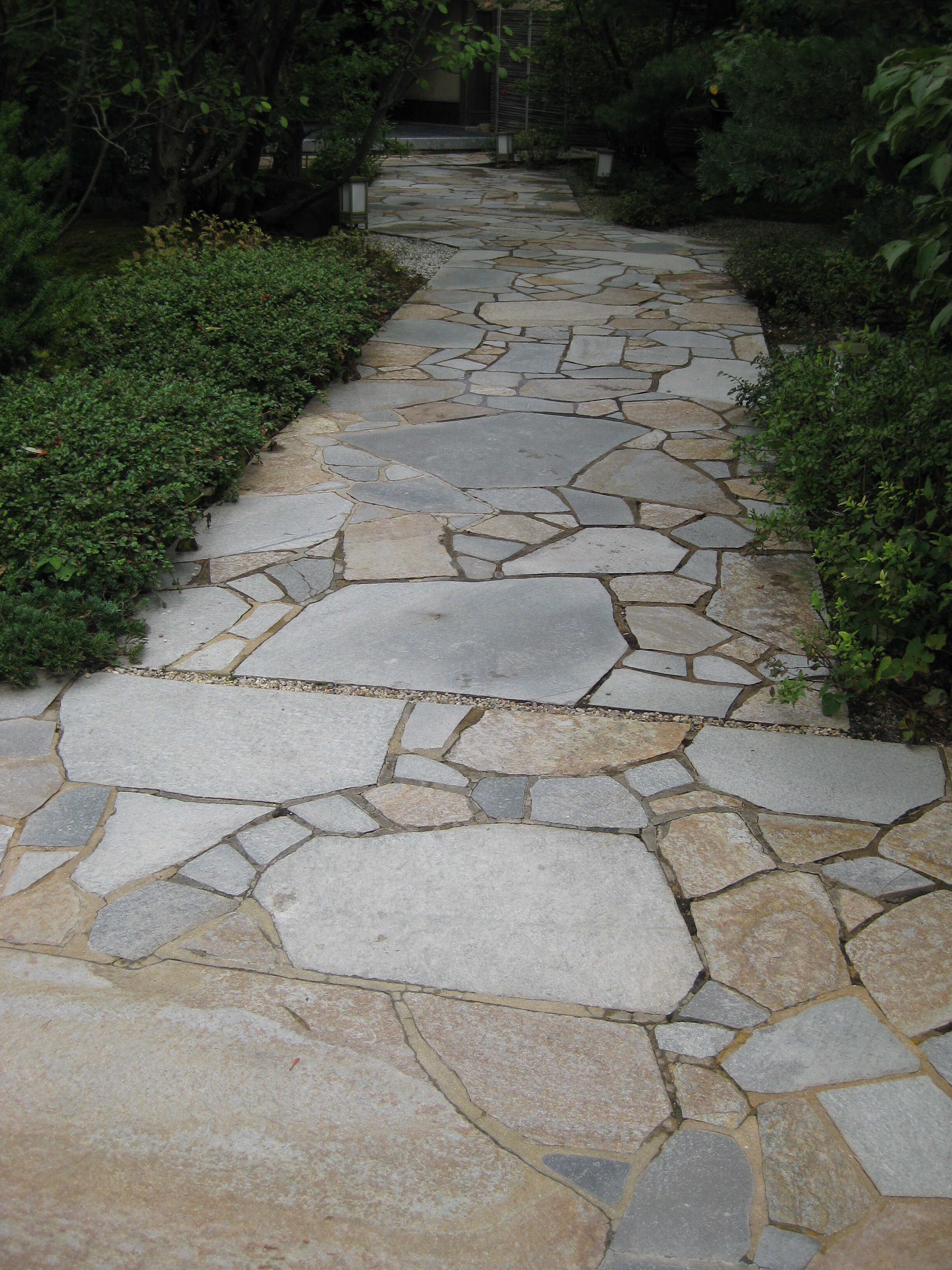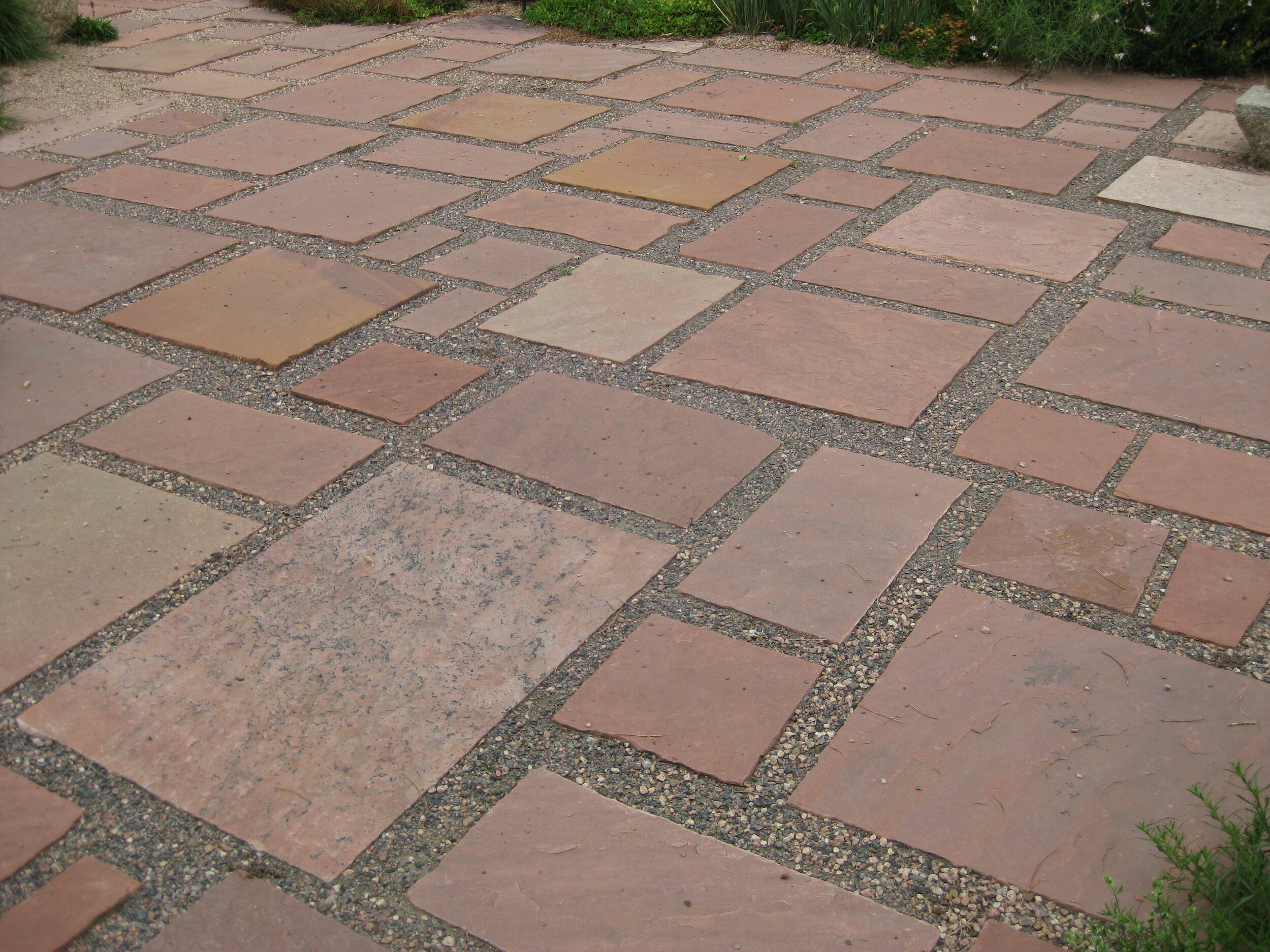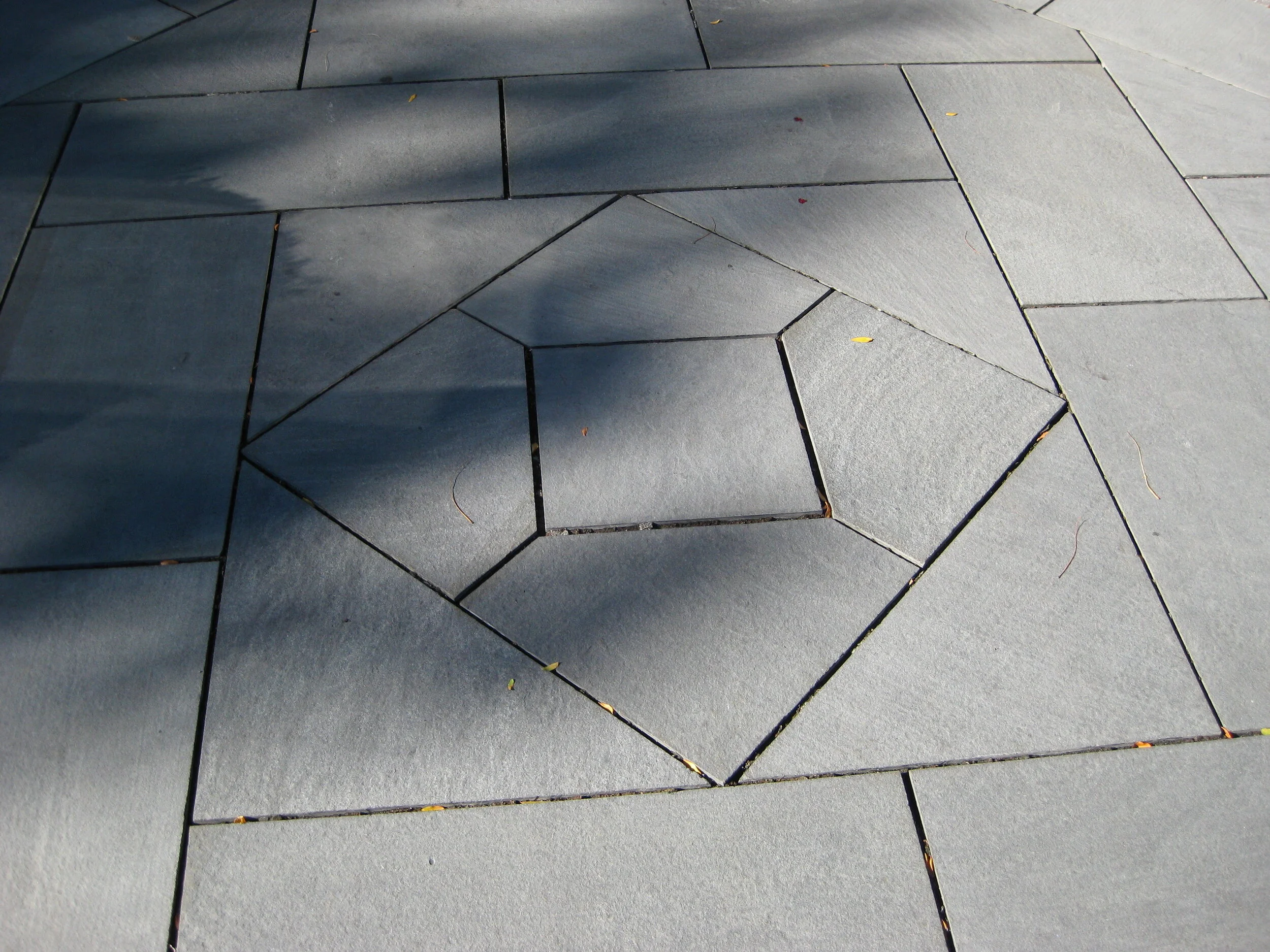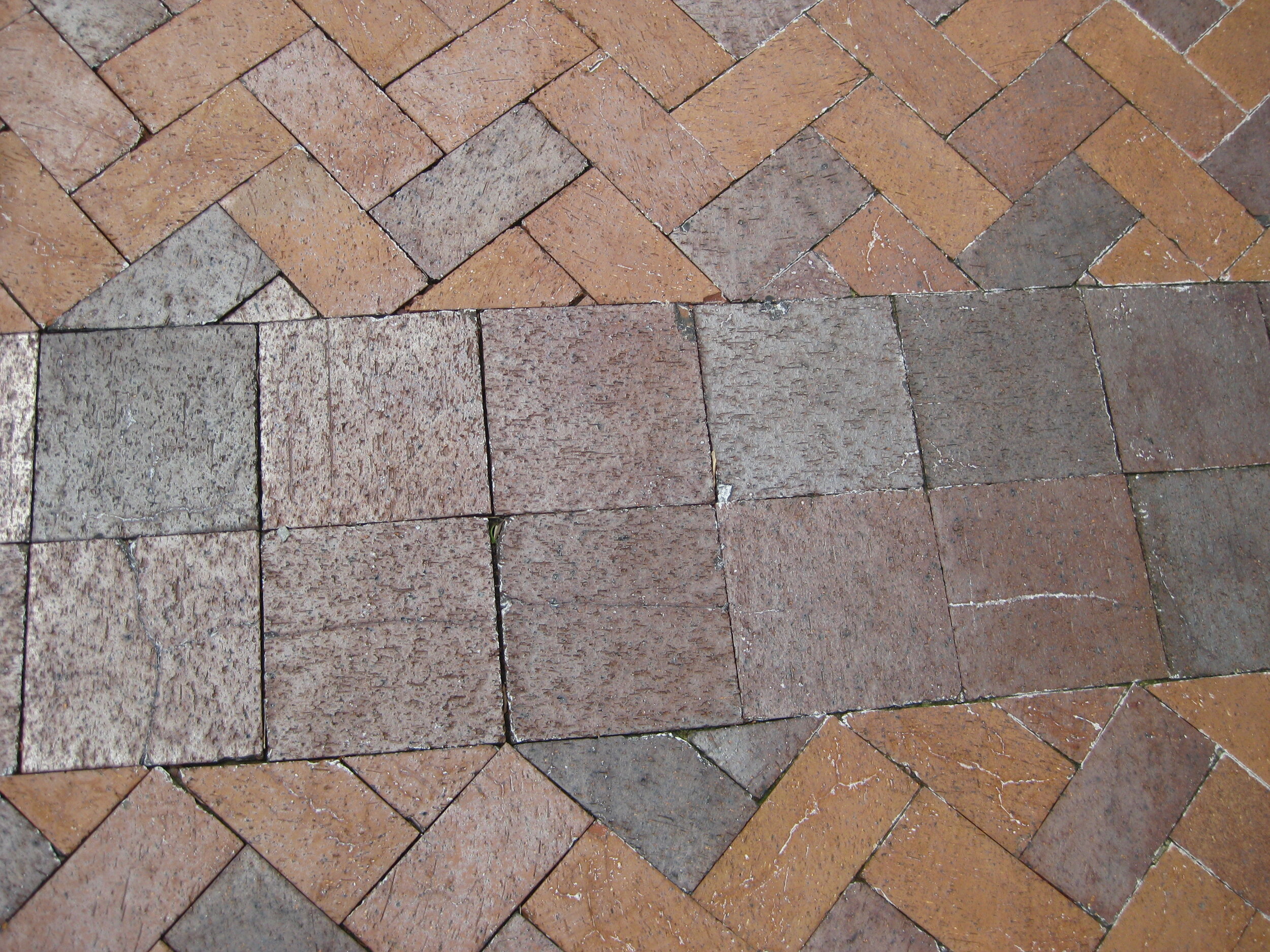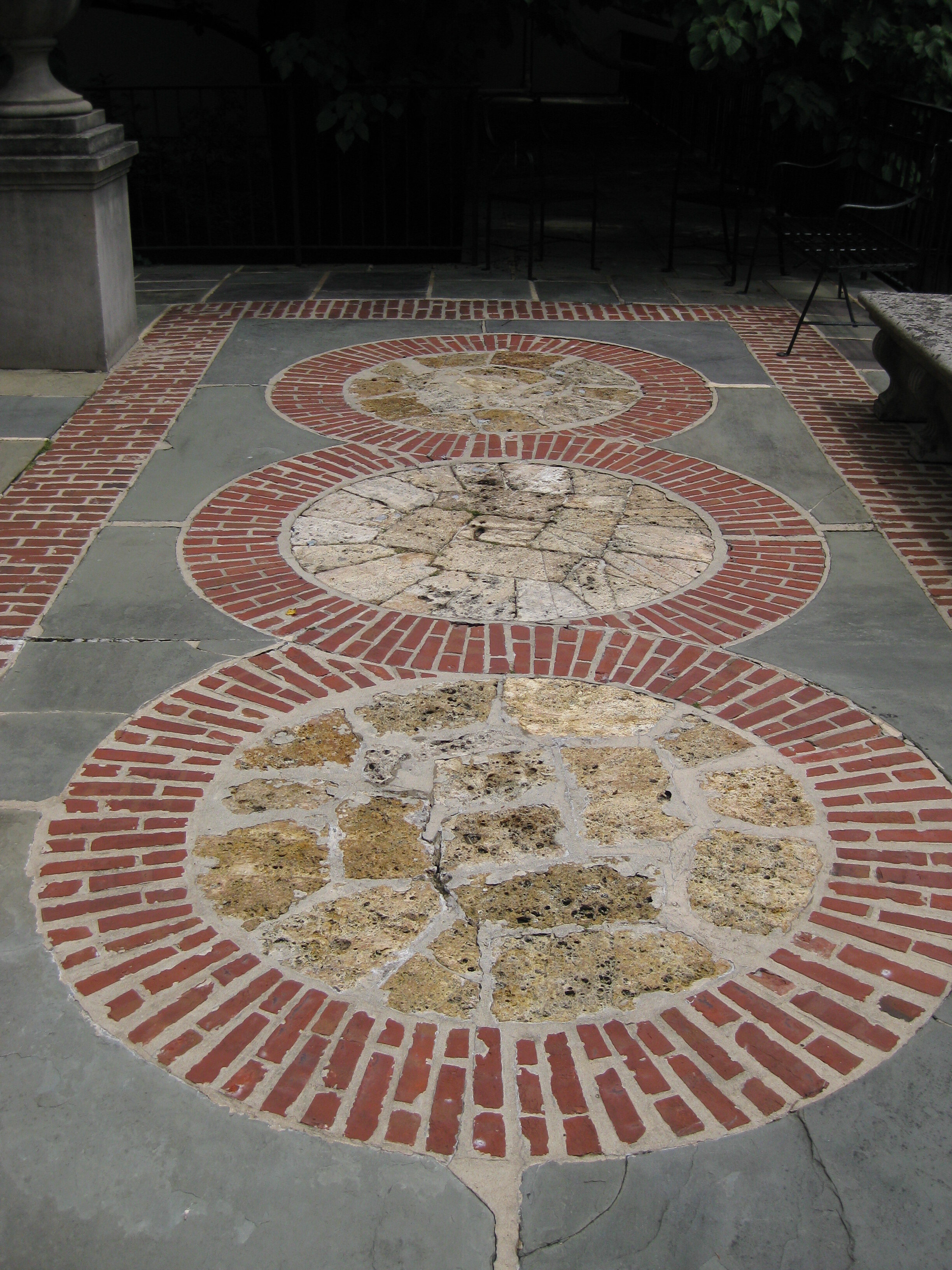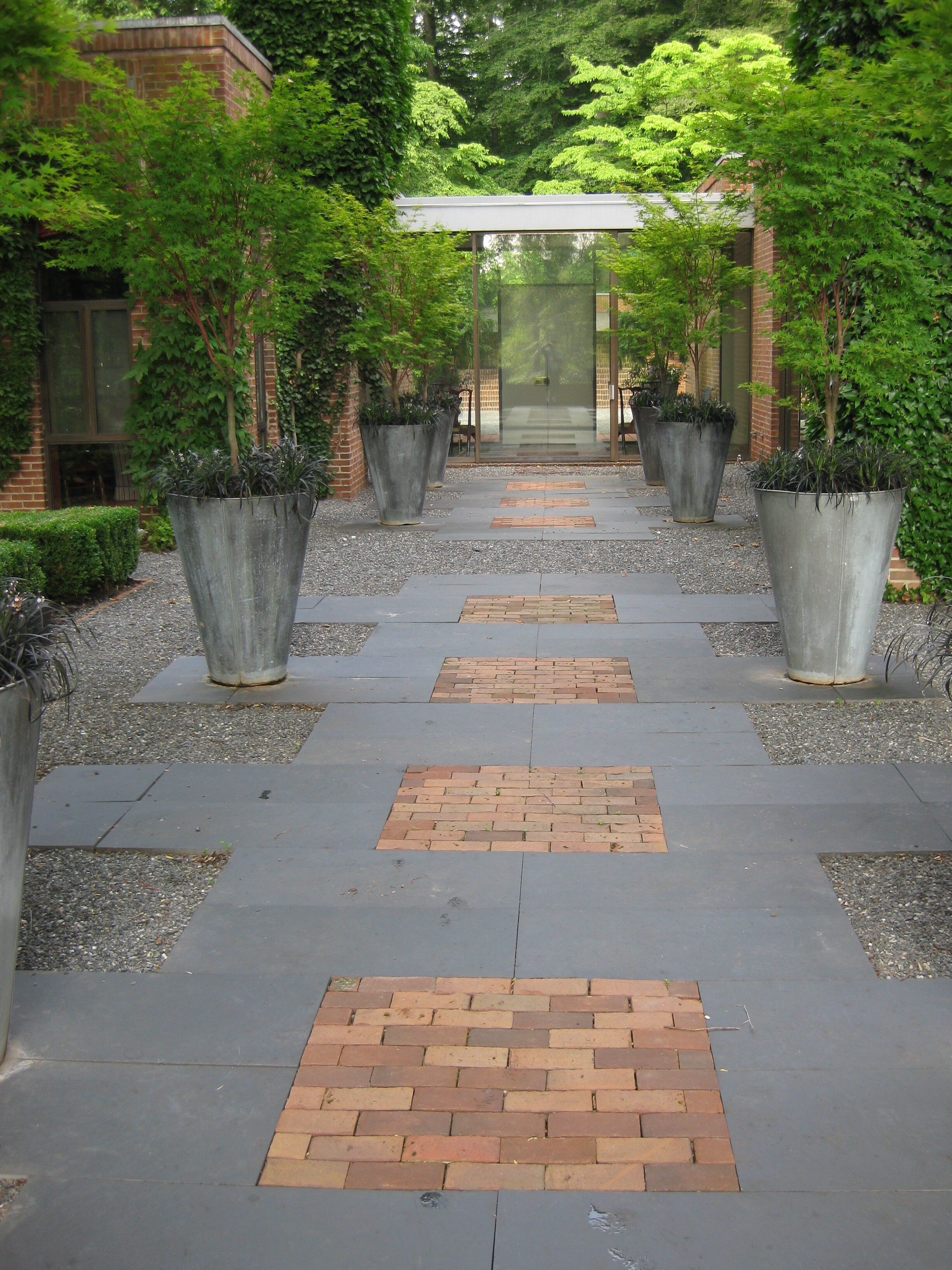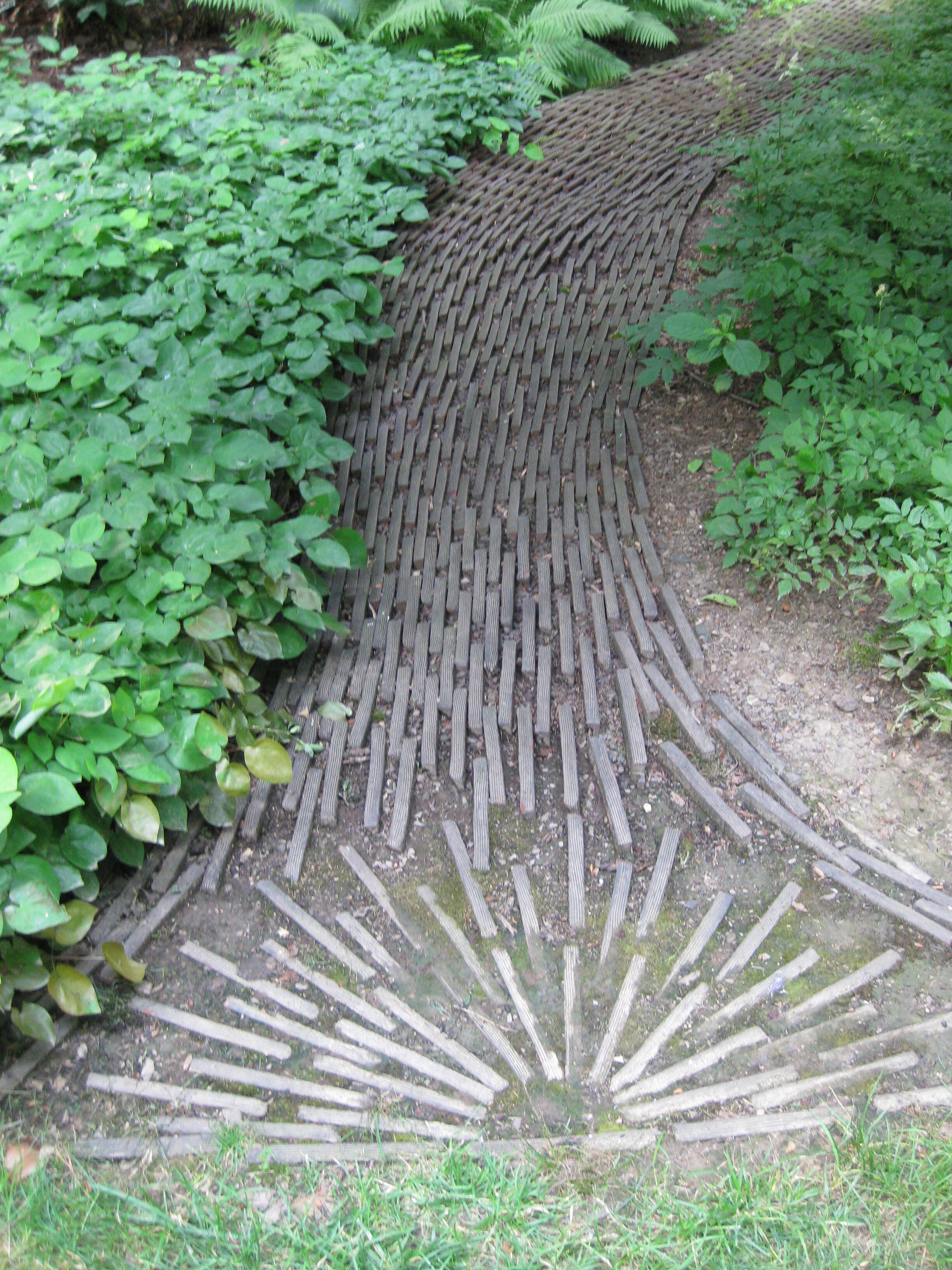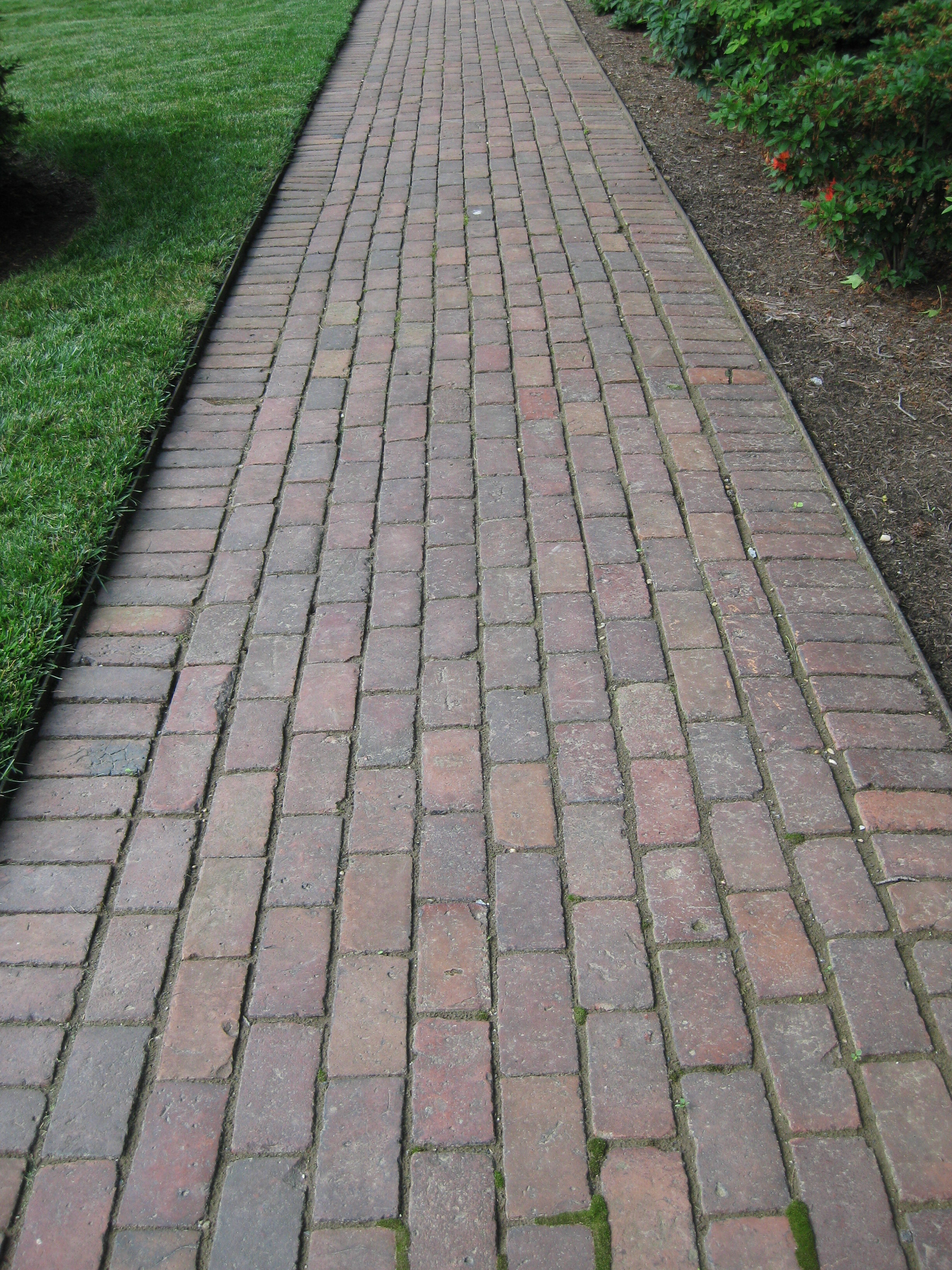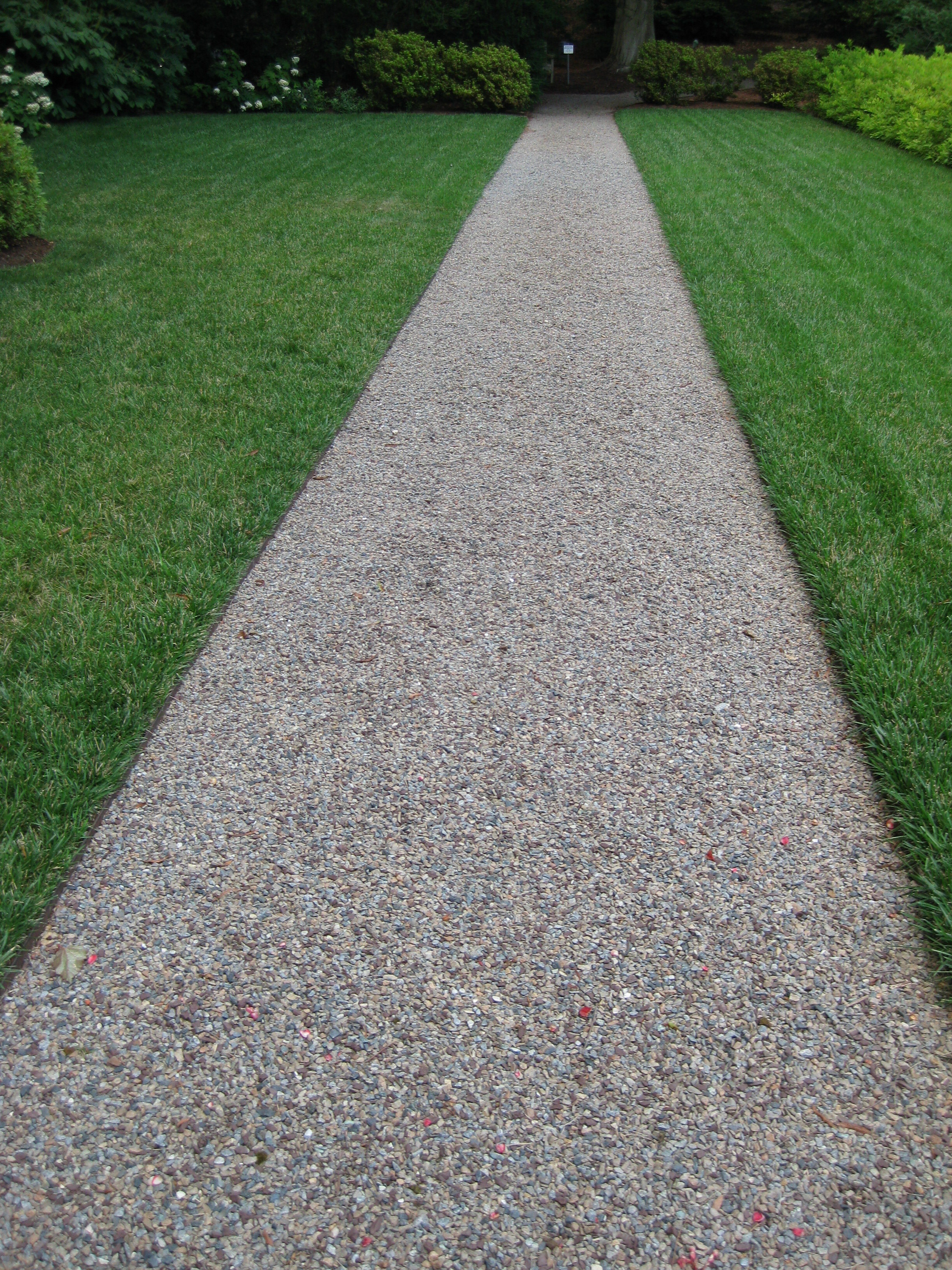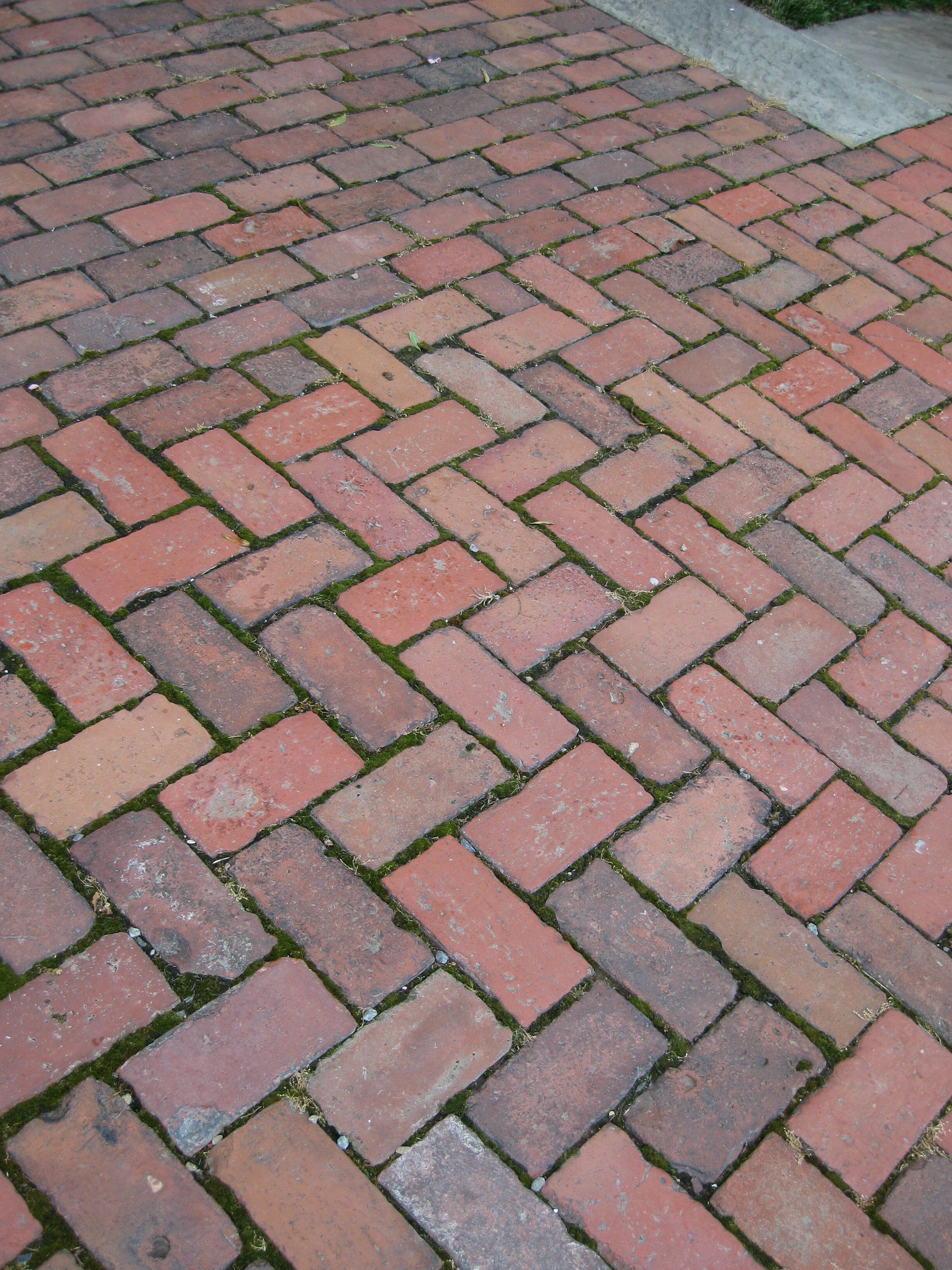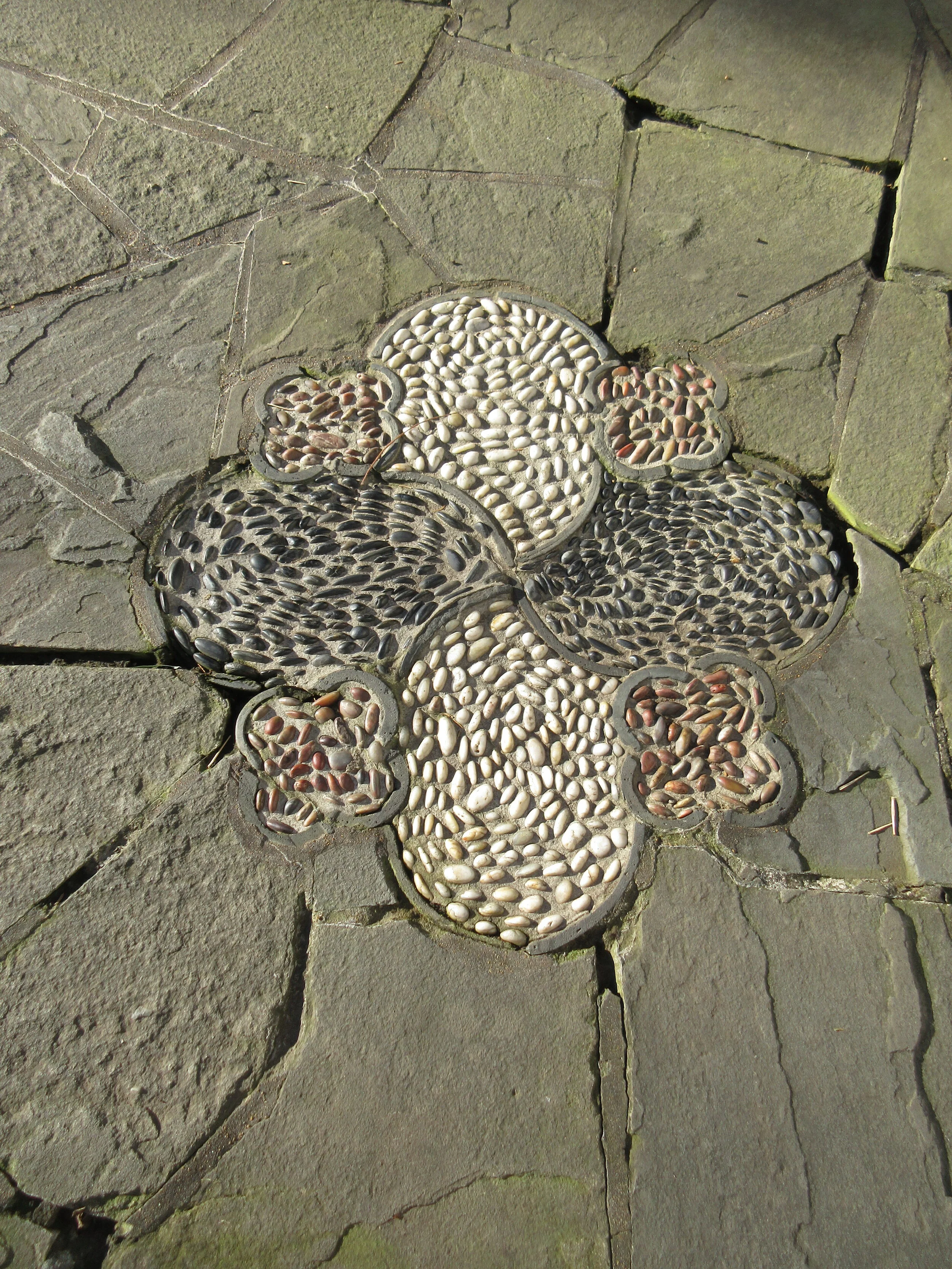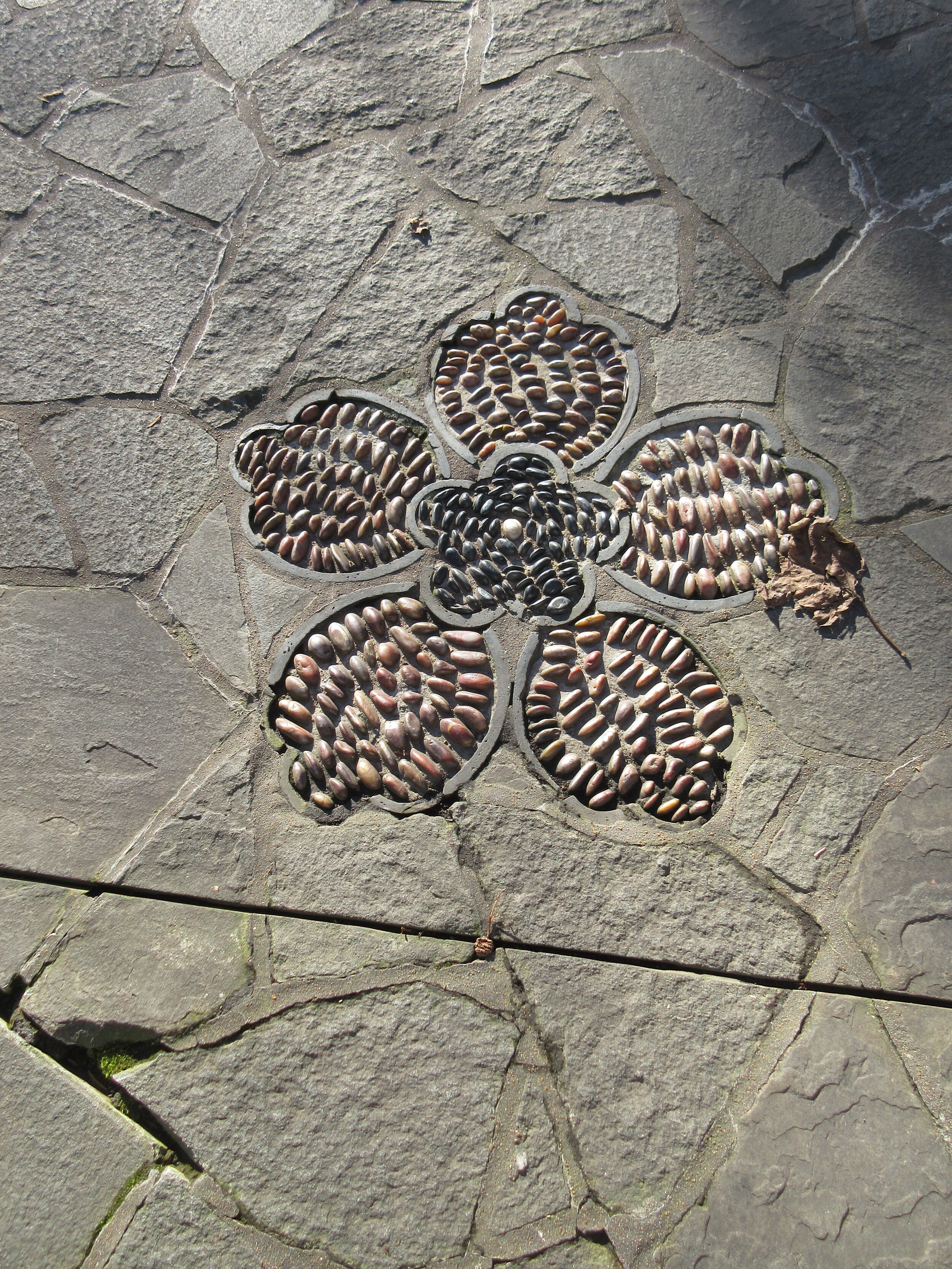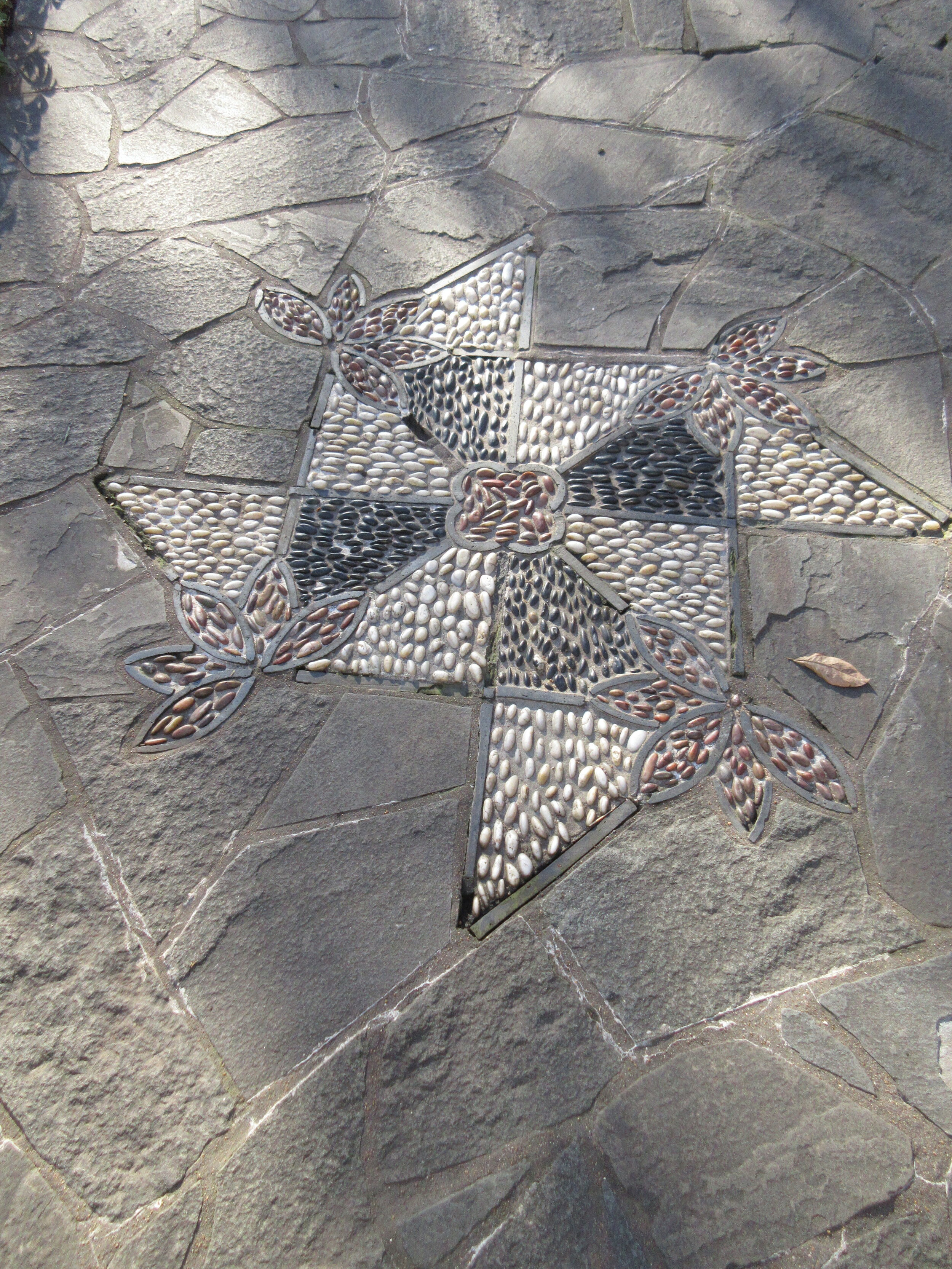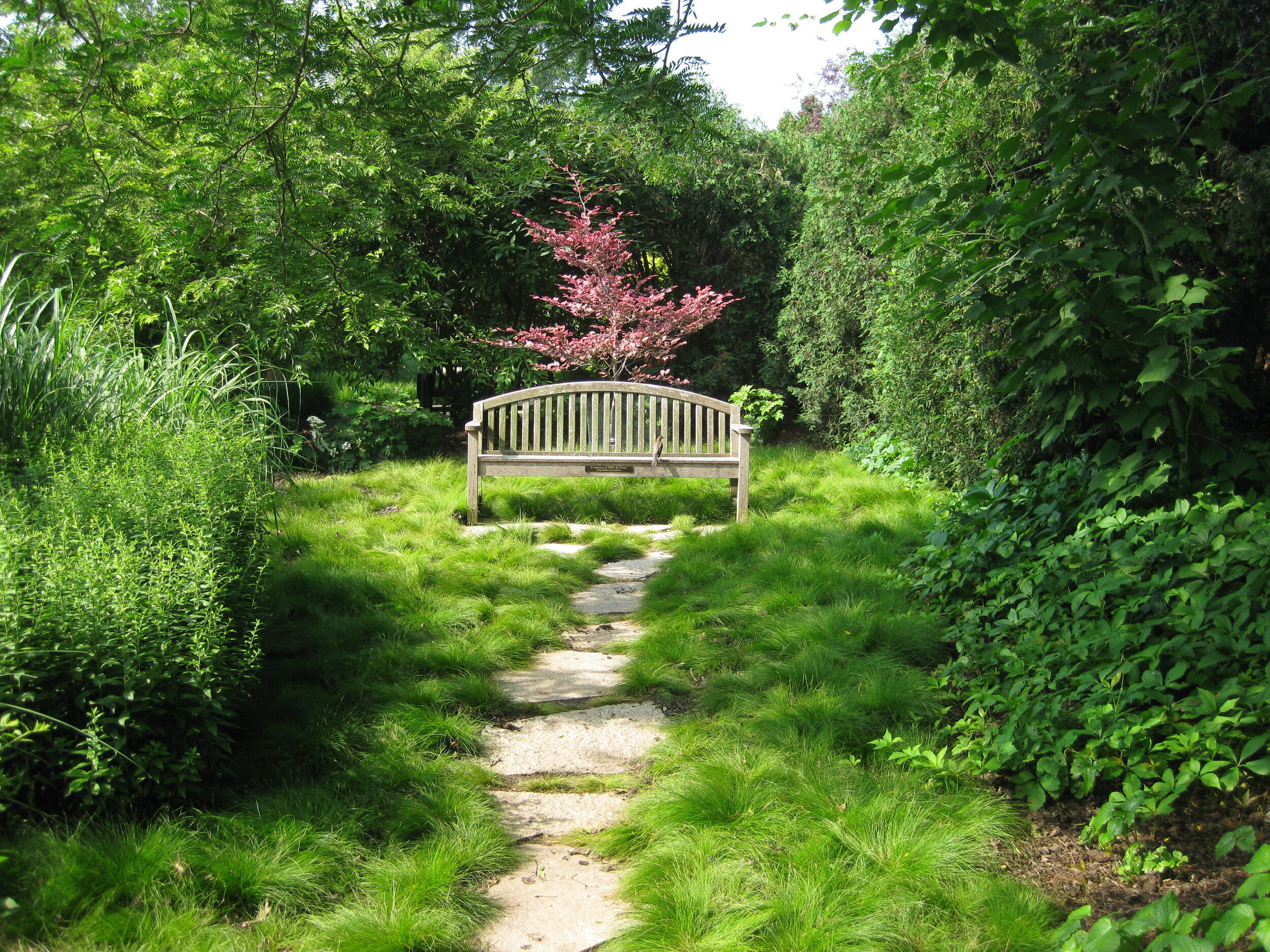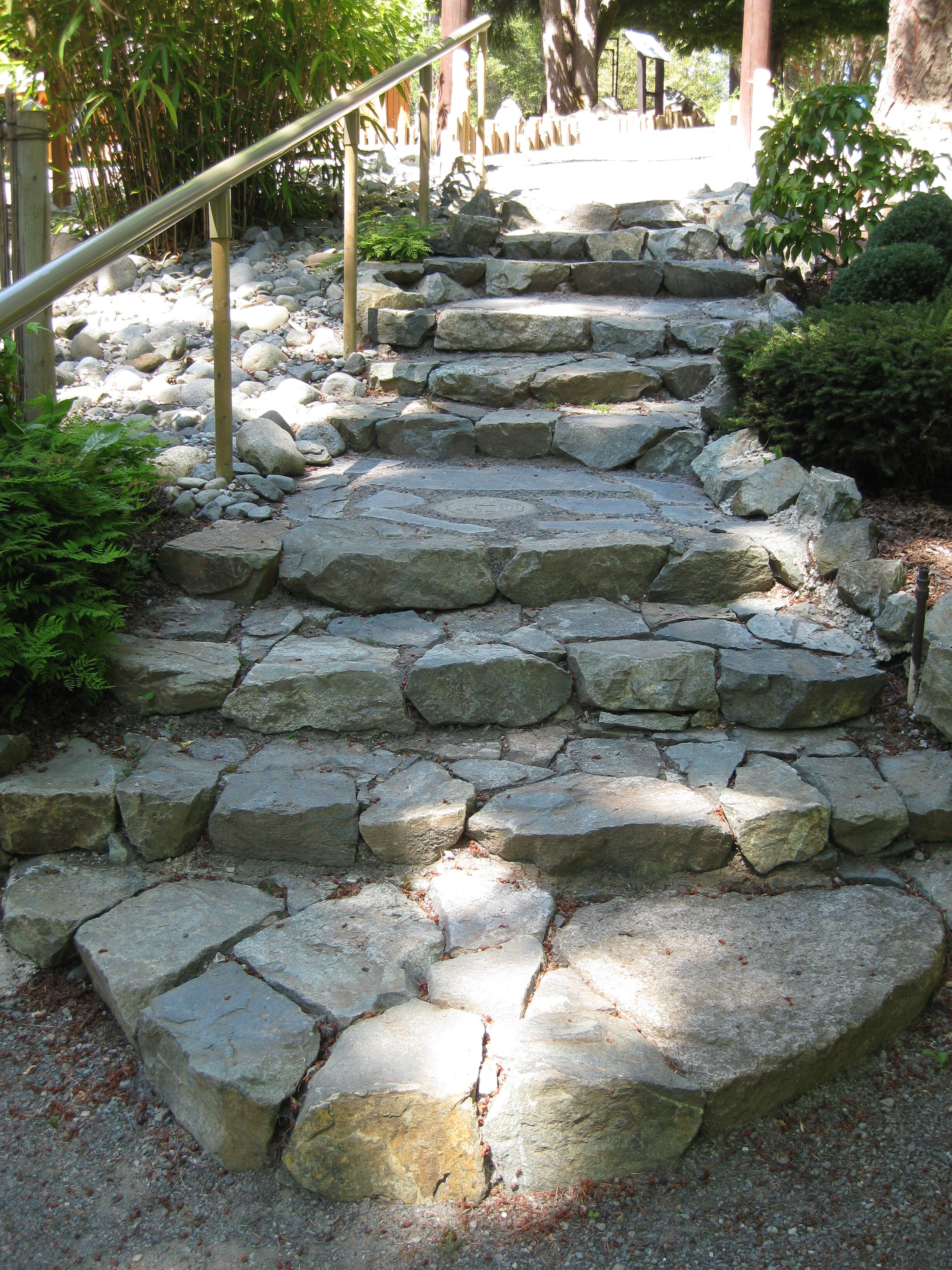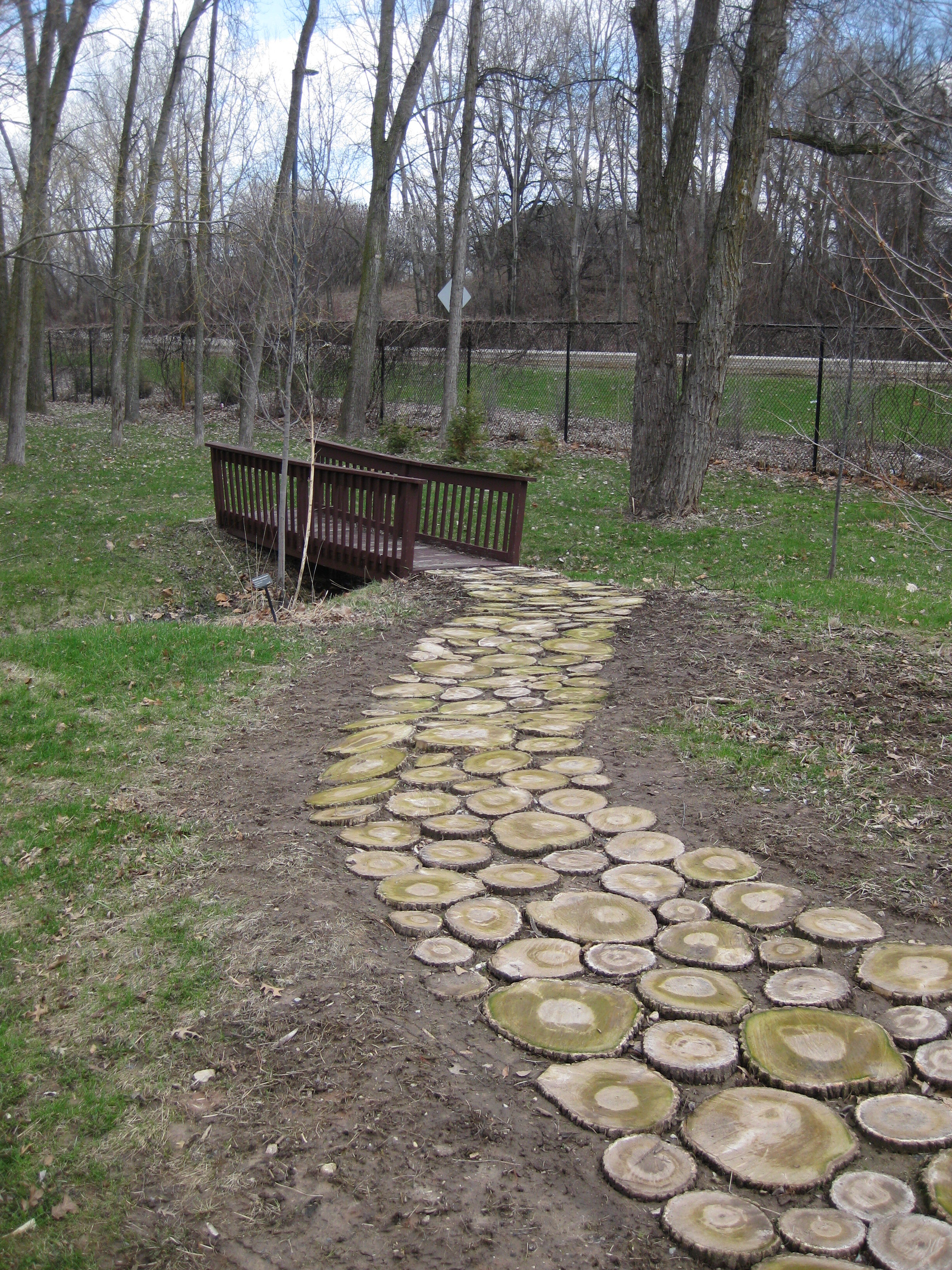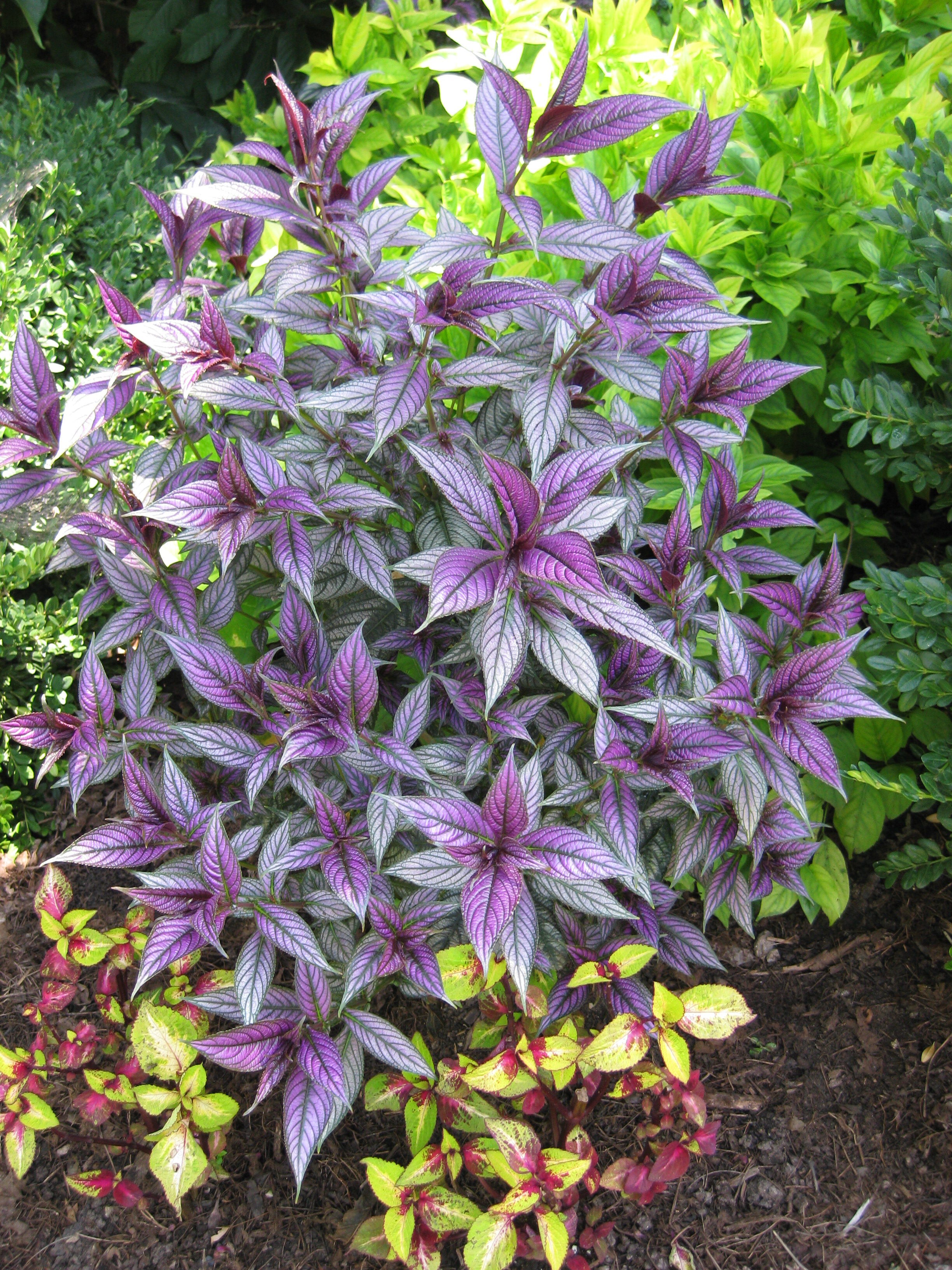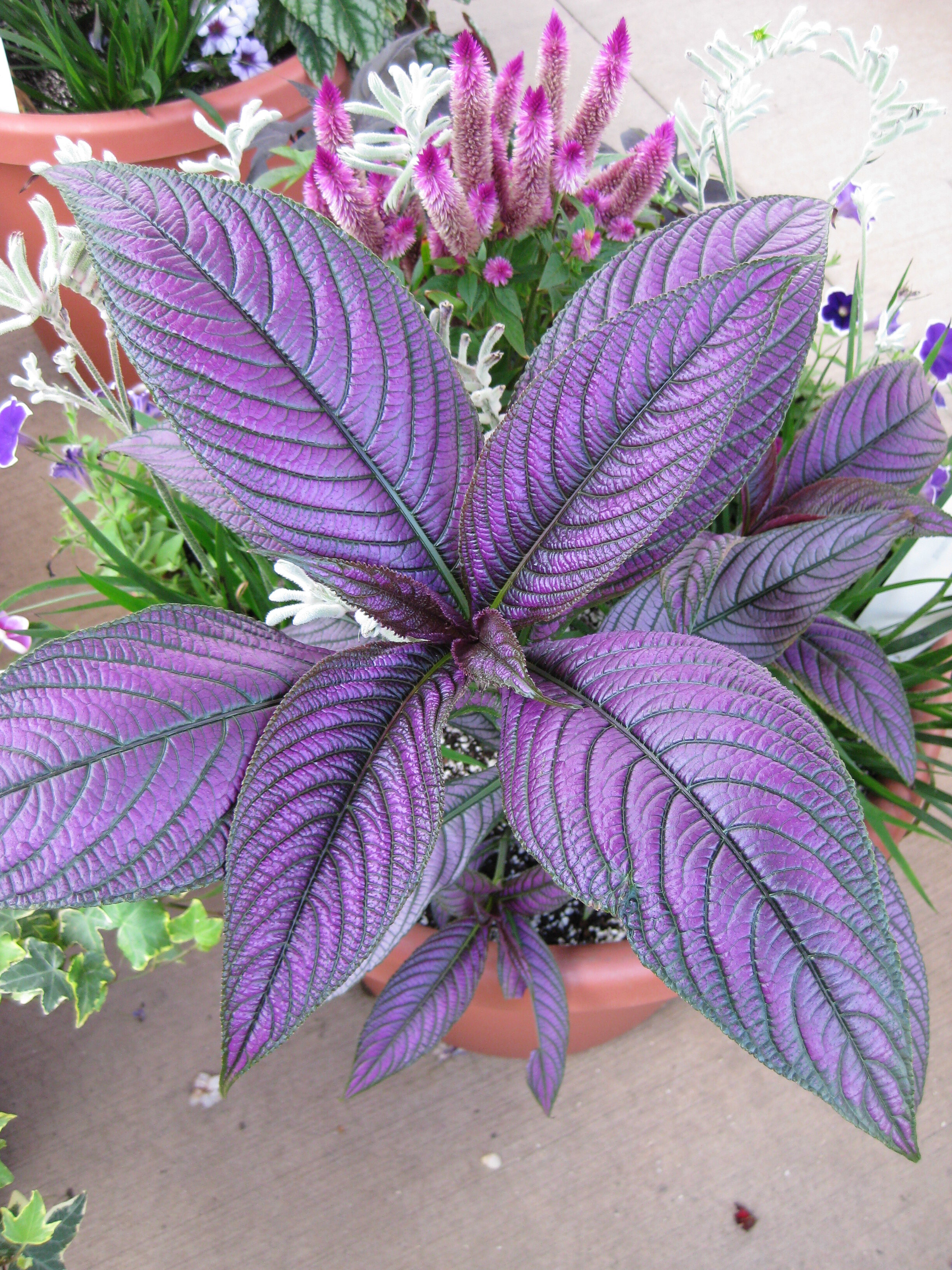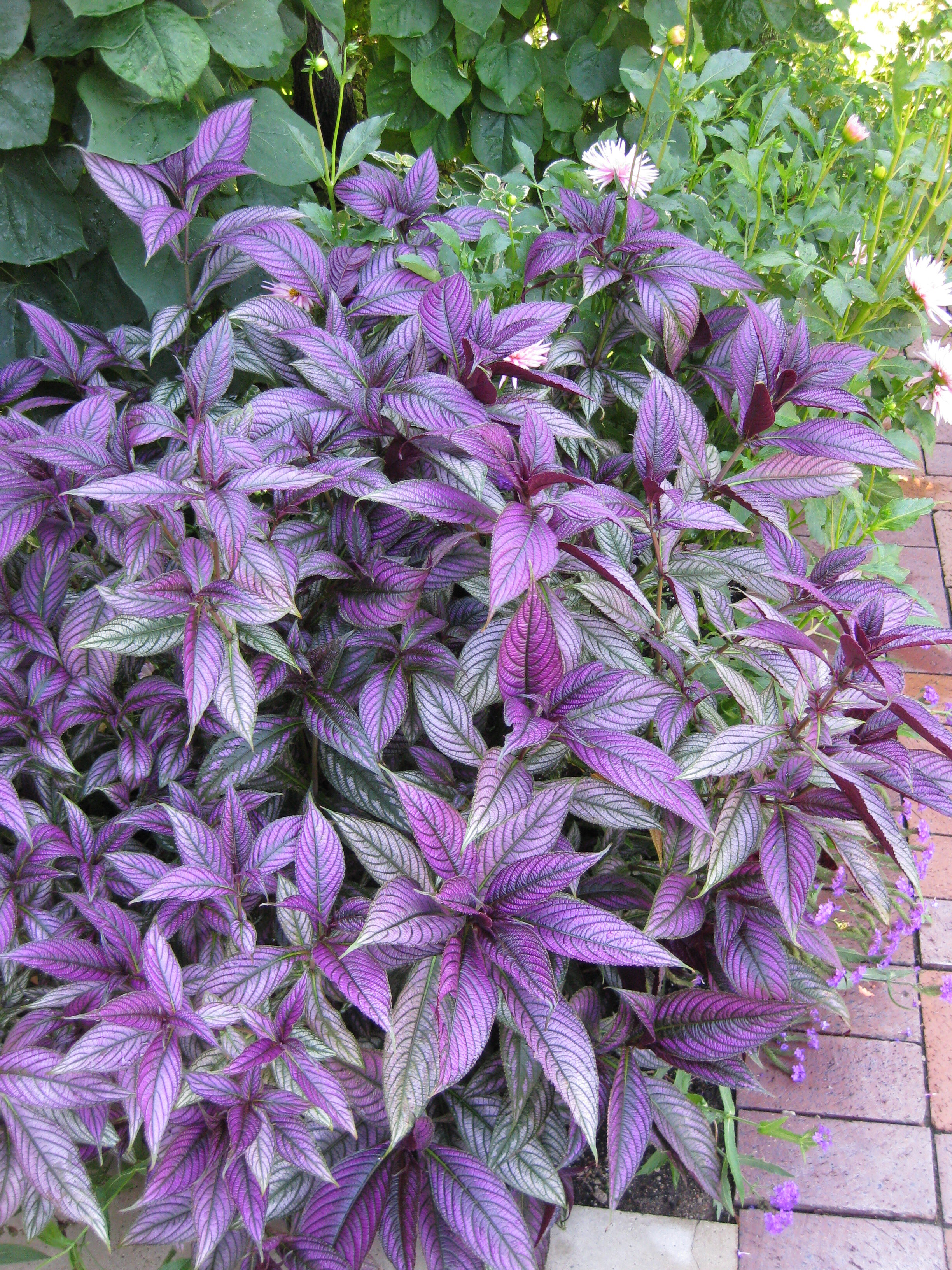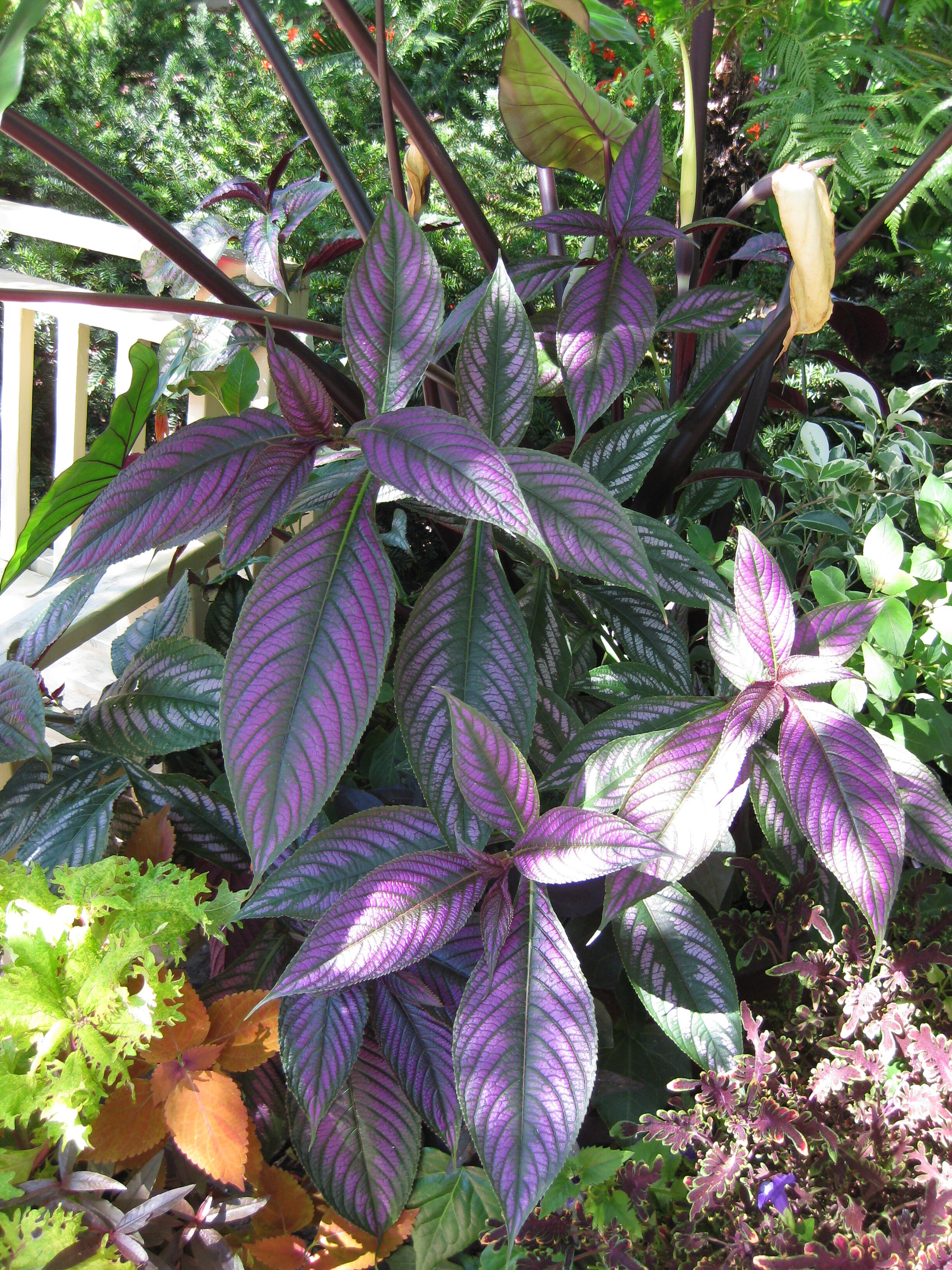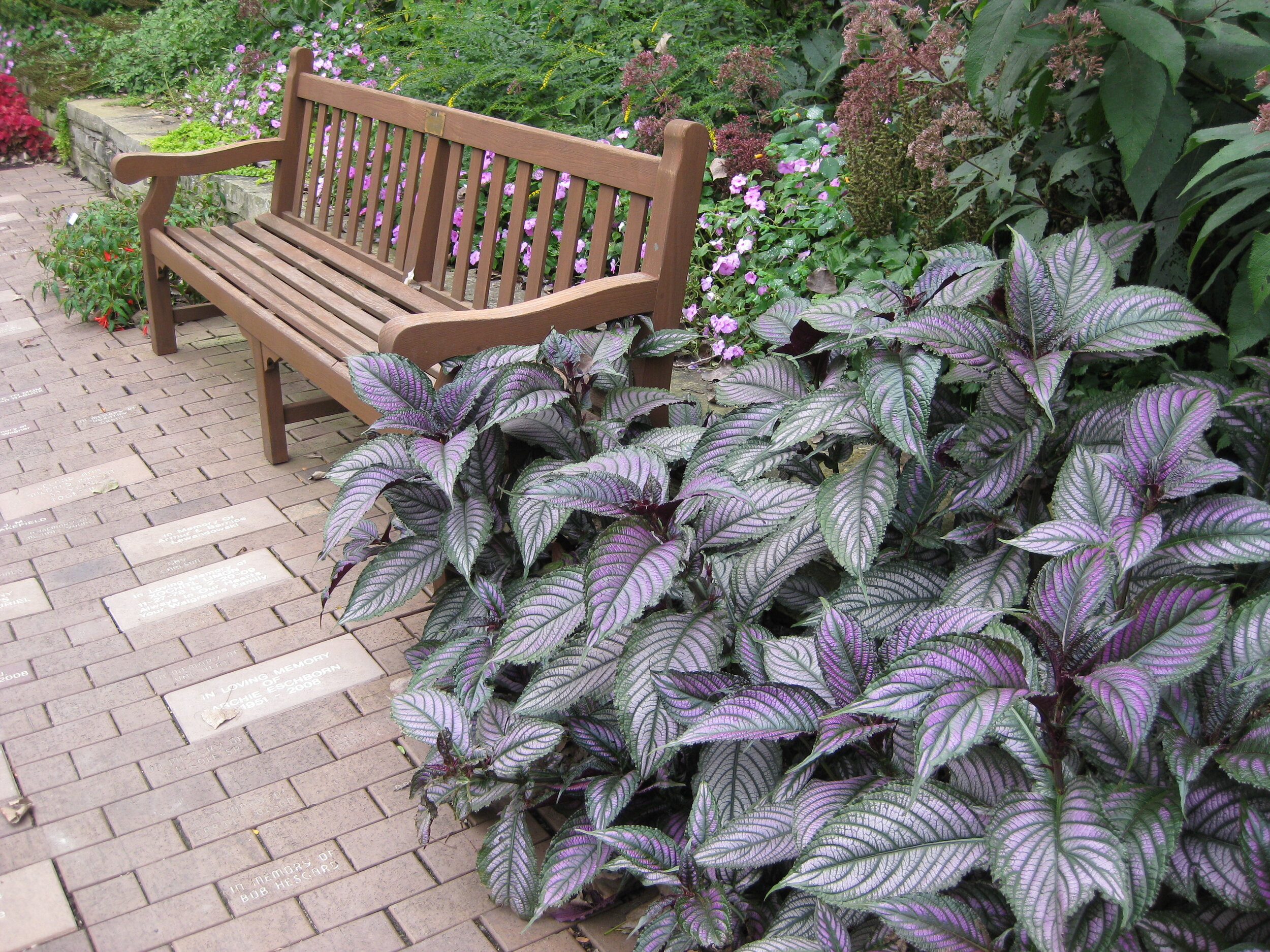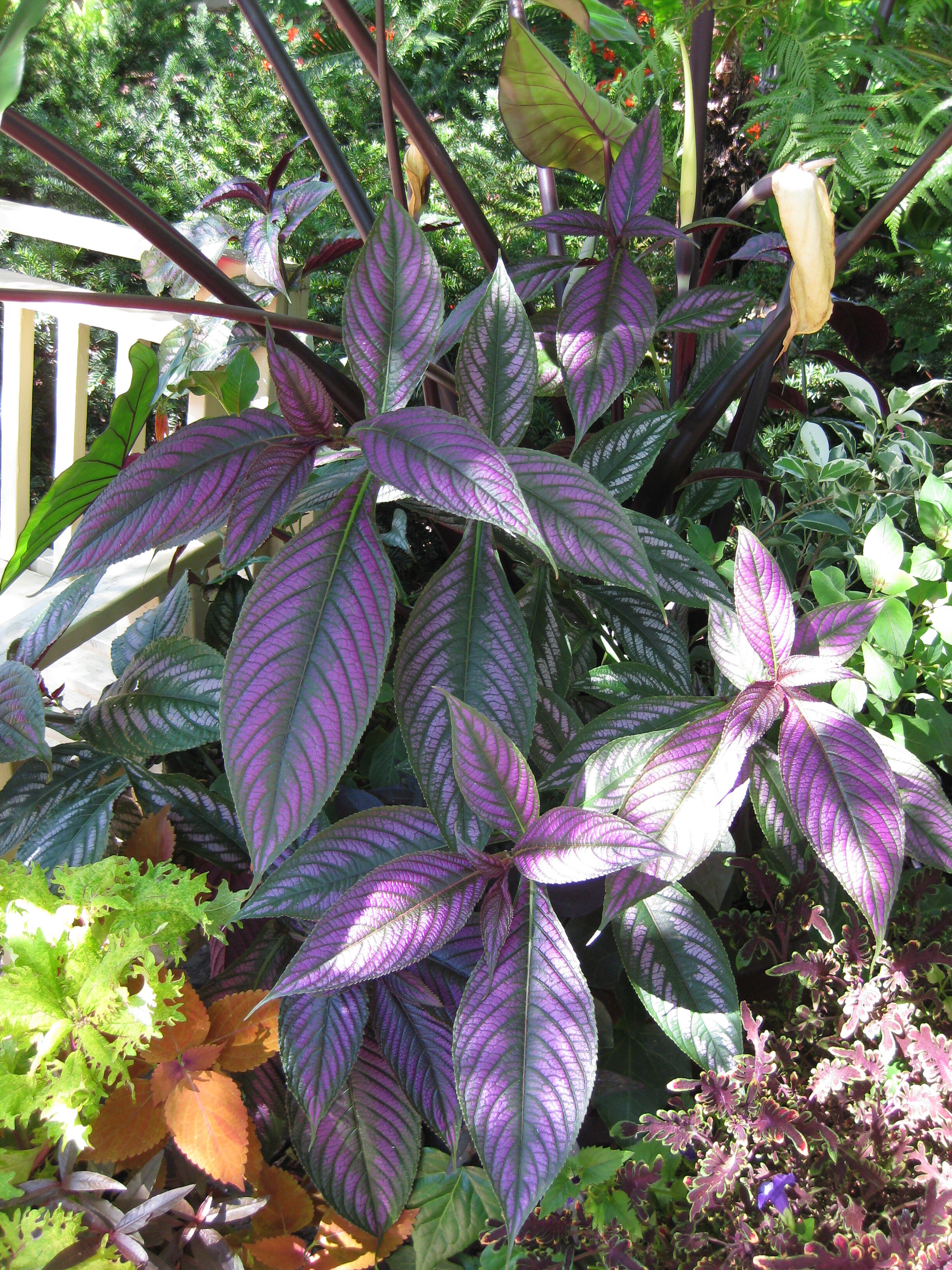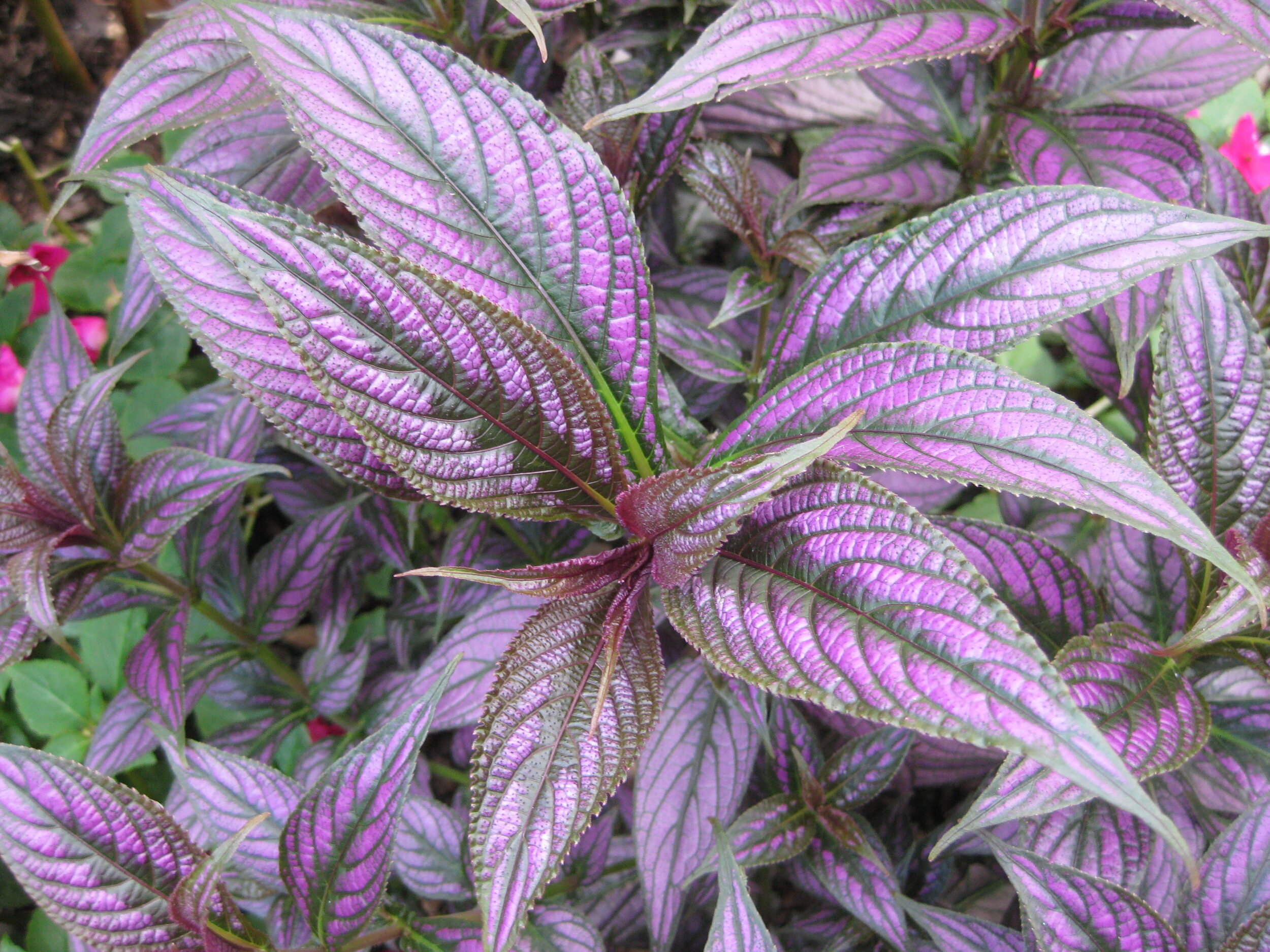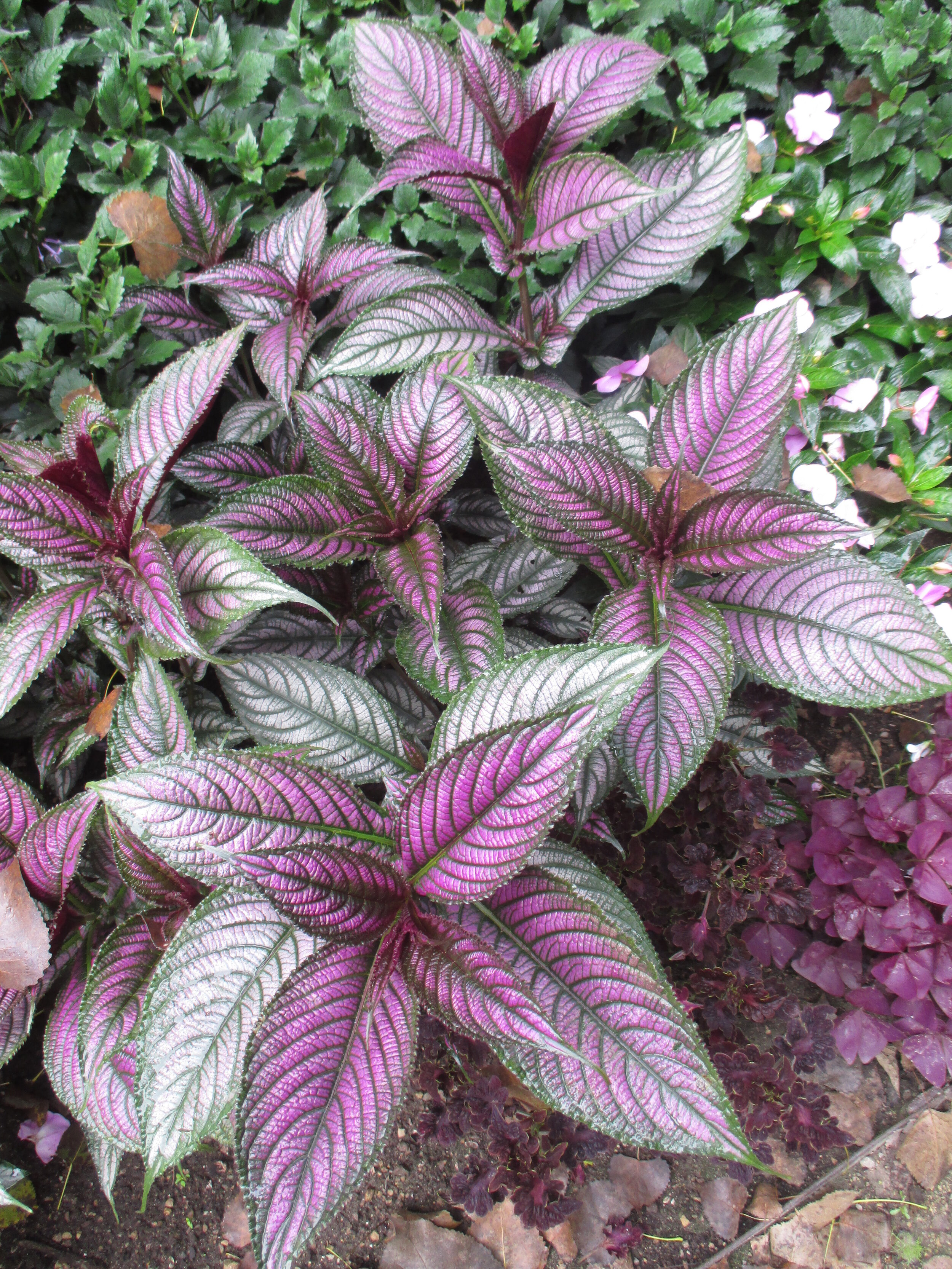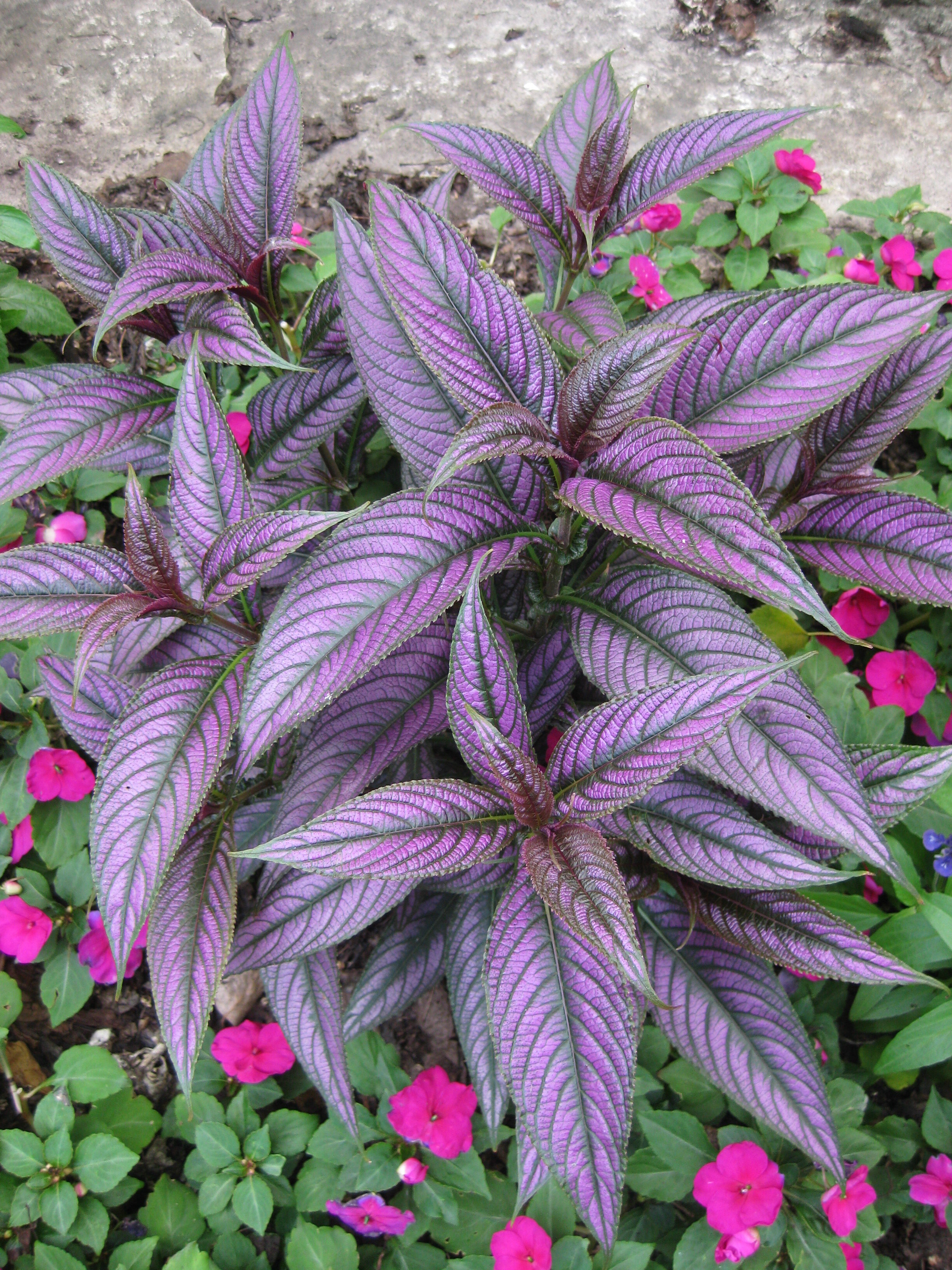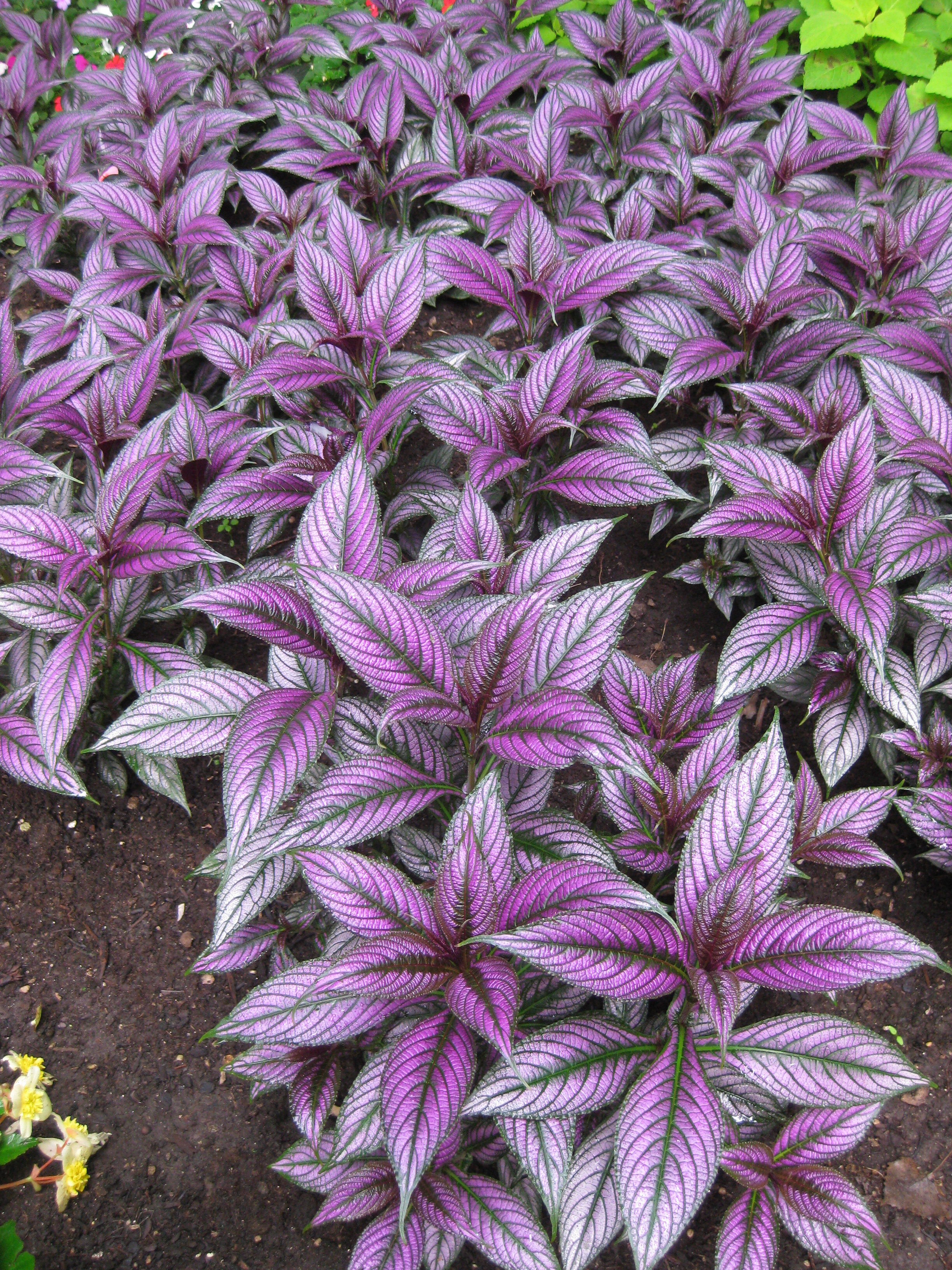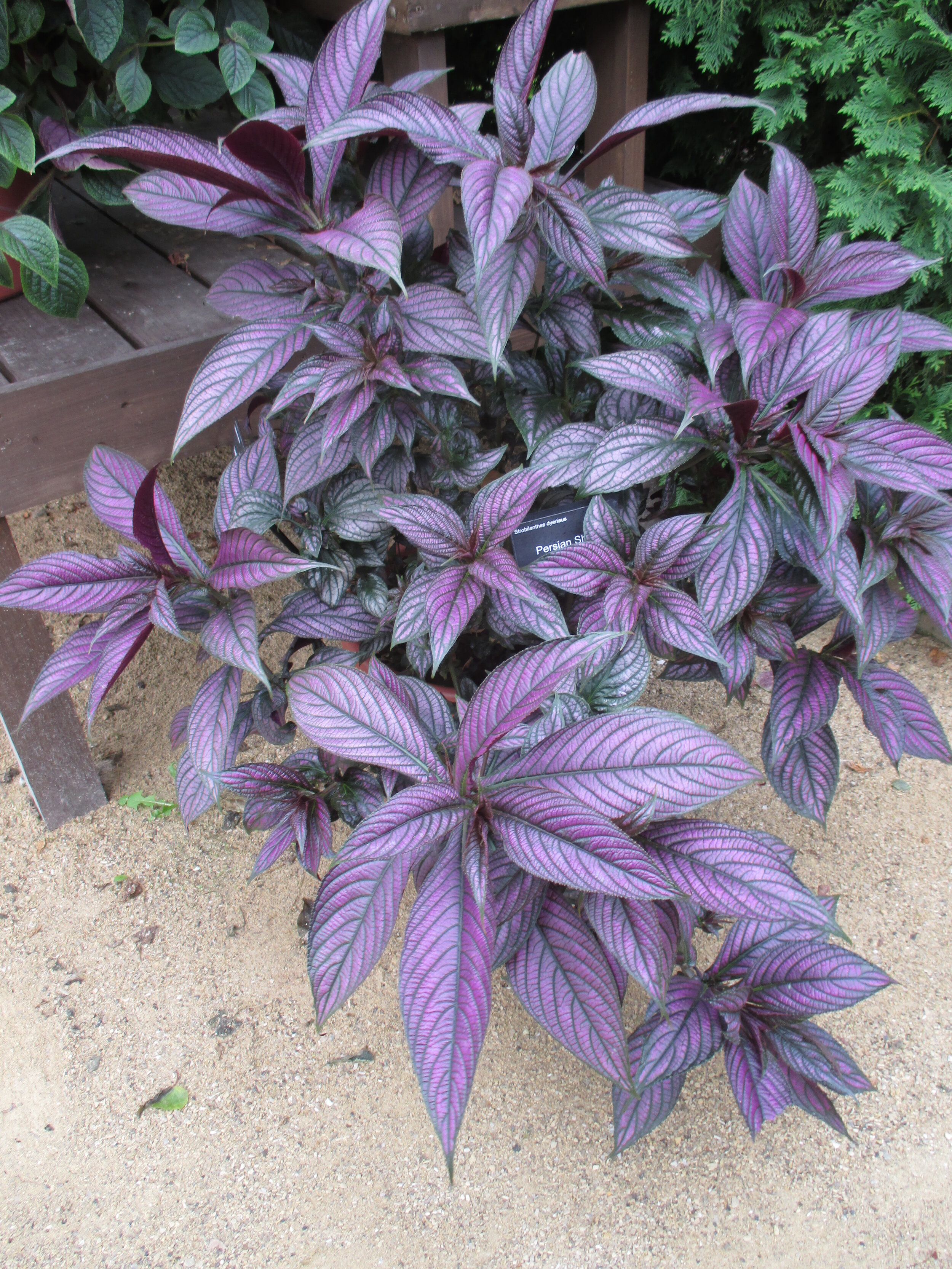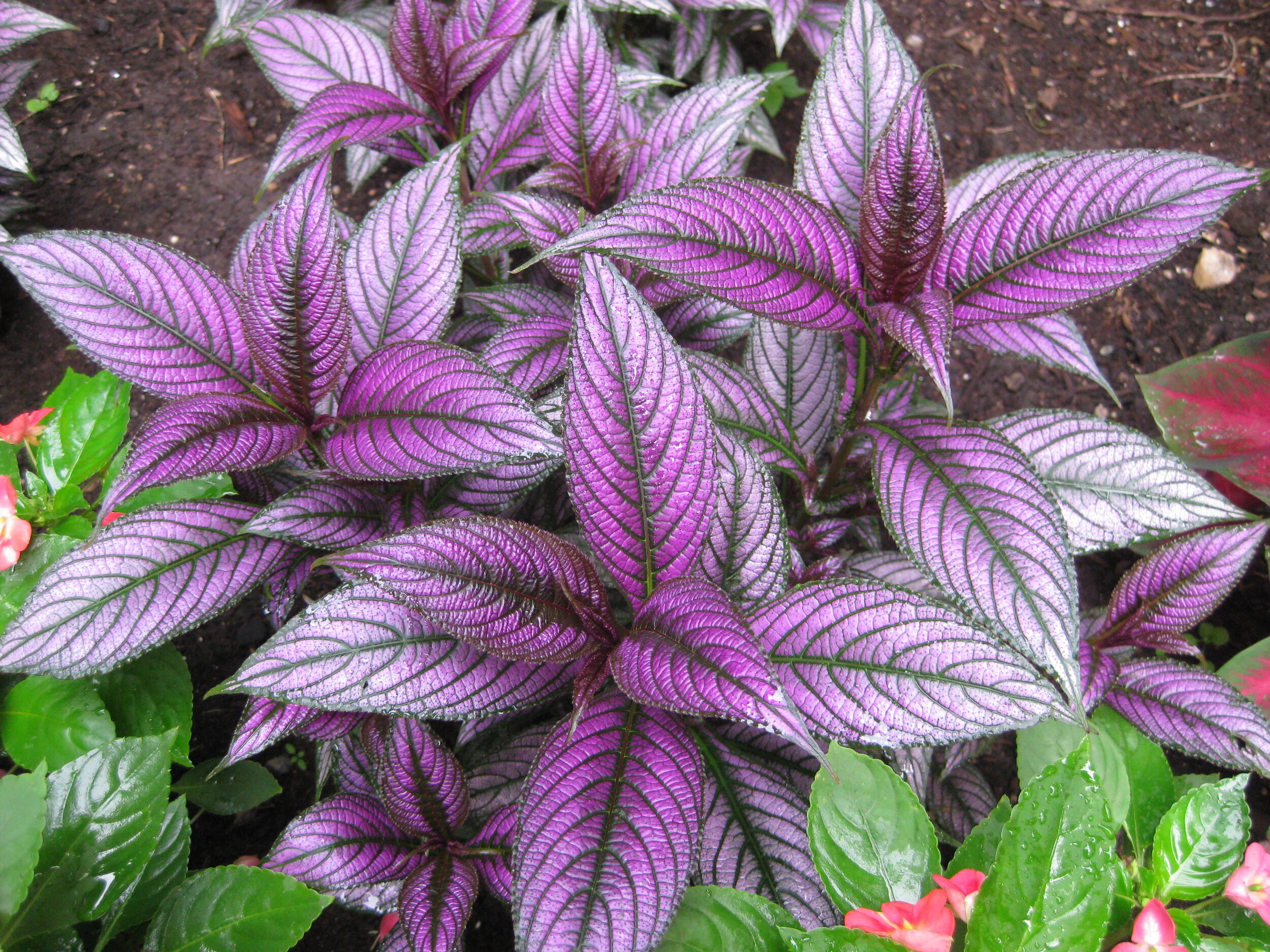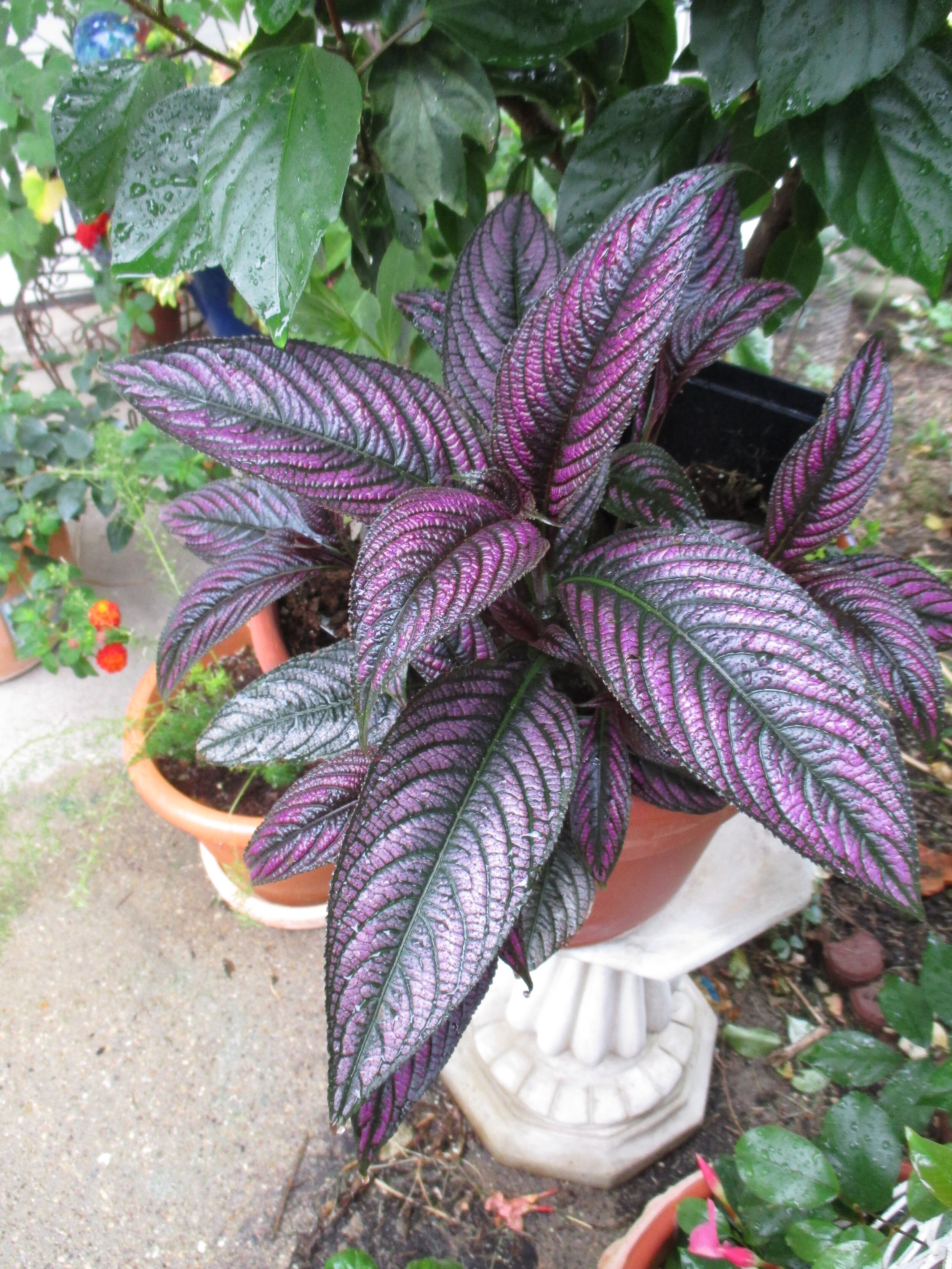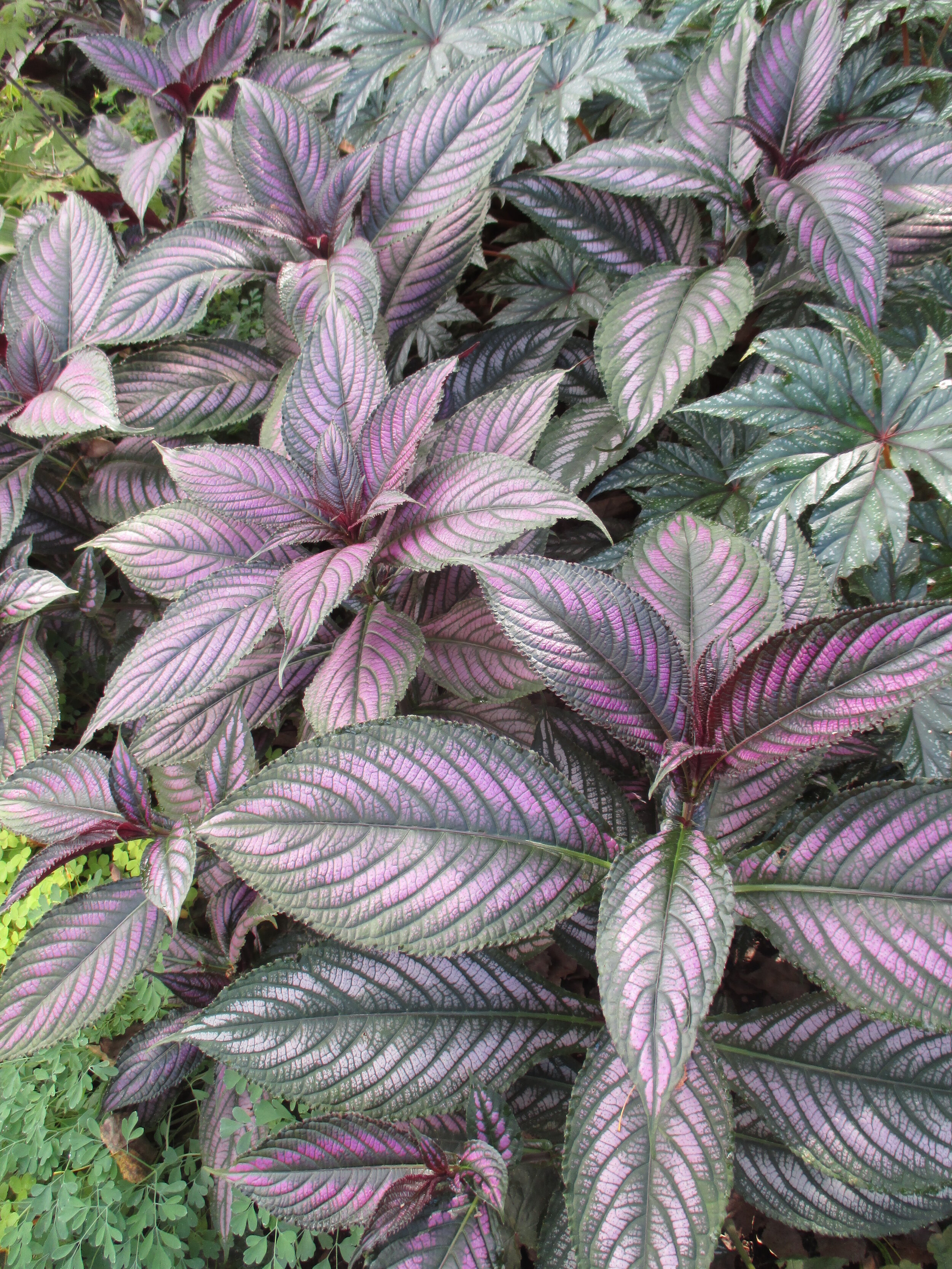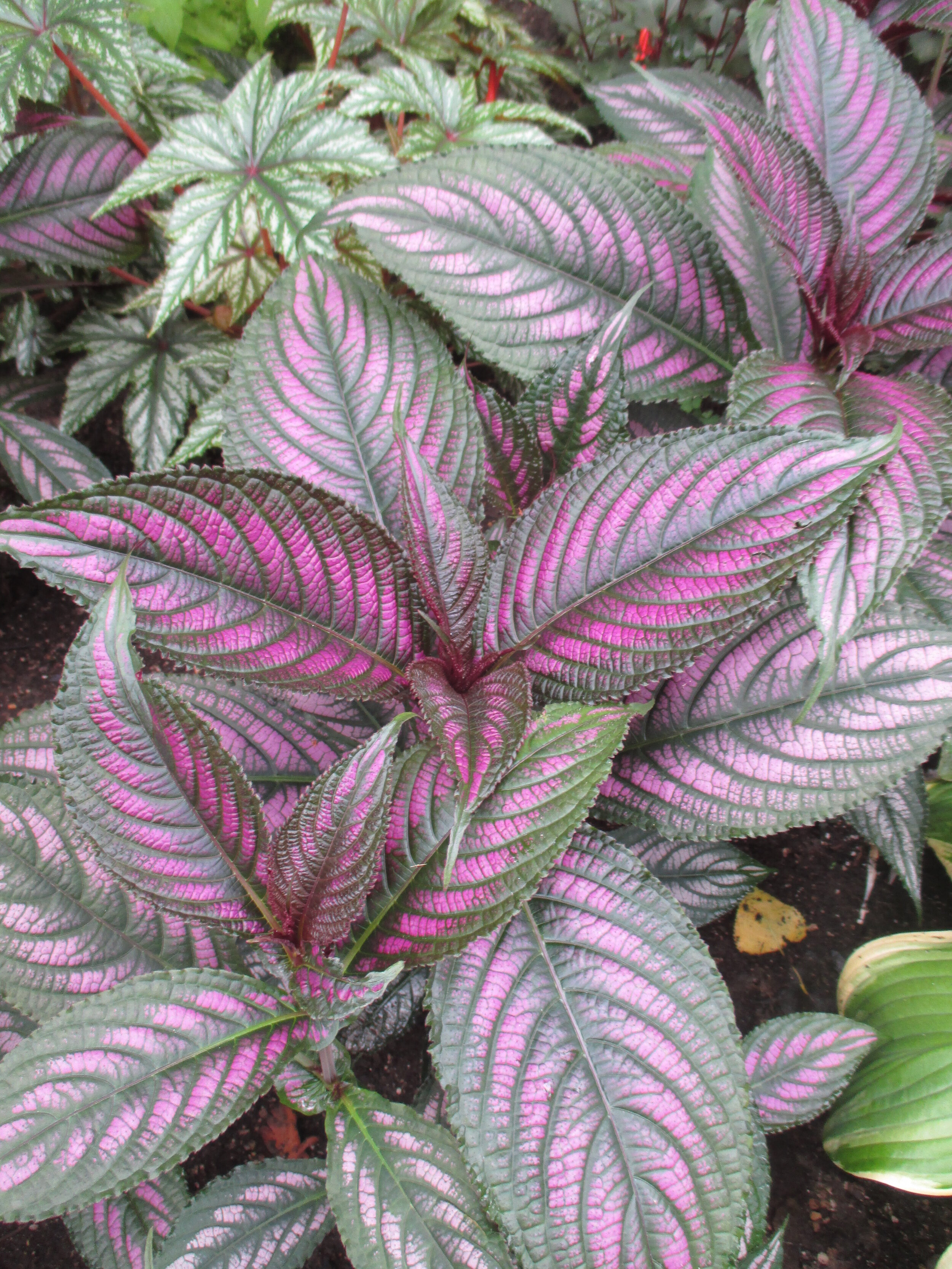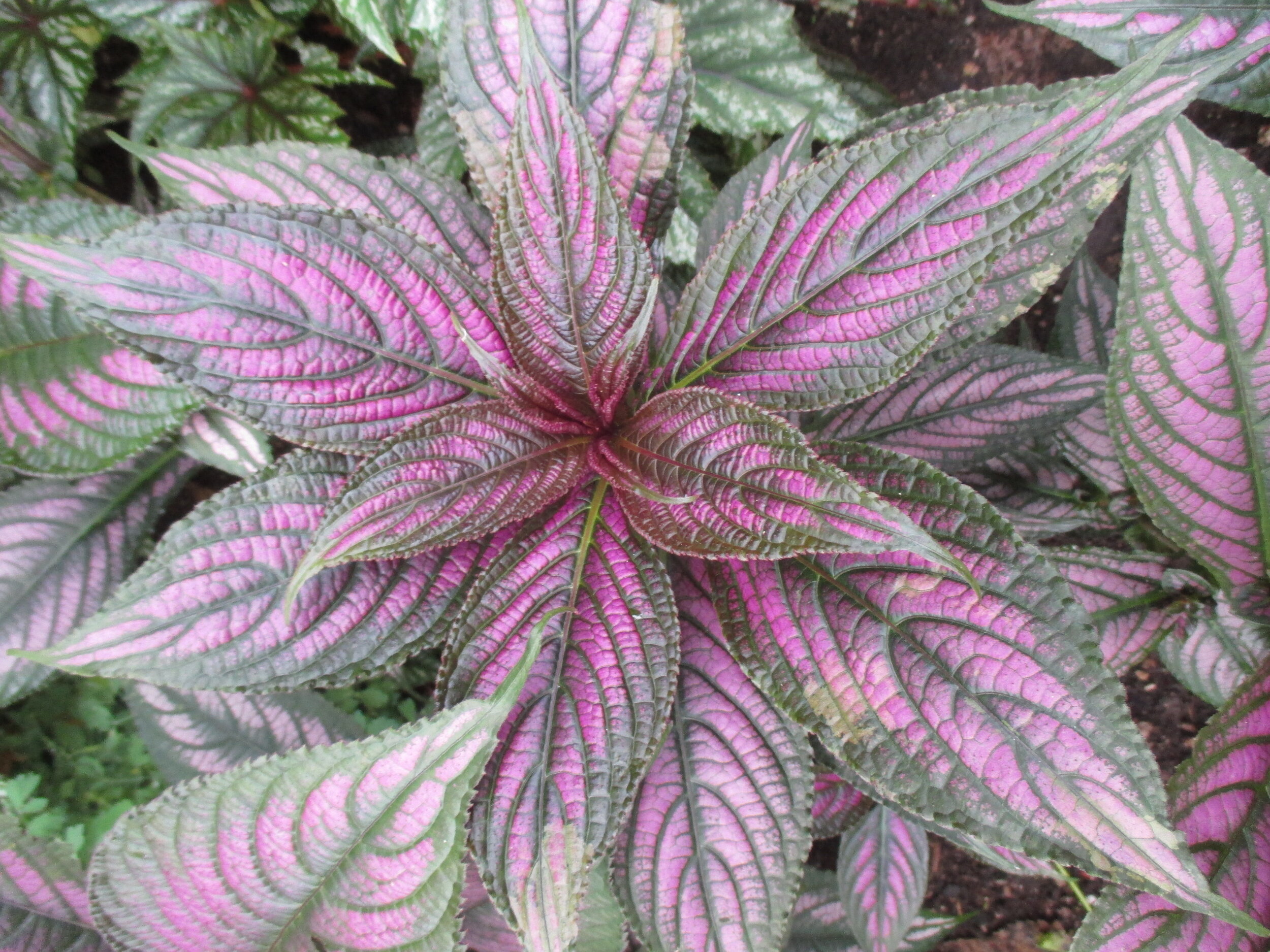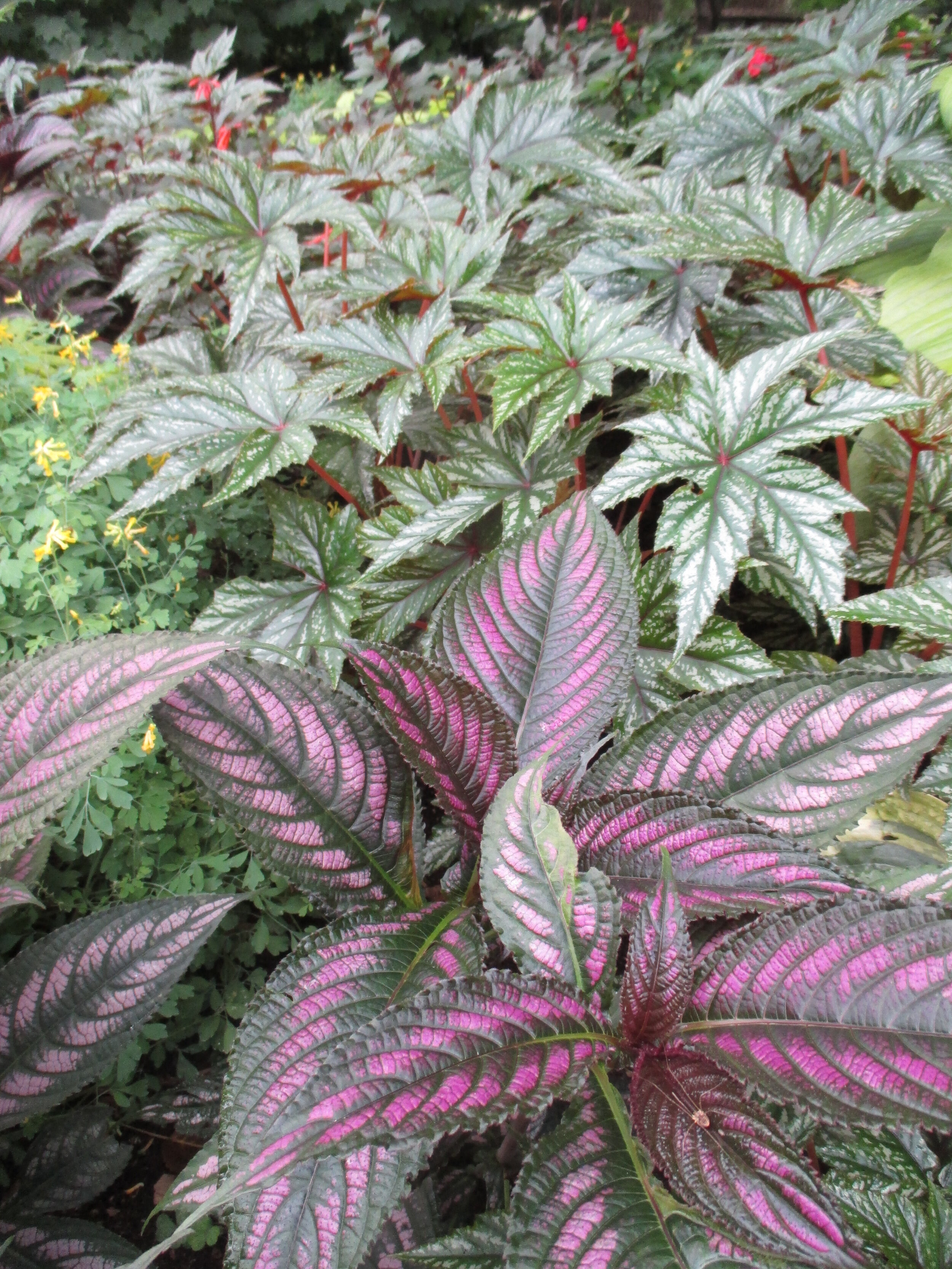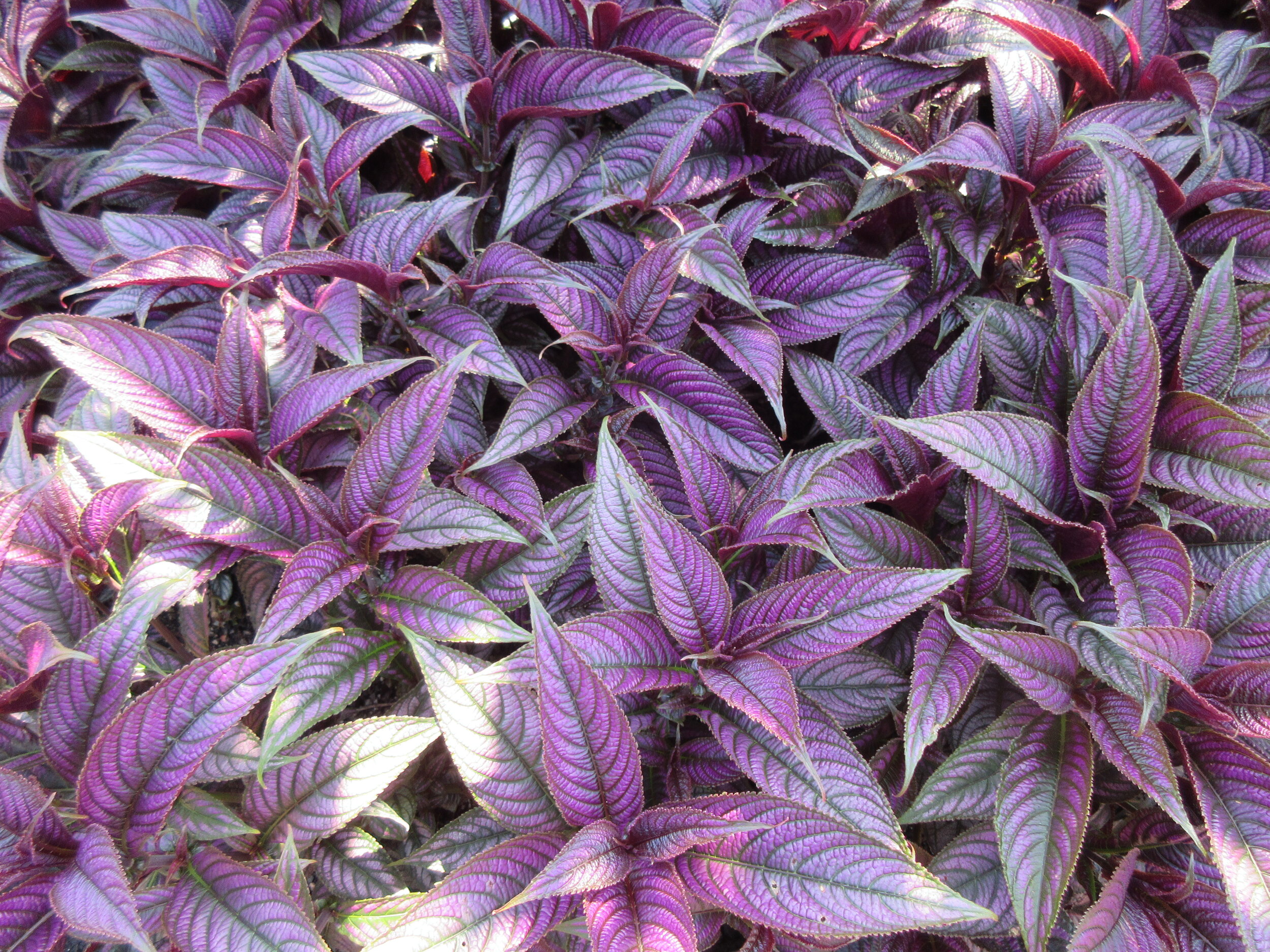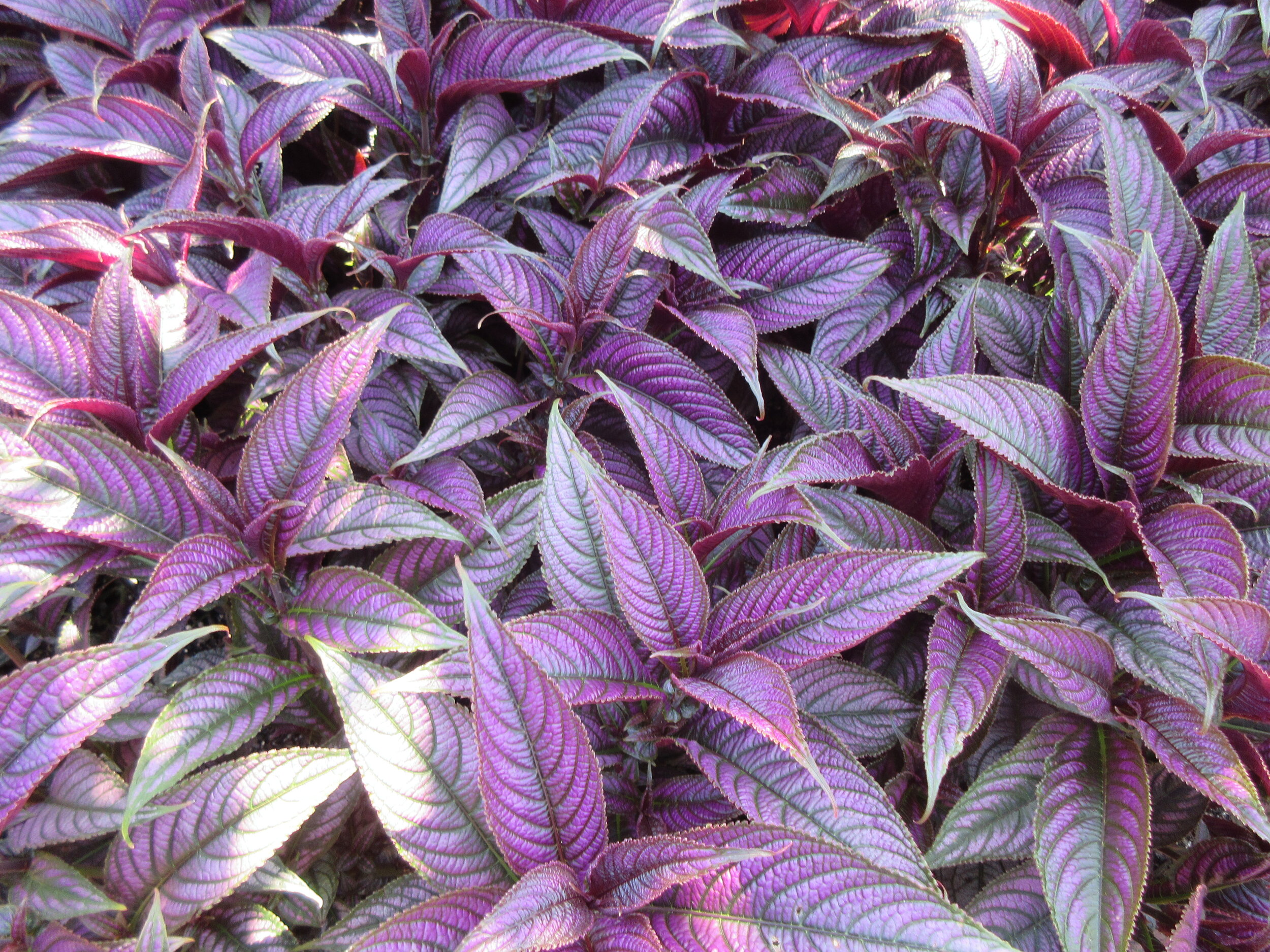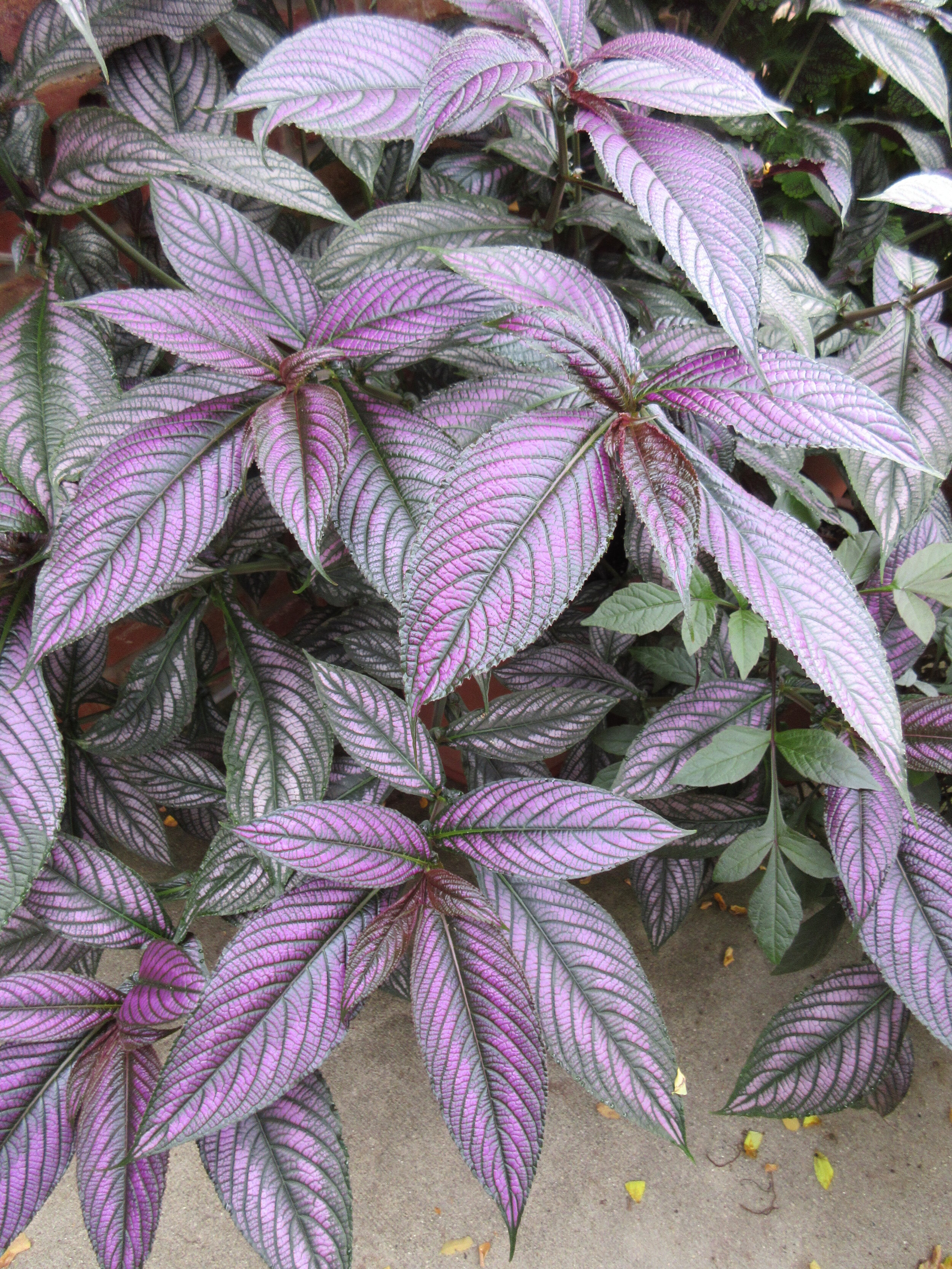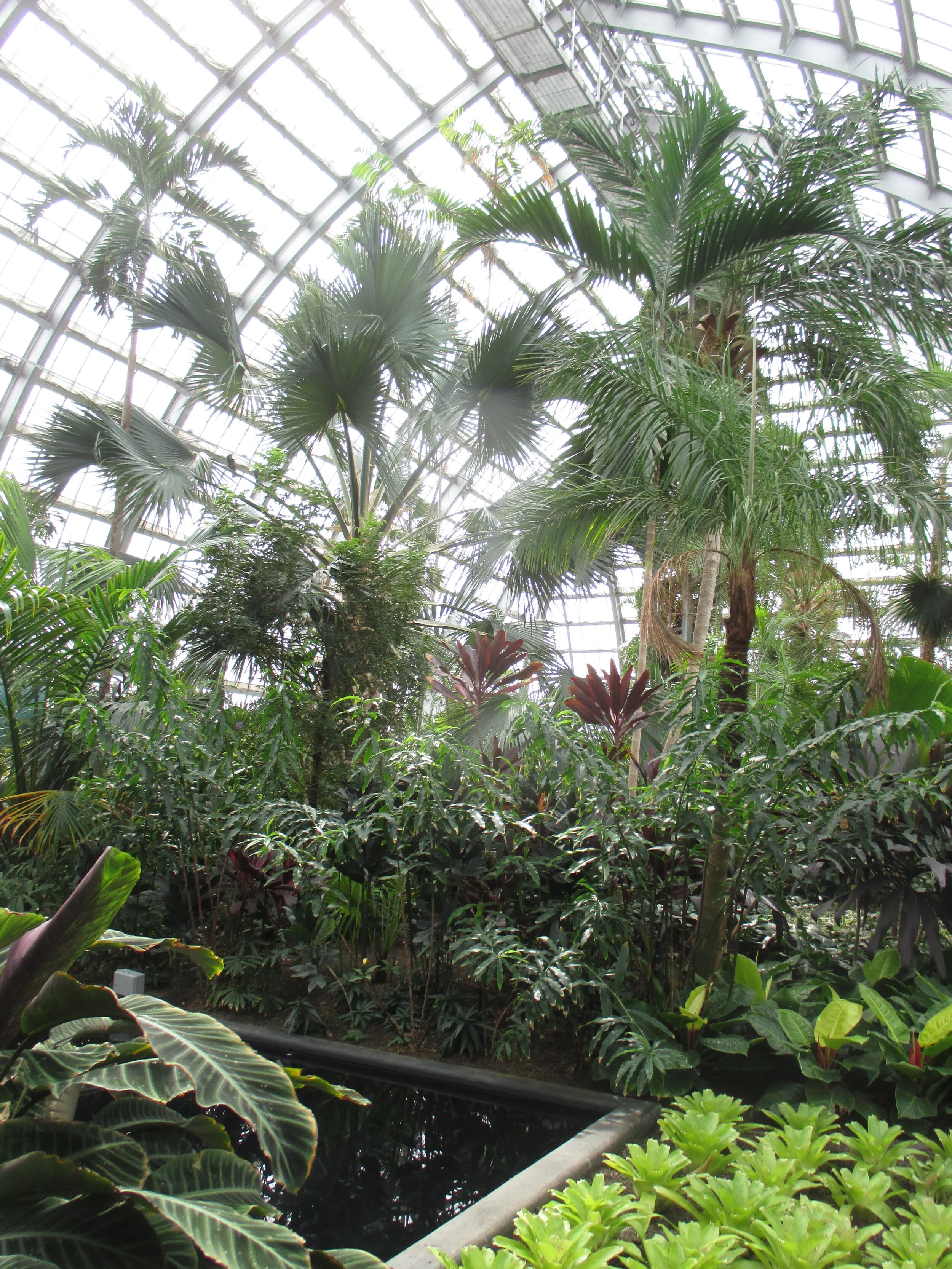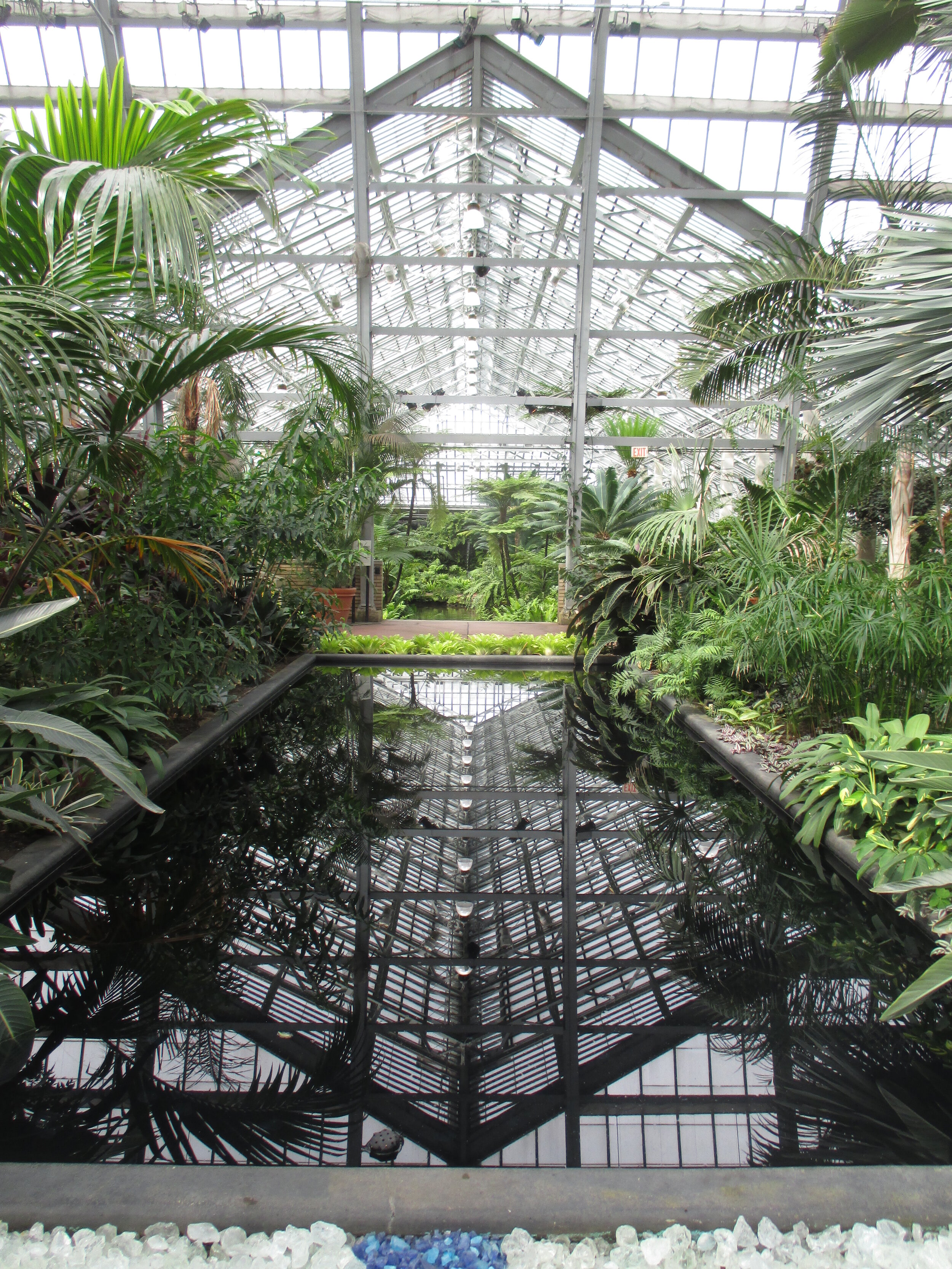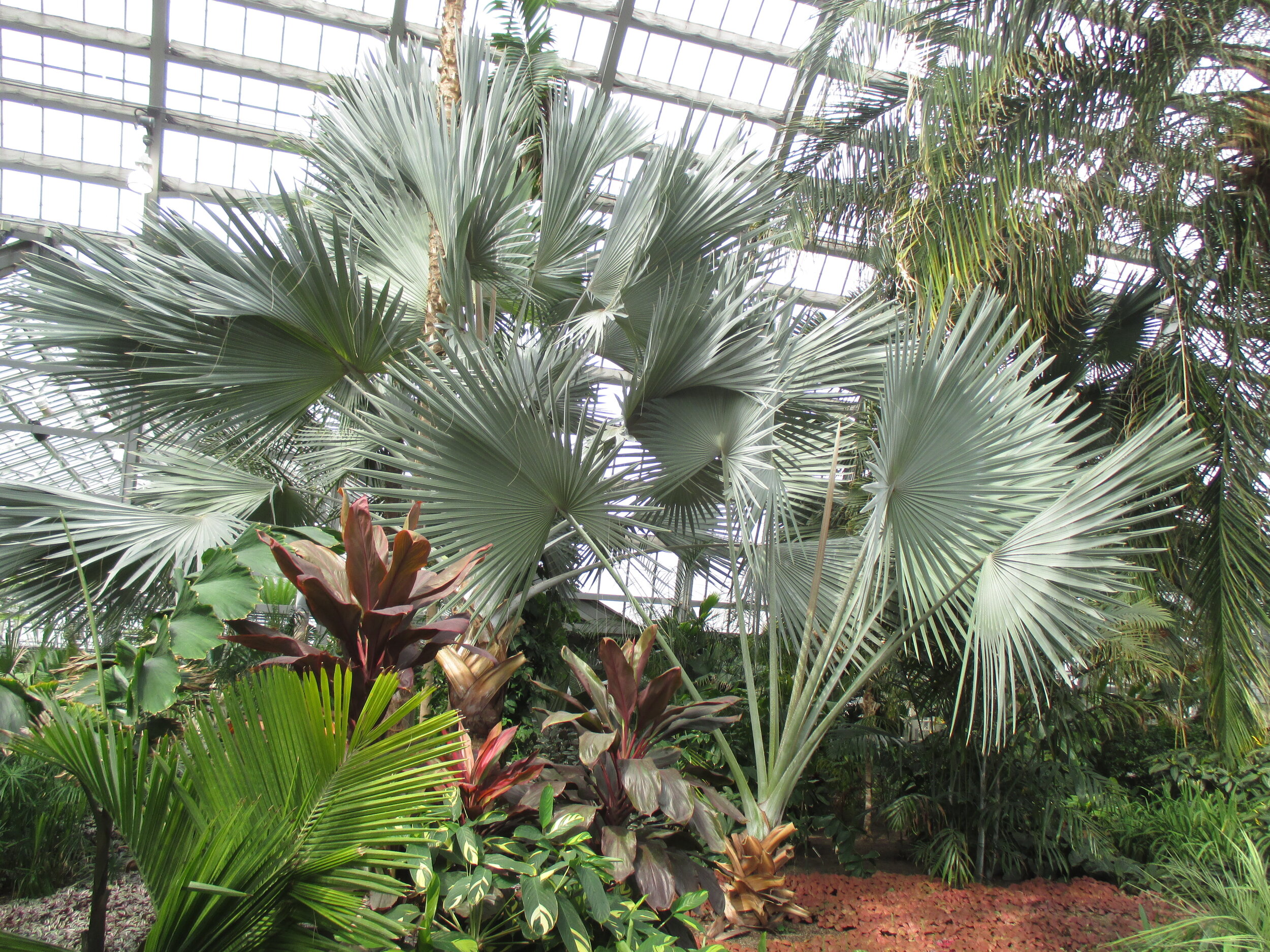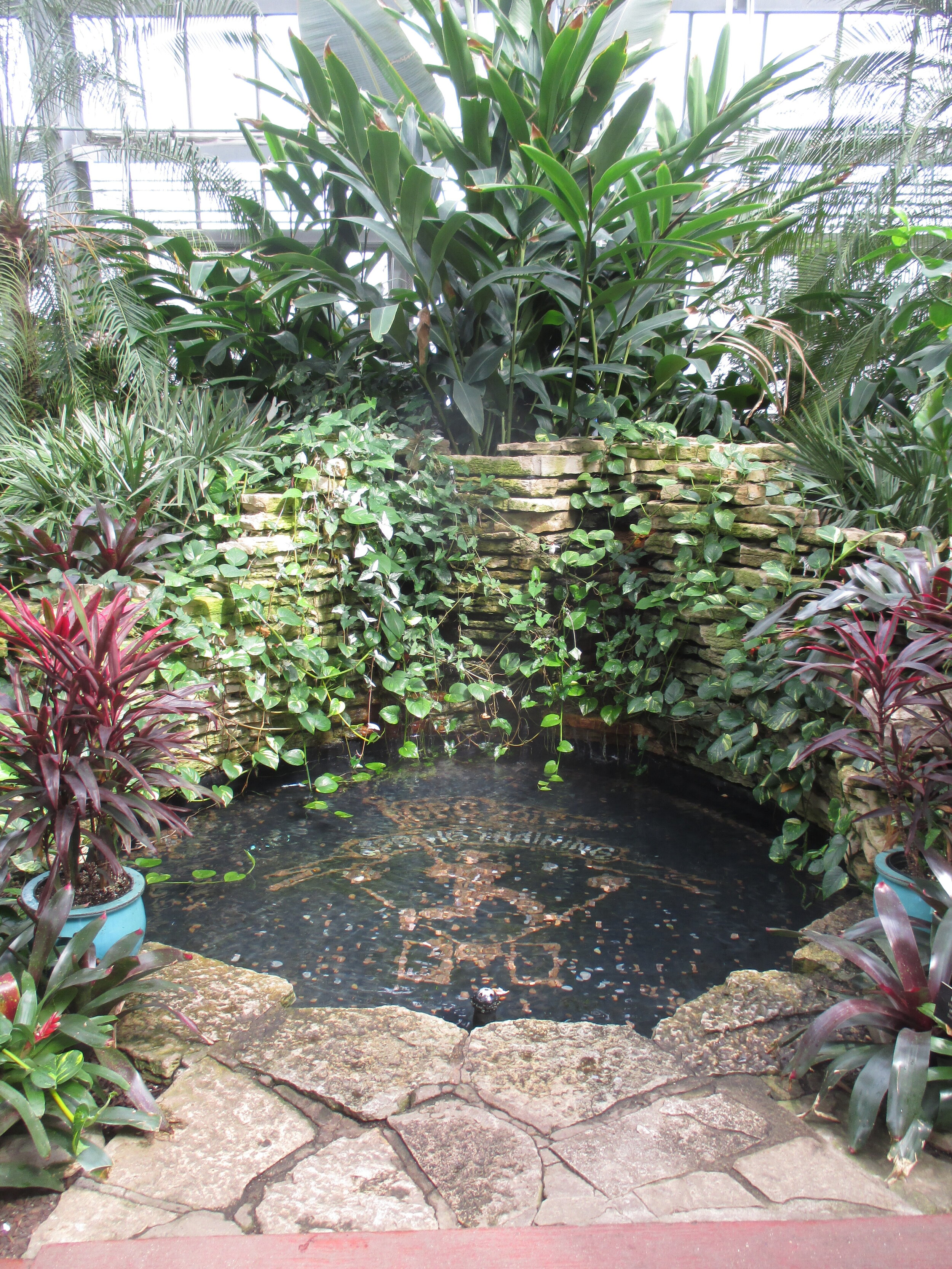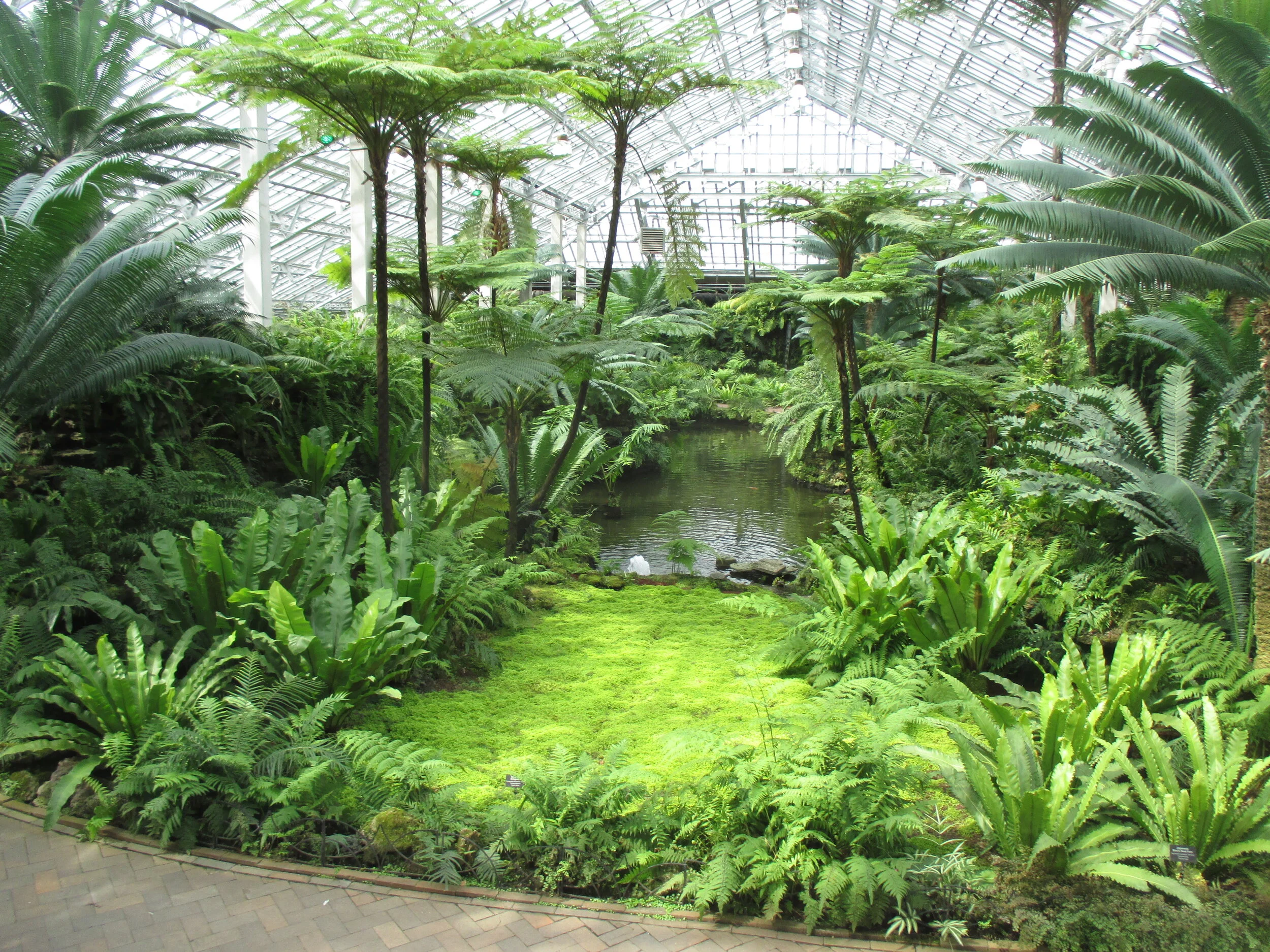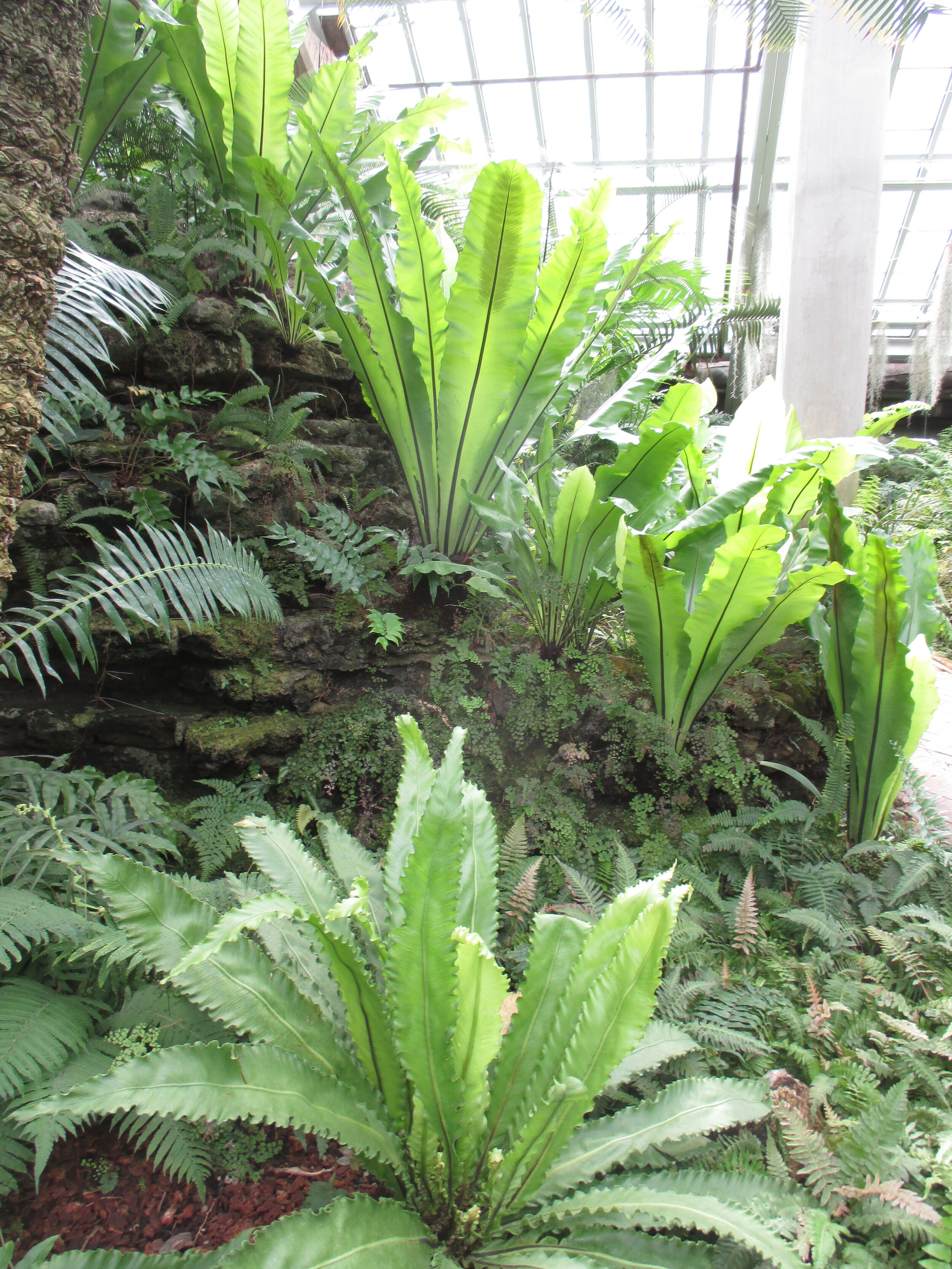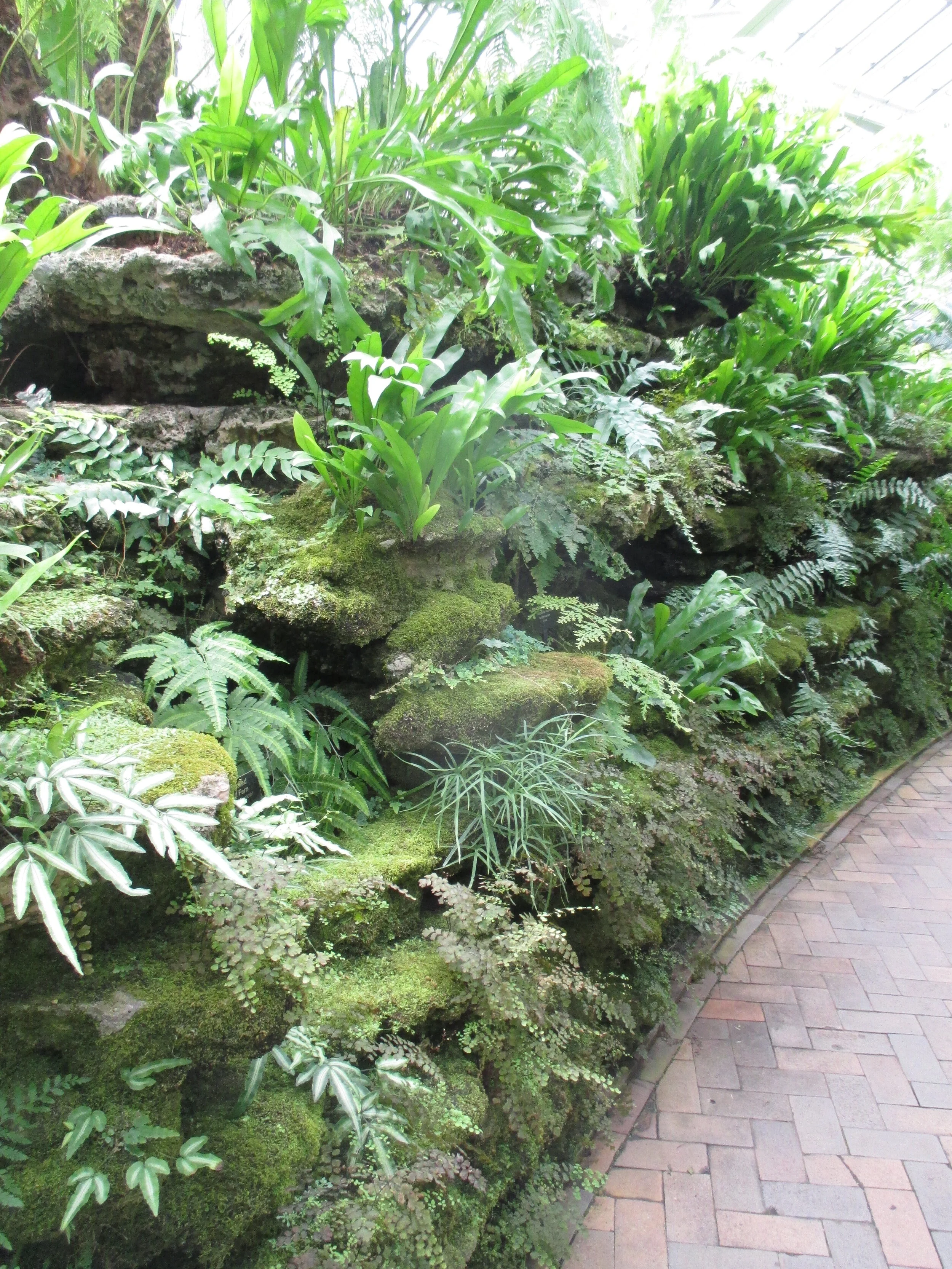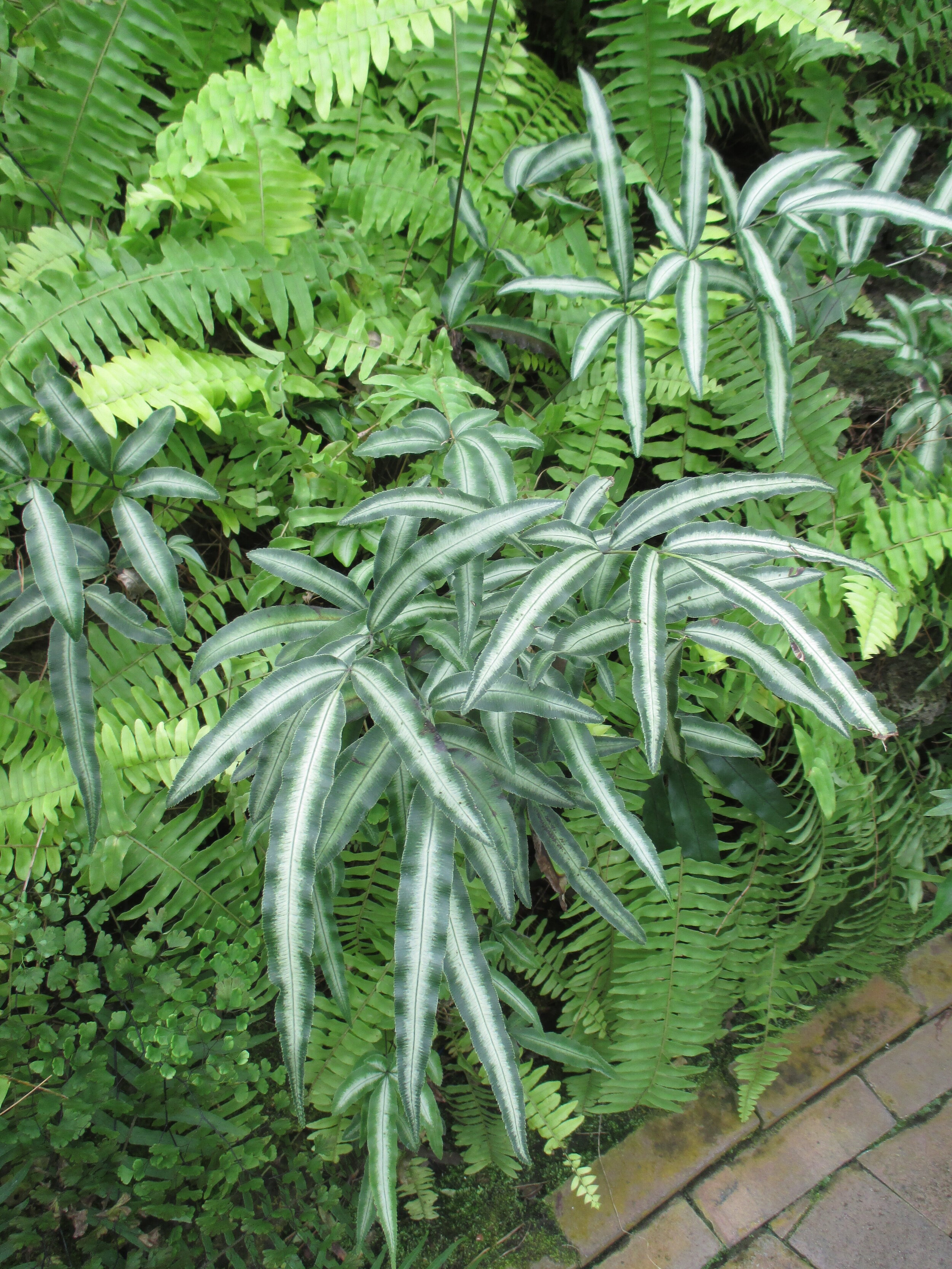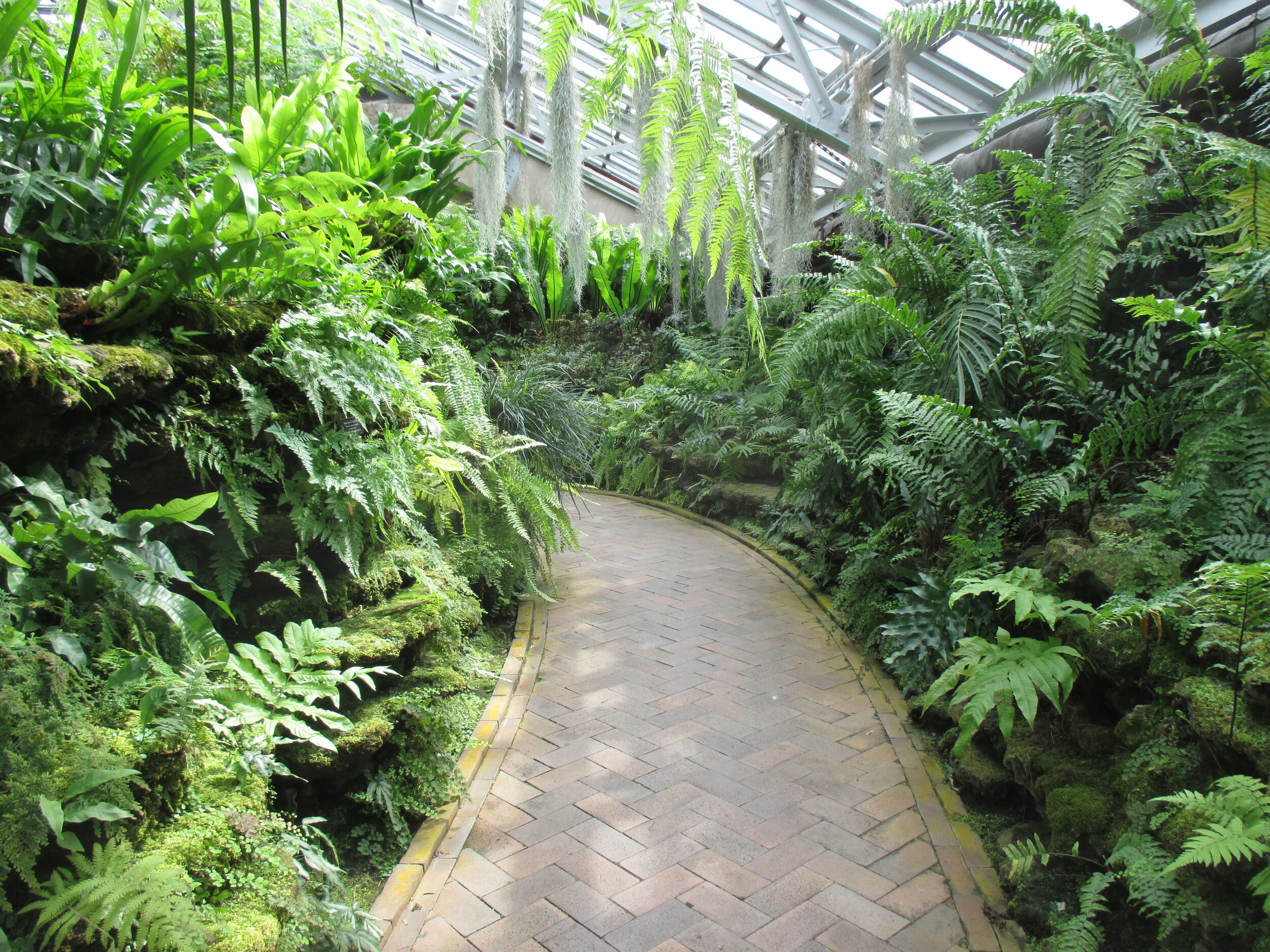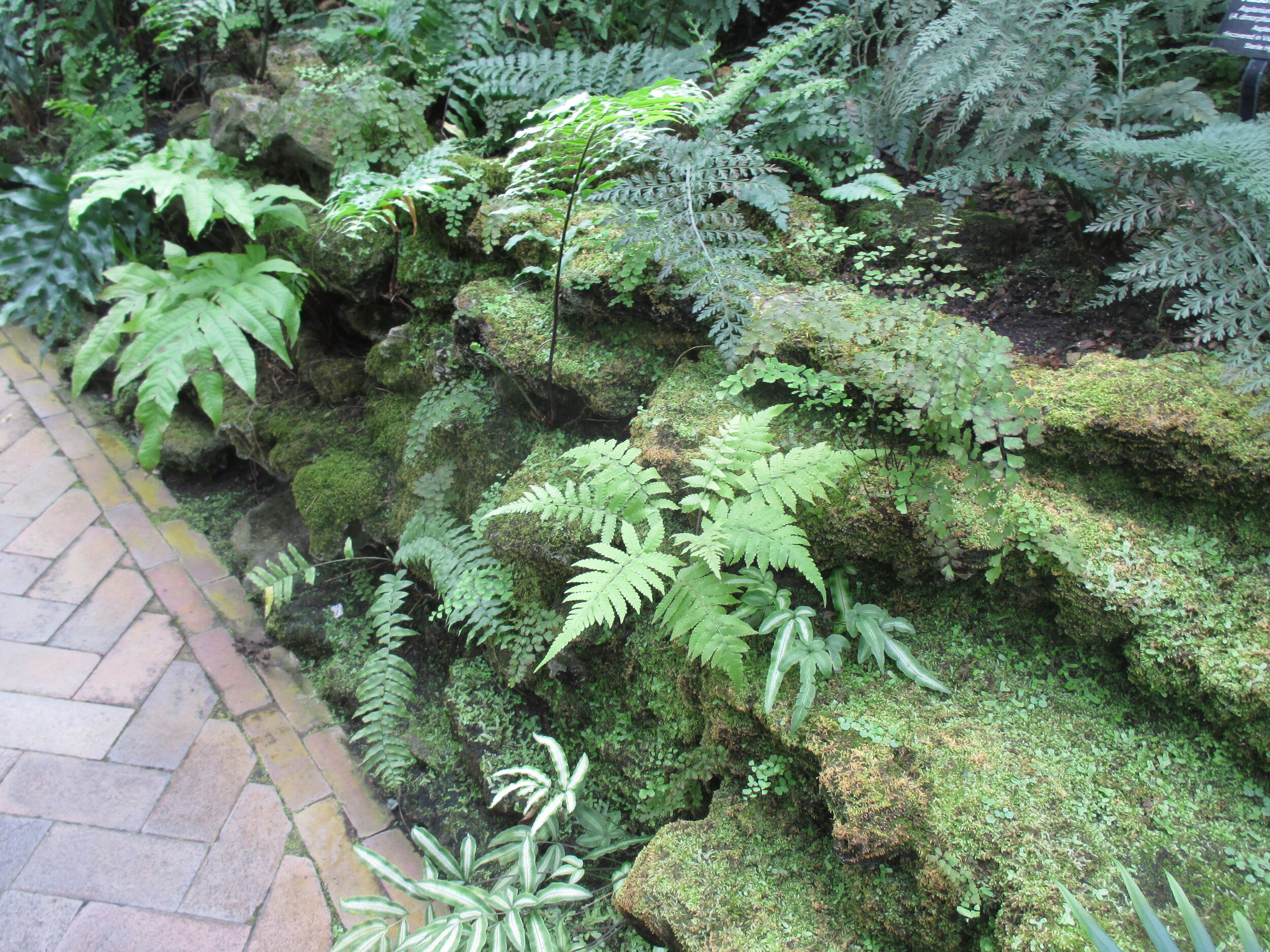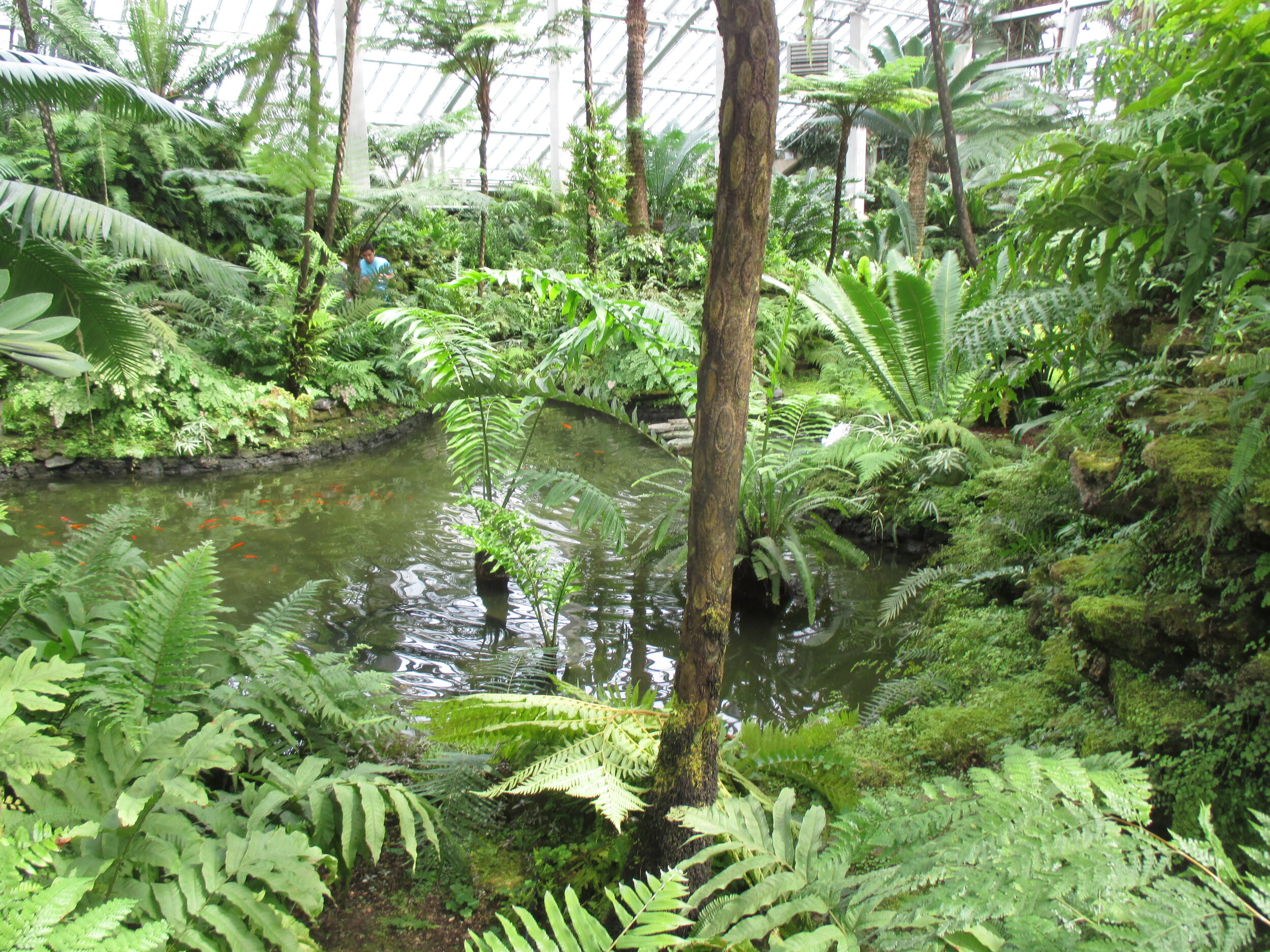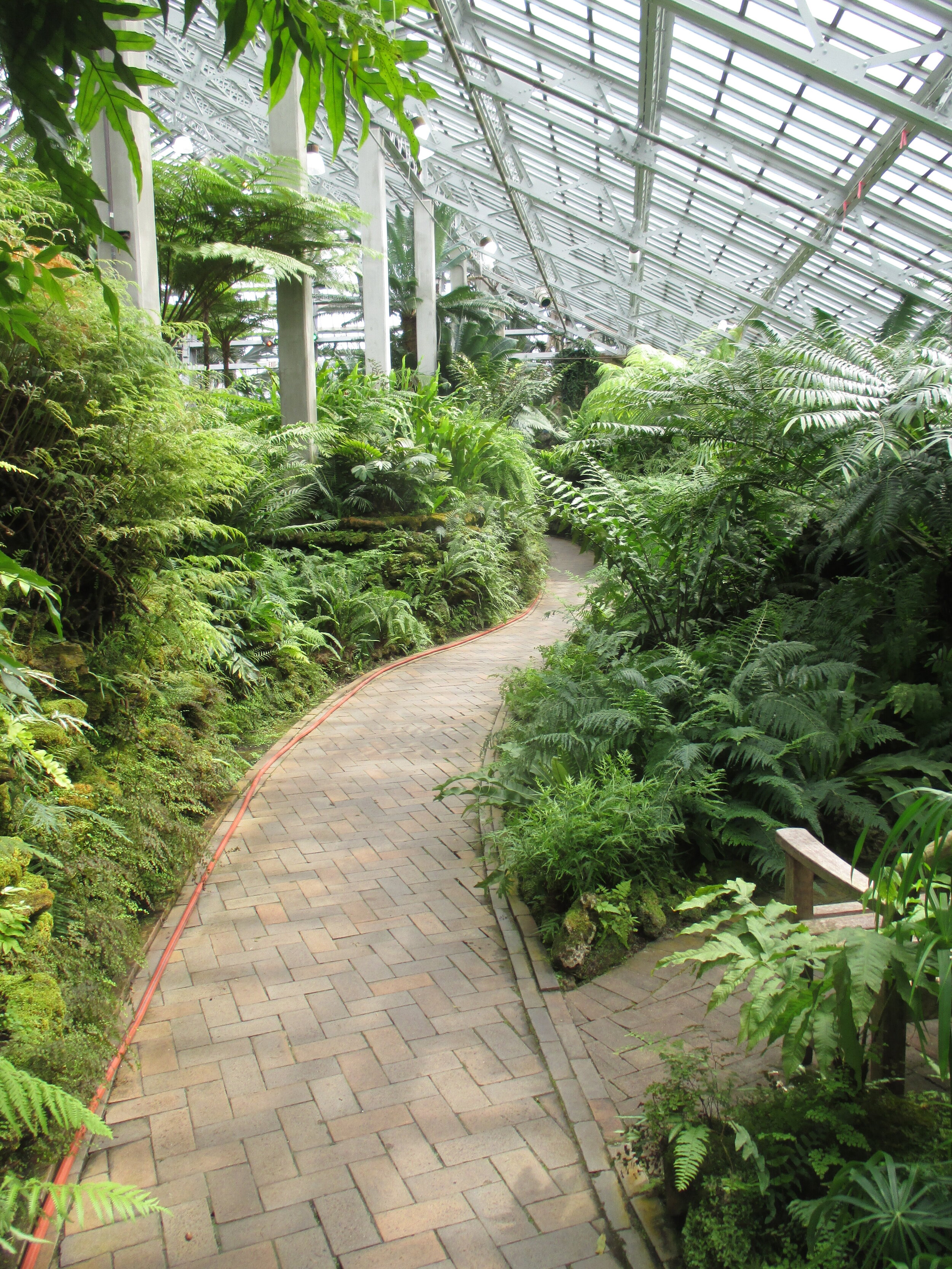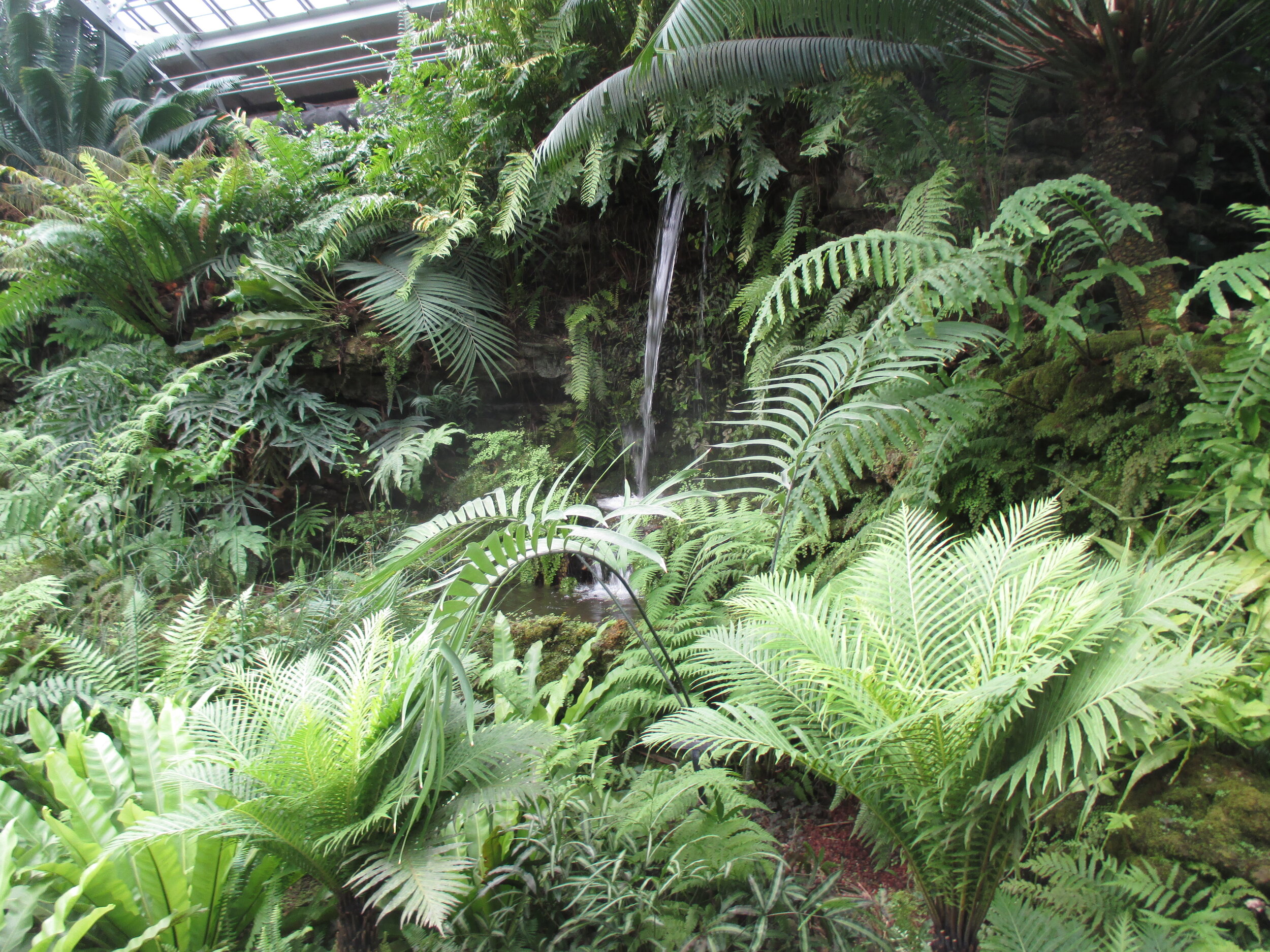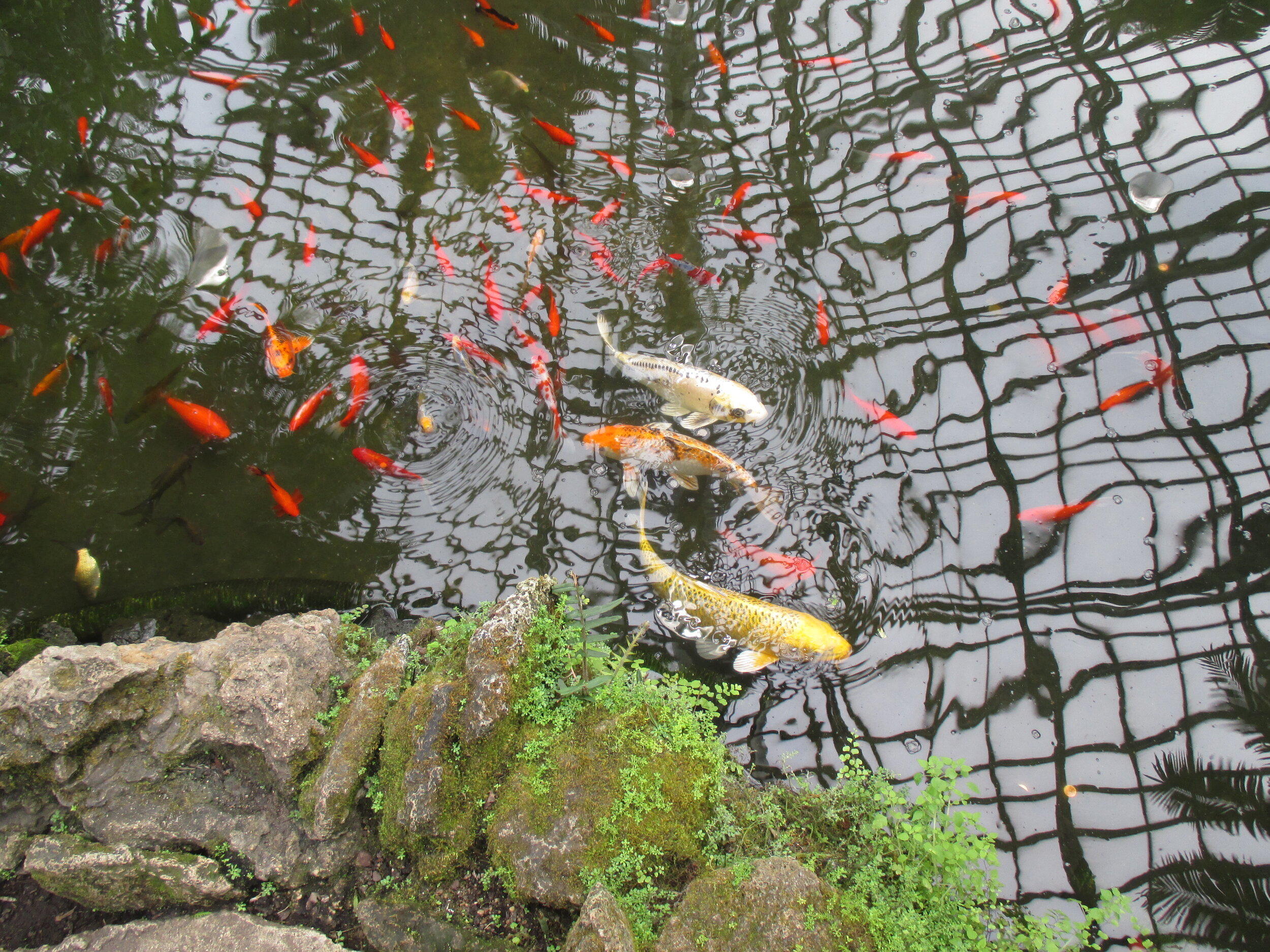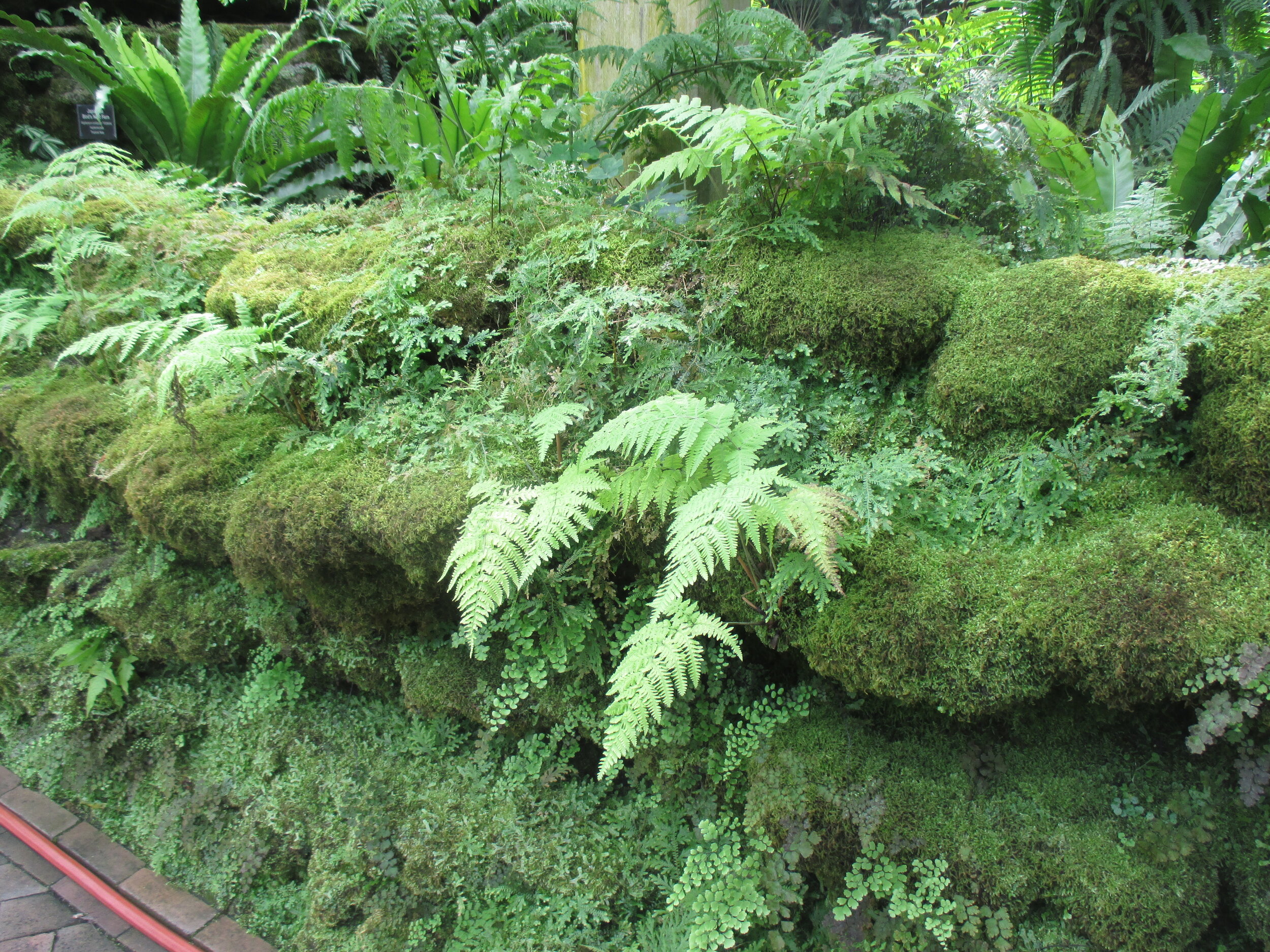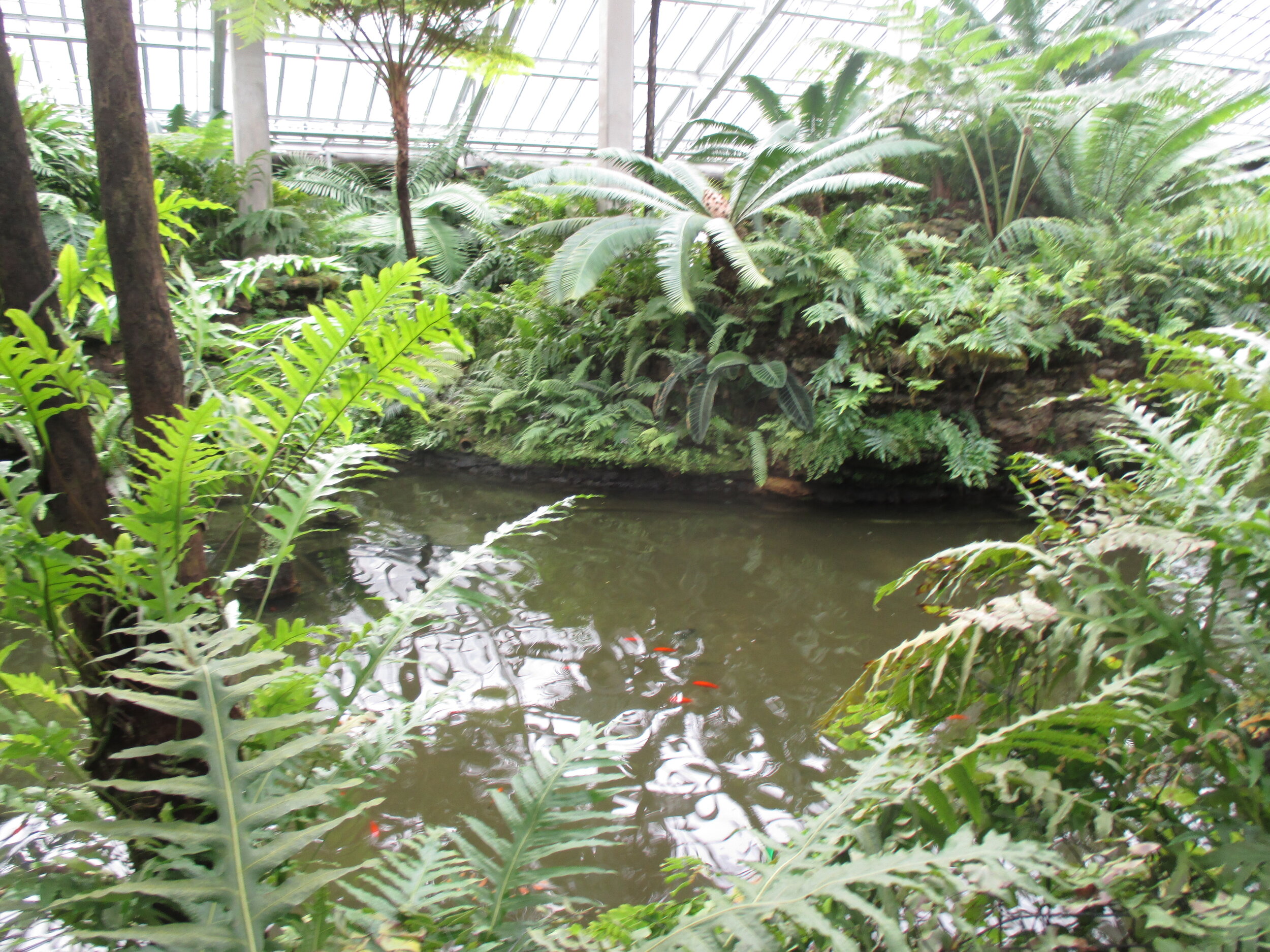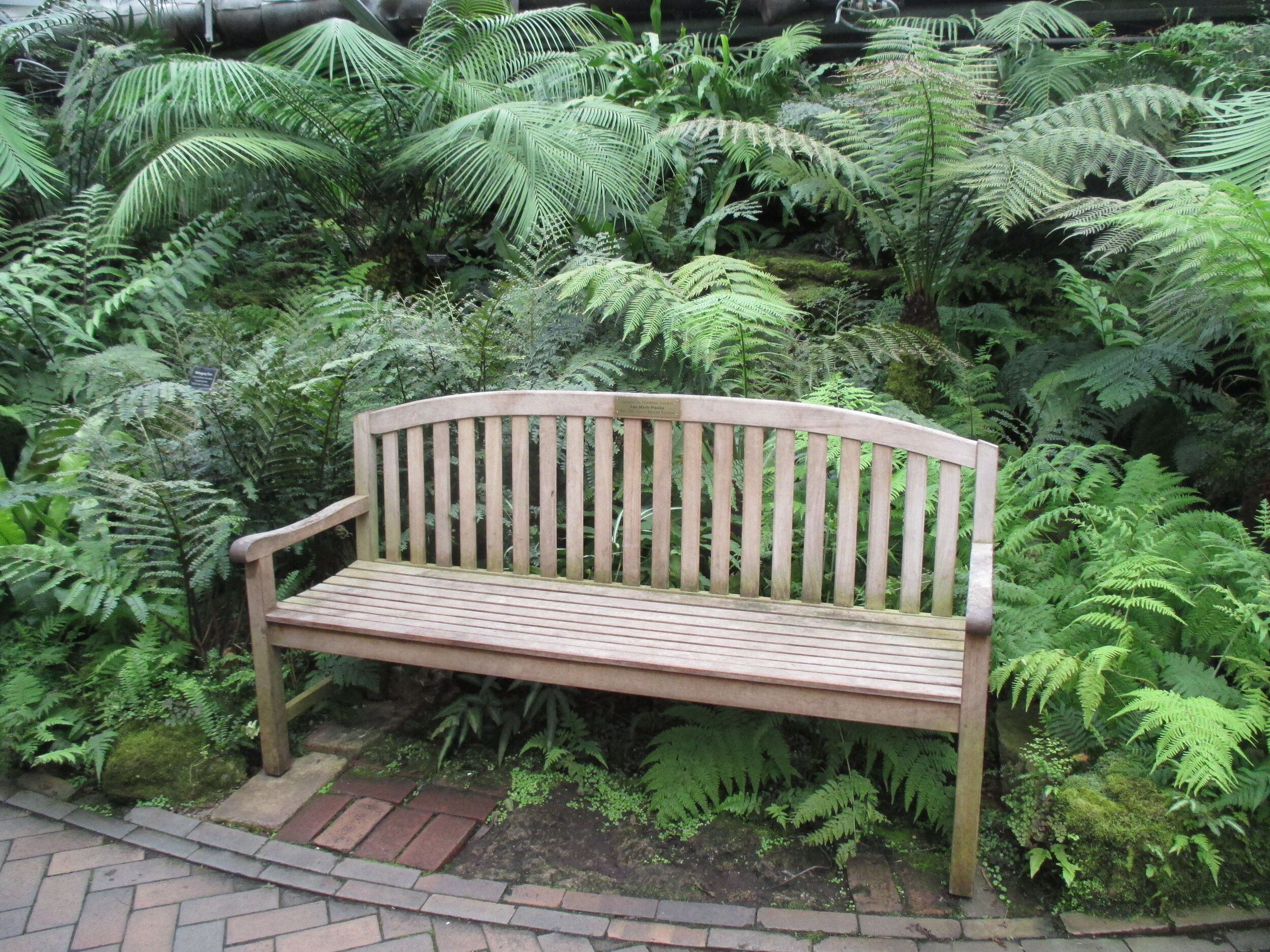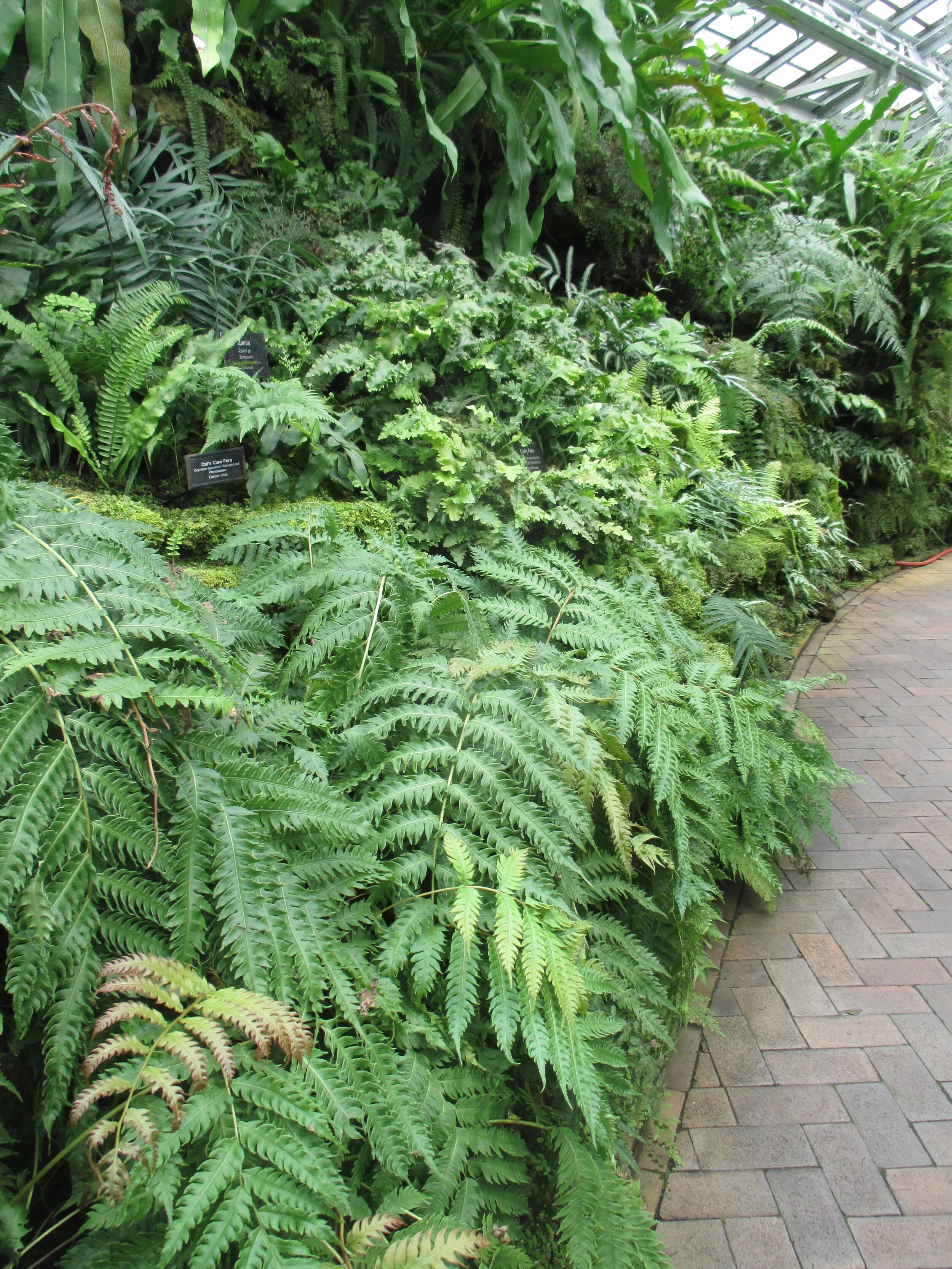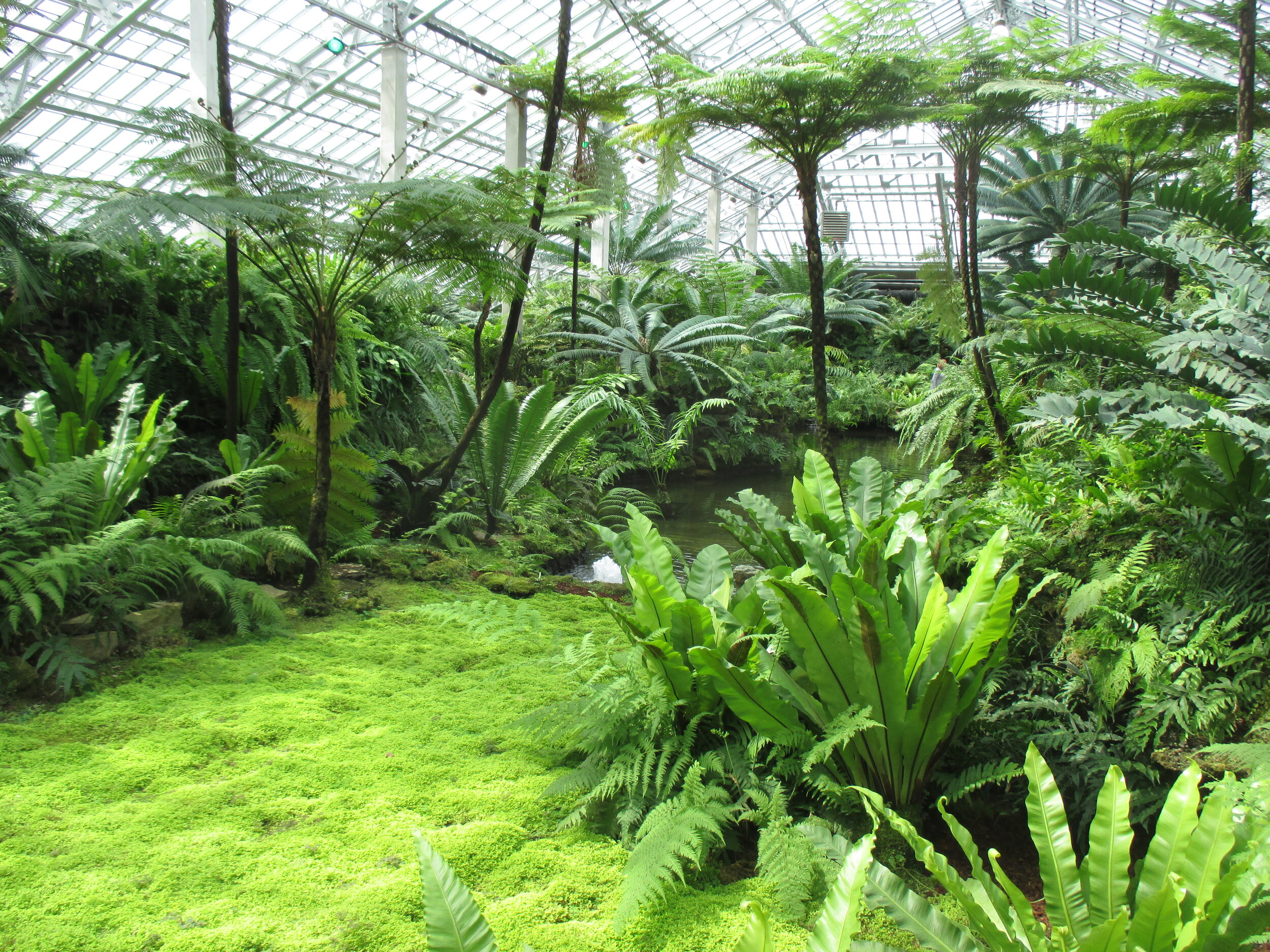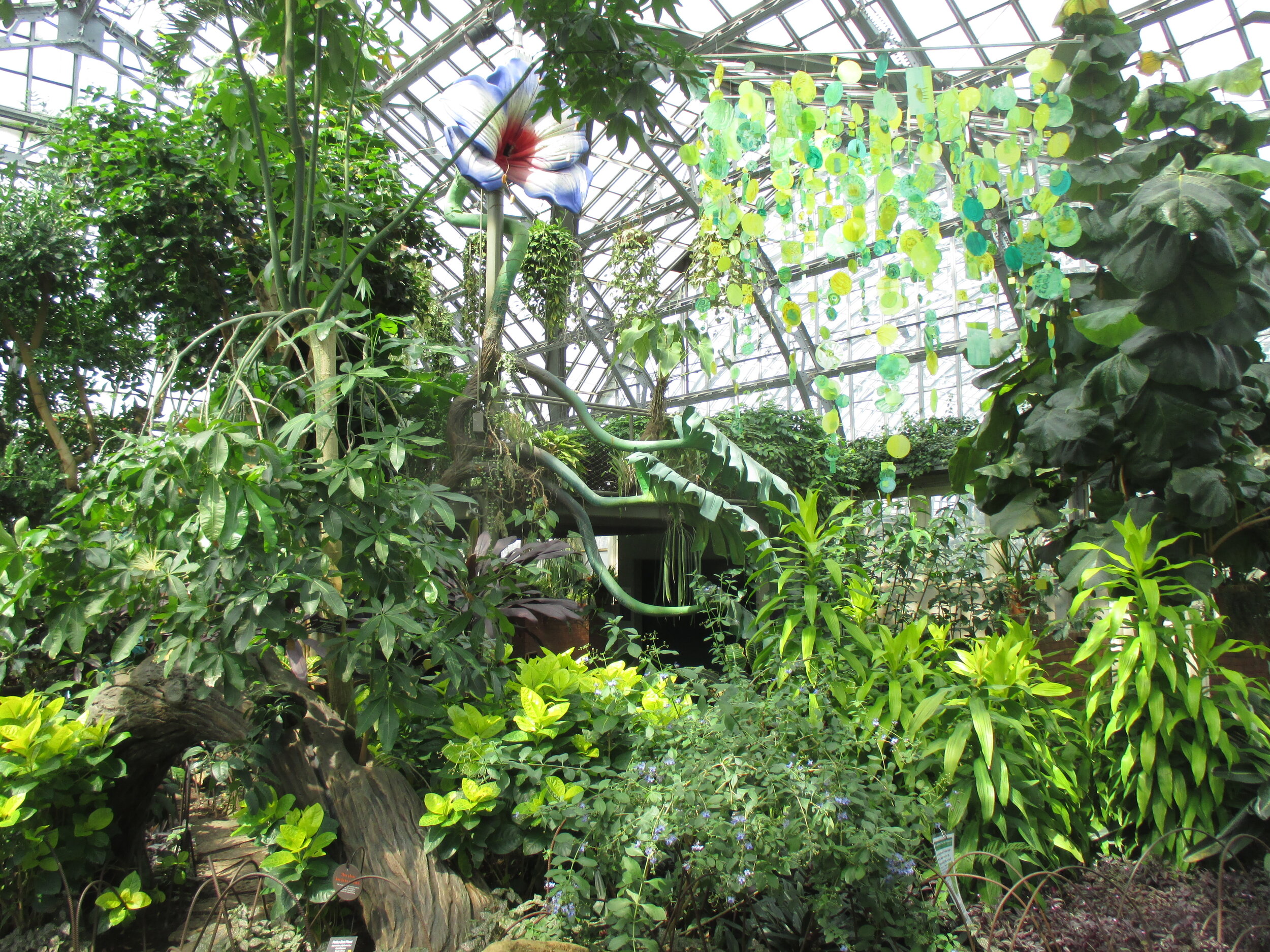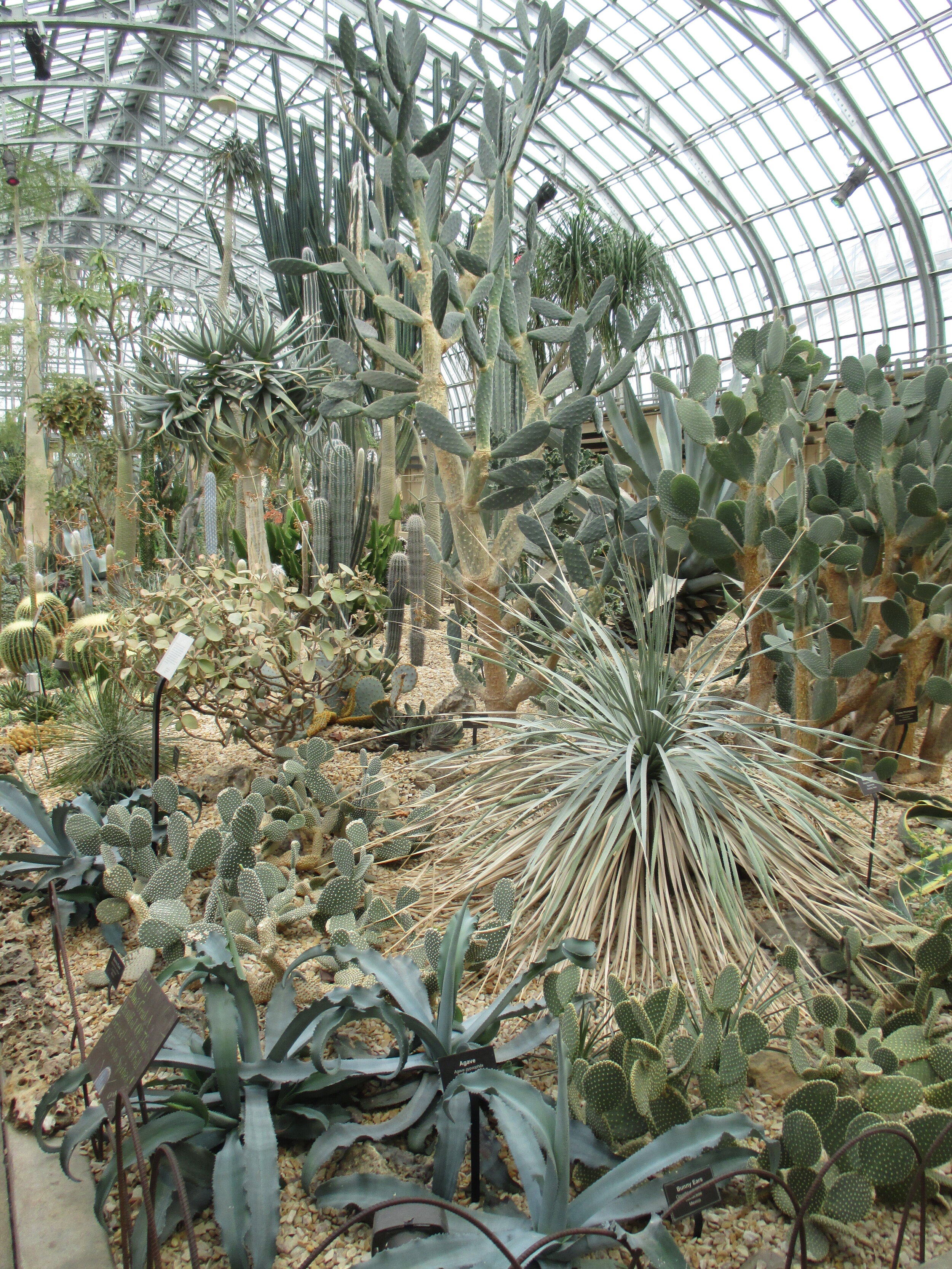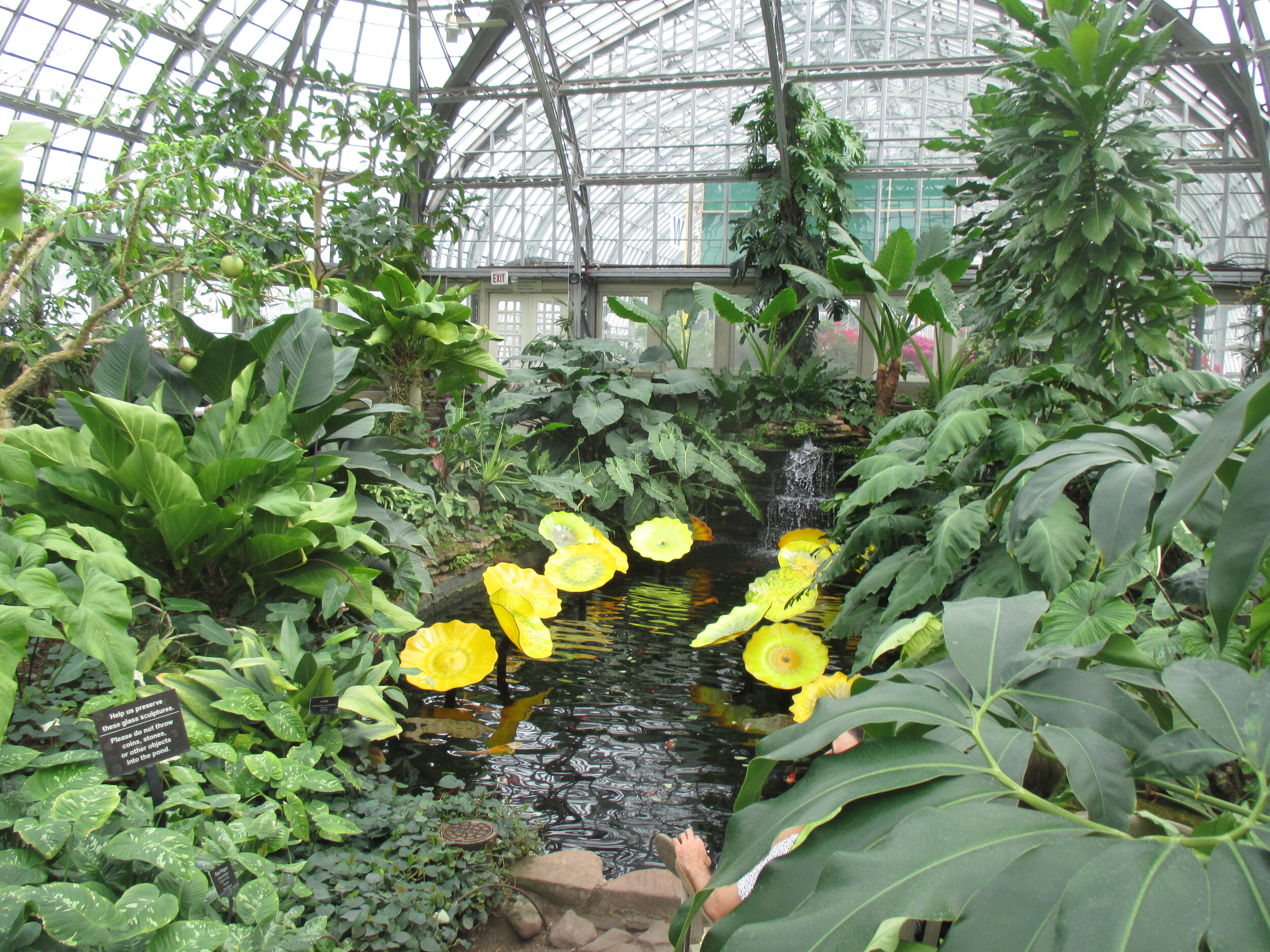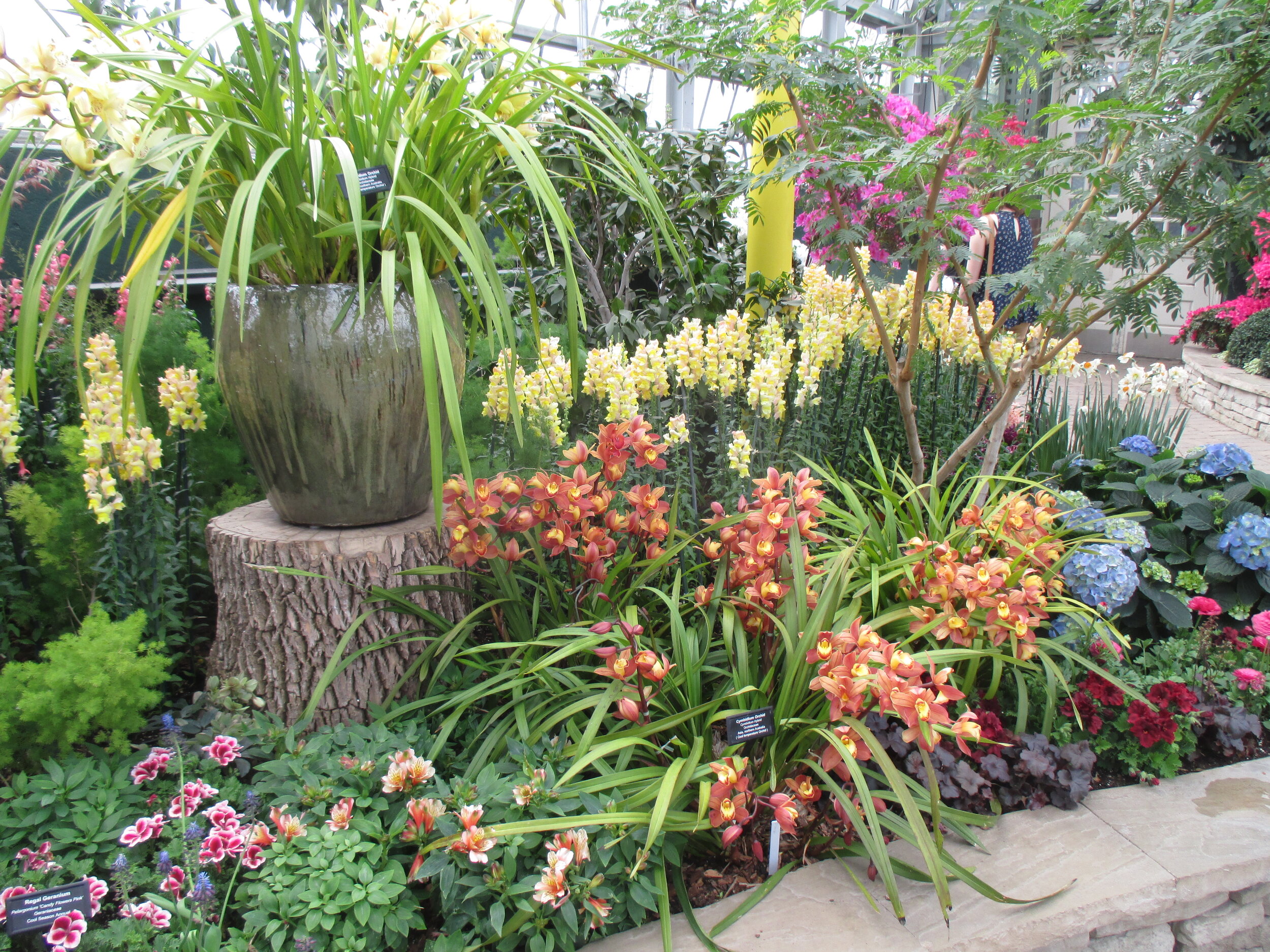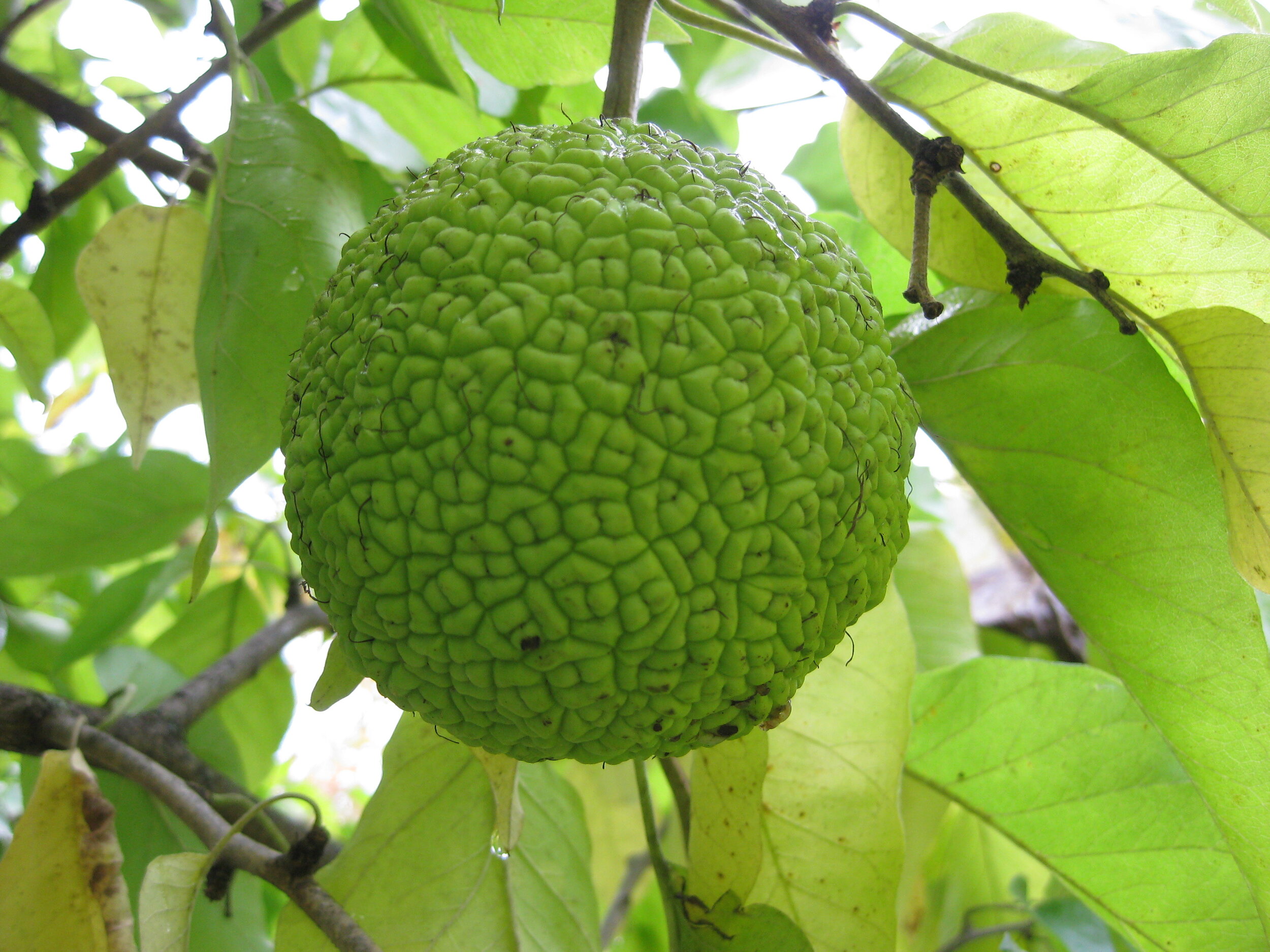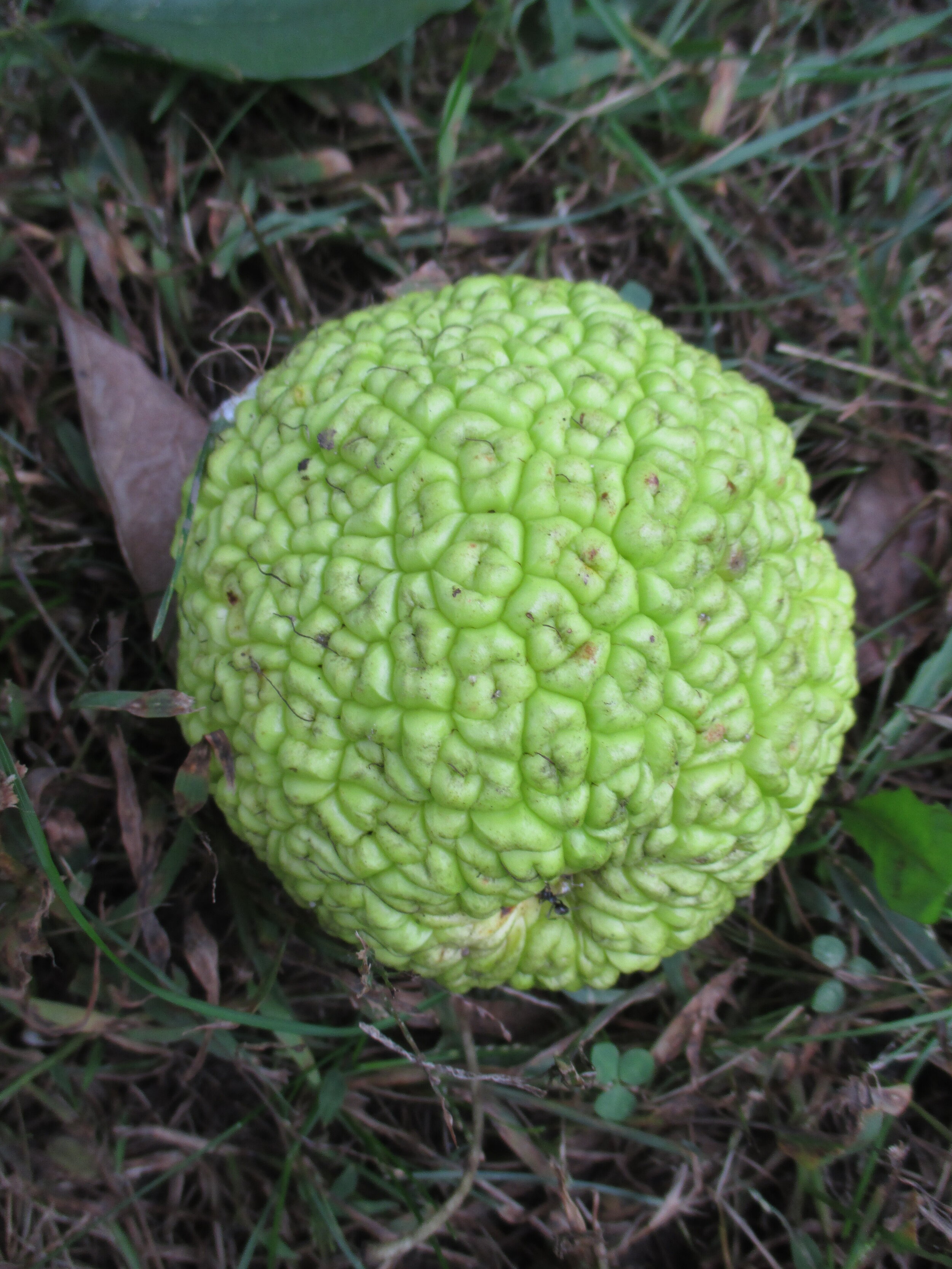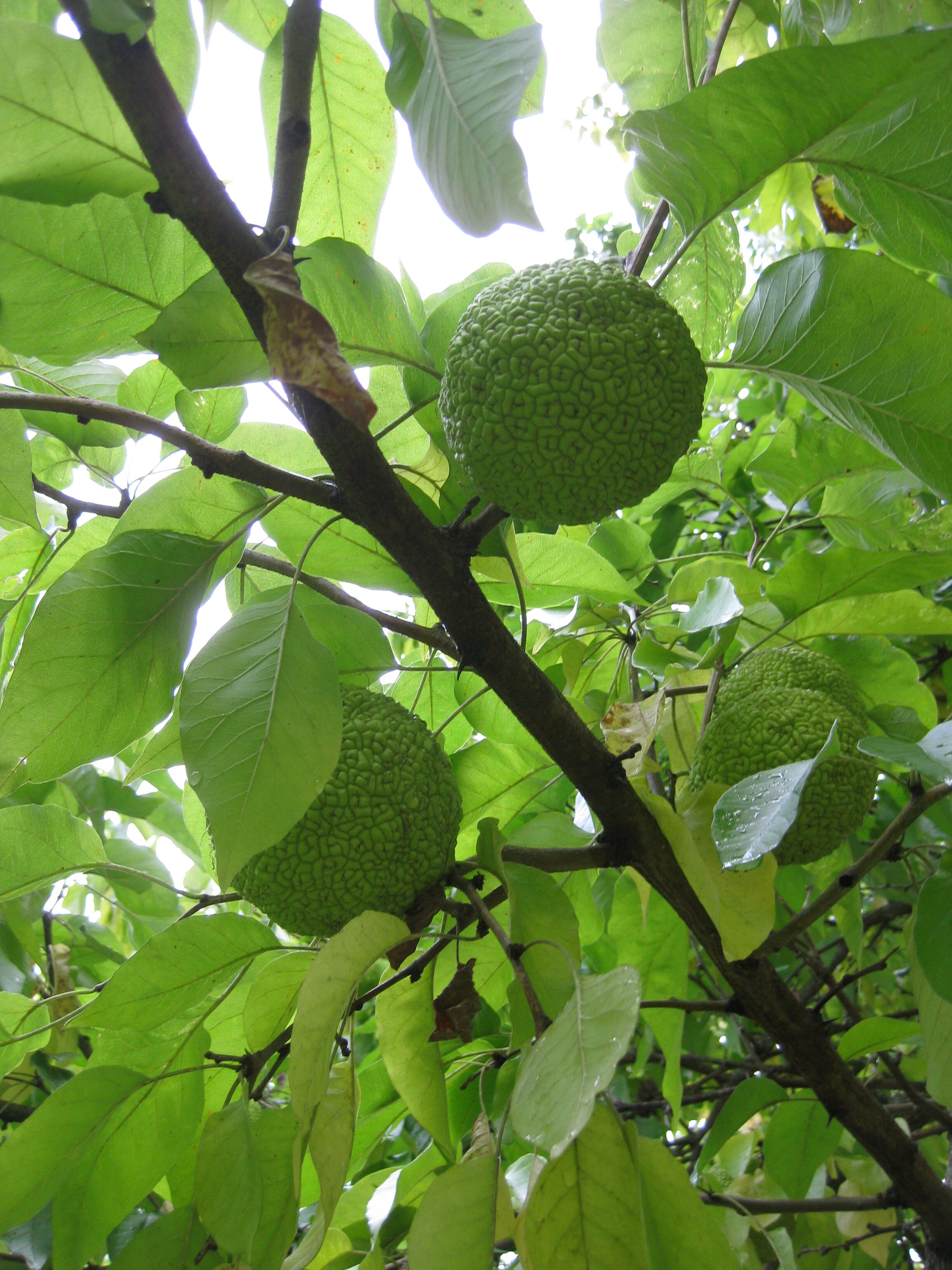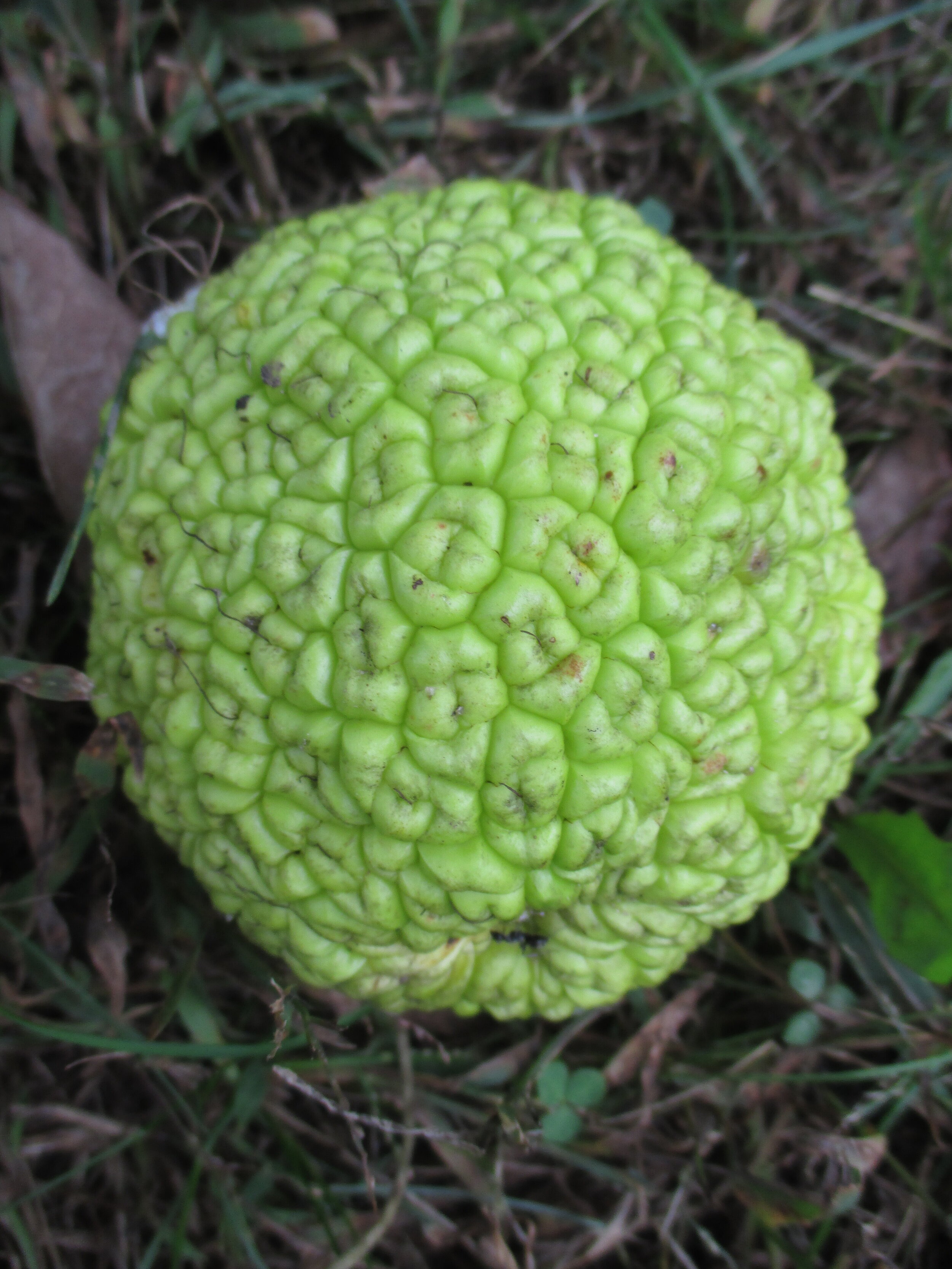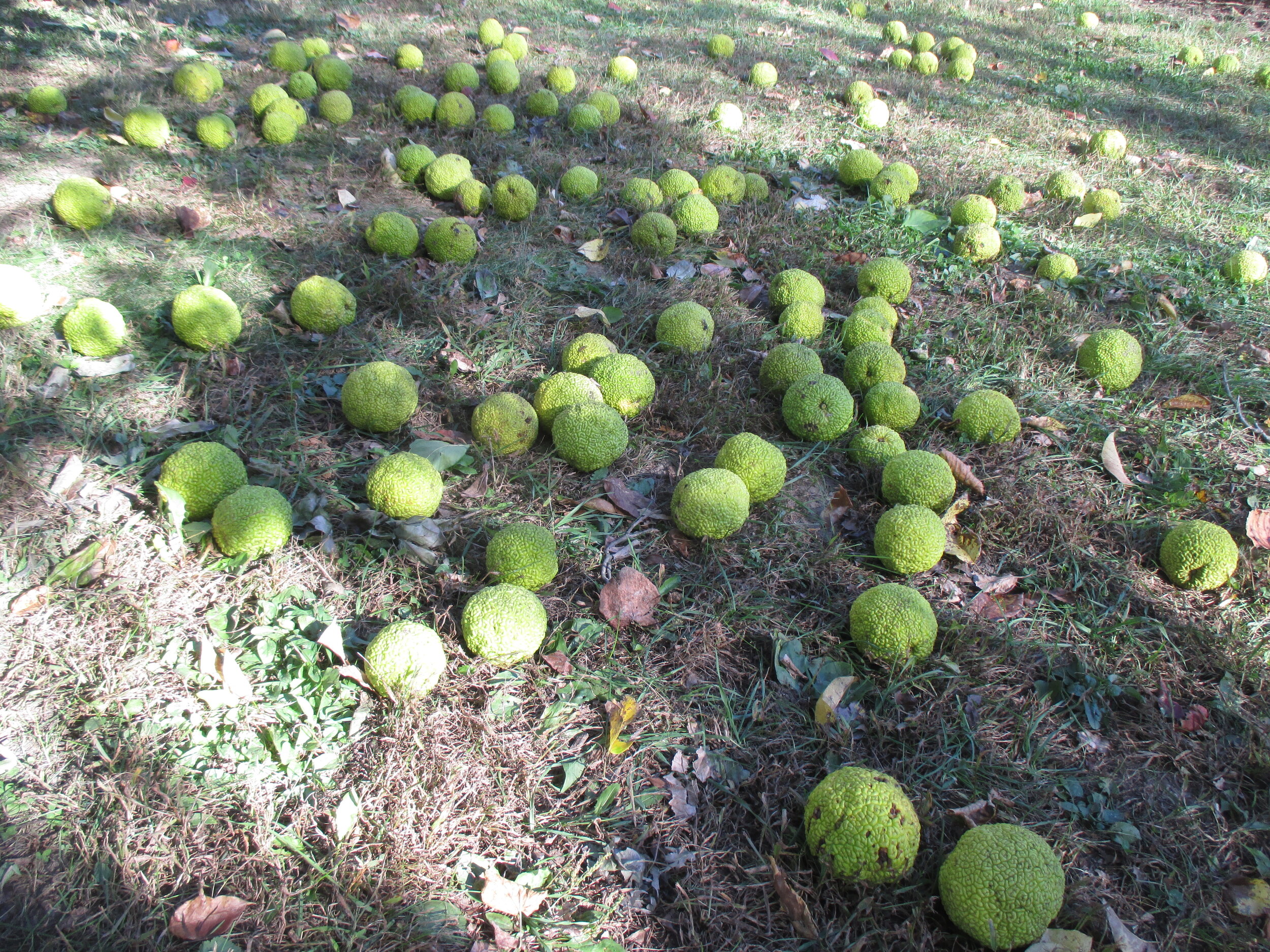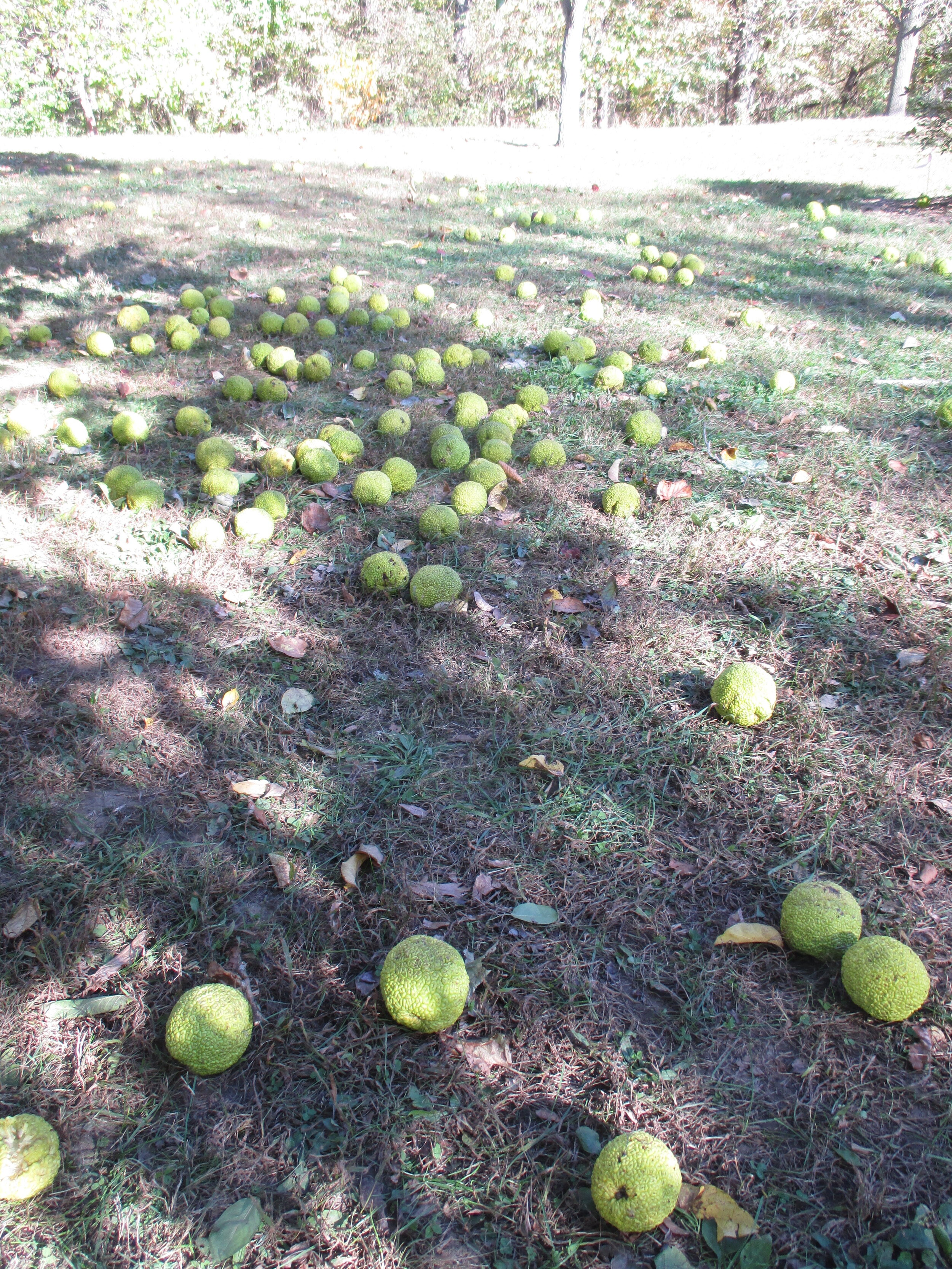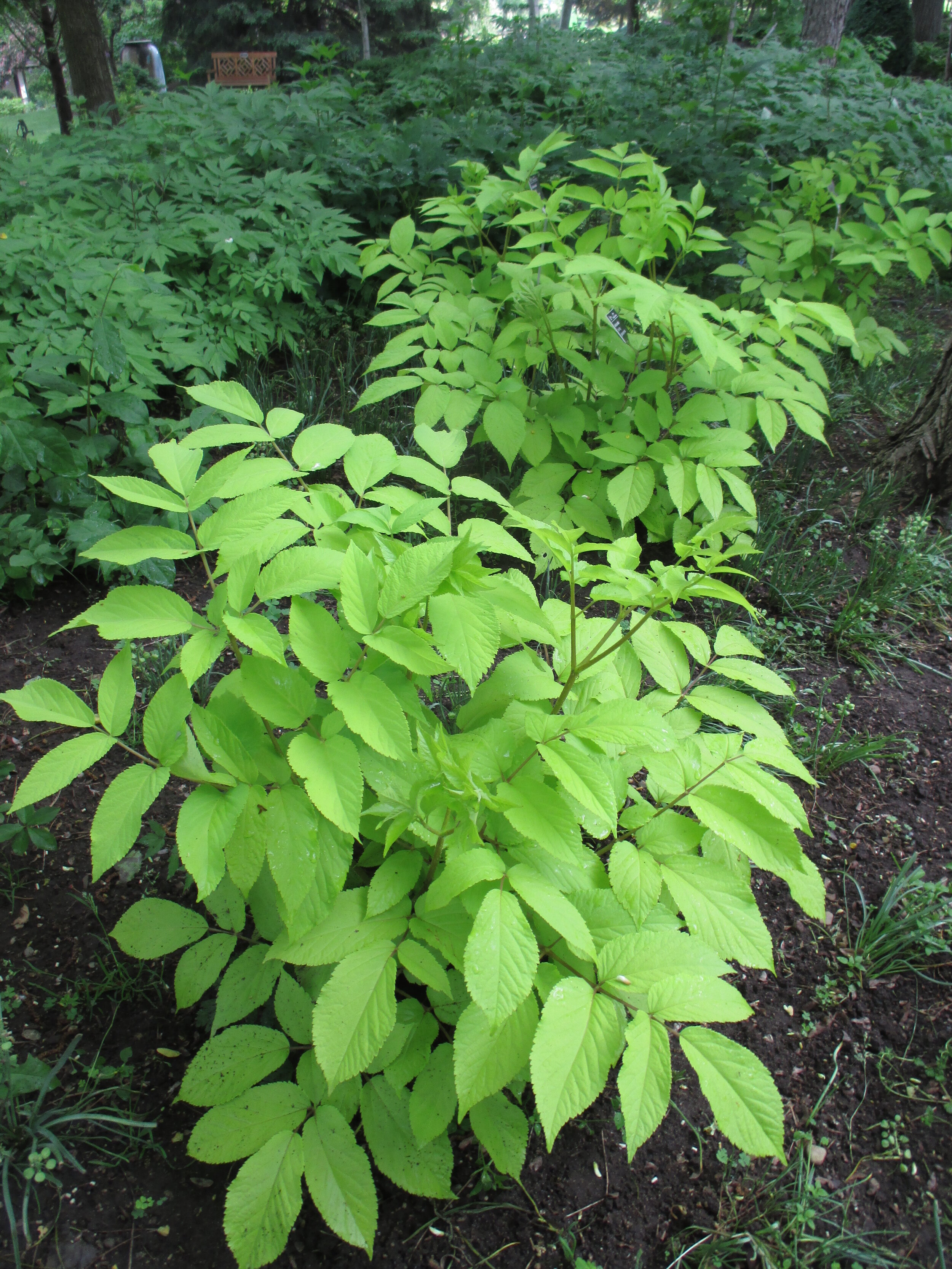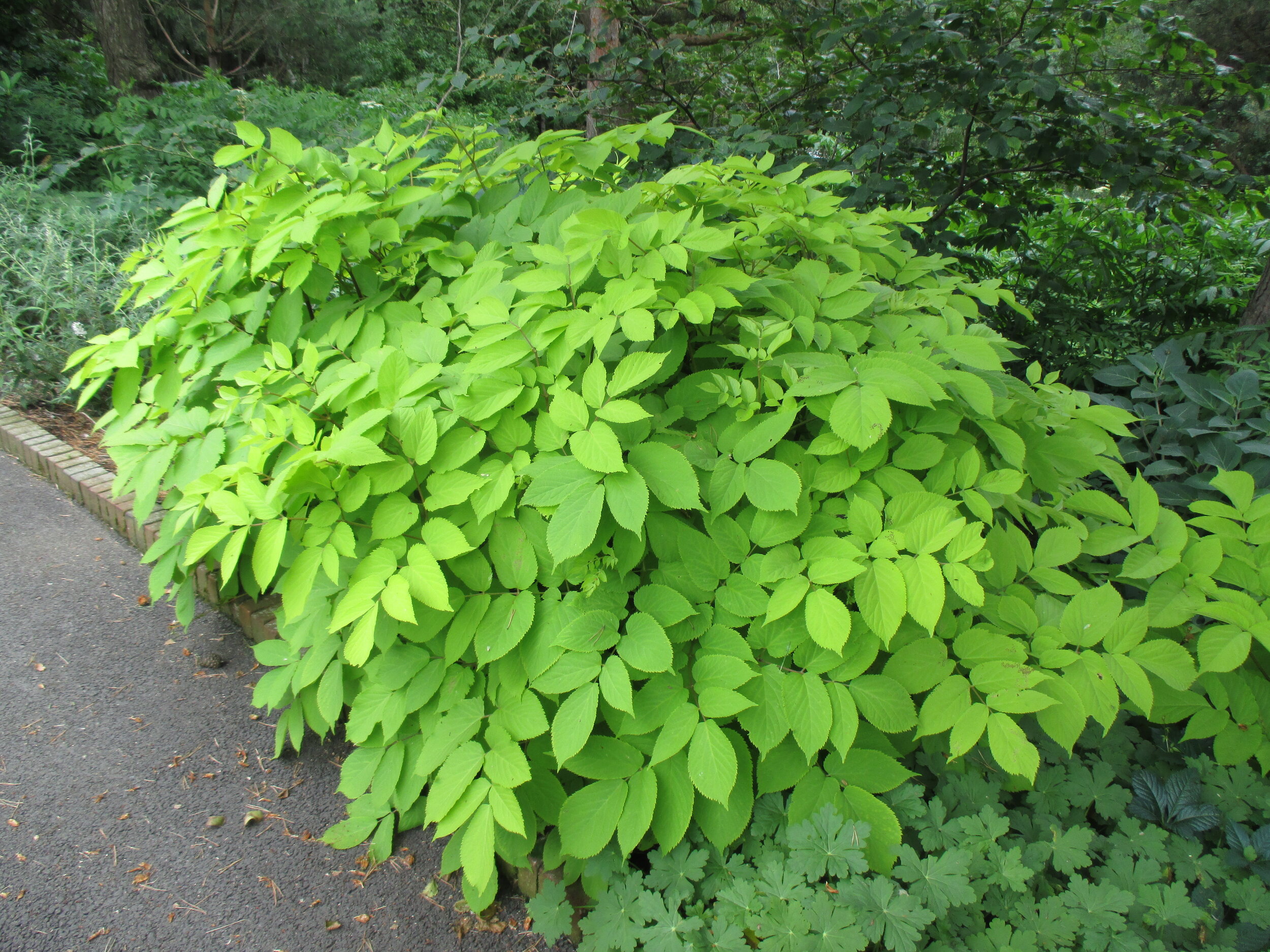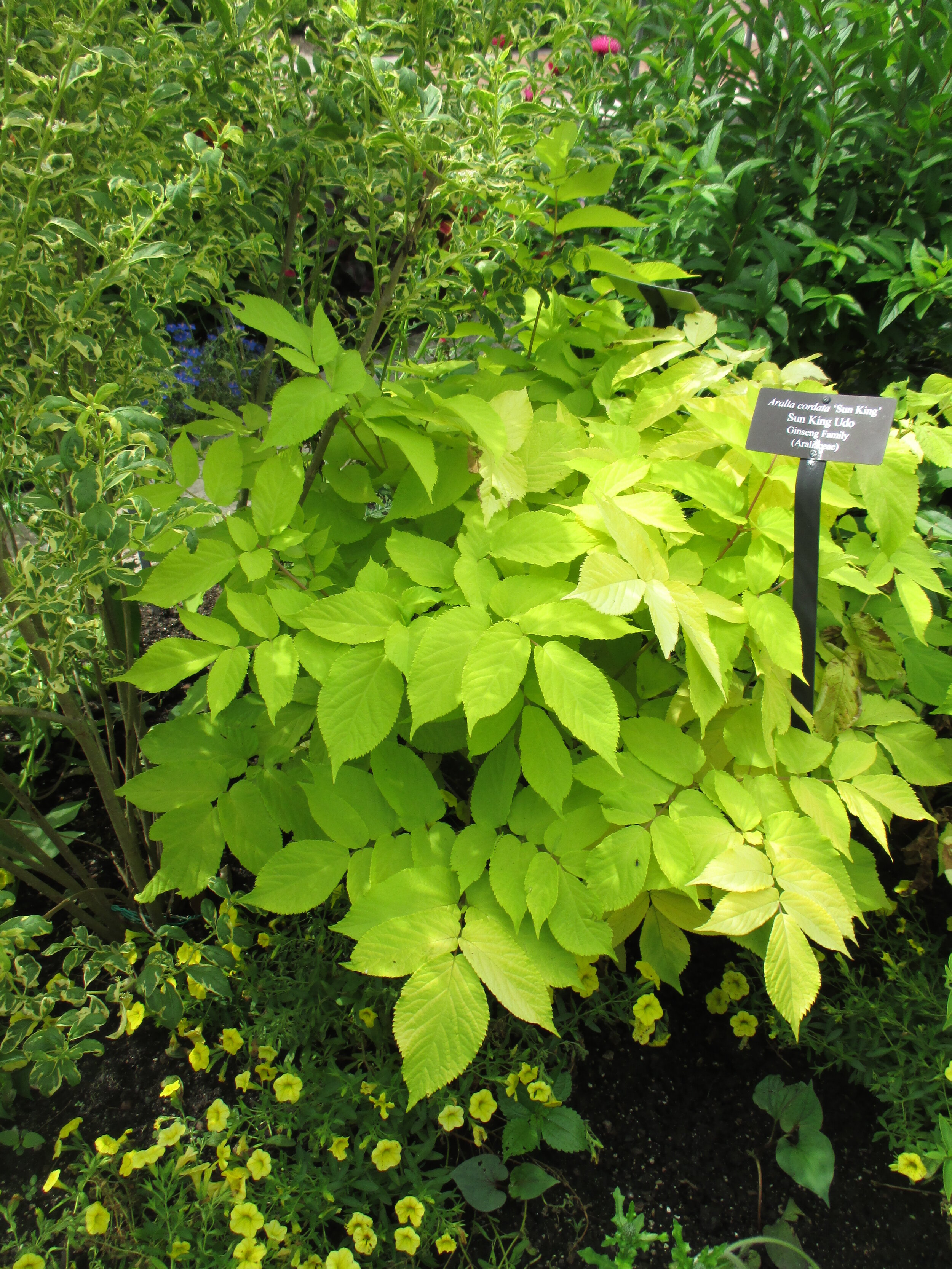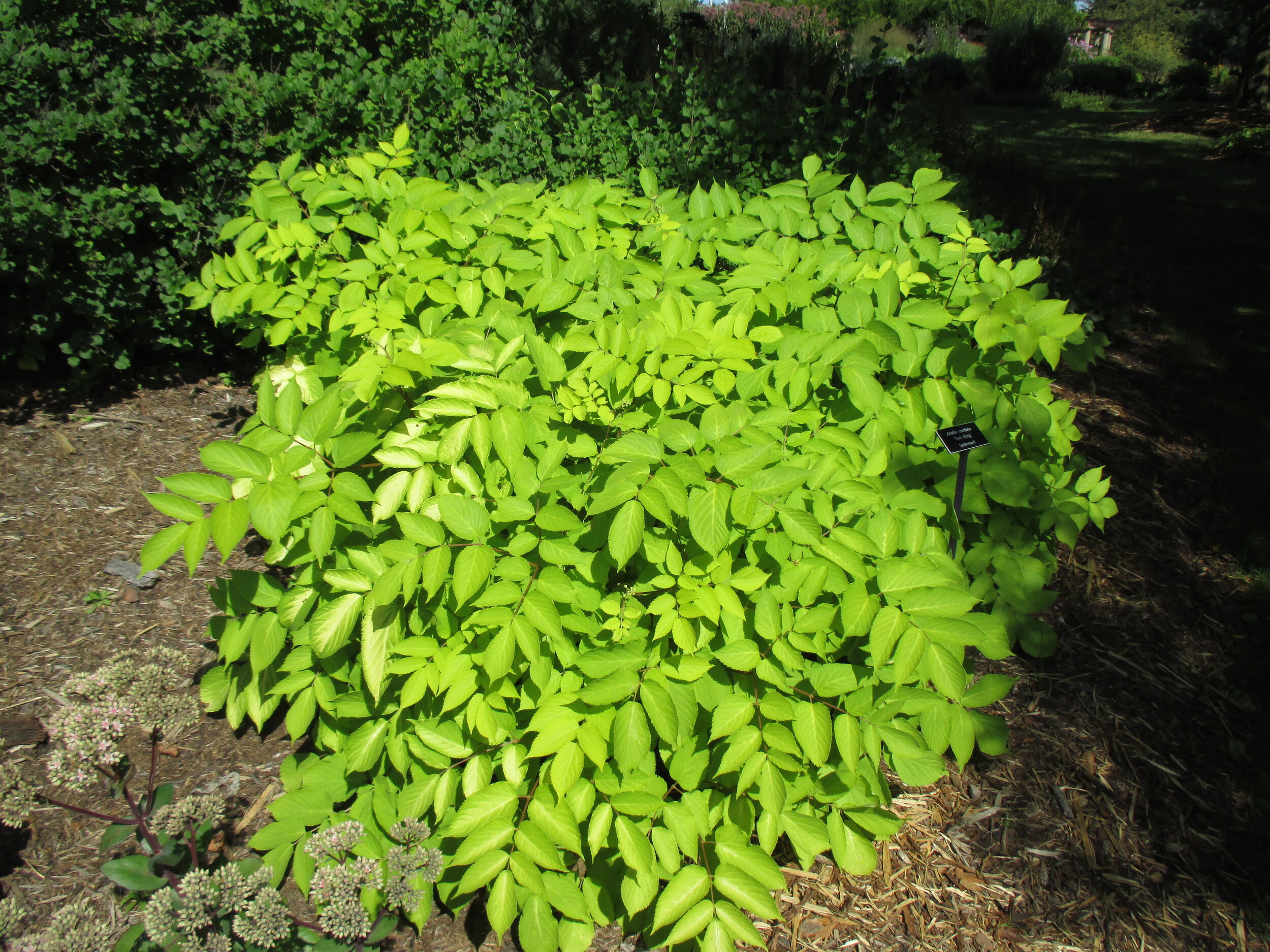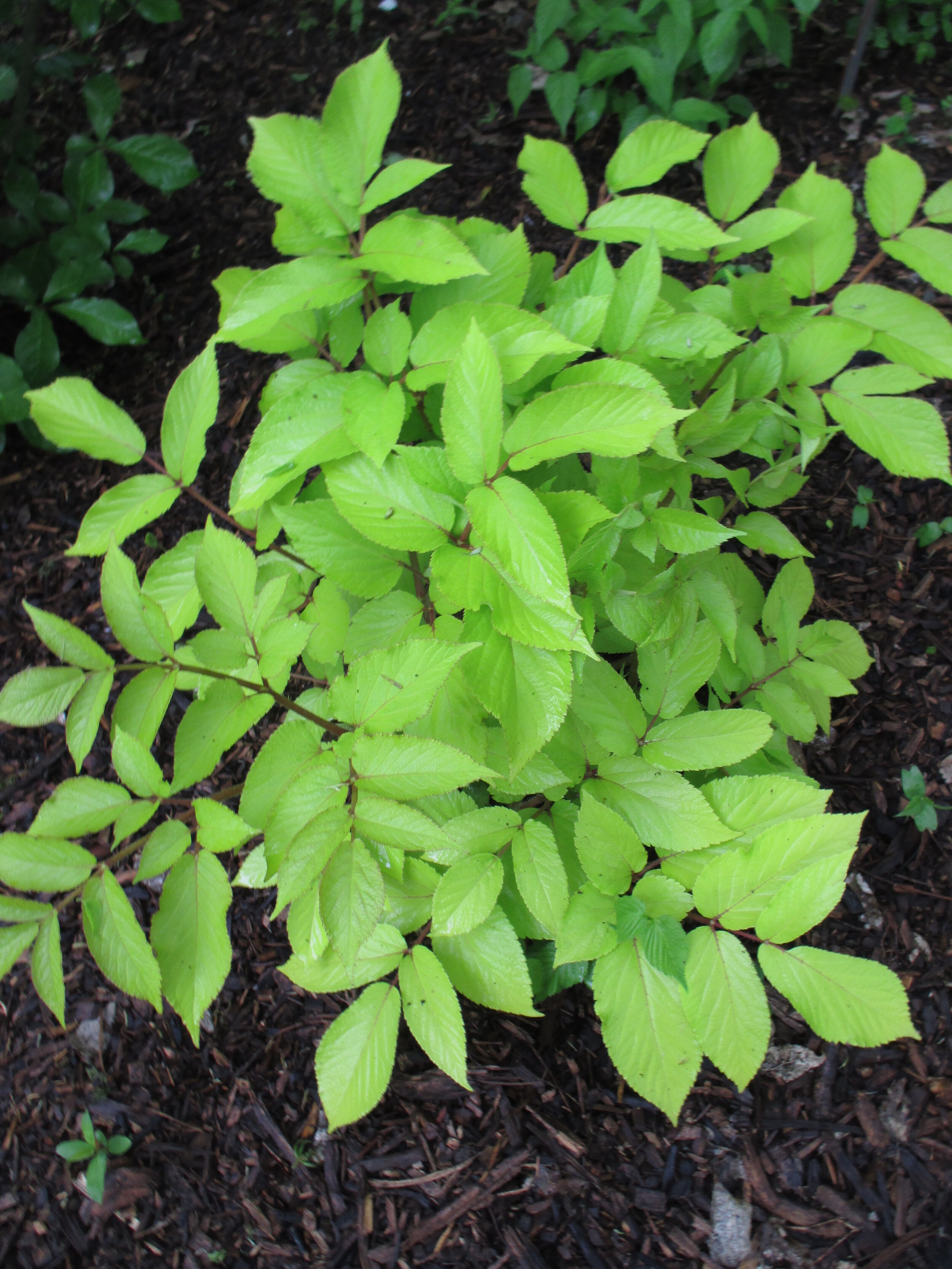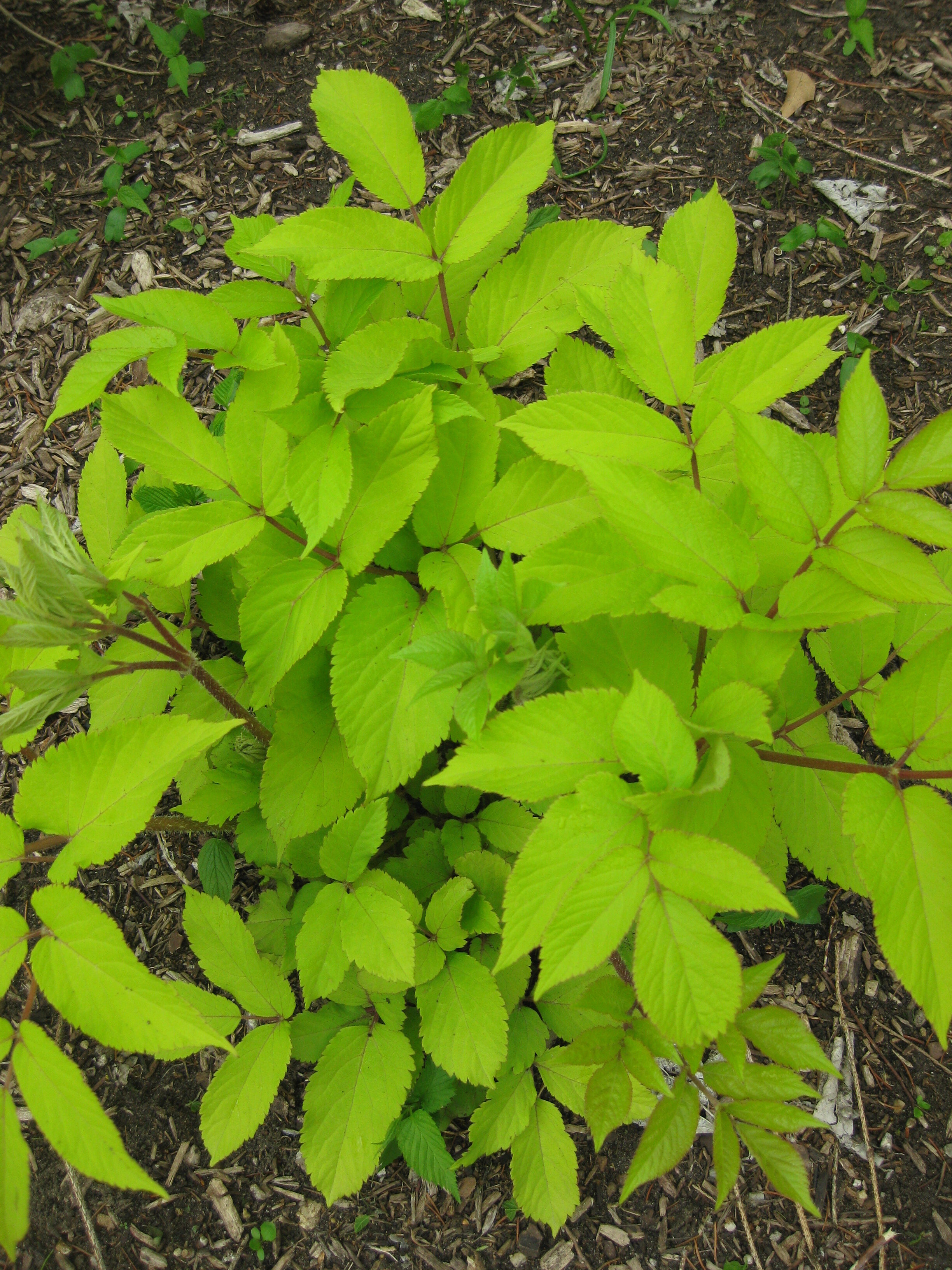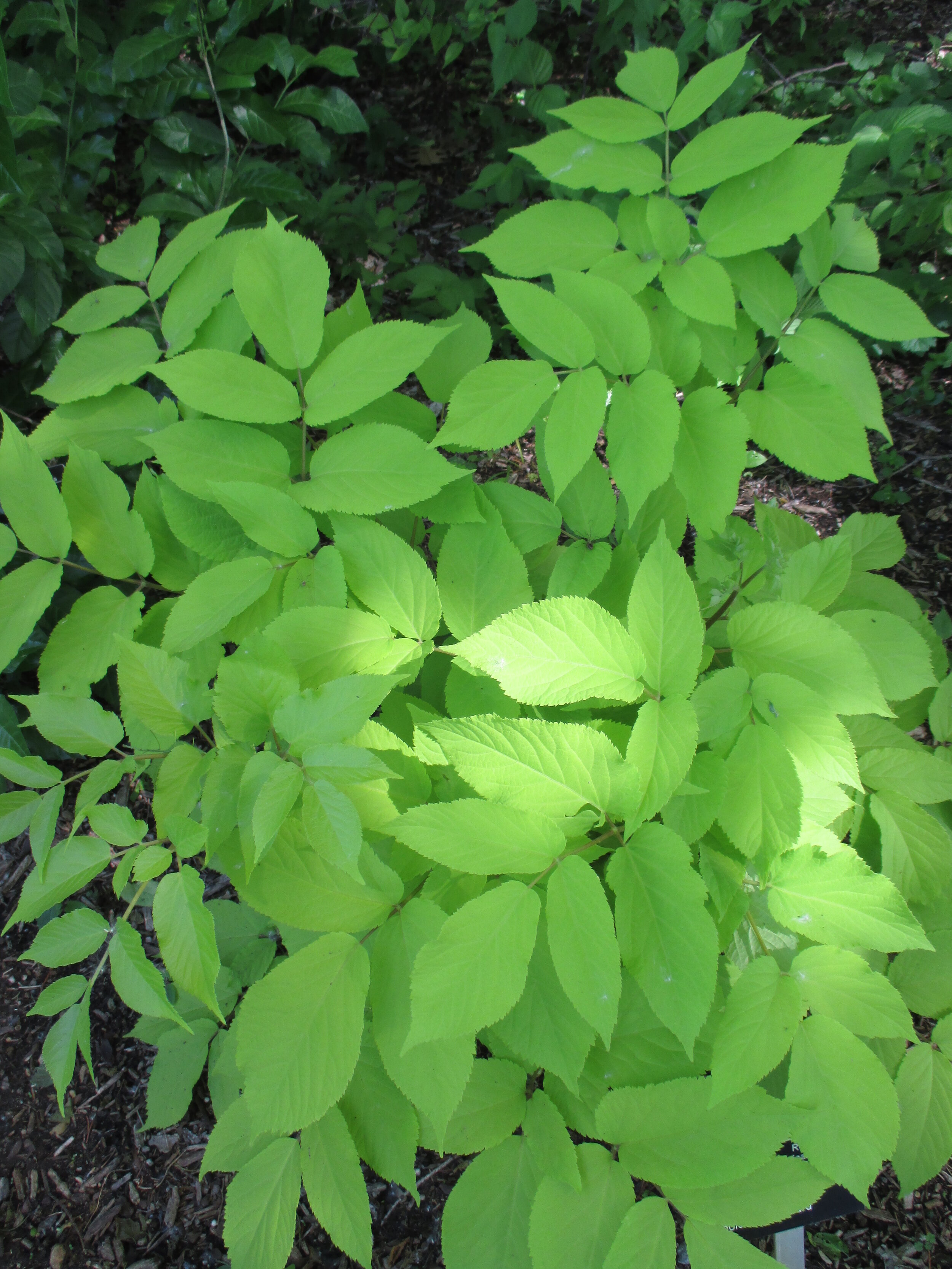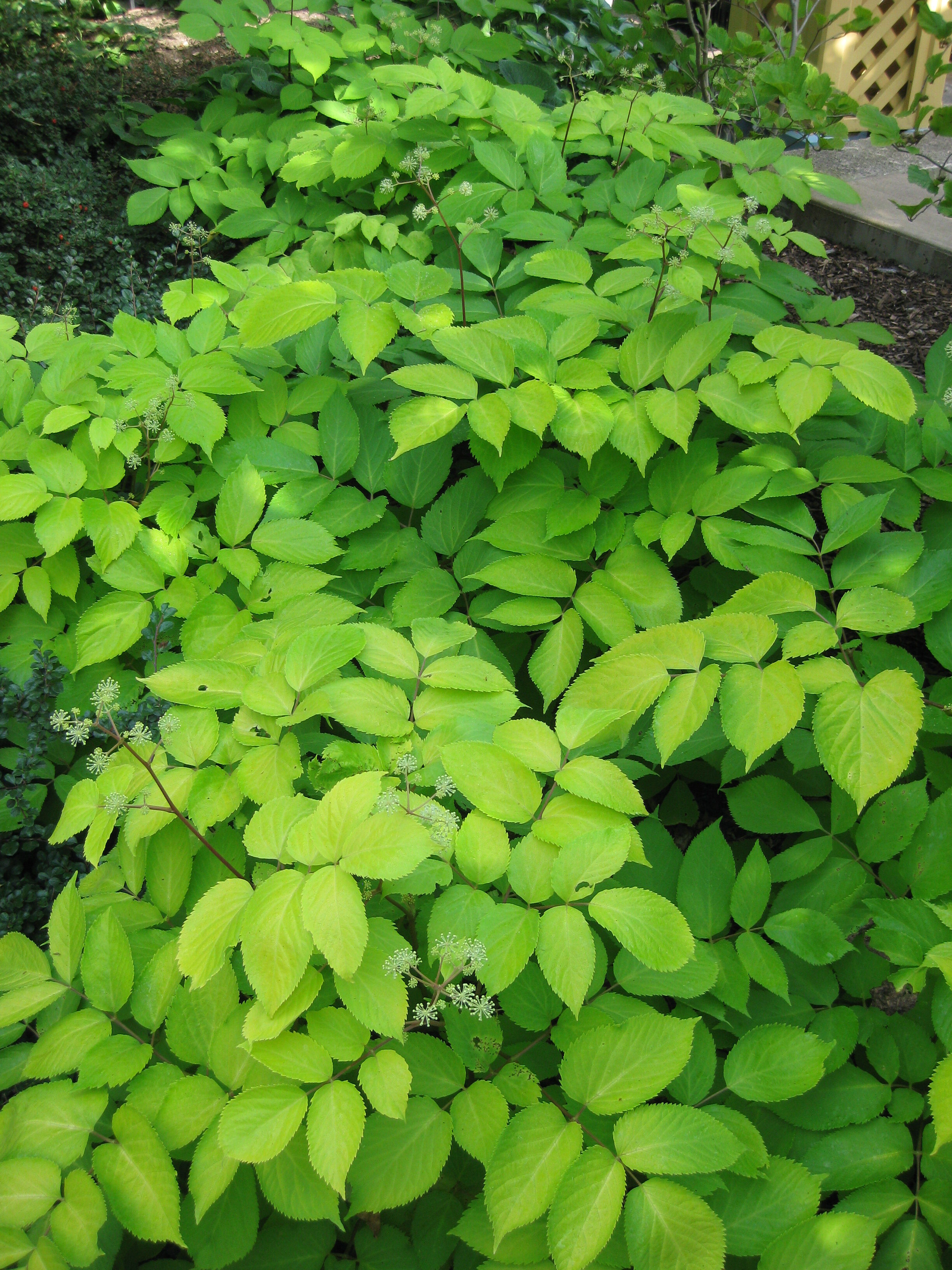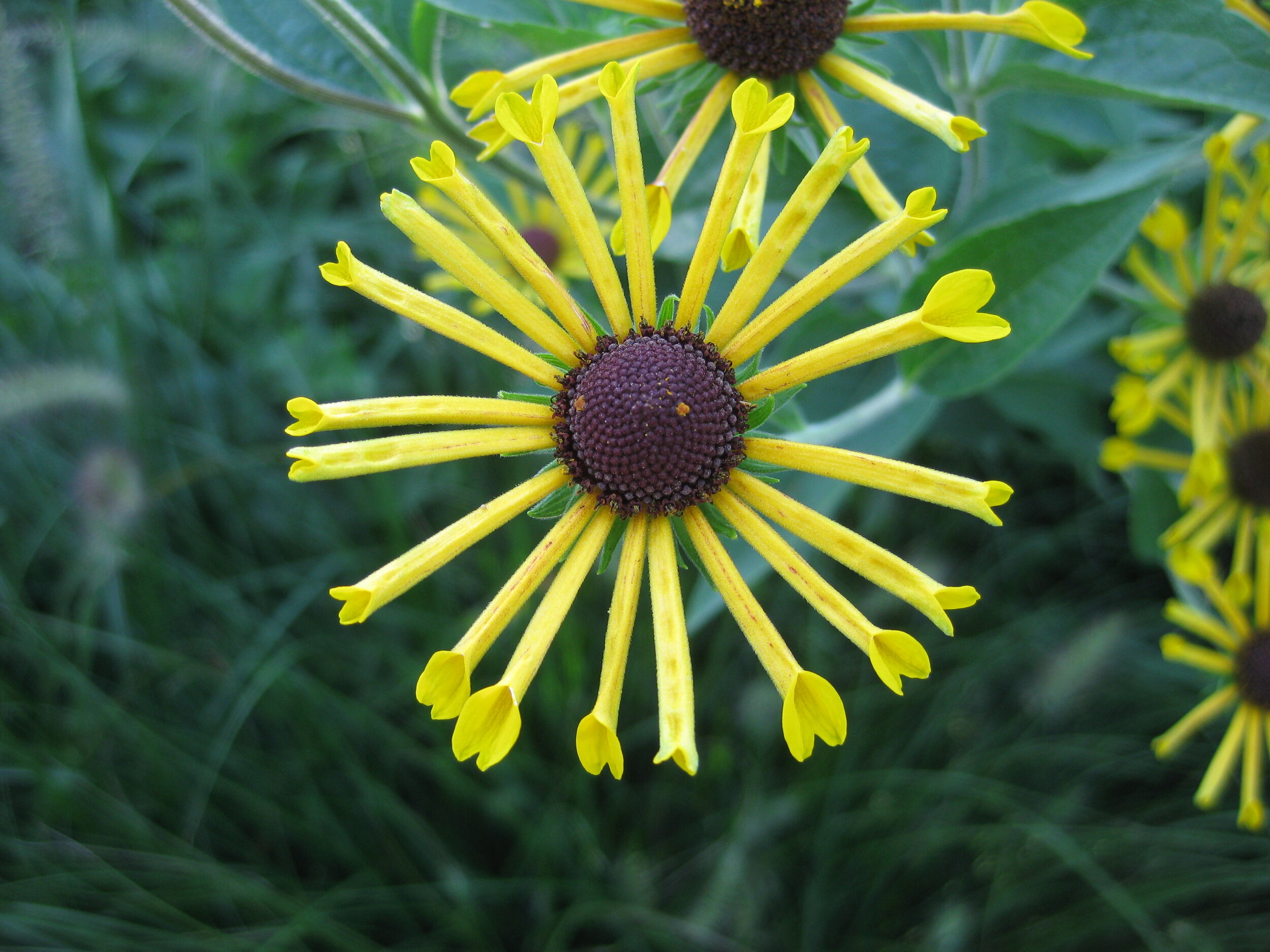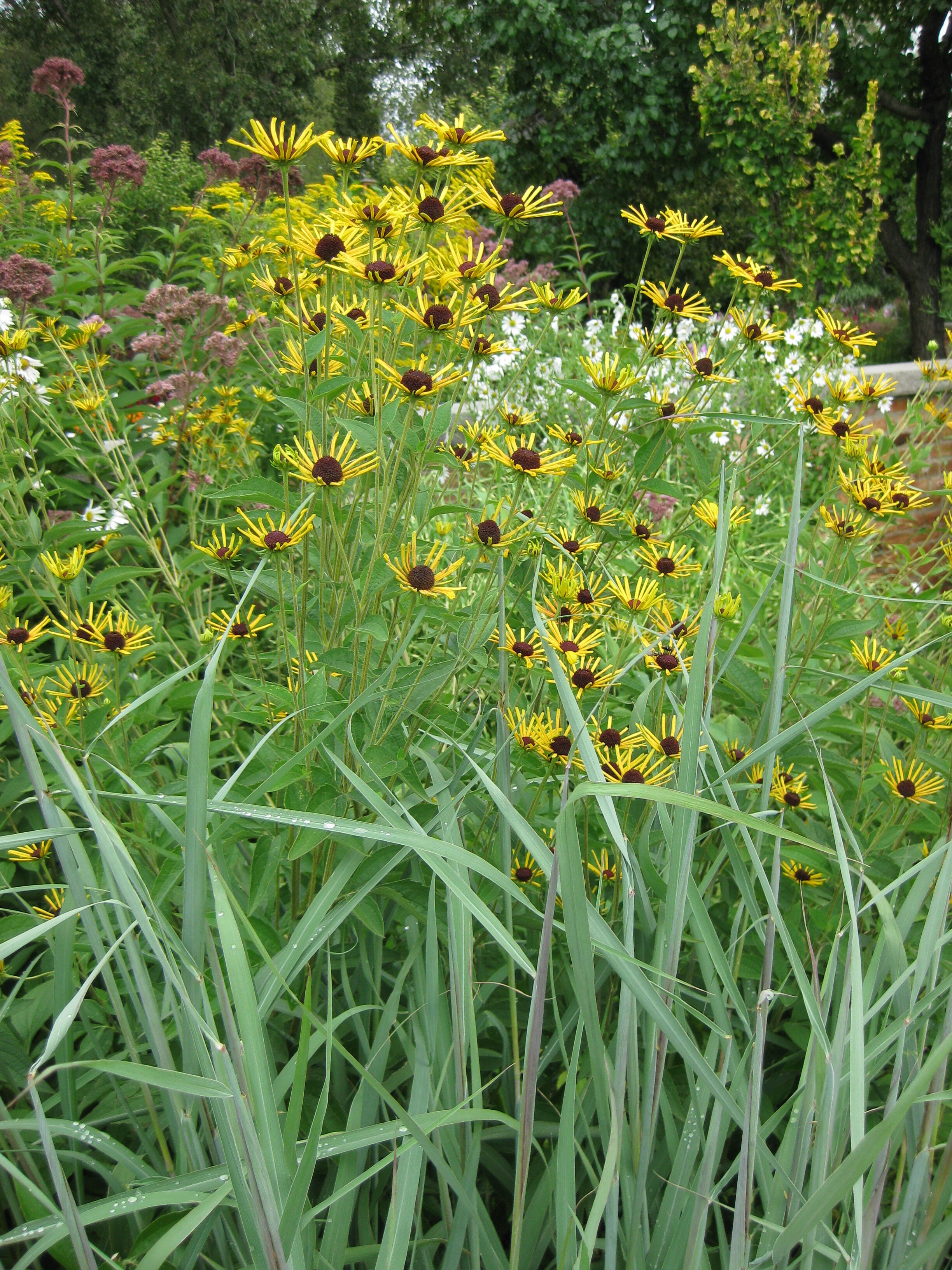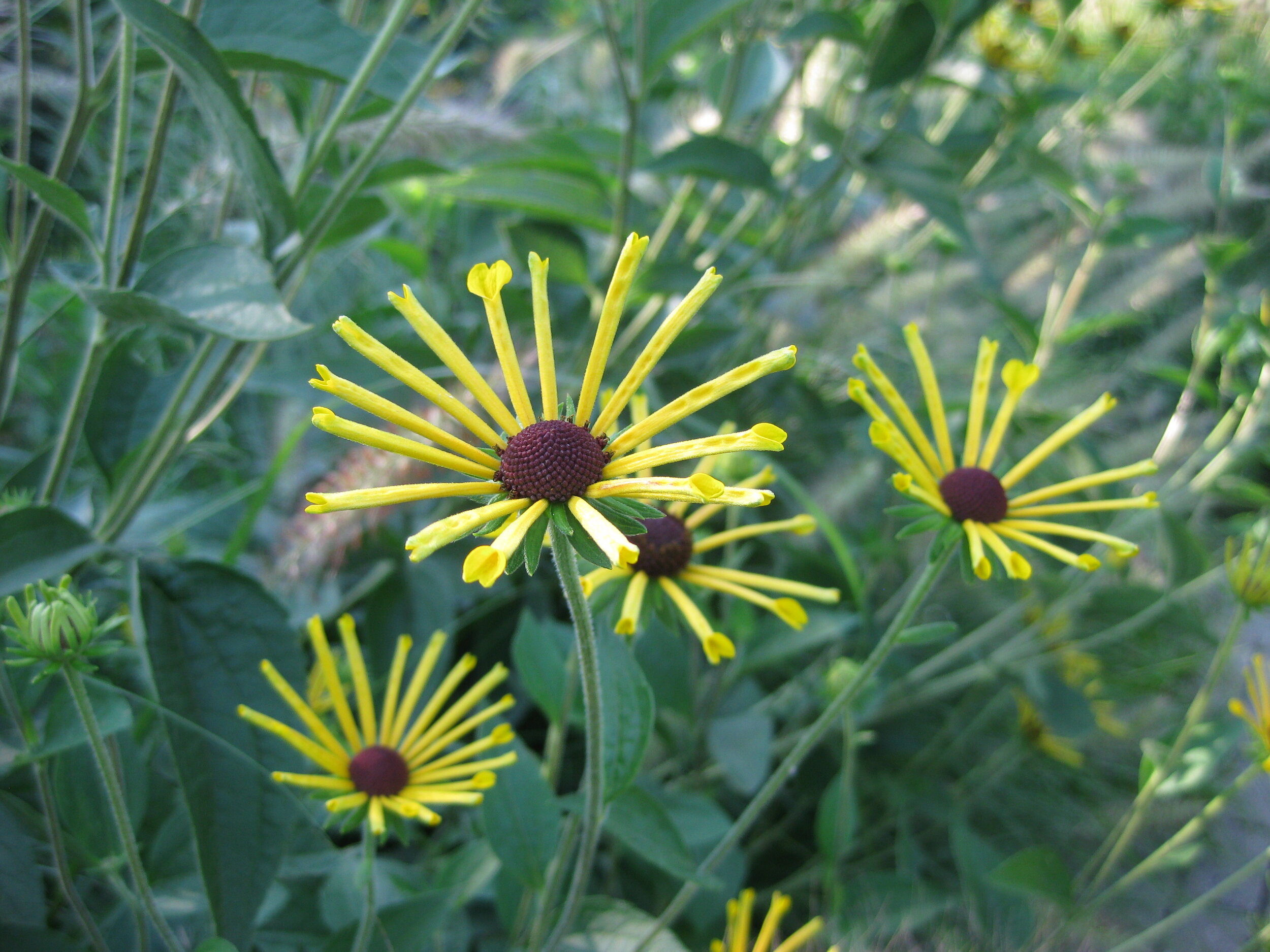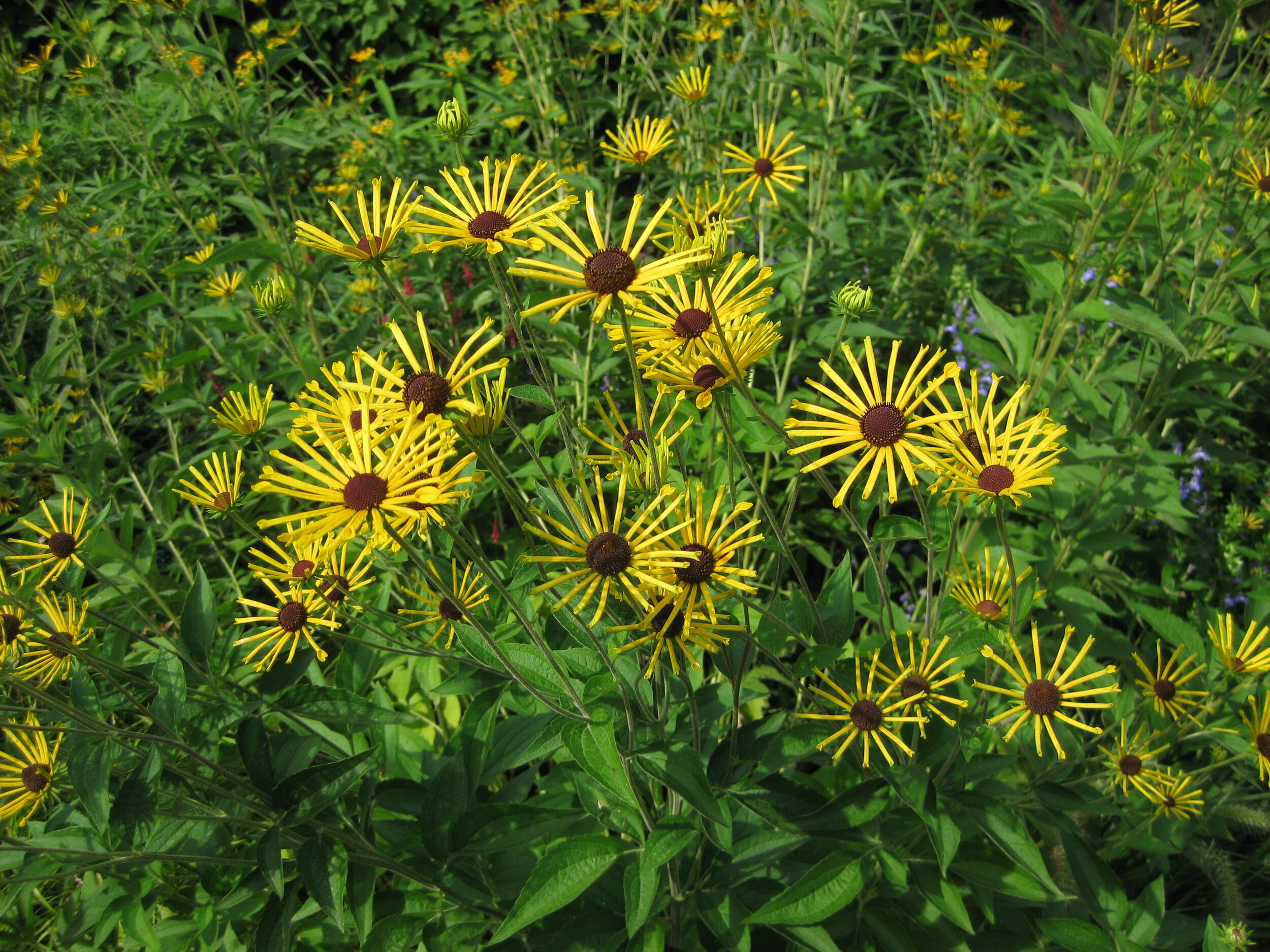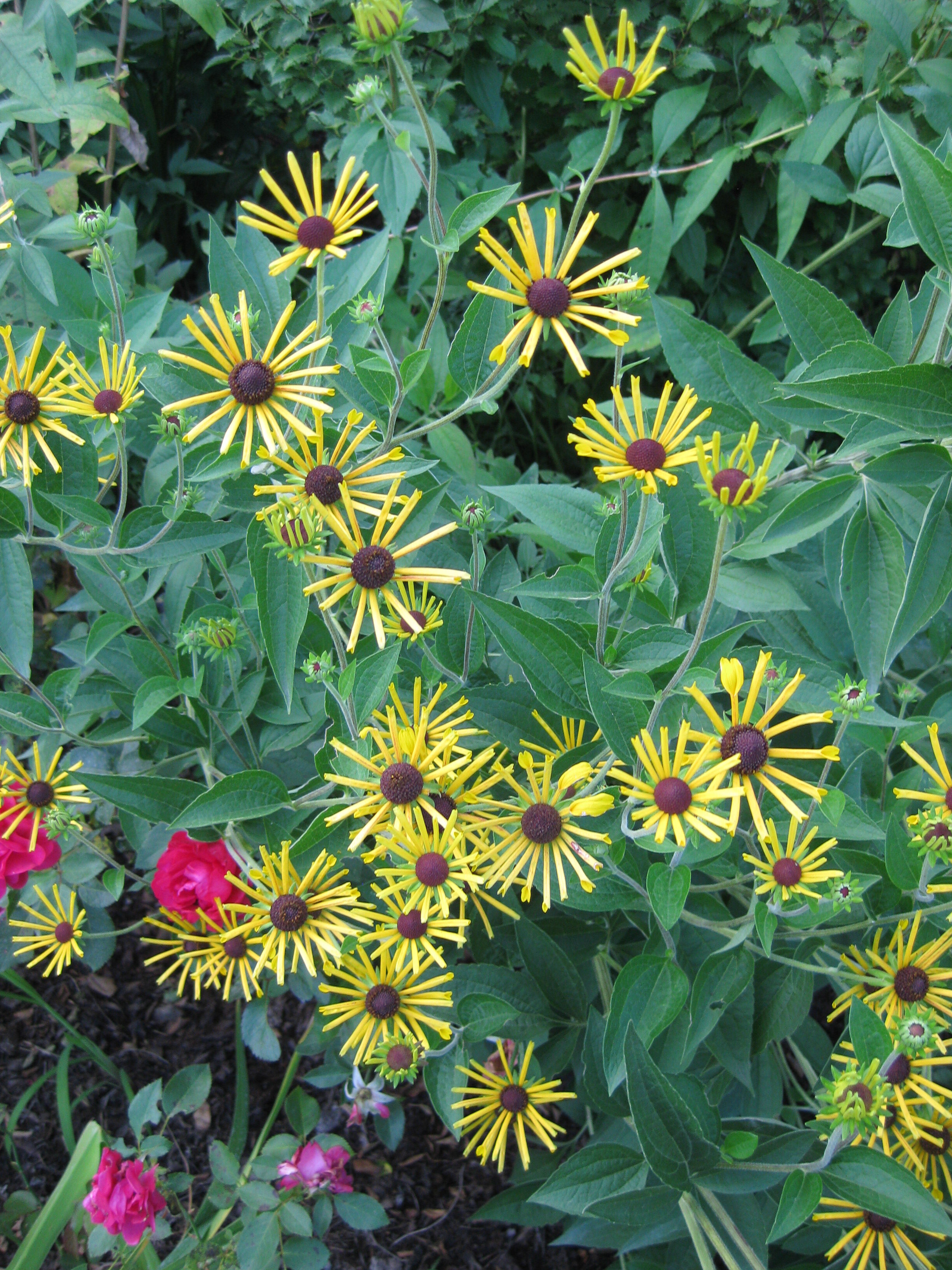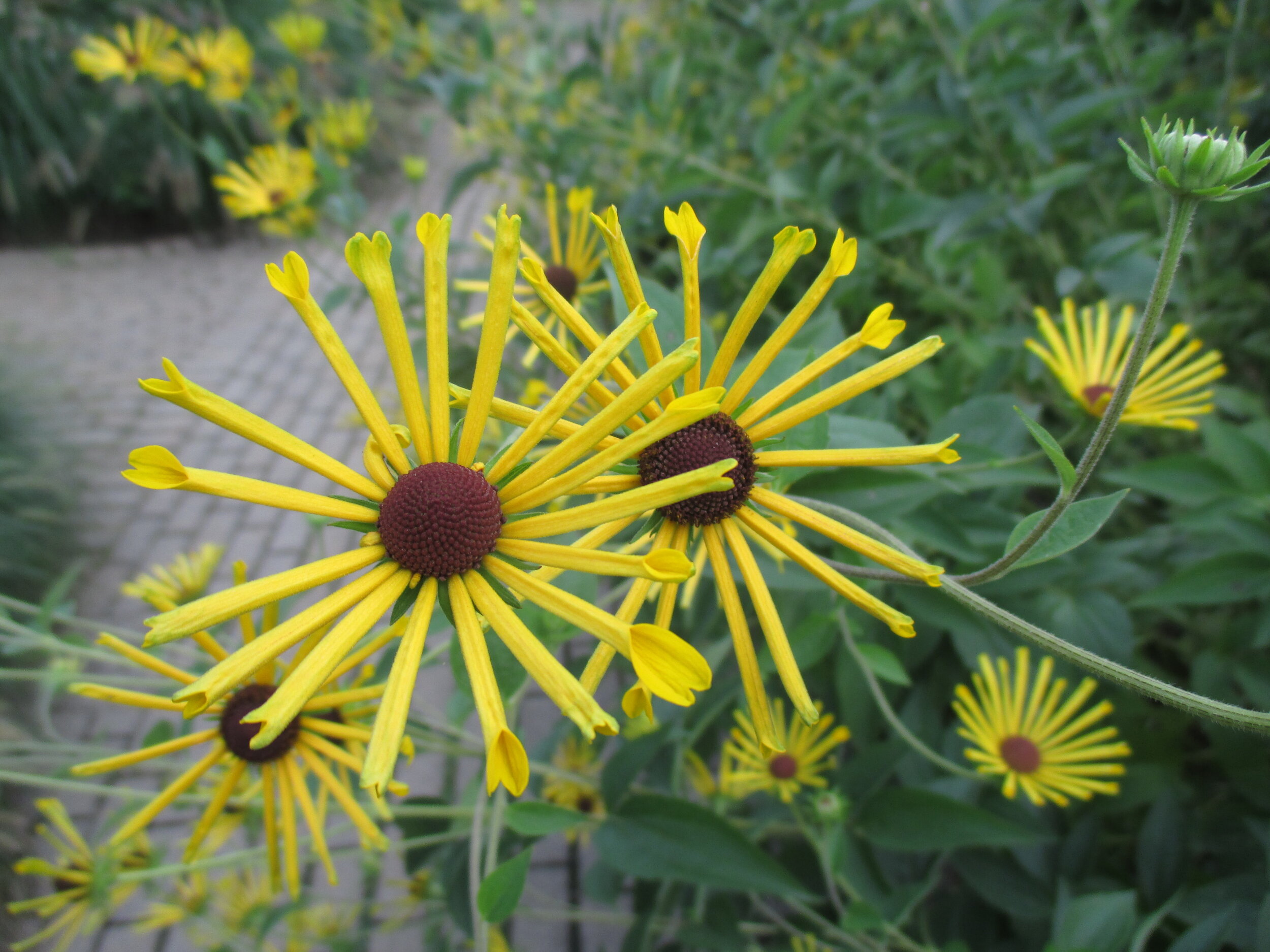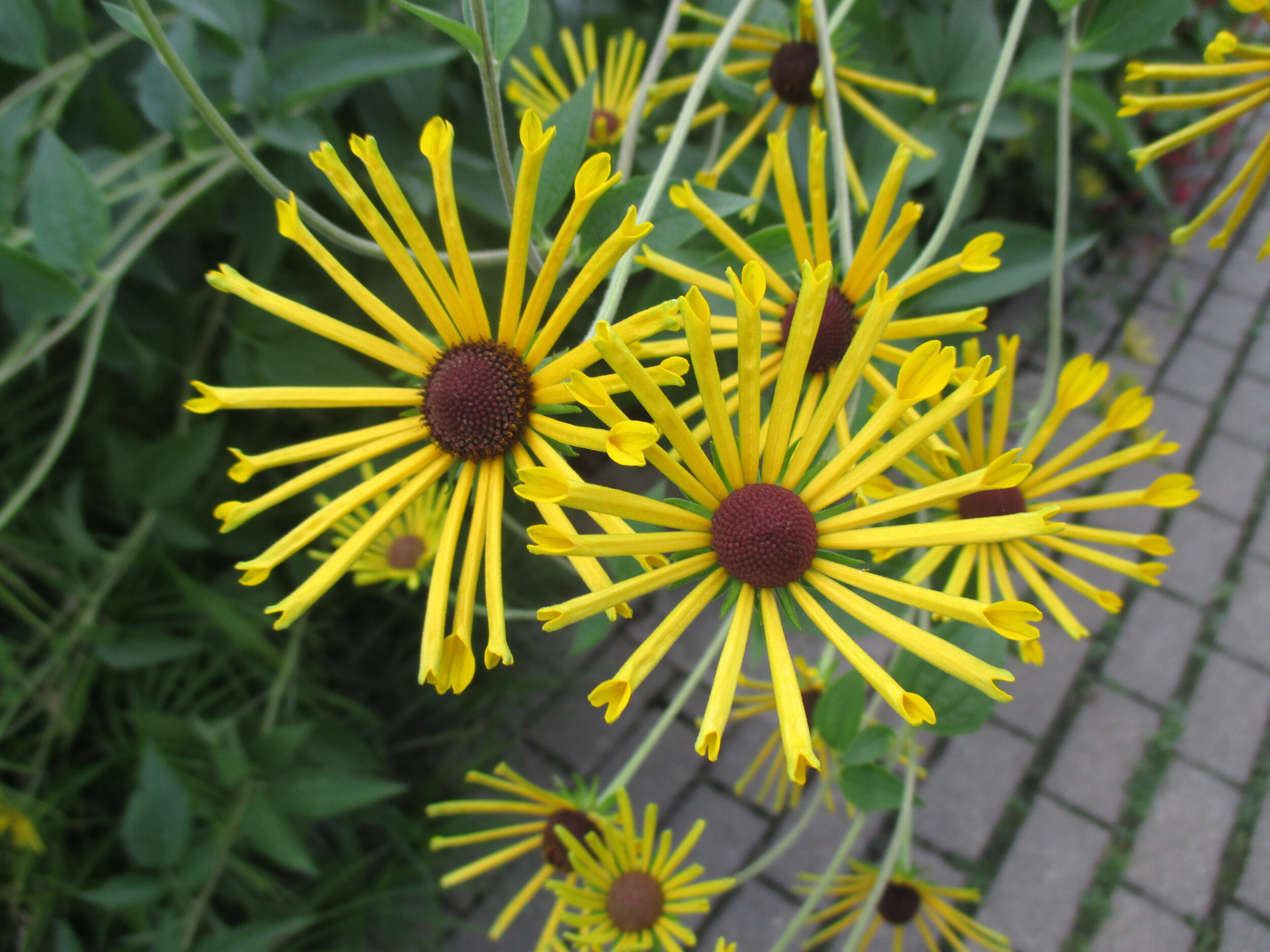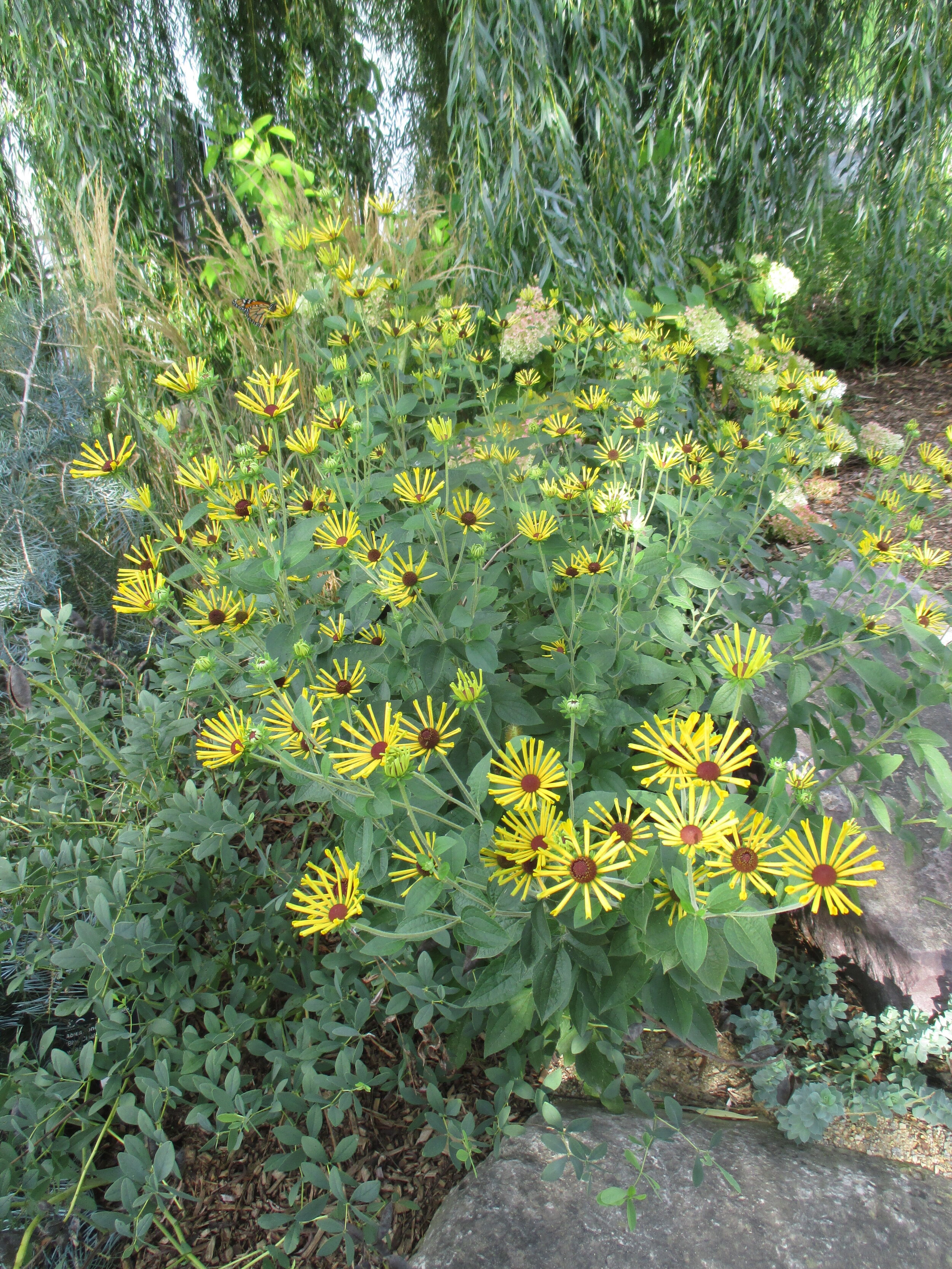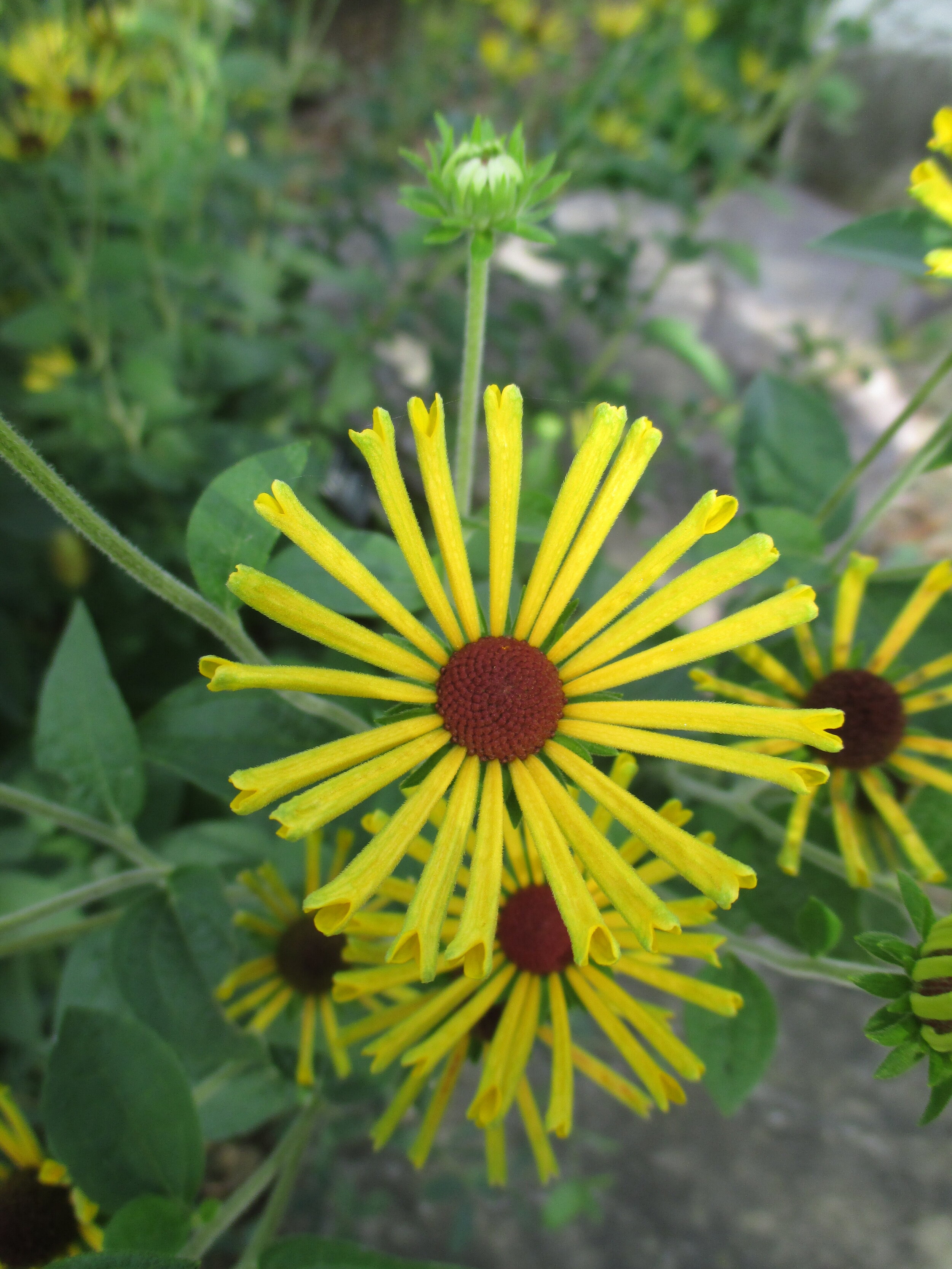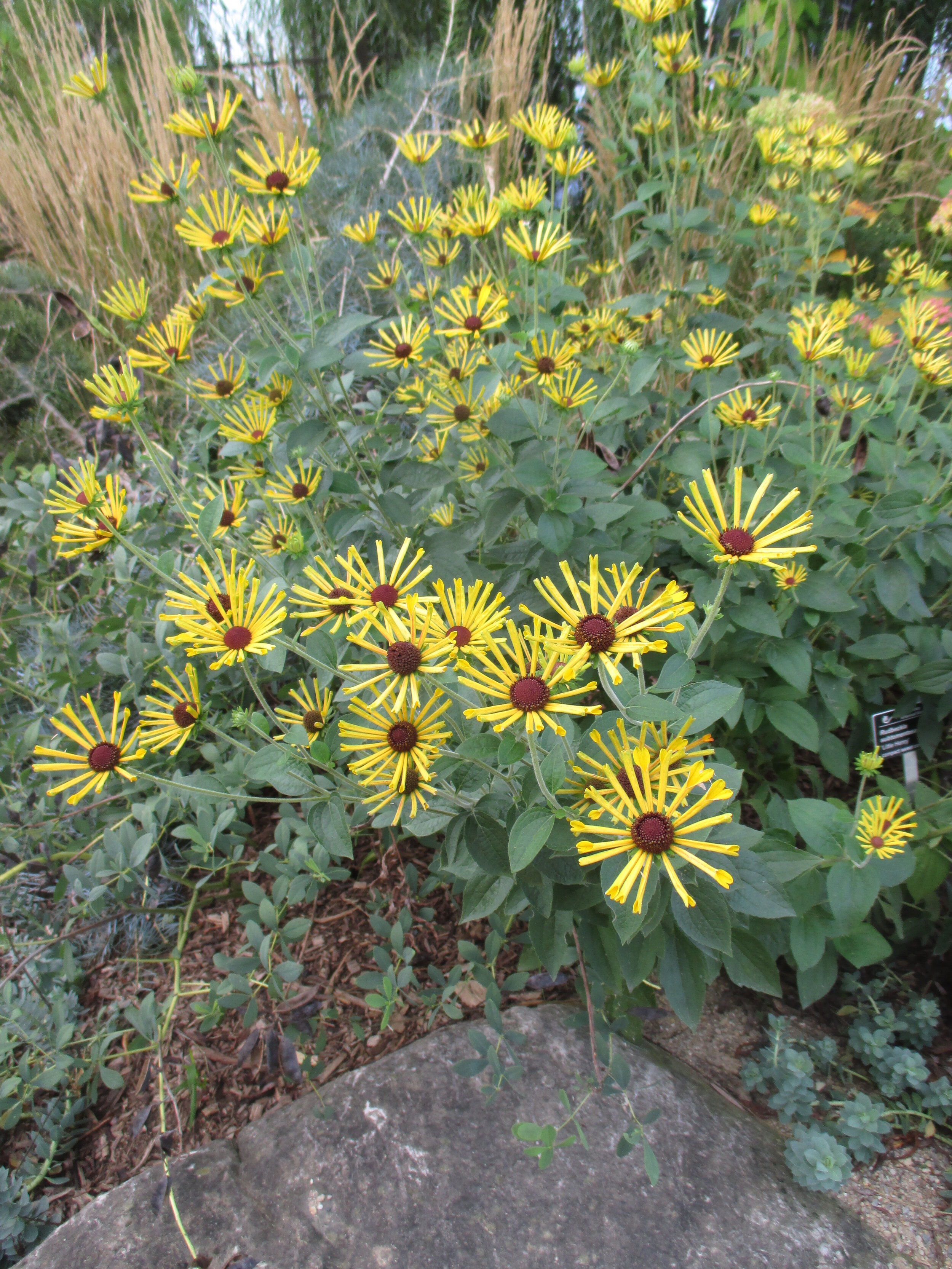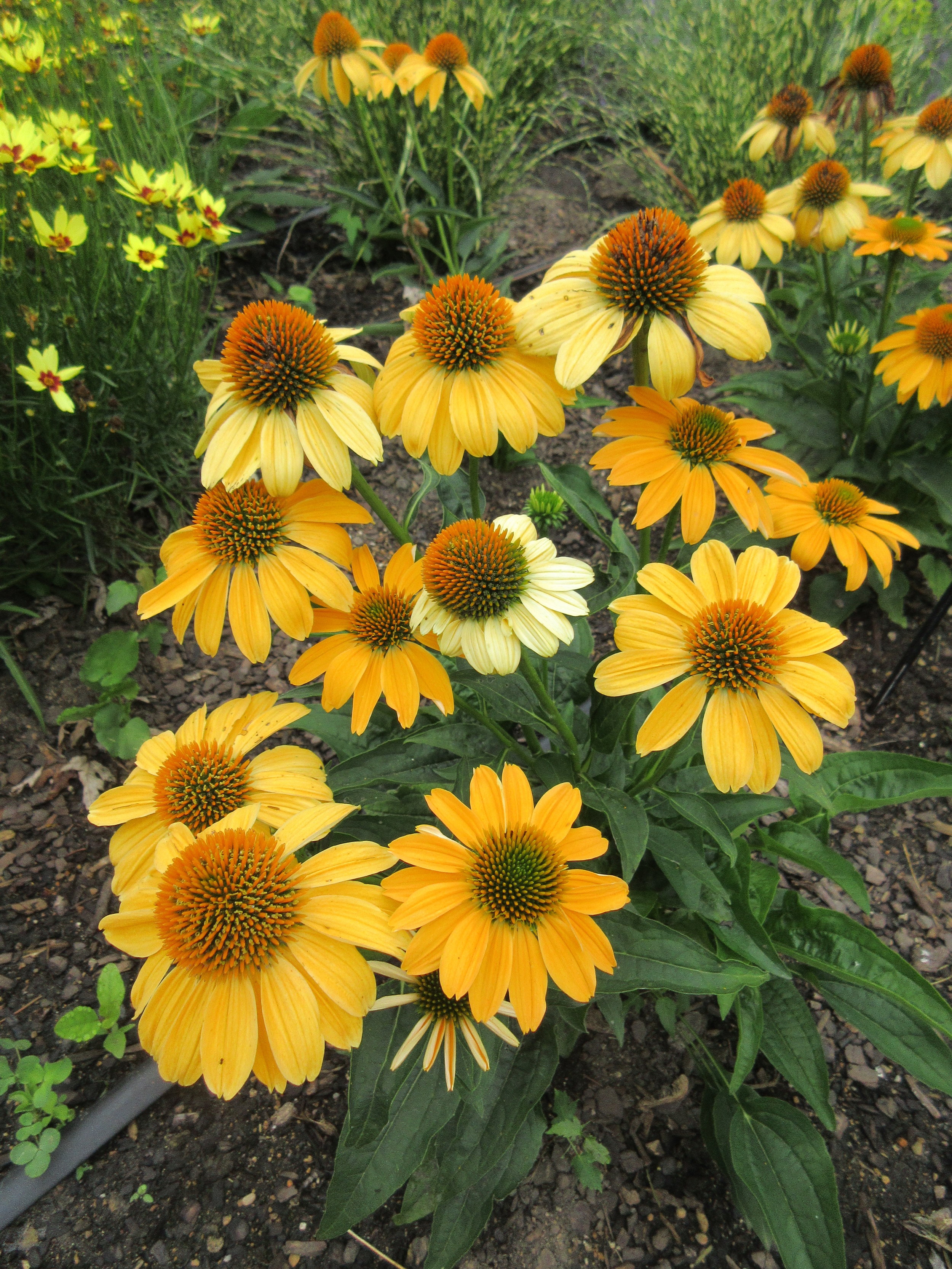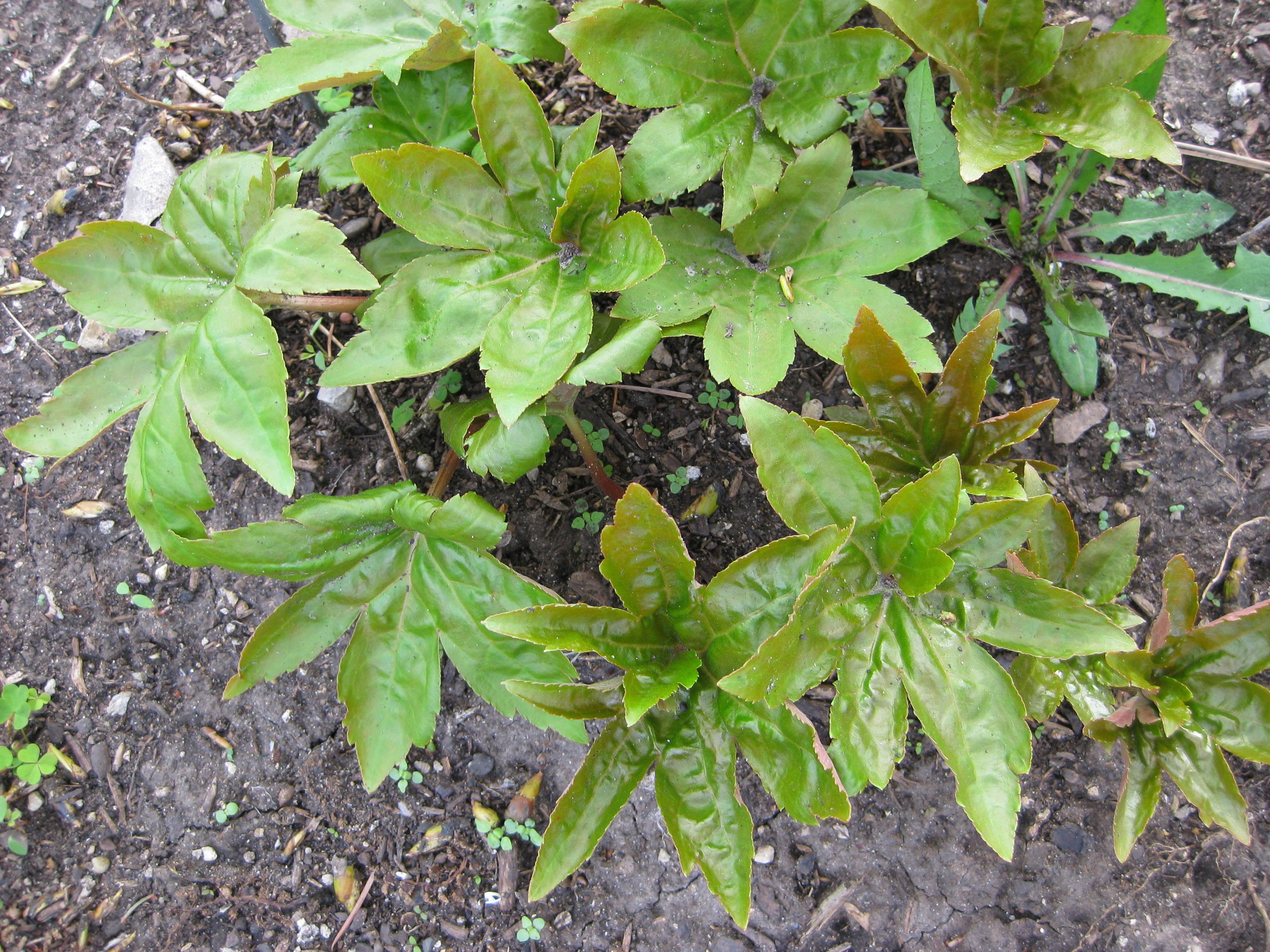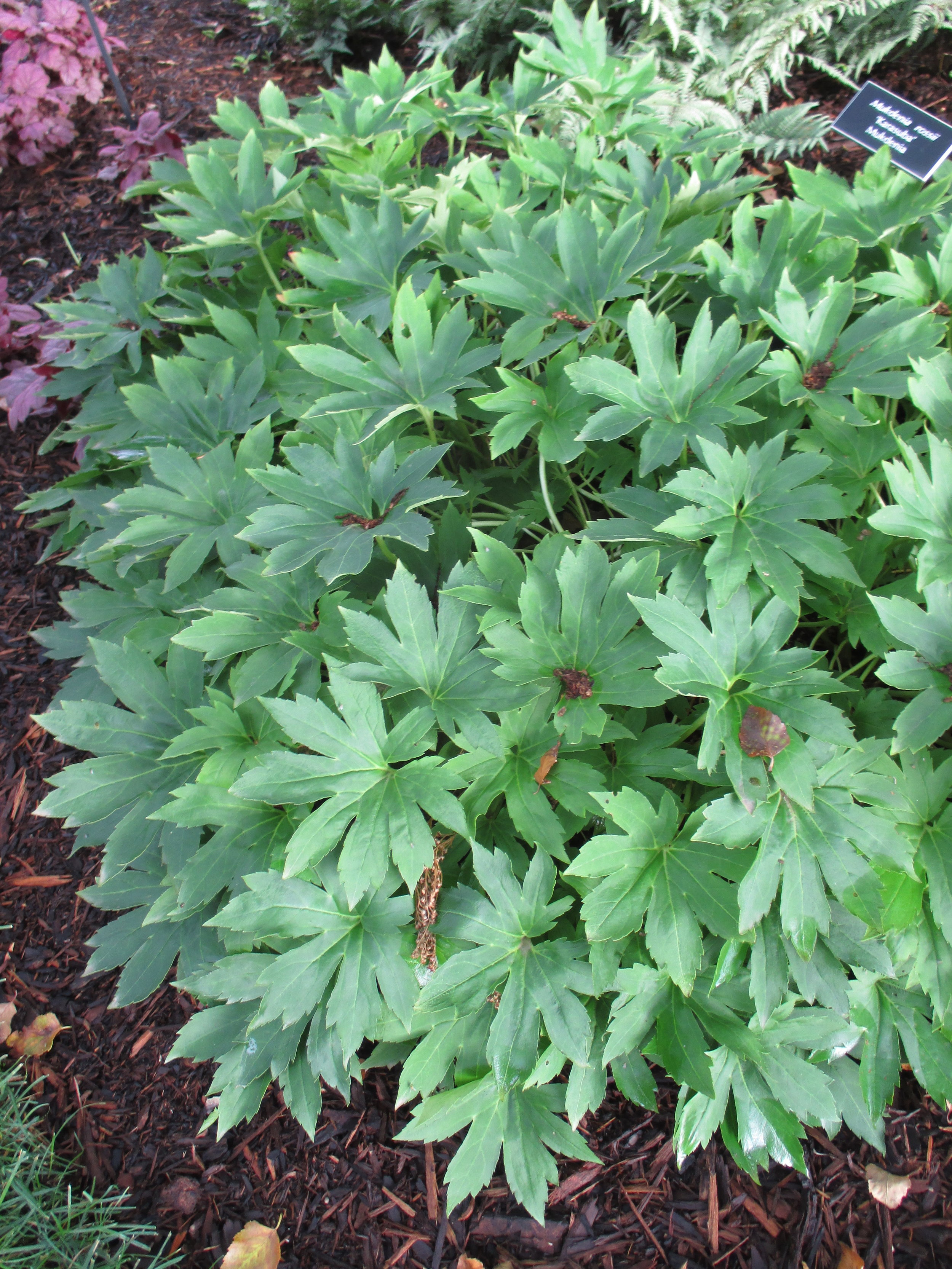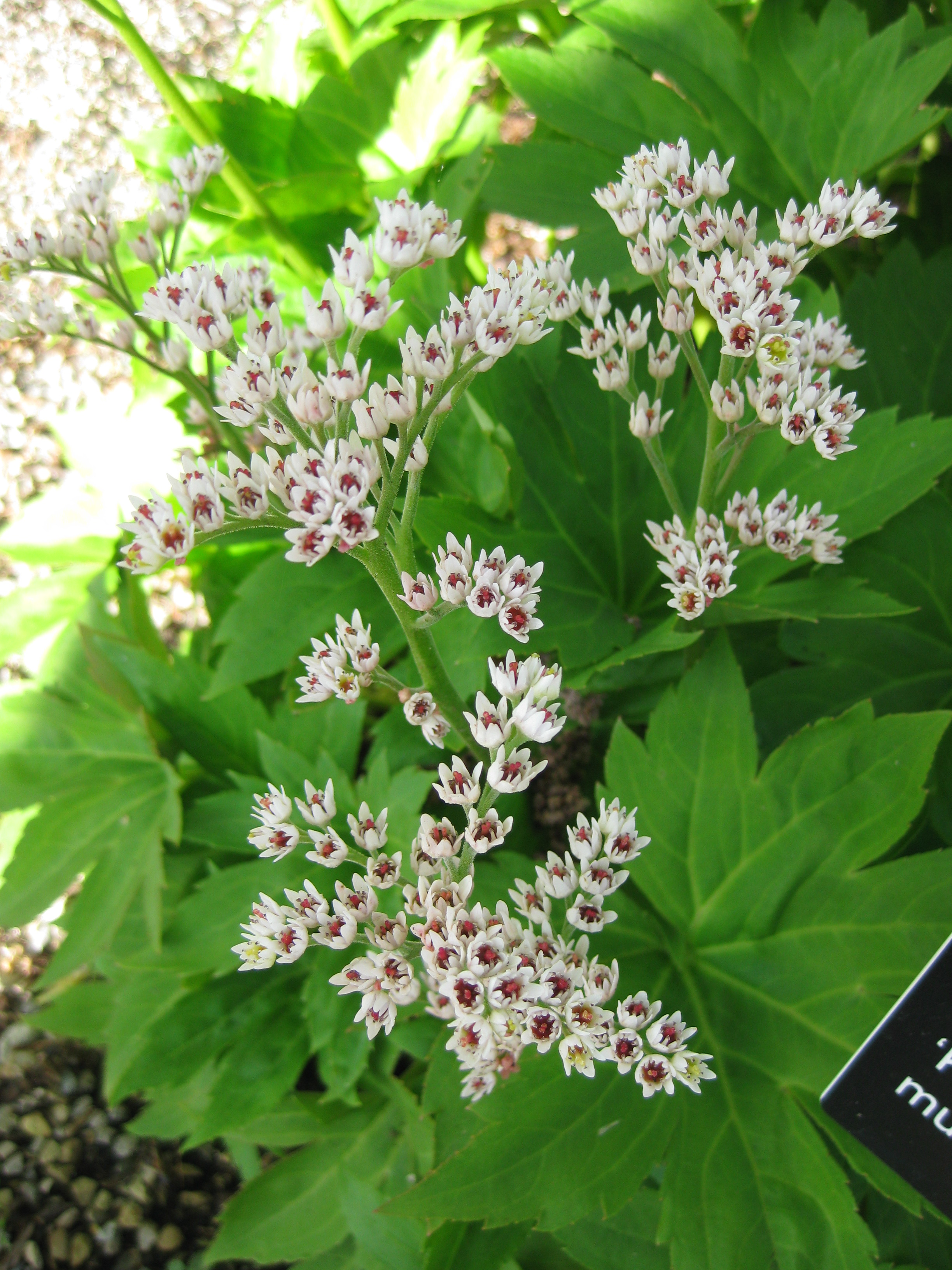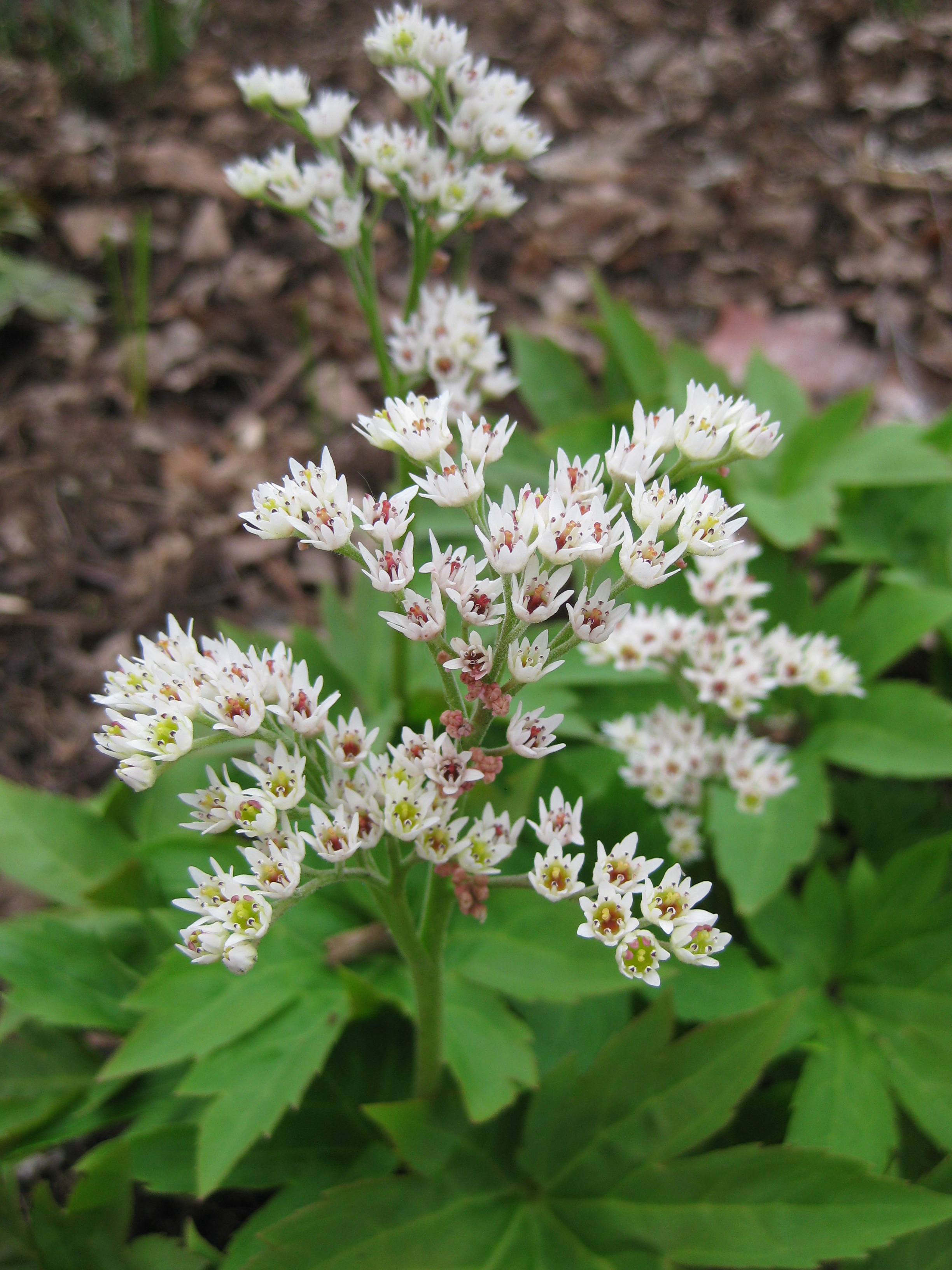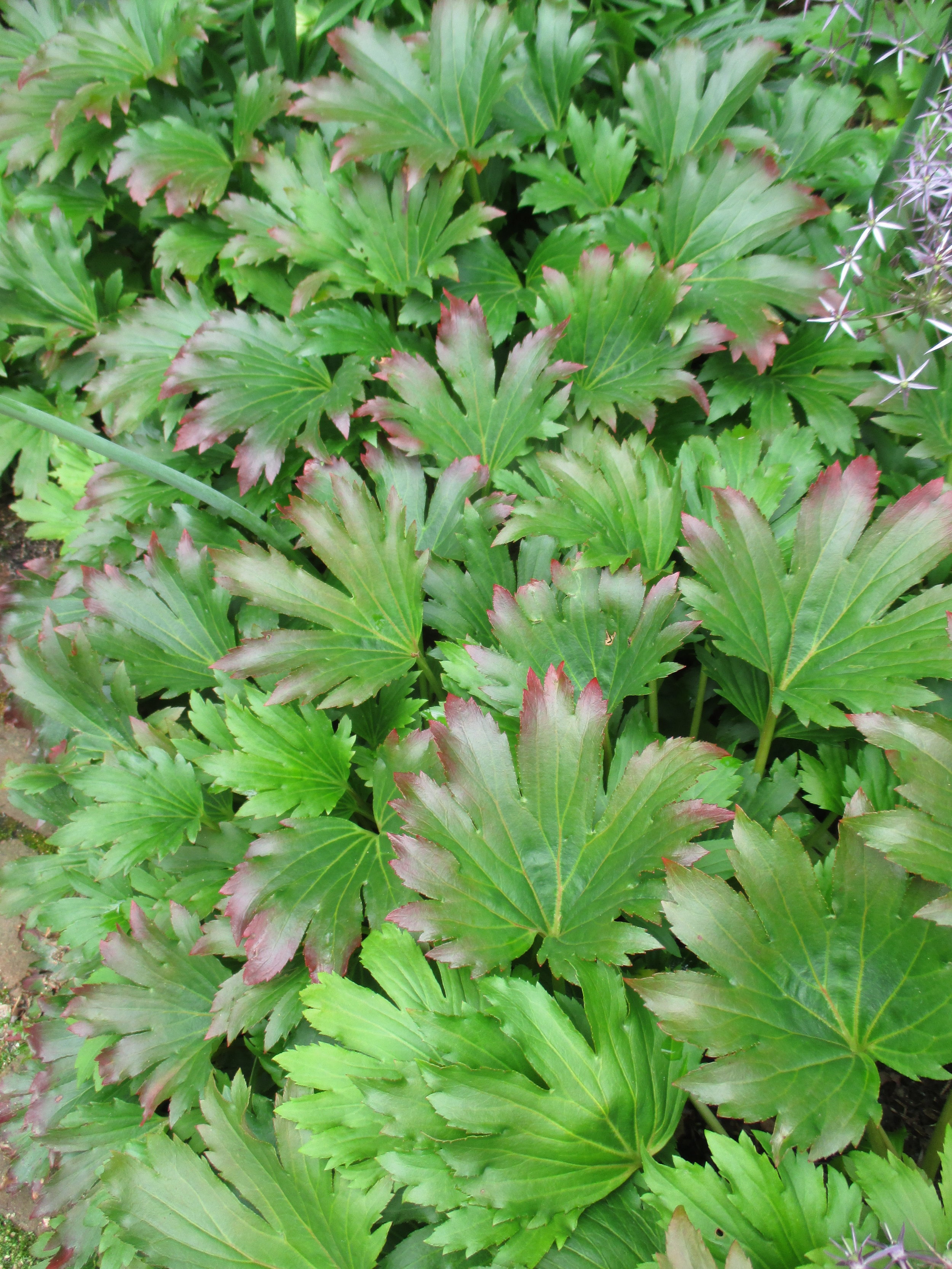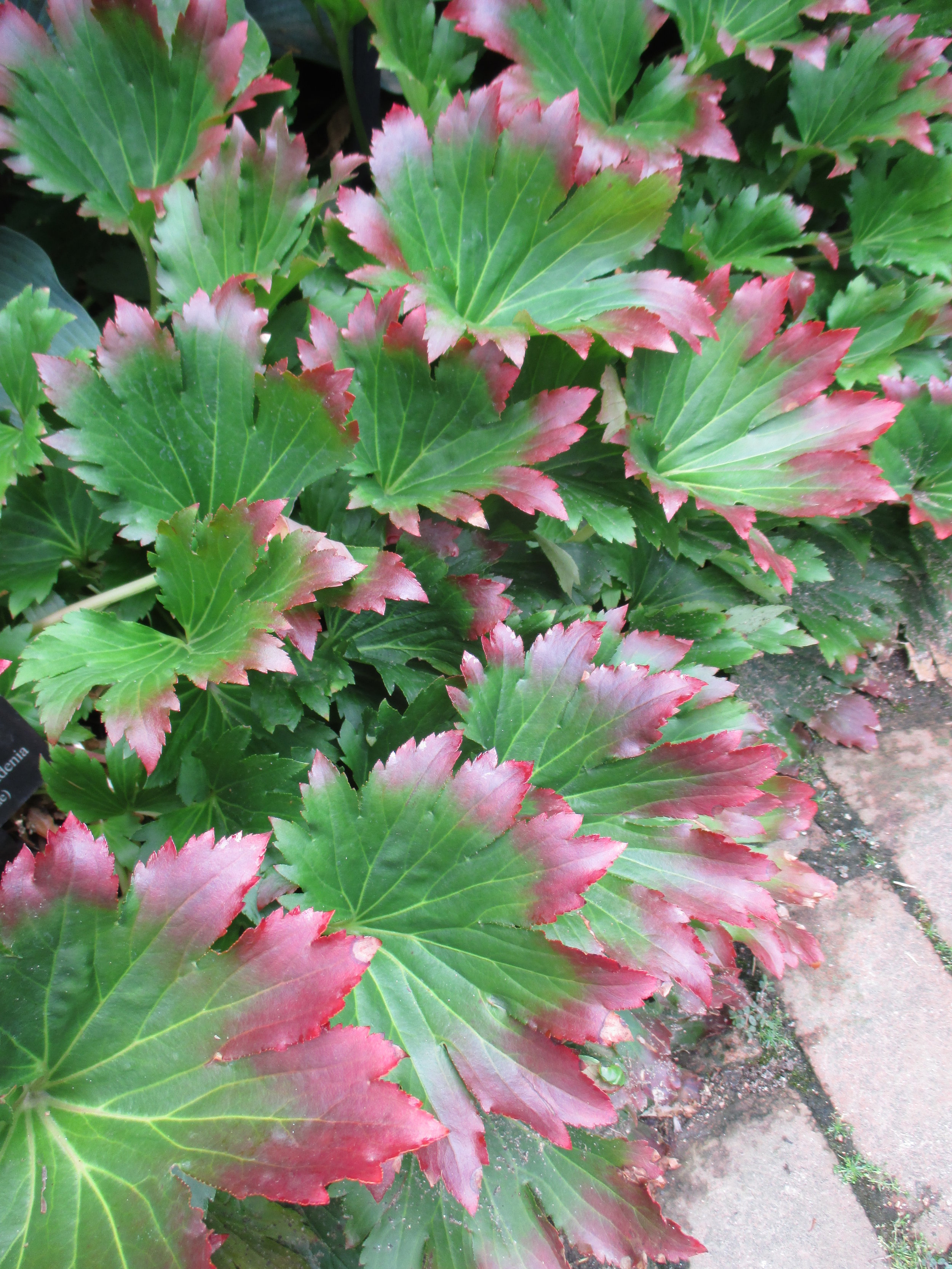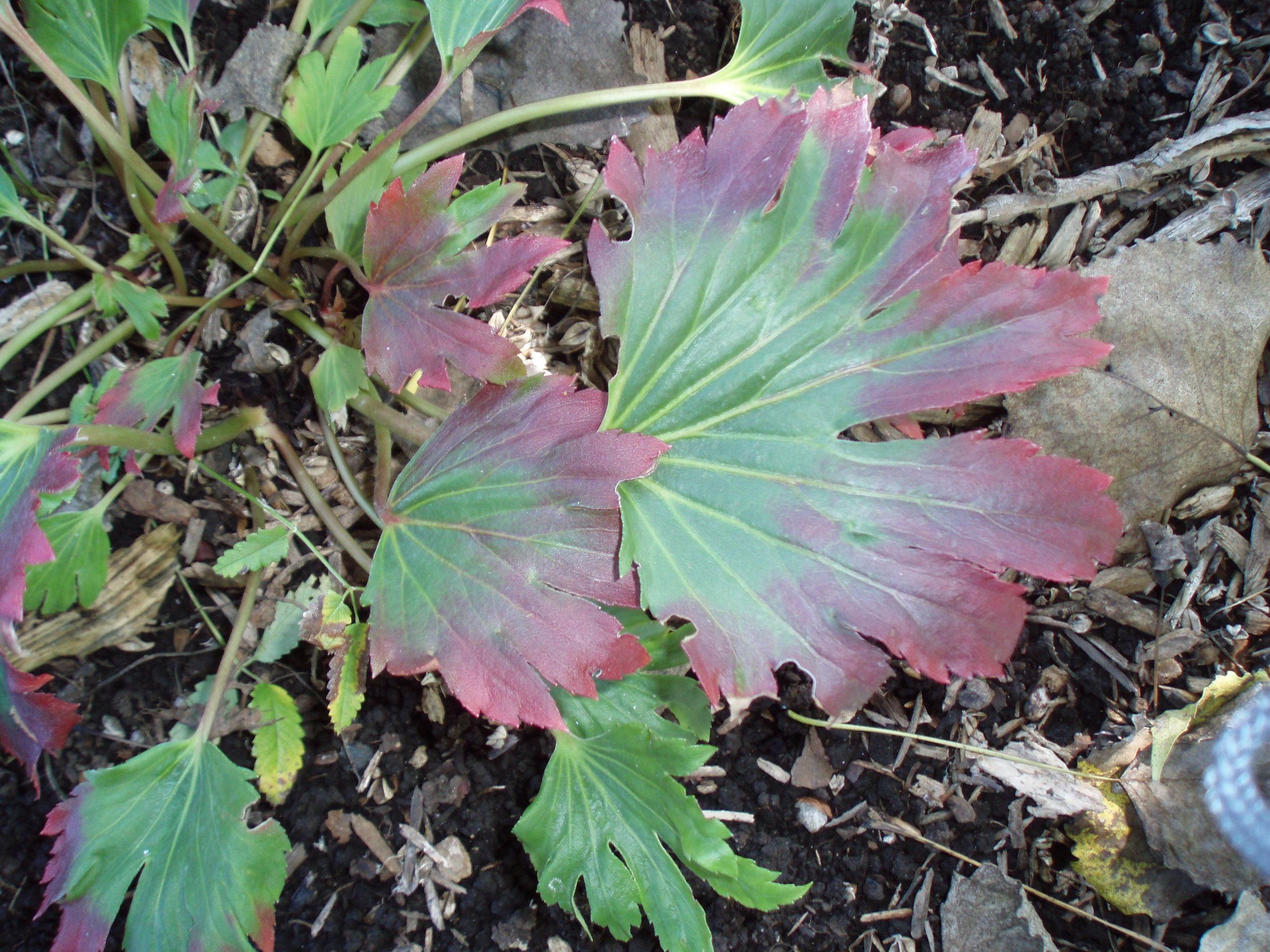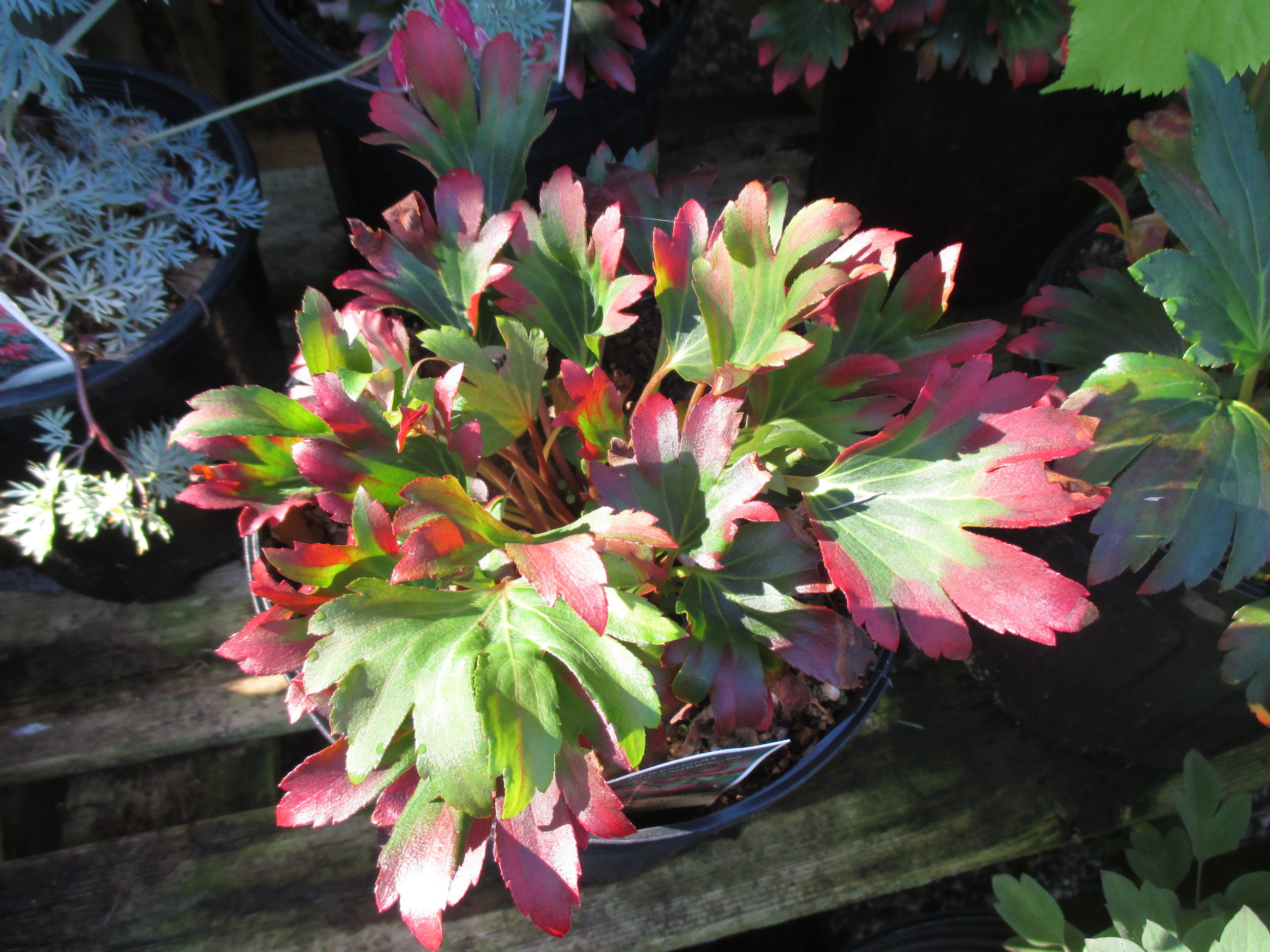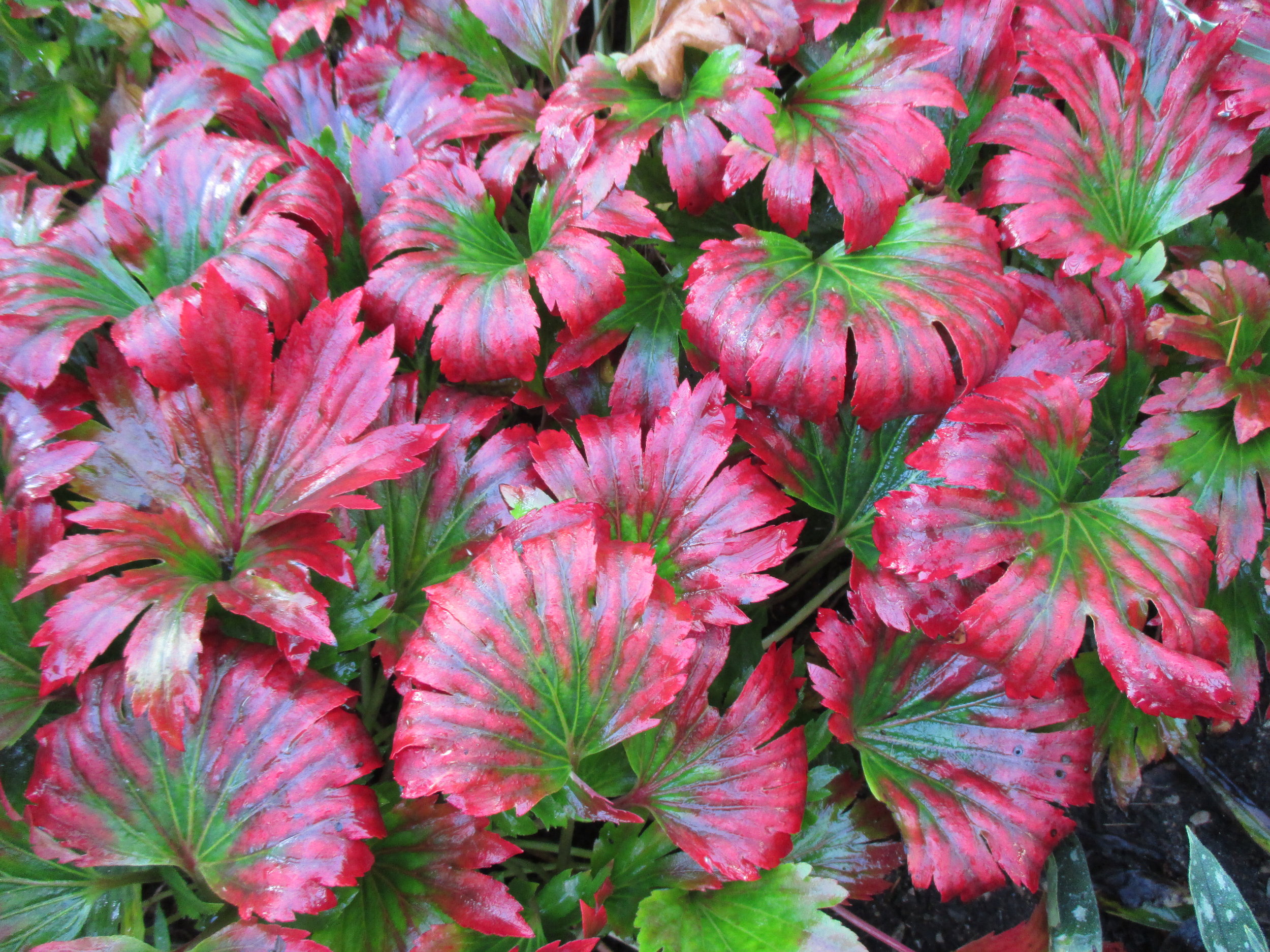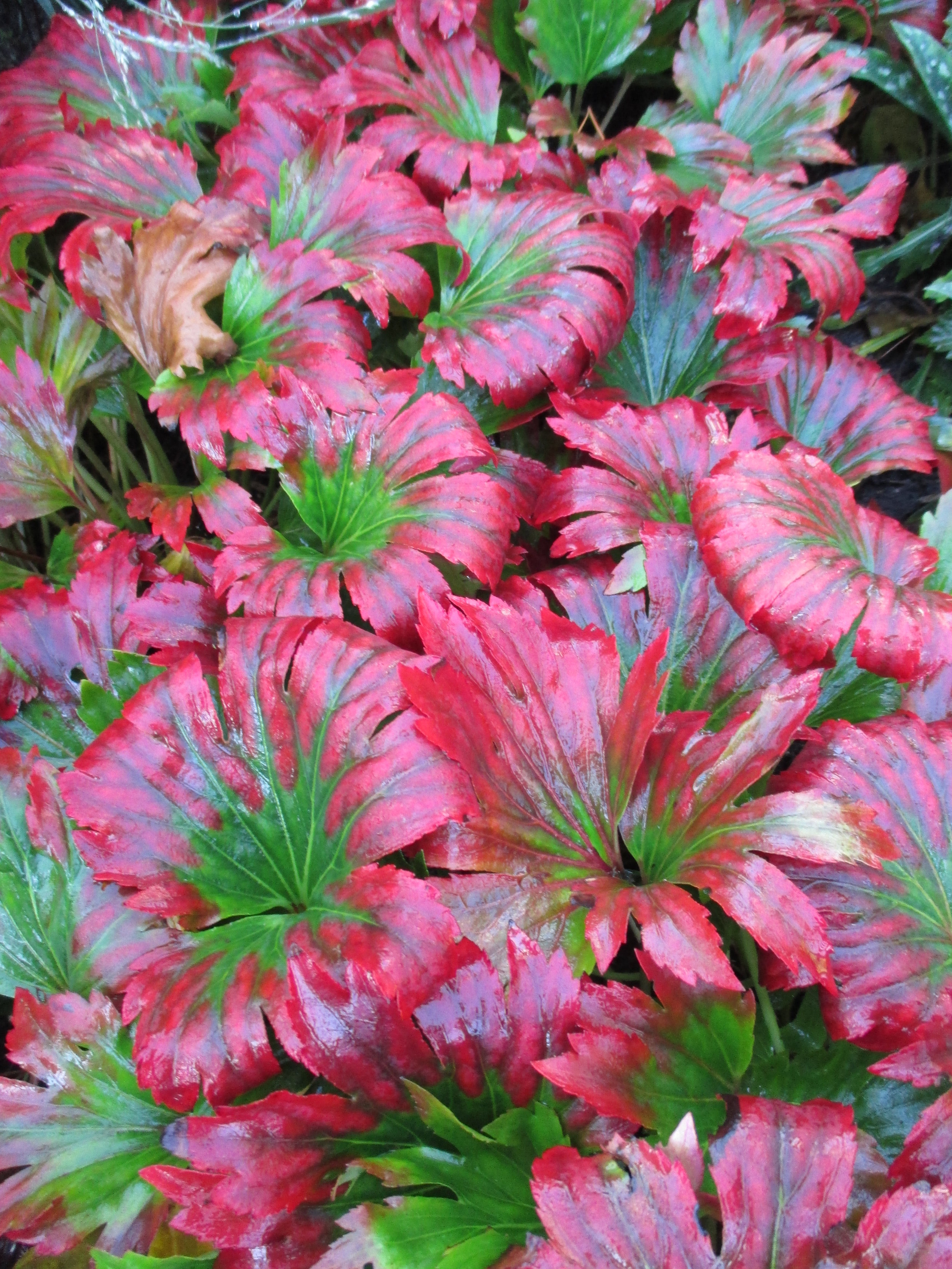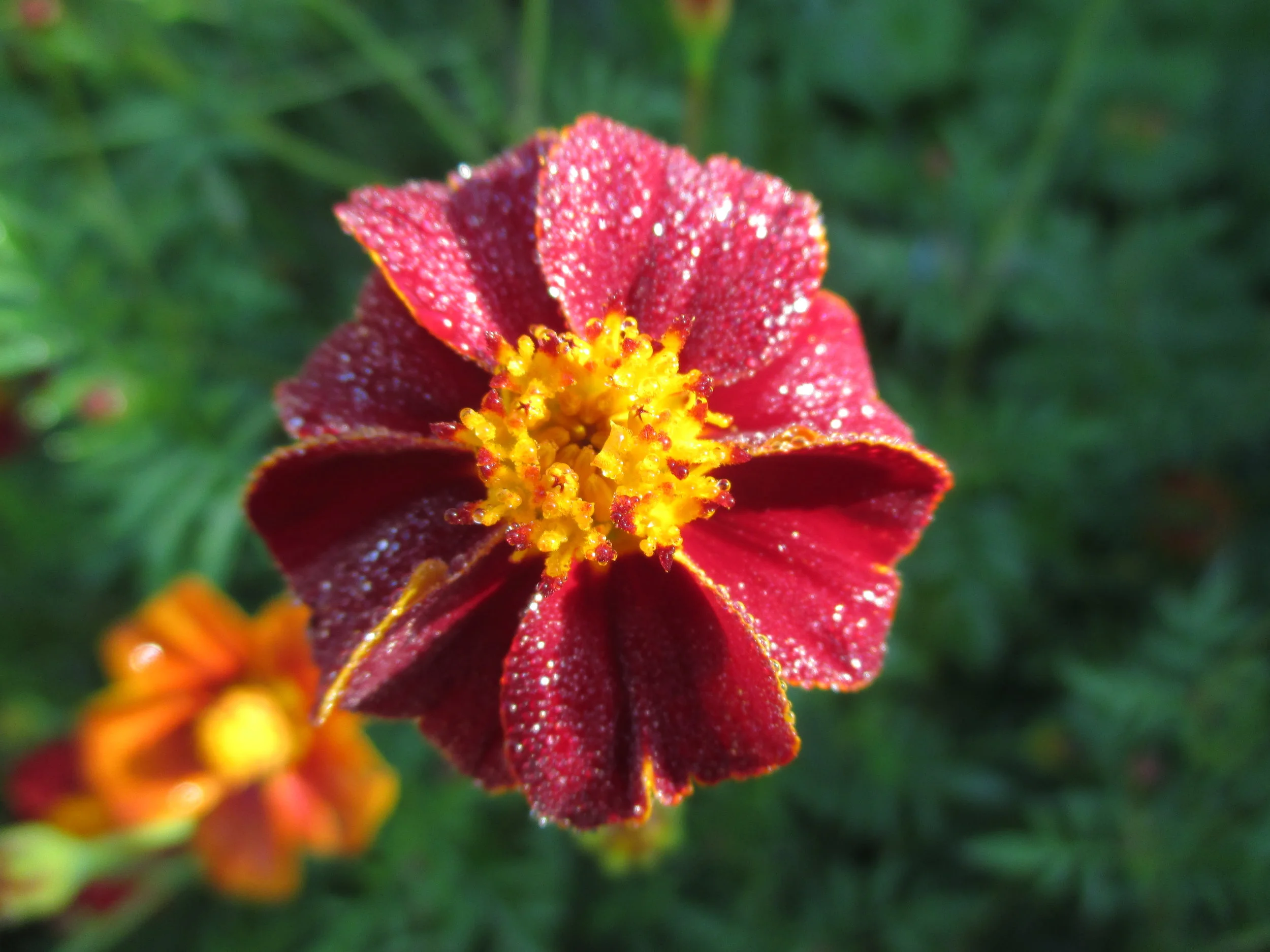Nicotiana langsdorfii
A quick blog here to promote the use of Langsdorff’s flowering tobacco (Nicotiana langsdorfii). This annual, native to Brazil, was first introduced in 1819 and has a long history in gardens, even winning the coveted Award of Garden Merit from the Royal Horticultural Society. This annual prefers full sun but will tolerate part shade. Reaching heights between 2-4’, this plant features dangling, “apple green” trumpets that have been described as “floral wind chimes”. Unlike many other Nicotiana, this species in not fragrant but does have interest for hummingbirds and bees. The 2” long blooms are displayed in profusion. If the plant gets leggy and blooms are dwindling, cut the entire plant back to the bottom set of leaves and it will regenerate the primary stalk and continue to bloom until hard frost. The photos here help share the beauty and potential of this excellent flower. The species name, incidentally, was dedicated in honor of G. I. Langsdorff, the Russian Consul in Rio de Janeiro who helped promote interior explorations of Brazil in the 1820s. It is easy to find and grow from seed!
Cool Cardoon
I’ve been growing and enjoying cardoon (Cynara cardunculus) for over 25 years and appreciate the beauty of this statuesque plant. Also called “artichoke thistle”, this plant is hardy in zones 7-9 and as a herbaceous perennial, will gain size and impact quickly in our warm Midwest gardens as a seasonal contributor over the summer months. Cardoon (very closely related to globe artichokes) are in the Asteraceae family and native to southern Europe and portions of the Mediterranean. Introduced to the U.S. in the 1800s, this plant has edible leaf stalks (research preparation and use!) although the jagged, prickly, deeply-lobed silvery leaves are exquisite in the garden. The thistle-like flower doesn’t appear every year and is dependent on how the season progresses. From a small plant installed in late May or early June, cardoon will get 4’ wide and 3-4’ tall. Older foliage on the outside of the plant can be cut or snapped off to keep surrounding plants from being covered by flopping foliage. New growth is constantly emerging from the center of the plant. Full sun is ideal as are moist, well-drained soils. Keep an eye out for occasional insect issues. Drought tolerance and deer resistance are two other great assets of this plant. There is an excellent article on cardoon with additional information at https://wimastergardener.org/article/cardoon-cynara-cardunculus/. Do try this wonderful plant simply for the ornamental impact out in the garden! The blog cover photo and the four last photos in this blog show the fun variety ‘Porto Spineless’ which is very fine textured and commonly available from seed!
Prairie Shoestring (Amorpha canescens)
Also called lead plant, Amorpha canescens is one of the few, true shrubs of the prairie. This North American native is in the pea family (Fabaceae) and also has the common names of downy indigo bush and buffalo bellows). The nitrogen fixing properties of this plant make it tough in leaner soils. The pioneers had trouble plowing through the root system of this plant that is both tough and extensive - sometimes reaching down up to 15’ beneath ground. Hardy in zones 2-8, this woody plant will typically get 24-36” in height with a similar width. The ashy-grey foliage (bipinnately compound) is quite striking and created by very fine hairs on the leaves and stems. Full sun is ideal for Amorpha canescens although specimens in part sun will do fine but will be leggy and flop towards the light with less flowering. Late summer flowers are purple-blue in appearance with individual flowers only having single petals but very colorful stamens and anthers. The flower cluster (raceme) extends 4-8” in showy spikes lasting for 3-5 weeks. Resistant to deer this plant can tolerate drought as well as poor soils (including clay). Valuable for pollinators, this native is excellent for naturalizing and its deep root system allows for resurgence after fire and other disturbance. Do not cut this plant back in the winter months or spring as it is a true woody. It gets the name lead plant due to the fact that an old belief was the the presence of this plant indicated lead in the ground.
Checkered Lily (Fritillaria meleagris)
Also known as guinea hen flower, chess flower and snake’s head fritillary, this spring bloomer makes a wonderful splash in the garden. Hardy from Z 3-8, this member of the Liliaceae family likes rich, moist soils in partial shade. Native to river flood plains in Europe and western Asia, checkered lilies are an excellent choice for naturalizing in a moist, shady garden. Bulbs planted 3” deep and 3” apart emerge early in April with grass-like foliage and pendulous, checkered bell-shaped flowers. The straight species features a combination of dark pink and maroon (see directly below) although a white form (Fritillaria meleagris var. unicolor subvar. alba) is available as well. Preferring a neutral pH, this bulb has no serious insect or disease problems, is avoided by deer and rodents and can tolerate walnut toxicity issues. Checkered lilies lend themselves nicely to bulb lawns and short meadows as well. Note the photos showing their use in these situations (Olbrich Botanical Gardens, Madison, WI, USA). It comes as no surprise that this bulb has received an Award of Garden Merit from the Royal Horticultural Society. Identify spaces this spring that would benefit from this early color and address accordingly with fall planting. Bulbs can be sources locally or certainly from reputable mail order sources.
Don’t Forget to Look Down!
The intent of this blog is to simply initiate more careful consideration regarding the surfaces we use throughout our landscapes for movement and relaxation (paths and patios!). Of course we have a vested interest in including beautiful plant material to beautify our gardens and landscapes but we certainly need to address function and flow throughout the landscape. We spend time and money dedicating space to turf, plantings and their maintenance. This should also occur when considering paths, patios, fences, decks, retaining wells, etc. This blog focuses primarily on path and patio surfaces (see photos). After establishing needs for surfaces, do your homework and research prior to committing to a significant expense. This involves considering materials, dimensions and layouts for paths, patios and other features that would require the installation of “hardscaping” materials after appropriate and sufficient site preparations. Some common materials we consider in our landscapes include concrete, bricks, concrete pavers, gravel and a wide range of other materials. These materials can add color, ornamentality, patterns and extreme visual interest. Detailed surfaces that use multiple materials or transition between materials help attract the eye. A change in hard surface materials may indicate a transition to another portion of the garden or a new space entirely. There are pros and cons to using just about any material and of course, budget will be a factor. Once we establish the square footage of a certain path or patio, it can be daunting to apply a “per square foot” multiplier to gauge the total cost including installation. Reputable and experienced installers can give you a fairly accurate quote for the materials and installation. I highly recommend using someone who has significant experience (supported by testimonials!) with the style and materials you might be considering. Do-it-yourself approaches can work but I would recommend having some experience with the style and materials utilized with your project. I installed my own flagstone patio at home and wish I had approached it a bit differently. The project was significant enough that I don’t envision re-doing the patio itself. Proper installation leads to the longevity of that feature, thereby maximizing your investment. This wide range of photos bounces between different materials but shows ways to create ornamentation, guide flow and augment the landscape. Some of the images show surfaces that are specific to a thematic garden (i.e. Asian-themed) and are artistic accomplishments.
Persian Shield (Strobilanthes dyerianus)
One of my favorite seasonal plants for interesting foliage color is the Persian shield (Strobilanthes dyerianus), which is featured prominently in the included photos. A member of the Acanthaceae family and native to Burma (Myanmar), this plant (hardy to Z 10-11) features amazing, iridescent, silvery purple foliage accented by darker purple and a nice sheen. Used primarily as an annual during the warmest months of the year, this plant can also be brought in as a houseplant but has the same needs for adequate light and care as would most other houseplants. Reaching heights between 15”-36” with a similar width, Persian shield is both heat and drought tolerant and displays the best leaf coloration in partial shade. Full sun is also acceptable but the leaves will not have the same dark purple highlights and consistent moisture is vital to keep the leaves from burning. Organically rich soils, good drainage and consistent moisture are recommended and occasional fertilizer applications in both bed and container situations will keep the plant vibrant. This is a dynamite plant that always invites closer inspection out in the garden!
Garfield Park Conservatory
As I was sorting photos from 2017 this week (yes, I’m that far behind!), I ran in to some great photos of the Garfield Park Conservatory. My family and I try to make a visit every other winter or so to this fabulous conservatory and I recommend everyone reading this blog do the same! This is one of the largest greenhouse conservatories in the United States and includes over 2 acres under glass and 10 acres of surrounding outdoor gardens. This is all set in the lovely, 184 acre Garfield Park. Constructed between 1906 and 1907, the conservatory was opened in 1908 and famous landscape architect, Jens Jensen, was involved with helping create these “naturalistic landscapes under glass”. If you haven’t heard of Jens Jensen, do a bit of research as he was ahead of his time and quite well known historically in the field of landscape architecture. Within the conservatory, the fern room is exceptional and one of my favorites. There are many neat sections of the conservatory including a section that experiences displays rotated in seasonally. This is a top notch conservatory. Check it out!
Hedge Apple Season!
The grapefruit-sized fruits seen in this blog are from the Osage orange tree (Maclura pomnifera). More specifically, these are the fruits of the female Osage orange as this woody tree is dioecious with both male and female plants (member of the mulberry family). This time of year, the fruits start dropping and are not insignificant in size or weight! The photos below with fruits on the ground were taken at Longenecker Gardens which is a fabulous woody plant collection up at the UW-Arboretum (go visit often!). Originally native along waterways in portions of Arkansas, Texas, Louisiana and Oklahoma, this plant has naturalized in many other states as it was planted in earnest in the early 1900s as a common hedgerow plant (thorns!) before barbed wire was invented. Osage orange also goes by the name hedge apple, horse apple, bodark, monkey ball and bow-wood. Hardy from zones 4-9, this tree will reach heights close to 50’ tall with a similar width. The shiny leaves are showy and greenish spring flowers might catch the eye. The durability of this tree is amazing in terms of drought tolerance, adaptability to tough soils (including clay) and resistance to air pollution. The wood is long lasting, dense and tough. In the past, the wood was popular in making bows by various Native American tribes. The large fruits, while interesting to see and use in crafts, seasonal arrangements and as curiosities, have very little interest to area wildlife although squirrels will eat the seeds once the fruits soften and break apart. The male form ‘White Shield’ is a common street tree for adaptability, toughness and lack of windshield shattering fruits!
'Sun King' Japanese spikenard (Aralia cordata)
I continue to be a huge fan of the ‘Sun King’ golden Japanese spikenard (Aralia cordata) that is seen prominently in this blog. I planted my first specimen in 2011 and it continues to thrive in a location with ample moisture and dappled shade. I have observed the green form (“straight species”) in a couple locations at Rotary Botanical Gardens (Janesville, WI) and it gets enormous! I’ve seen it 8′ tall. This species is native to Japan, Korea and east central and southern China. This golden selection was found by plant hunter, Barry Yinger and continues to show hardiness well in to zone 3. The ultimate size of ‘Sun King’ is still in question but I’ve now seen it over 5′ tall and think it will get bigger. Some excellent specimens can also be found at Olbrich Botanical Gardens in Madison , WI. With some dappled sunlight, the compound leaves will continue to be bright gold over the summer. The most vivid coloration is in early spring and in fall. In deep shade, the plant visually reads as a chartreuse which is still quite showy. Specimens in full sun may get a bit “washed out” with whitish leaves and are prone to leaf burn without adequate water. Many of the photos below show ‘Sun King’ in some degree of direct sunshine where it still thrives and gets the best golden coloration. The reddish stems are nice and the racemes of tiny white flowers in late summer are showy and attract bees. Younger specimens wont flower for a couple of years. The flowers later become small dark maroon berries in early fall. This plant is also considered deer resistant which is always a benefit in the Midwest. Oddly enough, the young stems and root shoots are edible (hence the other name of “mountain asparagus”) and have a long history of consumption in Asia. Research proper preparation though as it is not insignificant prior to consumption if desired! The photo at the top was taken in Minoqua, WI and I continue to see it thriving in many locations. I think this is one of the best perennials introduced in the last decade. I love this plant for adding bold “illumination” in the partly shaded garden. Seek out the ‘Sun King’! Some of this text is original to my 2016 blog on this plant but has been updated!
'Henry Eilers' Sweet Coneflower
This tall (3’-5’) sweet coneflower (Rubeckia subtomentosa) is a spectacular perennial and is known for a reliable long period of bloom (late July - late September) and unique, yellow fused petals that give the blooms a “quill-like” effect. The rolled or “fluted” petals make each flower look like a yellow asterisk in the garden. In regards to this variety…from the Missouri Botanic Garden…The cultivar was discovered by Henry Eilers, a well-known nurseryman in southern Illinois, and was introduced by Larry Lowman of Ridgecrest Nursery and Gardens in Wynne, Arkansas in 2003. This native species can tolerate drought, dry soils, clay soils and the deer tend to leave it alone. When this variety came out on the market, I immediately grew it and it was fantastic. In wetter years, we can see it get almost 6’ tall. A couple years ago, a selection called ‘Little Henry’ came out and offers a more compact height of 3’ with the same, lengthy bloom time and showy characteristics. This is one of my favorite perennials and never fails to impress the viewer! Great for butterflies and an excellent plant for the mixed border.
Yellow Coneflowers
Aside from the always spectacular yellow coneflower (Echinacea paradoxa) seen further below, I was always wary of some of the first hybrid yellow coneflowers (Echinacea hybrida) for a couple reasons. The earliest selections were fairly light yellow in coloration and faded out quickly with older flowers looking washed out very quickly. More recent developments though have made for some solid performers with a deeper yellow to gold coloration and minimal fading as flowers age. Here’s a nice assortment of some of the more popular selections.
Sombrero® Lemon Yellow Improved
hybrid coneflower
(Echinacea hybrida ‘Balsomemyim’)
Sombrero® Granada Gold
hybrid coneflower
(Echinacea hybrida ‘Balsomold’)
‘Mac ‘n’ Cheese’
hybrid coneflower
(Echinacea hybrida)
‘Leilani’
hybrid coneflower
(Echinacea hybrida)
‘Passion Flute’
hybrid coneflower
(Echinacea hybrida)
‘Cleopatra’
hybrid coneflower
(Echinacea hybrida)
Double Scoop™ Lemon Cream
coneflower hybrid
(Echinacea hybrida 'Balsclemc')
‘Secret Joy’
hybrid coneflower
(Echinacea hybrida)
yellow coneflower
(Echinacea paradoxa)
Sombrero® Sandy Yellow
hybrid coneflower
(Echinacea hybrida ‘Balsomselo’)
Mukdenia is a Must Have!
Mukdenia as a plant name is definitely a mouthful to say but this perennial continues to become more popular and available every year. I’m not sure it has a common name but this coral bell (Heuchera) relative has become indispensable in the partly shaded garden. I first ran across this perennial (hardy to zone 4) about 11 years ago and have been consistently impressed with it over the years. I have seen it in many situations and quickly concluded it was “worth the space”! Included below is some information from a previous blog I did on this plant a couple years ago. This information addresses the cultural conditions preferred by this tough perennial that becomes more colorful later in the season with increasingly red foliage.
Mukdenia rossii is native to rocky slopes in China, Manchuria and Korea. This plant enjoys moist, well drained soils in part shade. Previously called Aceriphyllum, this perennial features fanned, maple-like leaves that, after emerging bronze-green and aging to a medium green, get increasing hints and streaks of red starting from the leaf tips. This color transformation, the primary feature of interest, goes from mid-summer well in to the fall. The early spring clusters of small, white, bell-shaped flowers are interesting for about 2 weeks but this is primarily a foliage perennial and is very underutilized in part shade gardens. Mature height is about 12″ with a width around 24″. The variety ‘Karasuba’ (seen in all these photos) is the same as the translated trade name of CRIMSON FANS and is becoming more available as mentioned above. The leaves turn almost entirely red by late October and I’ve seen specimens over 10 years old that have thrived in areas that don’t dry out (not drought tolerant!). This progression of coloration varies in intensity year after year and some degree of exposure to direct sunlight (late afternoon preferred) will result in more intense transitions. We occasionally see some slug damage on the foliage but very few other problems in terms of insects or diseases. Know how to ask for this plant by name! Add this one to your part-shade palette but keep it damp and happy!
Red Marigolds? - Yes Please!
‘Paprika’ signet marigold (Tagetes tenuifolia) - annual - above
I’m always discouraged to hear when gardeners dismiss marigolds (Tagetes sp.) as ubiquitous or overdone in the landscape. I have always been a fan of these heat tolerant, colorful, long-blooming annuals. I grew up with my mom always growing marigolds and every fall, we would collect seeds and sow them for the following year. Most commonly used in the landscape are the French (Tagetes patula) and African marigolds (Tagetes erecta) although it’s important to note that marigolds are native primarily to Mexico and Central America. There are some other fun species that are commonly used as well although as a bedding plant, marigolds continue to be popular with a wide range of gardeners. With most marigold flowers in the yellow and orange range (although cream and near white exist too!), a deep, consistent red has been elusive until recent years with both African and French marigolds. Signet marigolds (Tagetes tenuifolia) have long had reds. Do note ‘Red Gem’ below and ‘Paprika’ above. There are two considerations to keep in mind with the “red” marigold. First, many are in the deep orange/red hues so perhaps not a true red. This might be important when considering their value in a composition. However, those rich shades are dynamite and long-lasting. Secondly, the newest blooms on all of these selections have the most intense and deepest red with older blooms fading to oranges. A great example is ‘Fireball’ seen further below with the newest flowers being almost true red with older flowers a conspicuous deep orange. Regardless, hopefully these images spur you to not only consider including marigolds in your garden but to also appreciate the contribution of these newer red selections.

